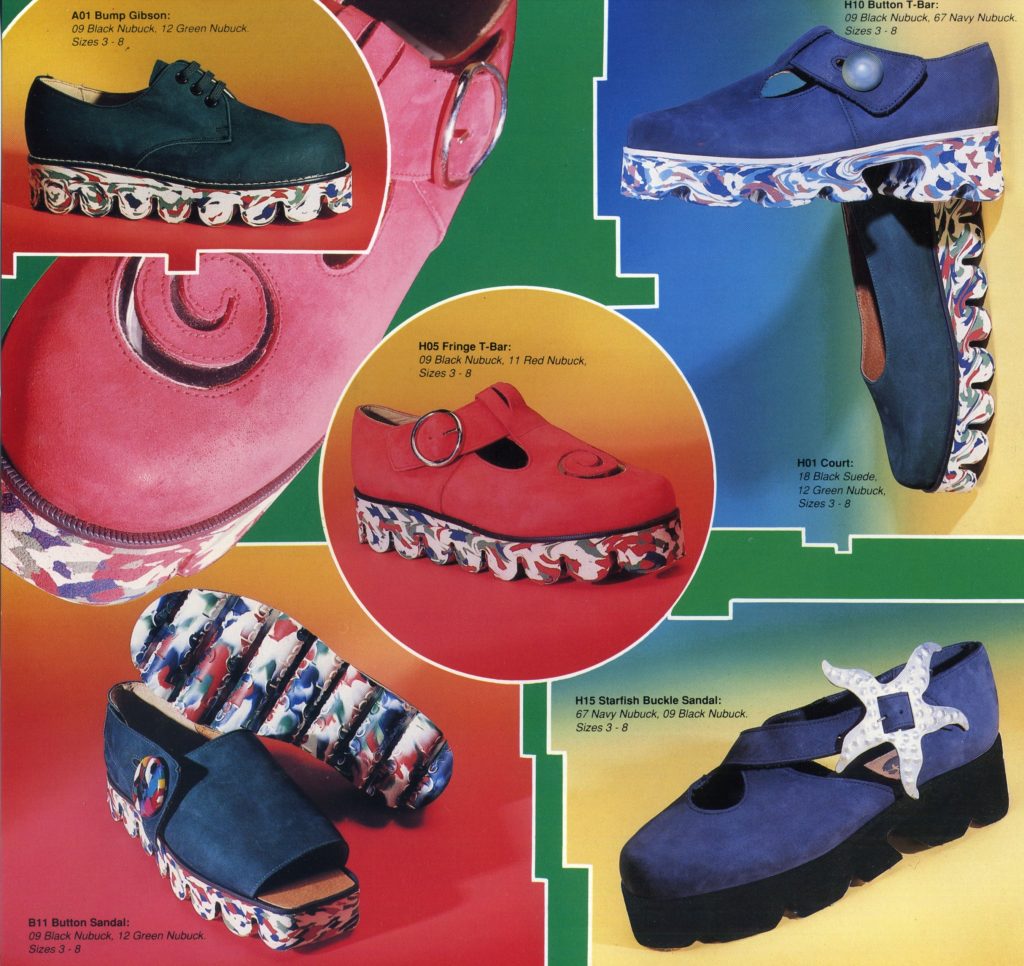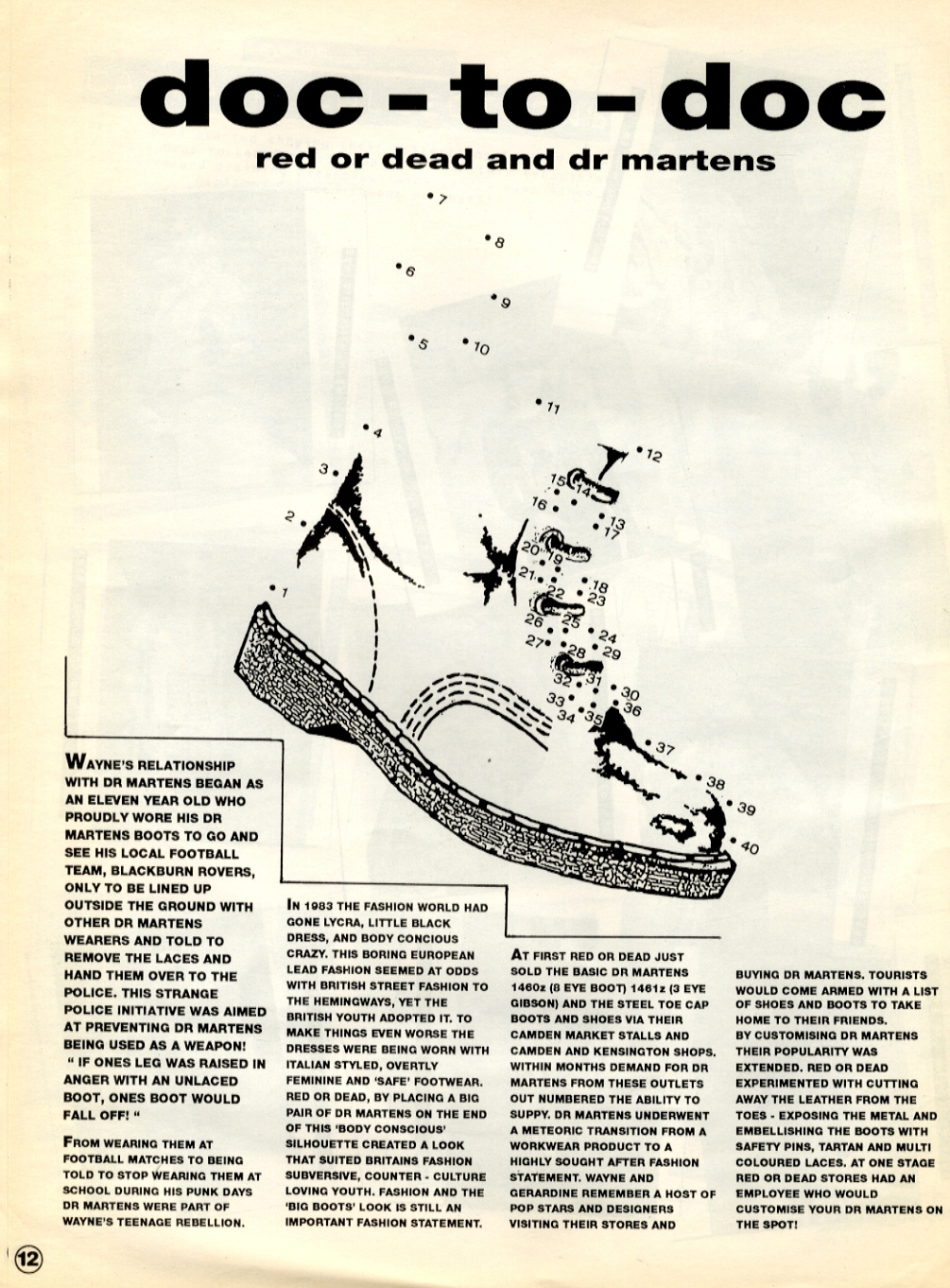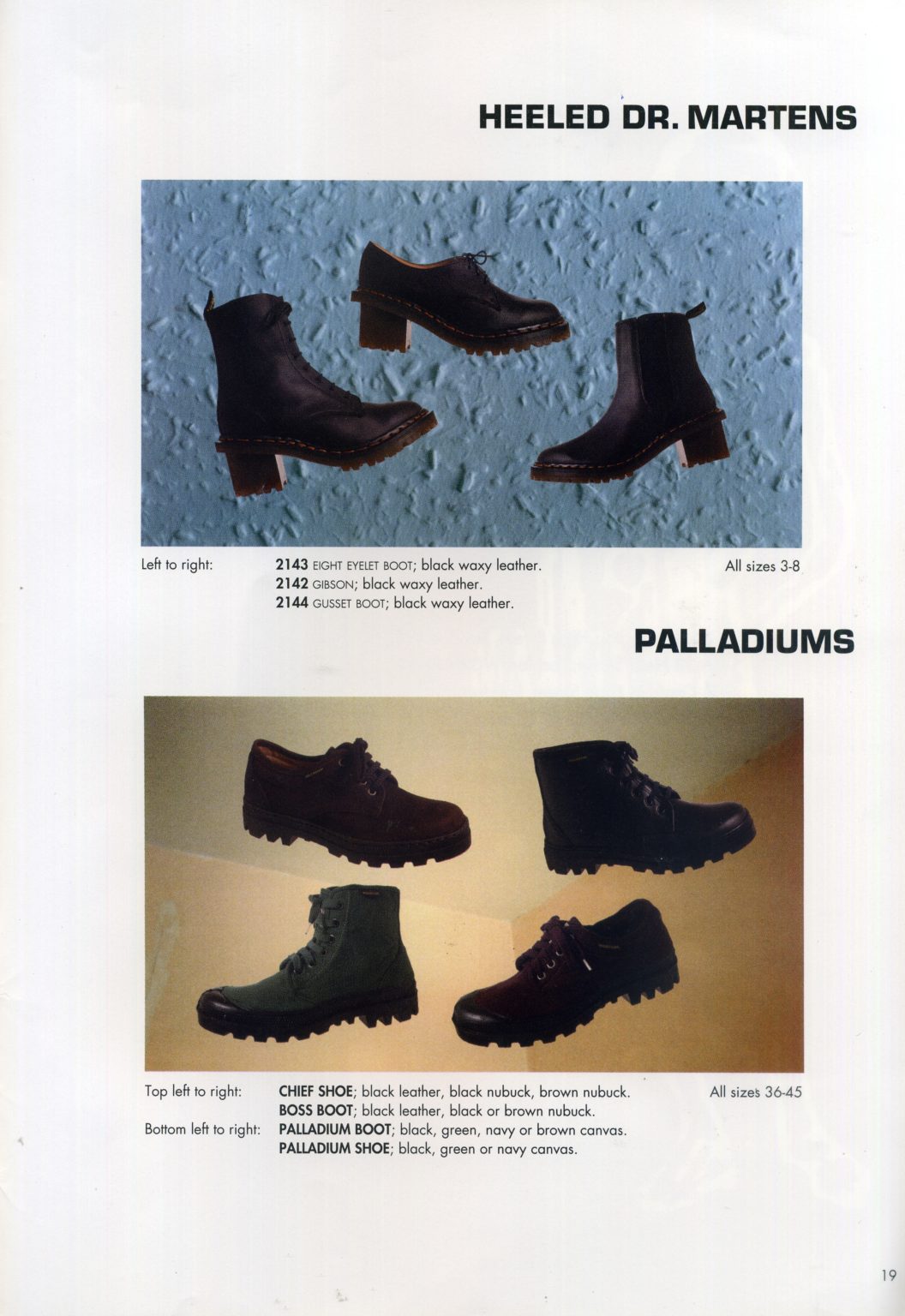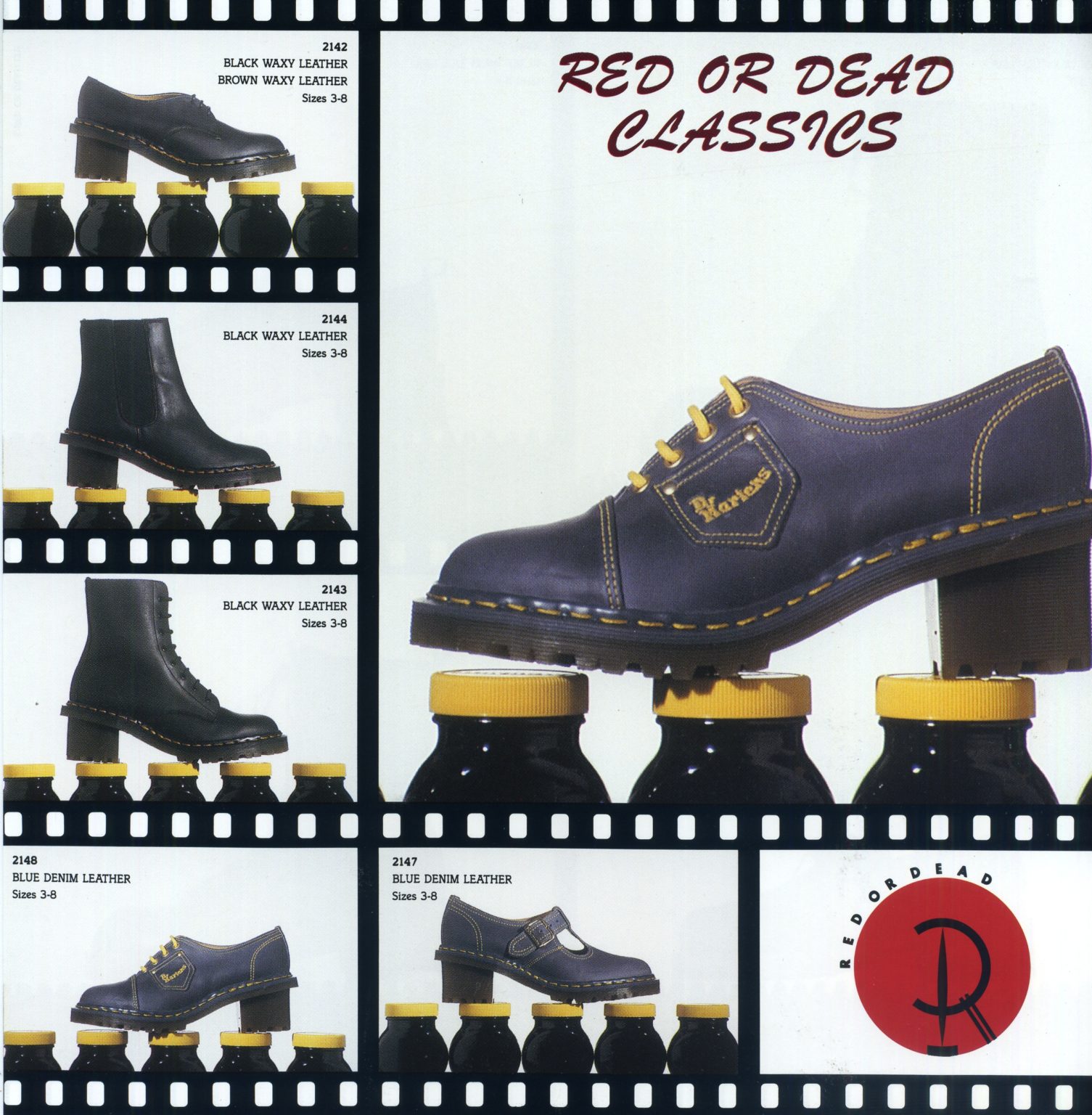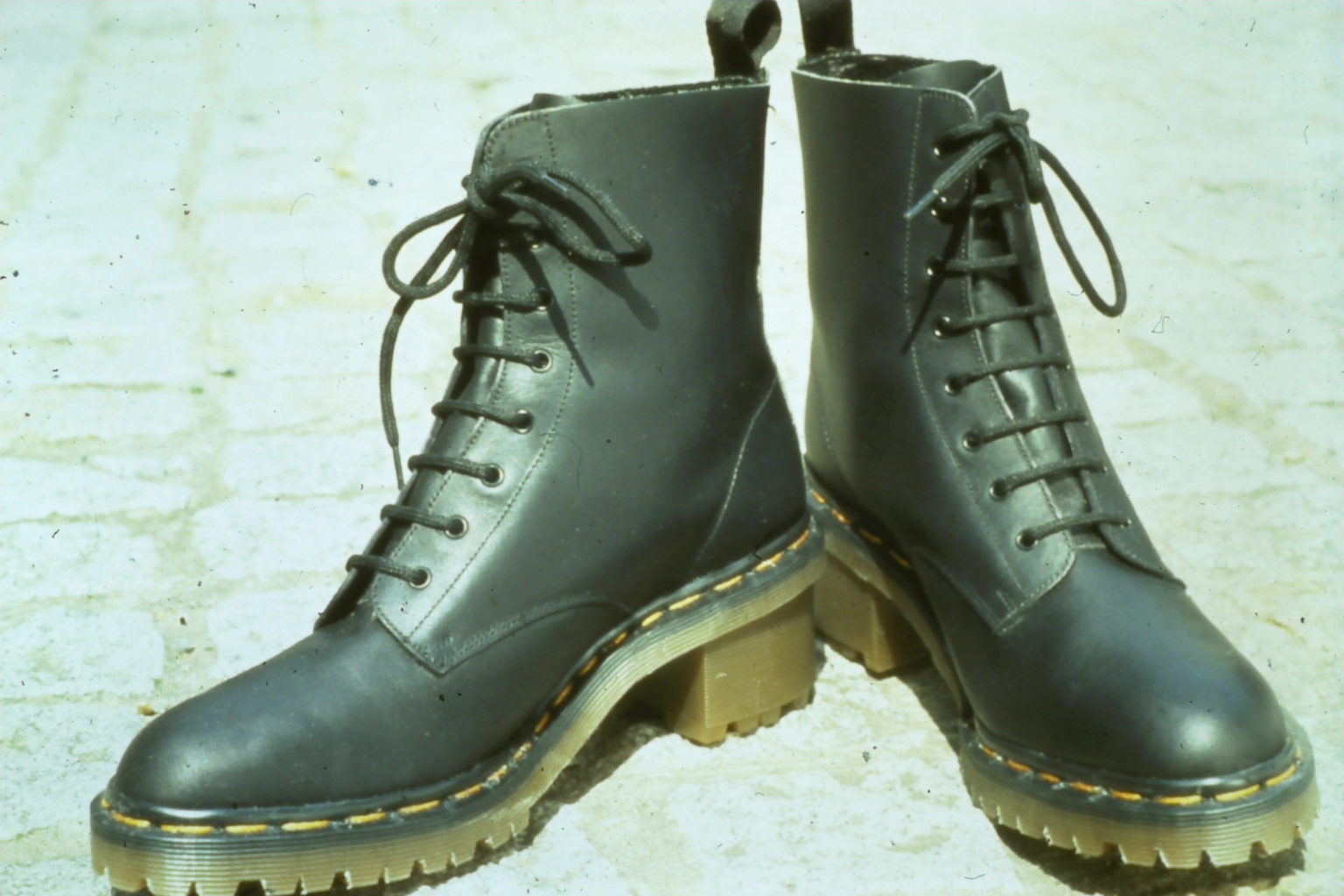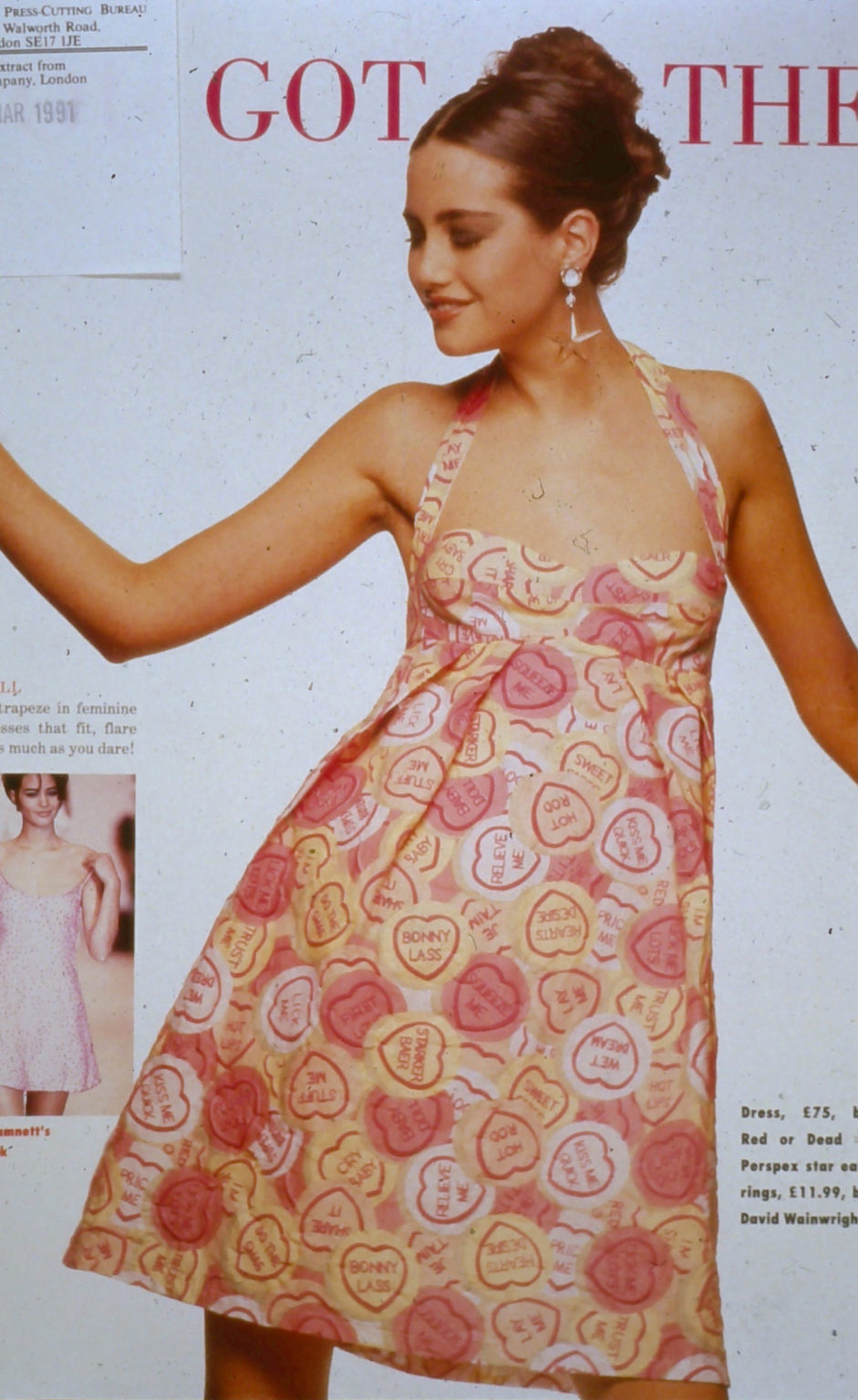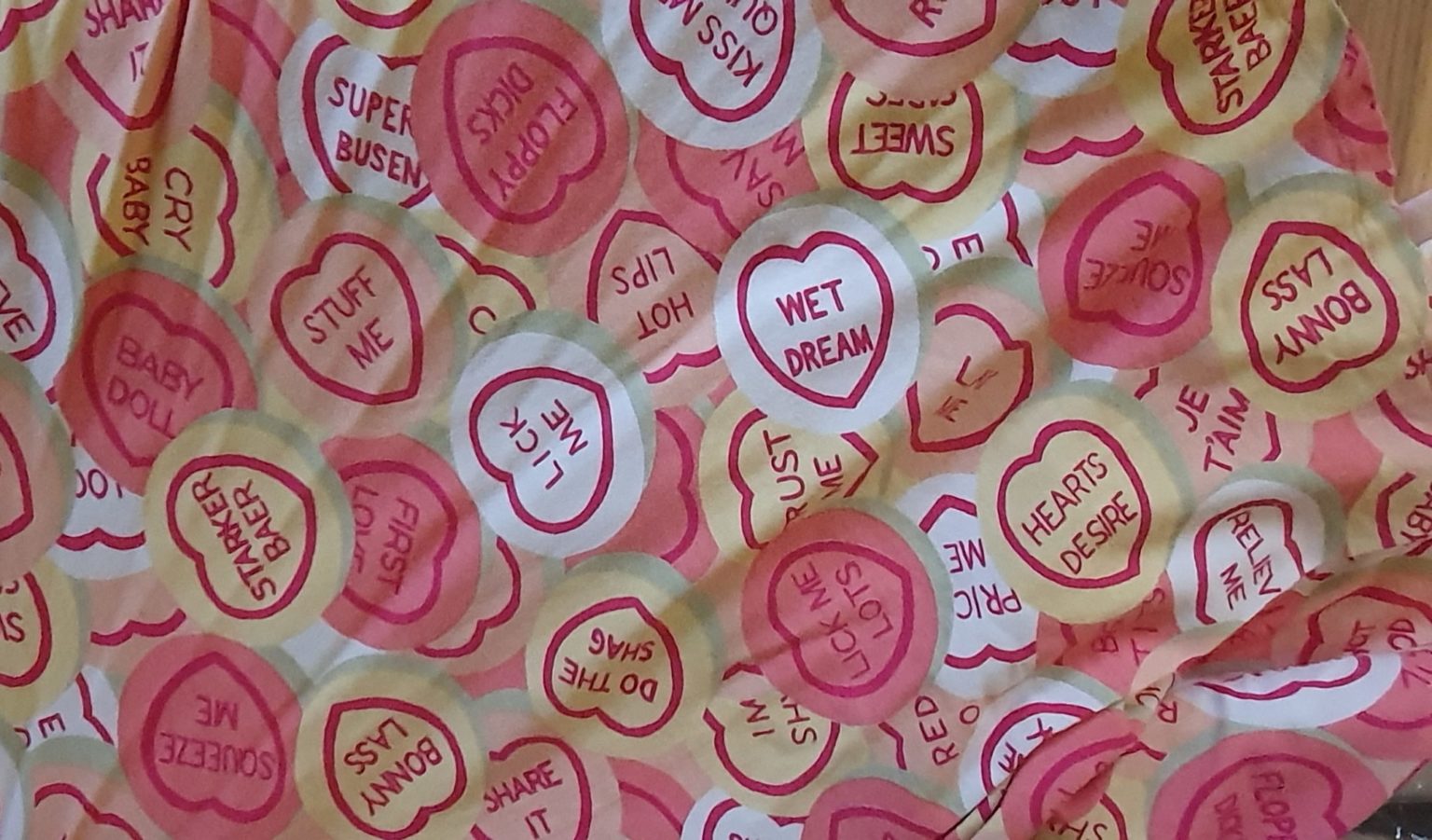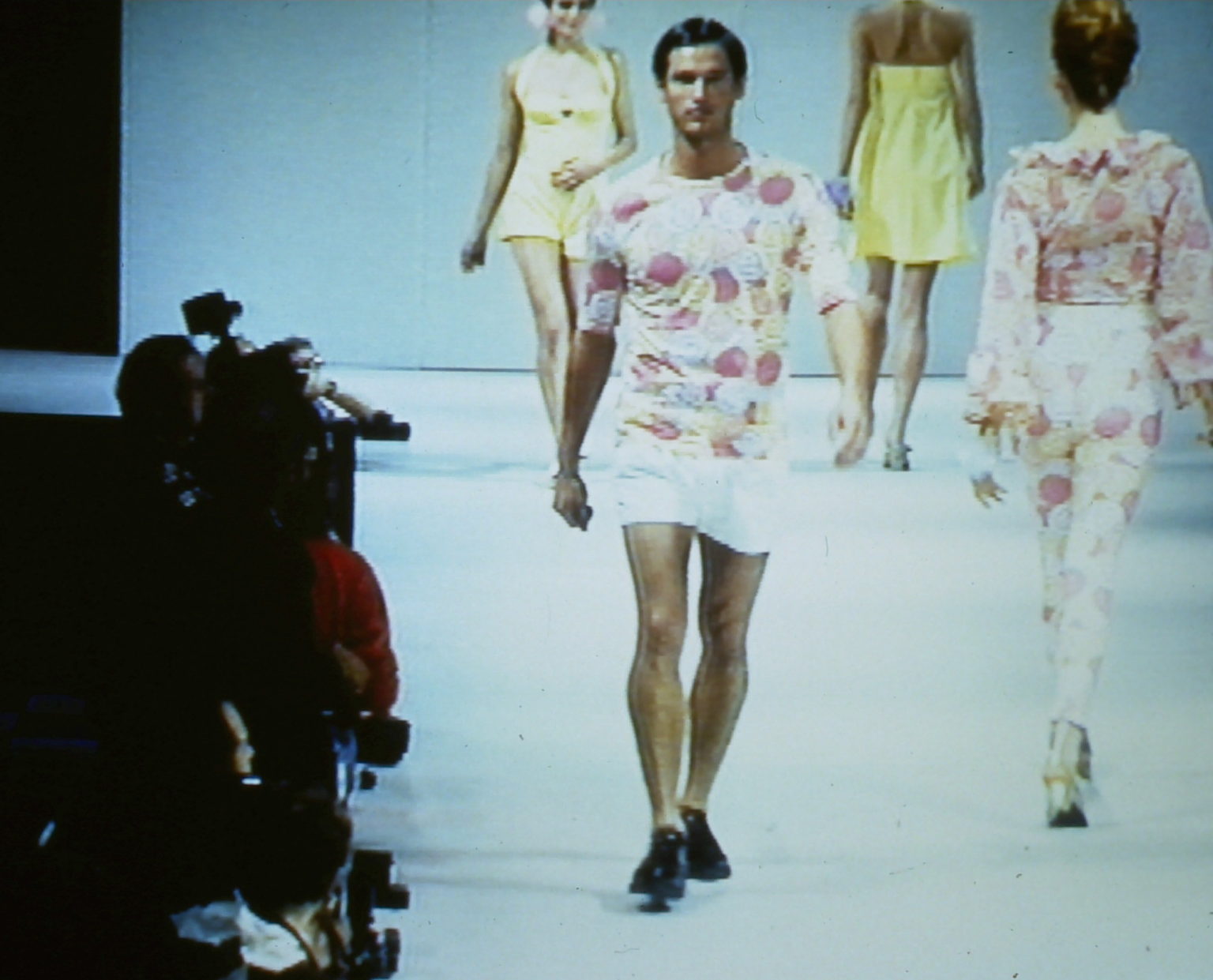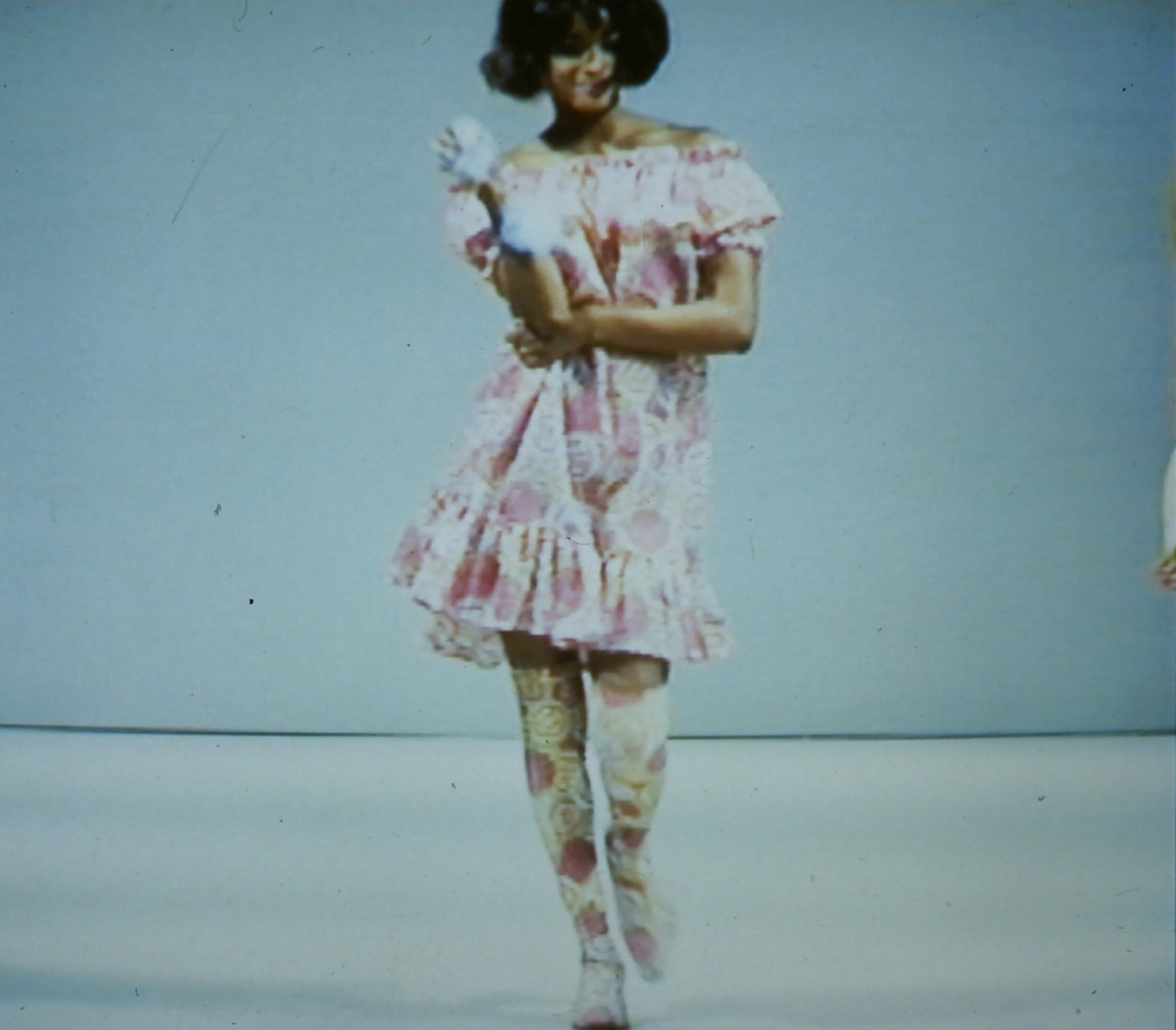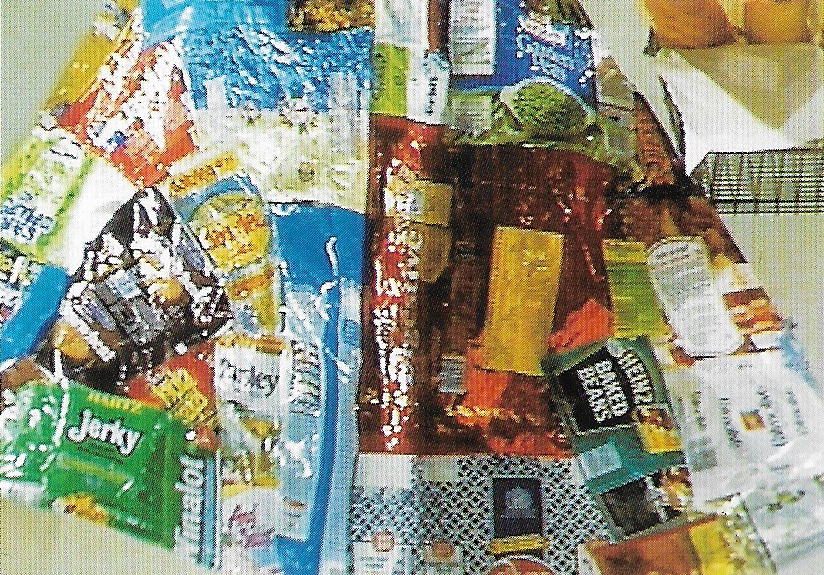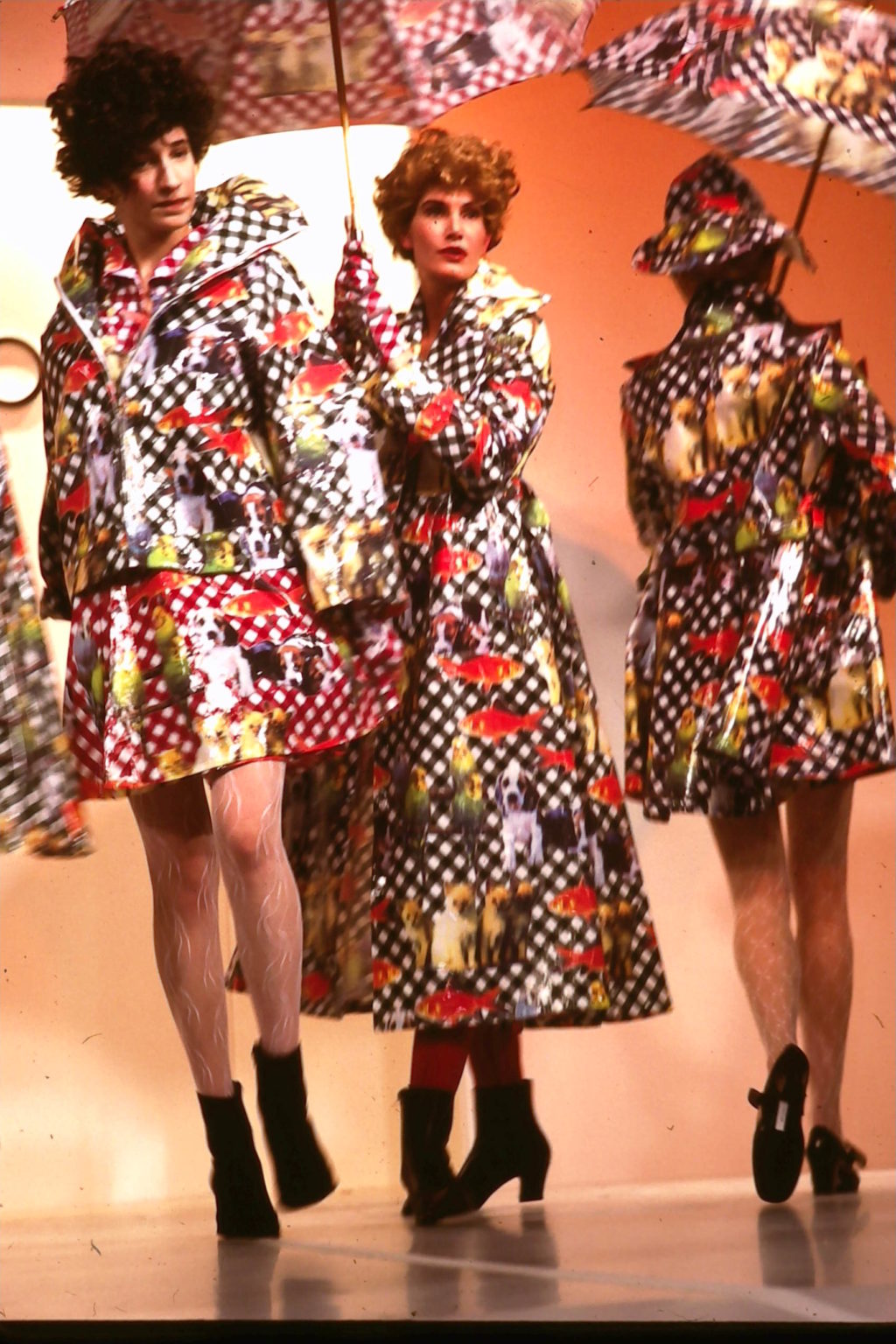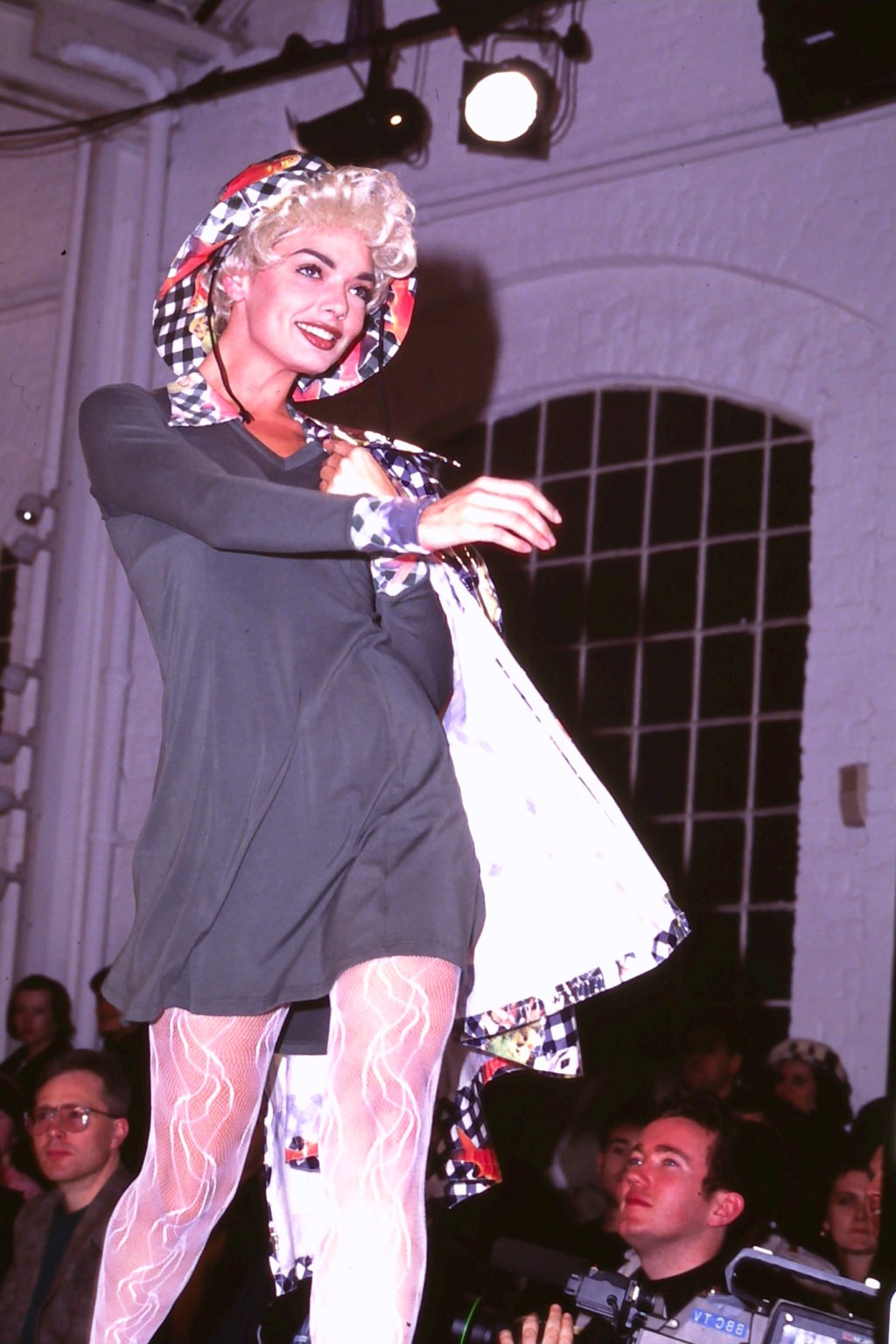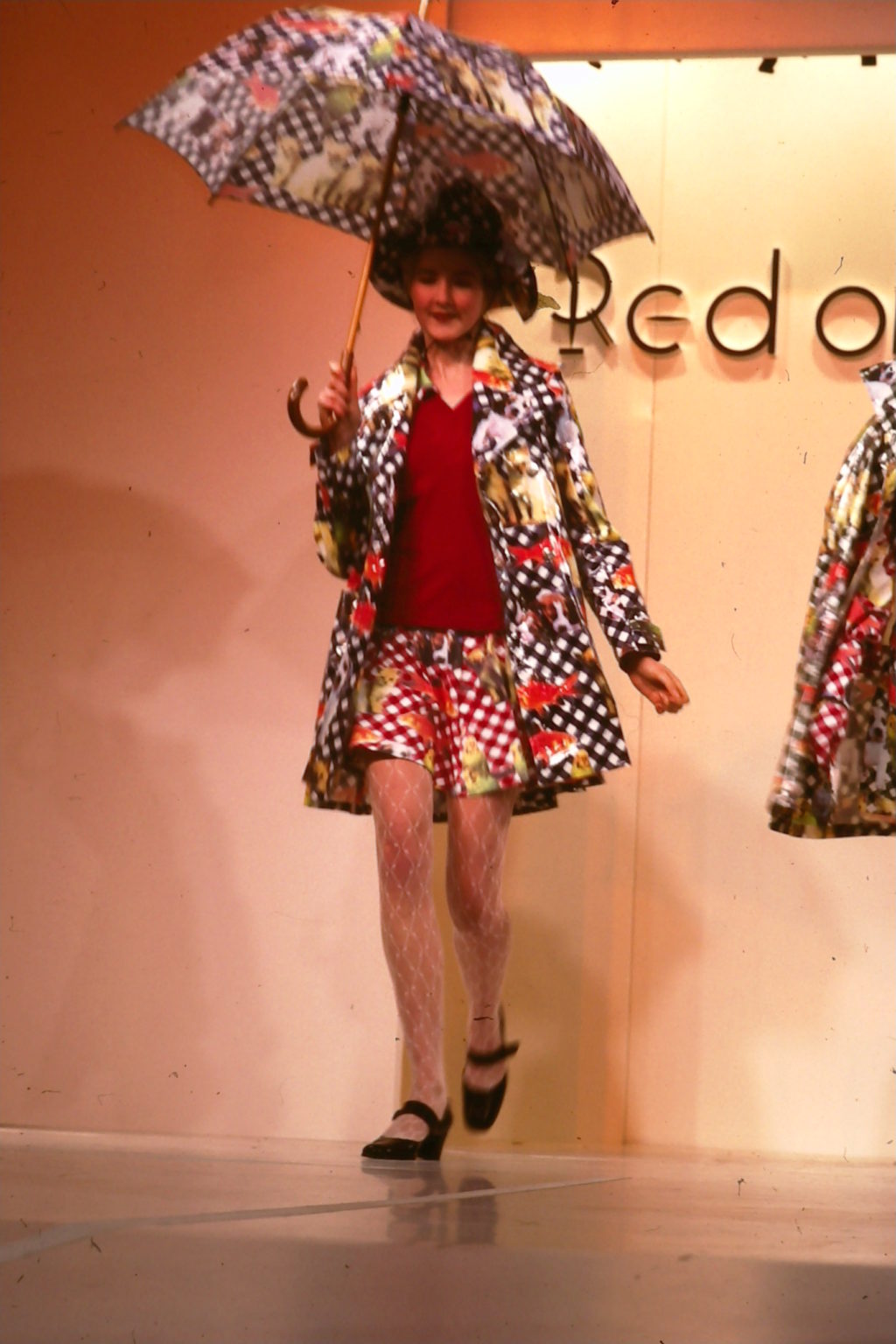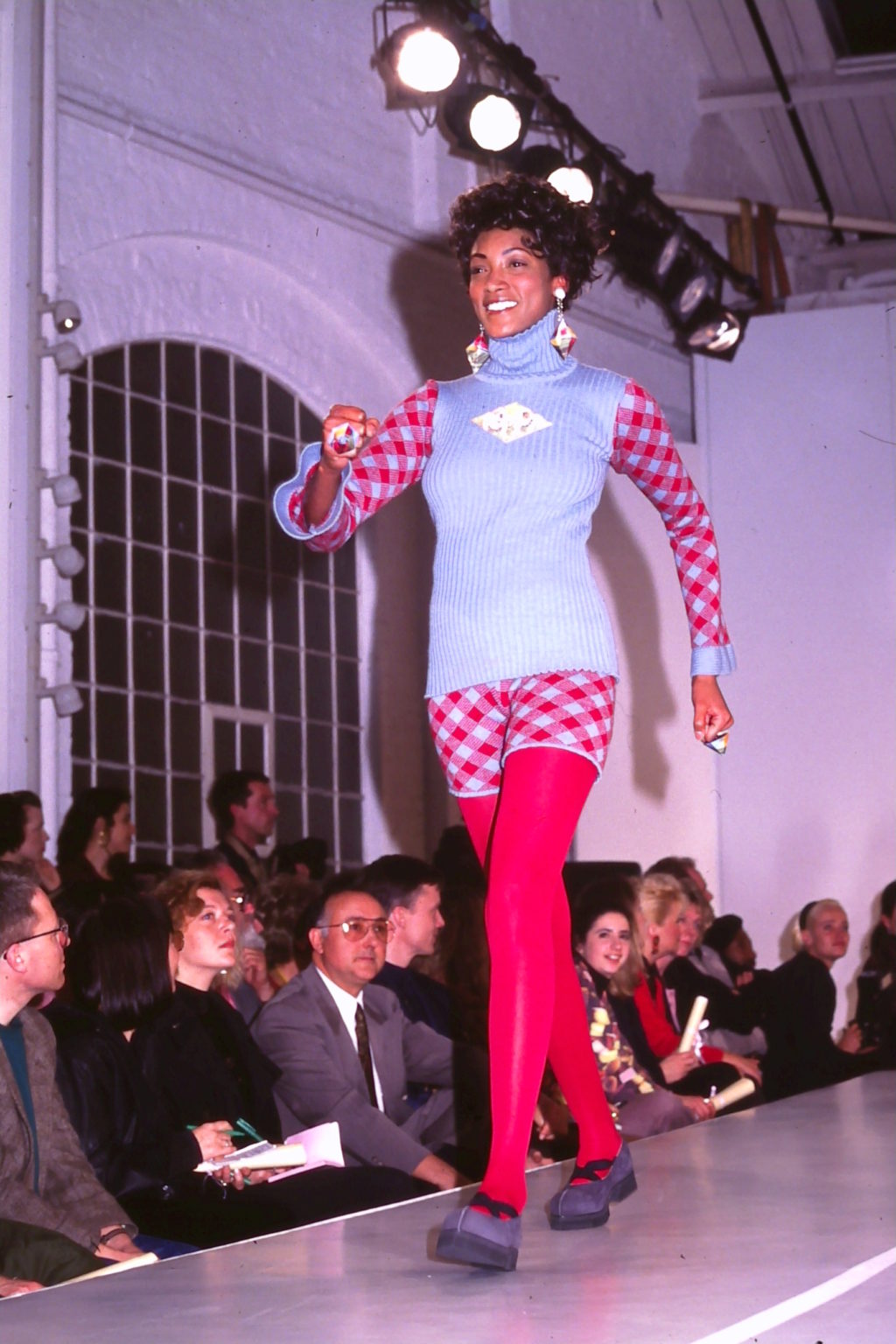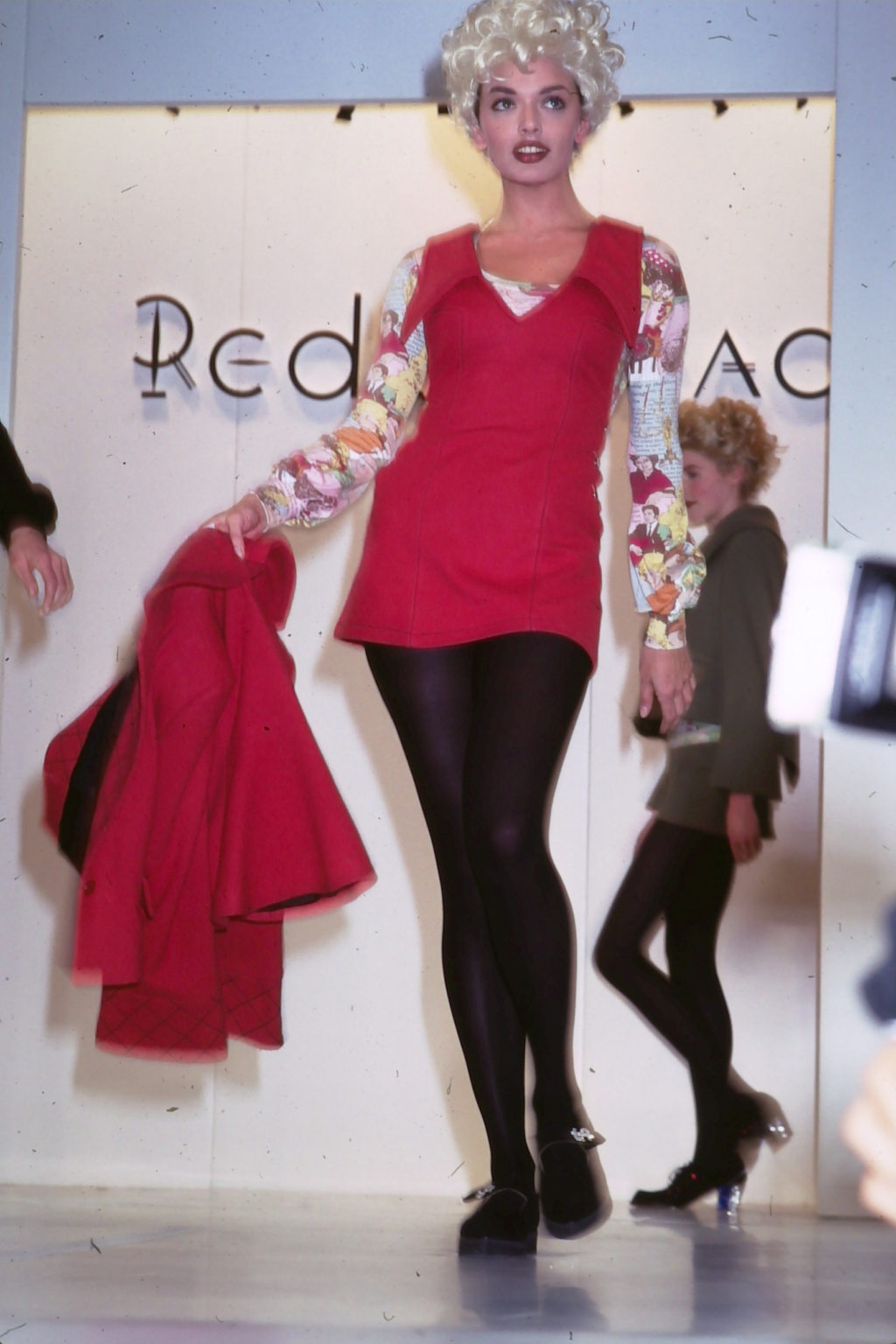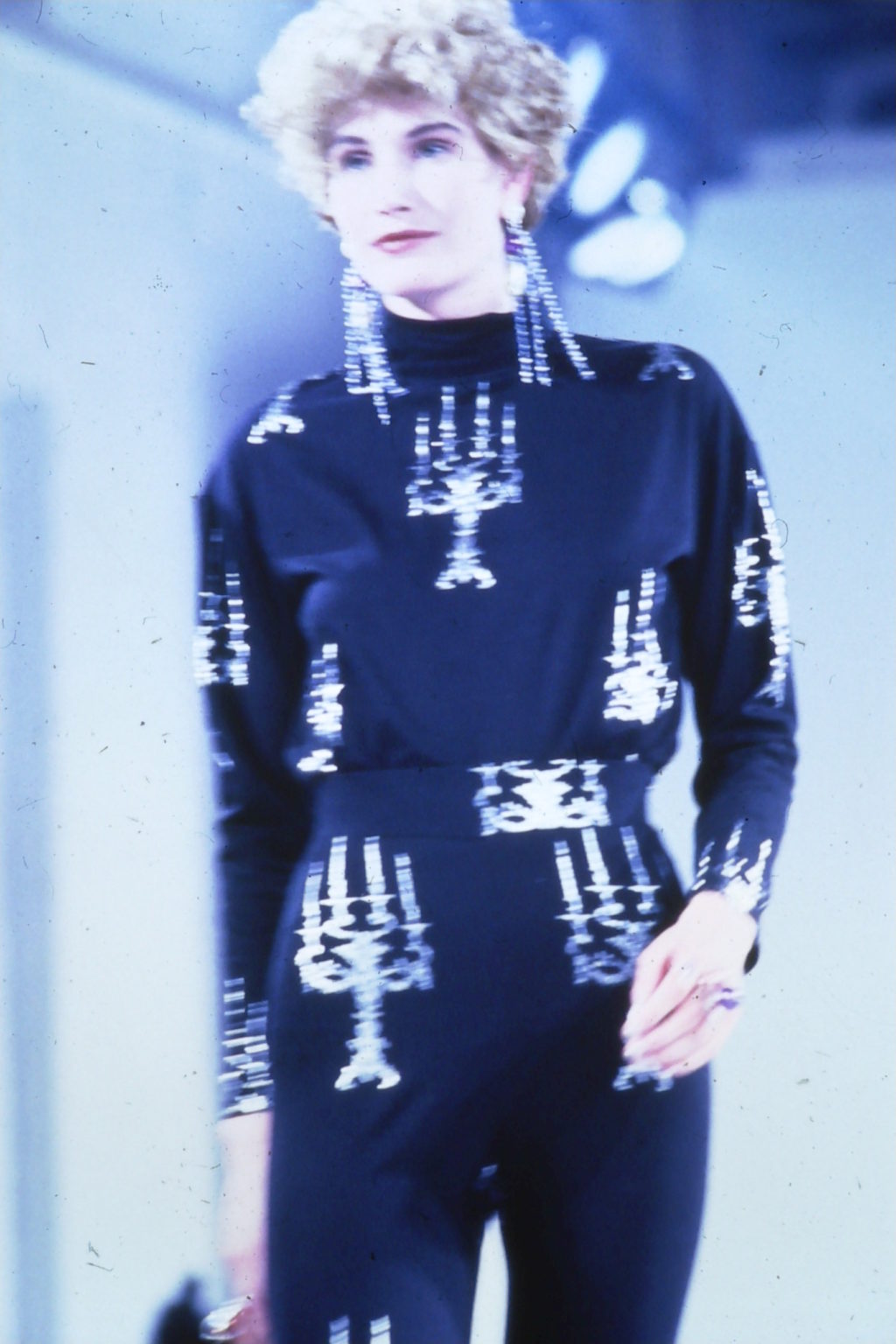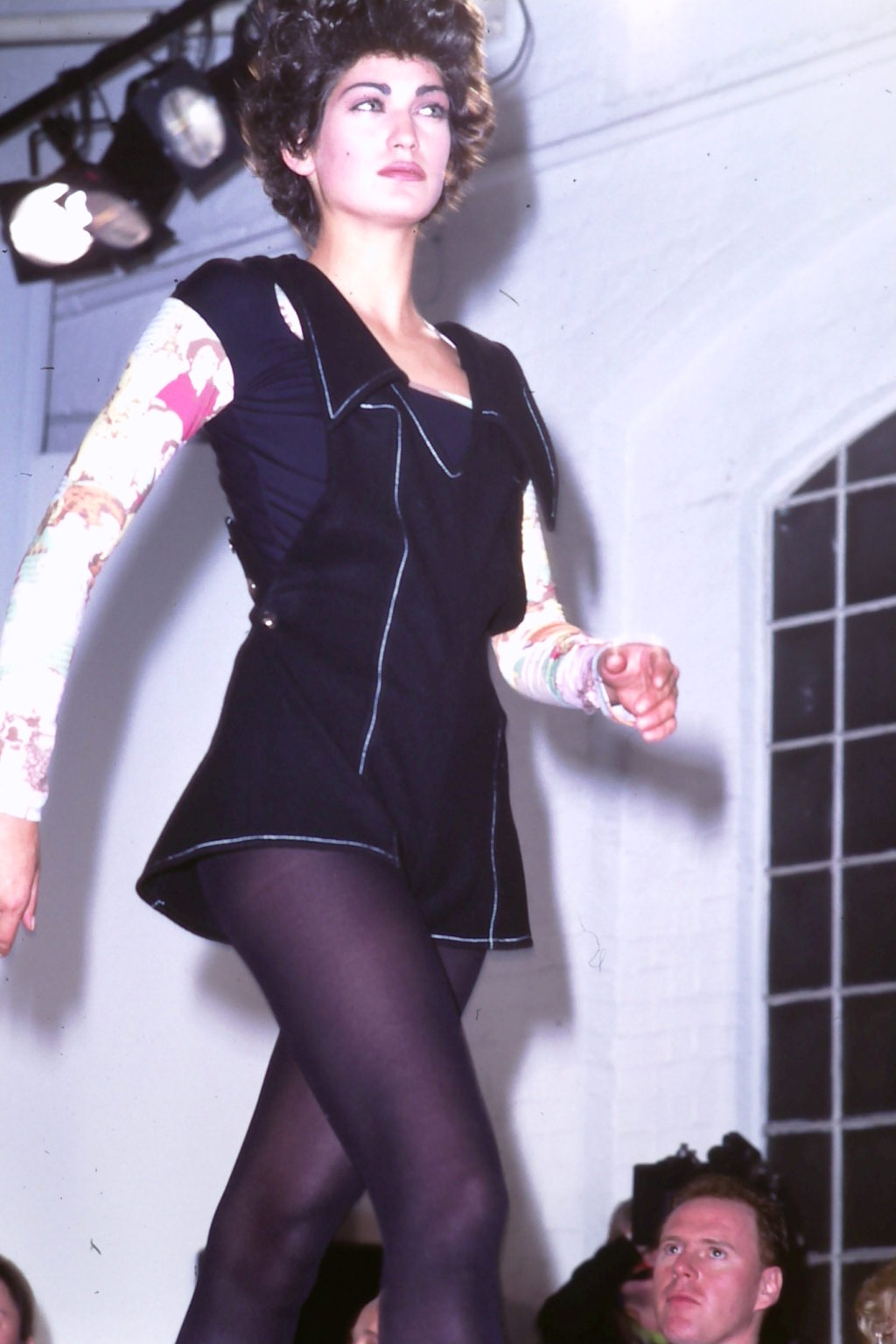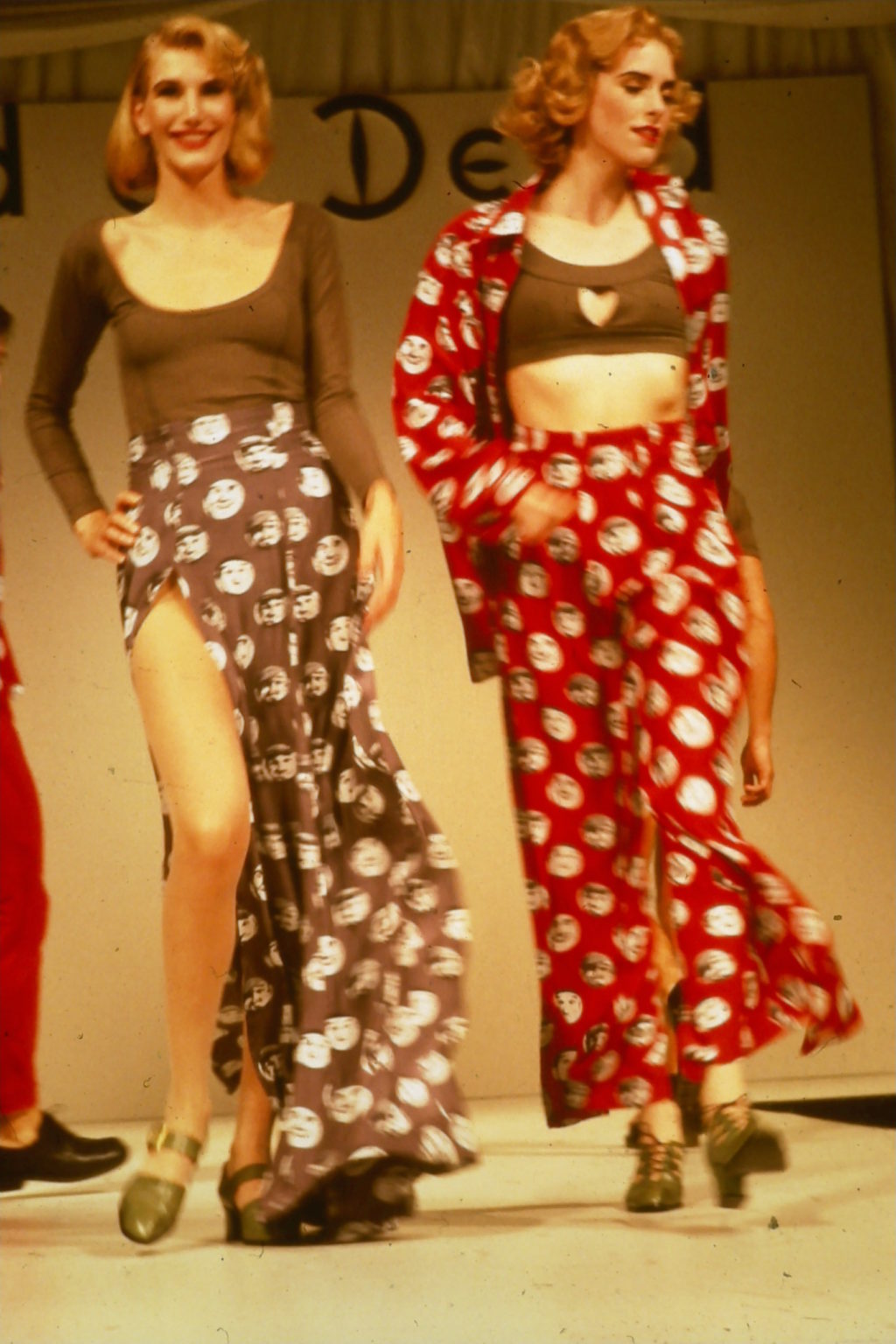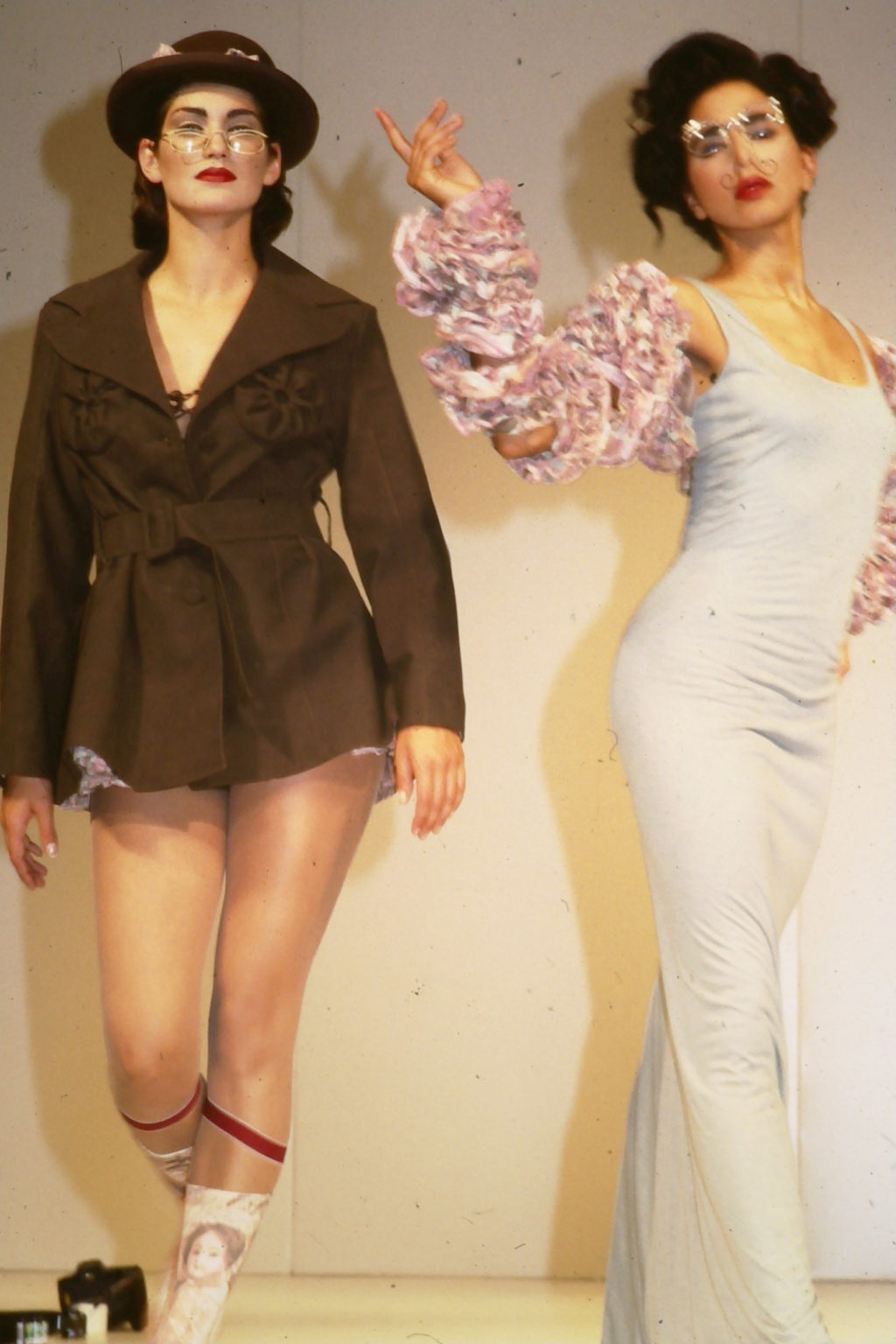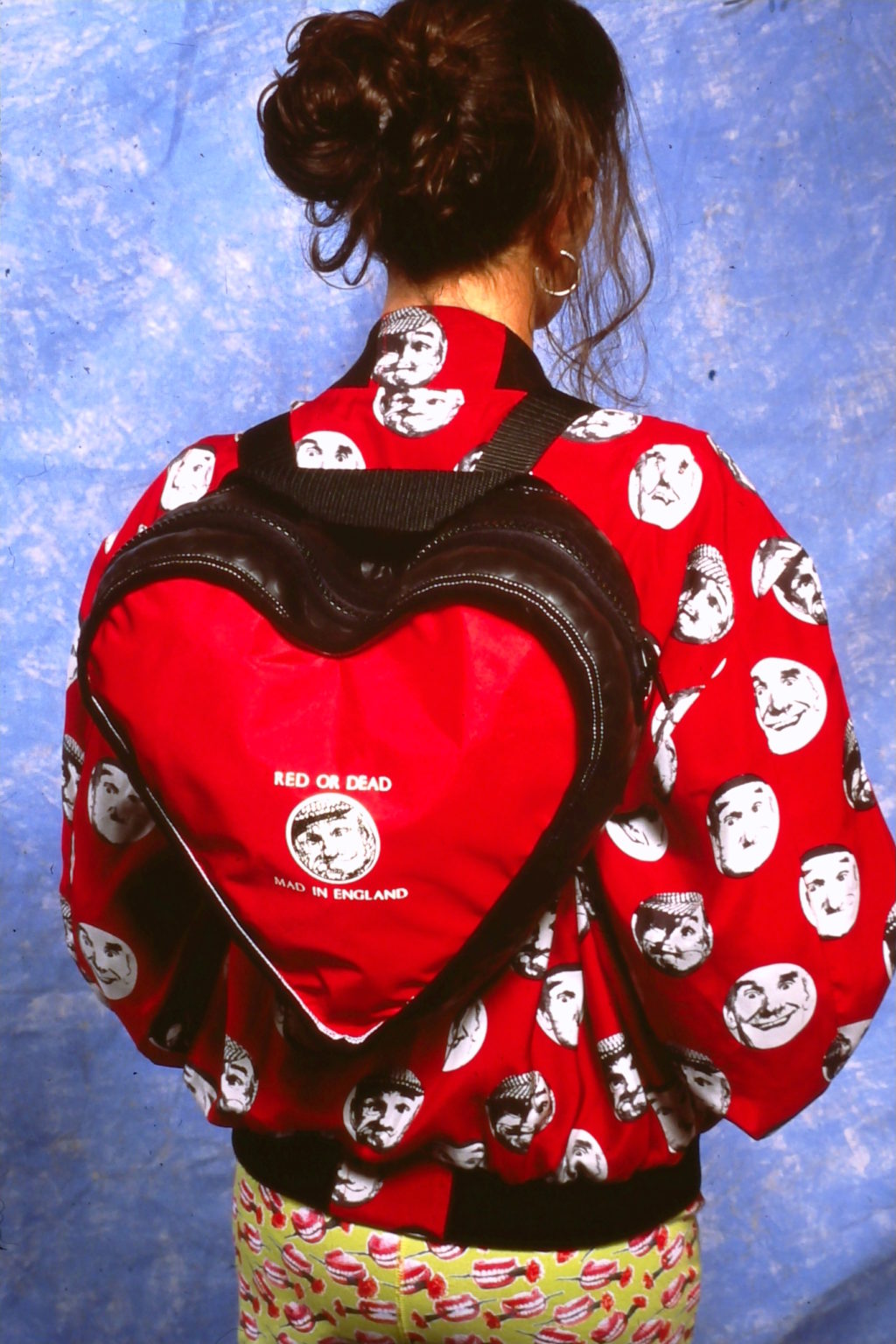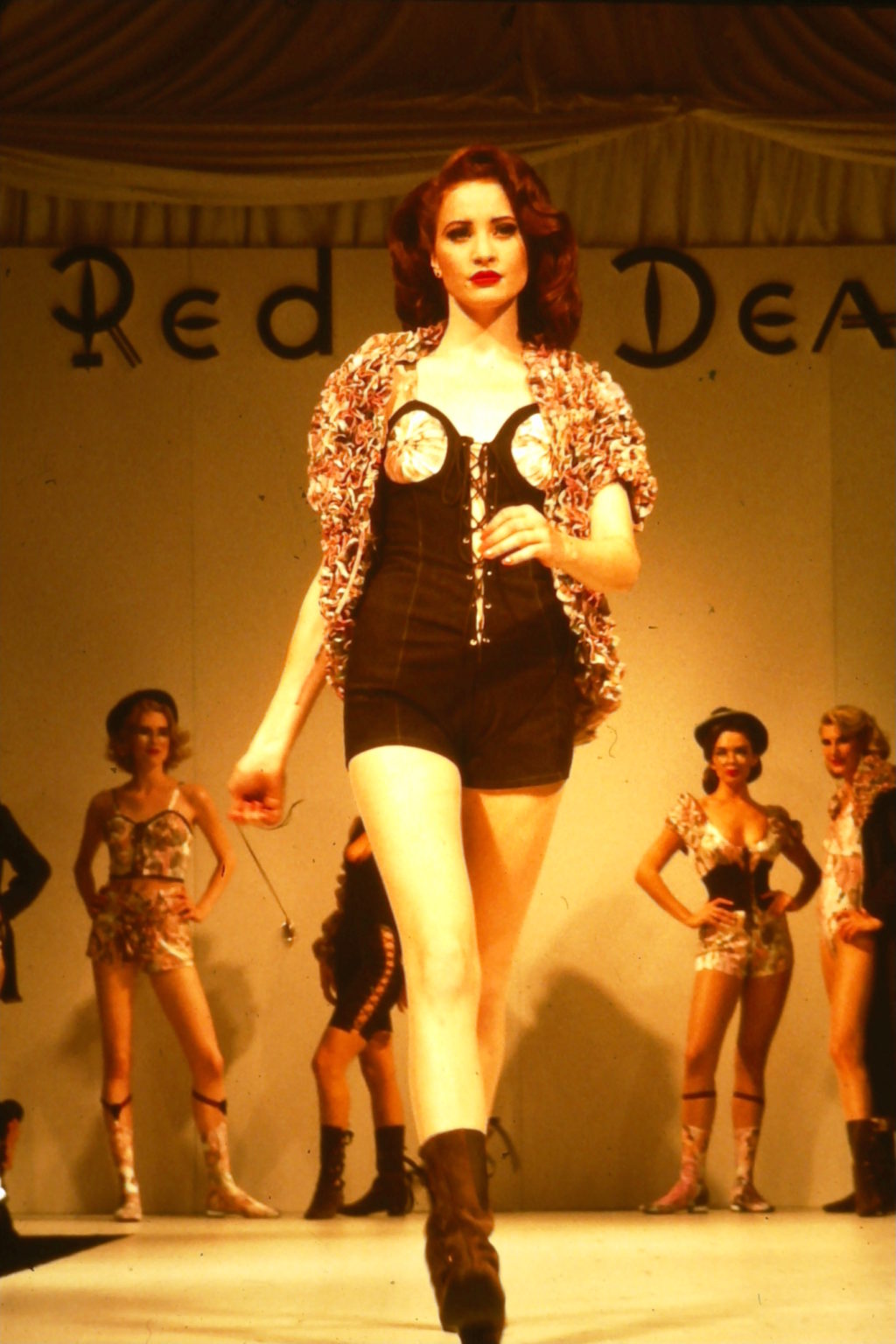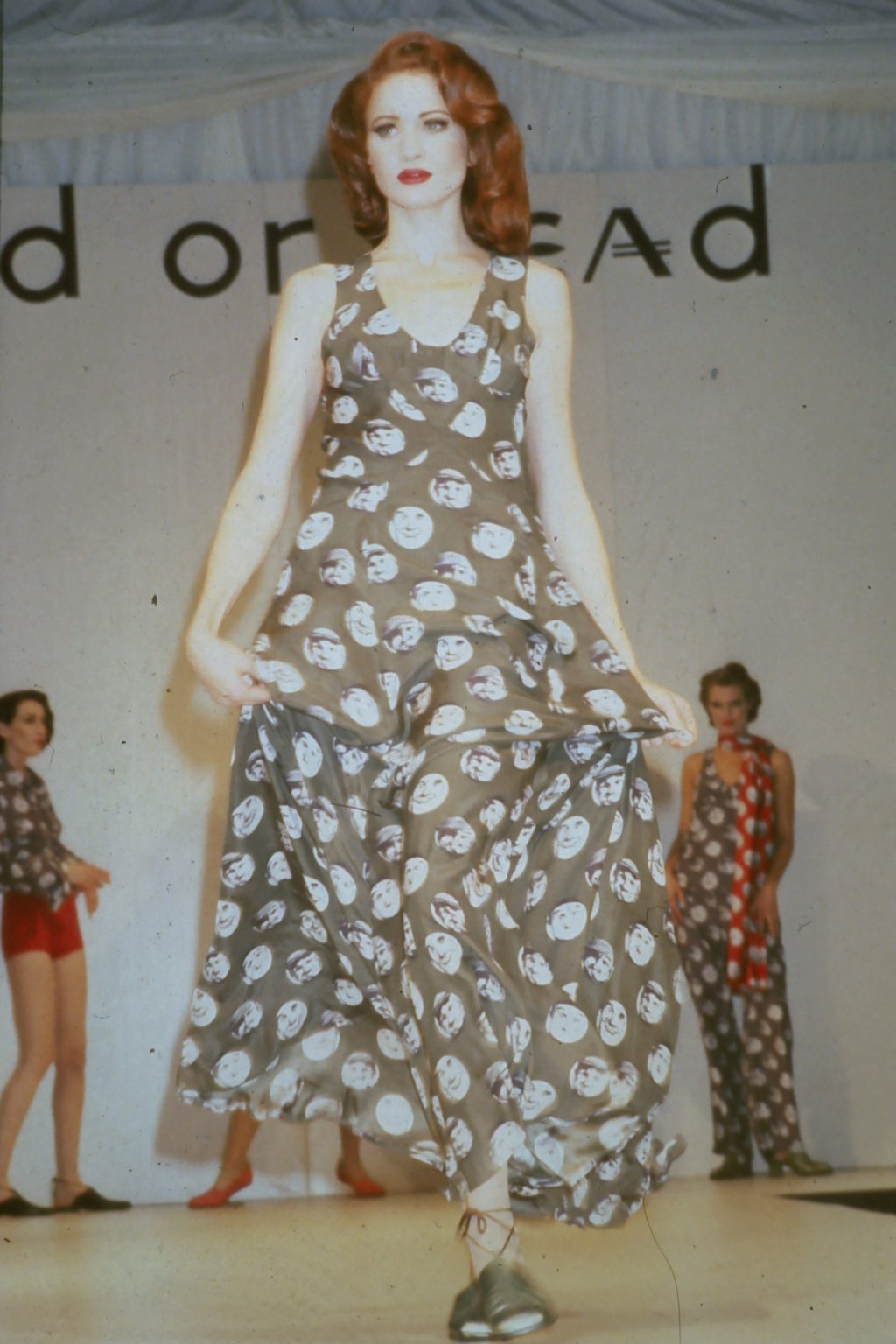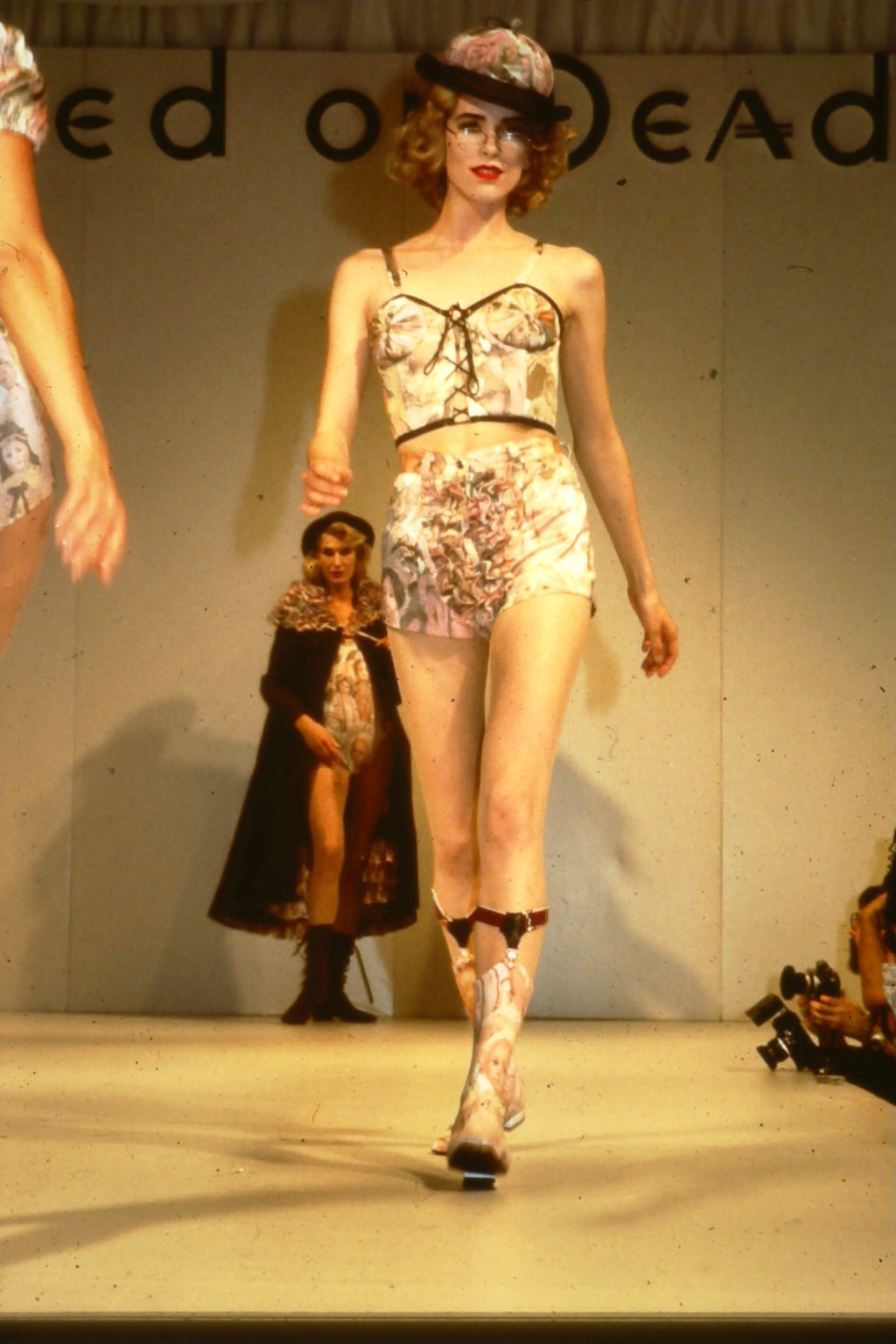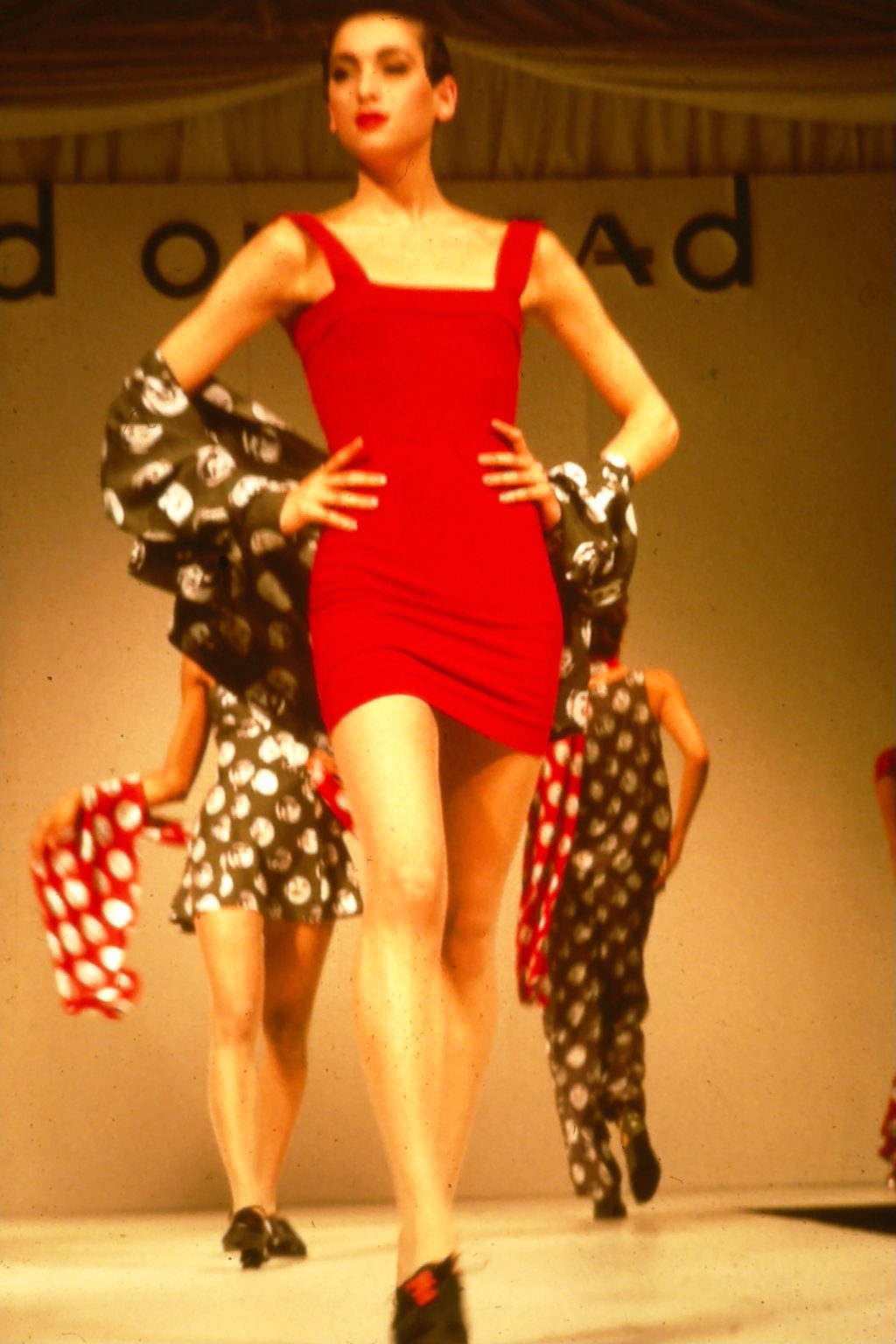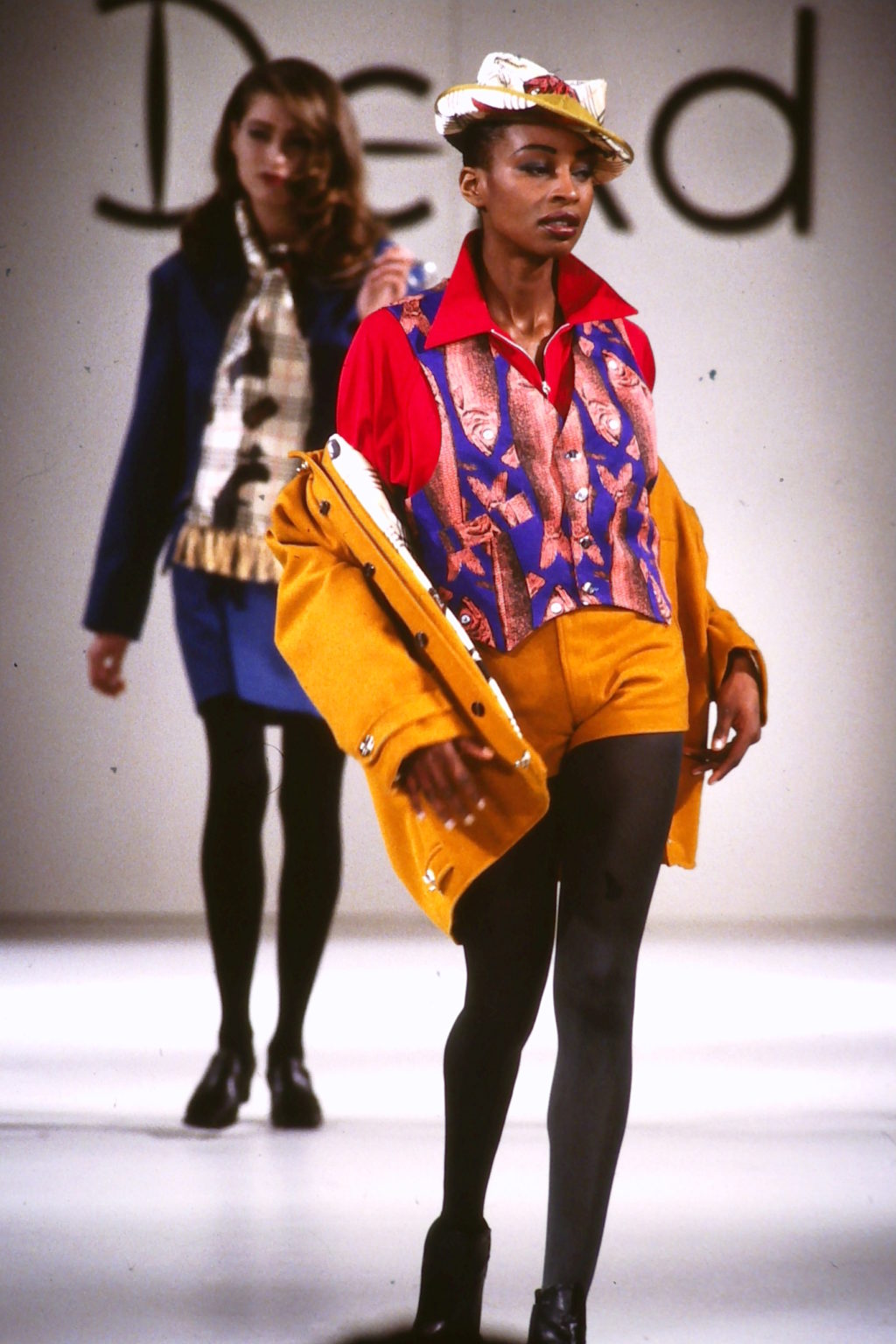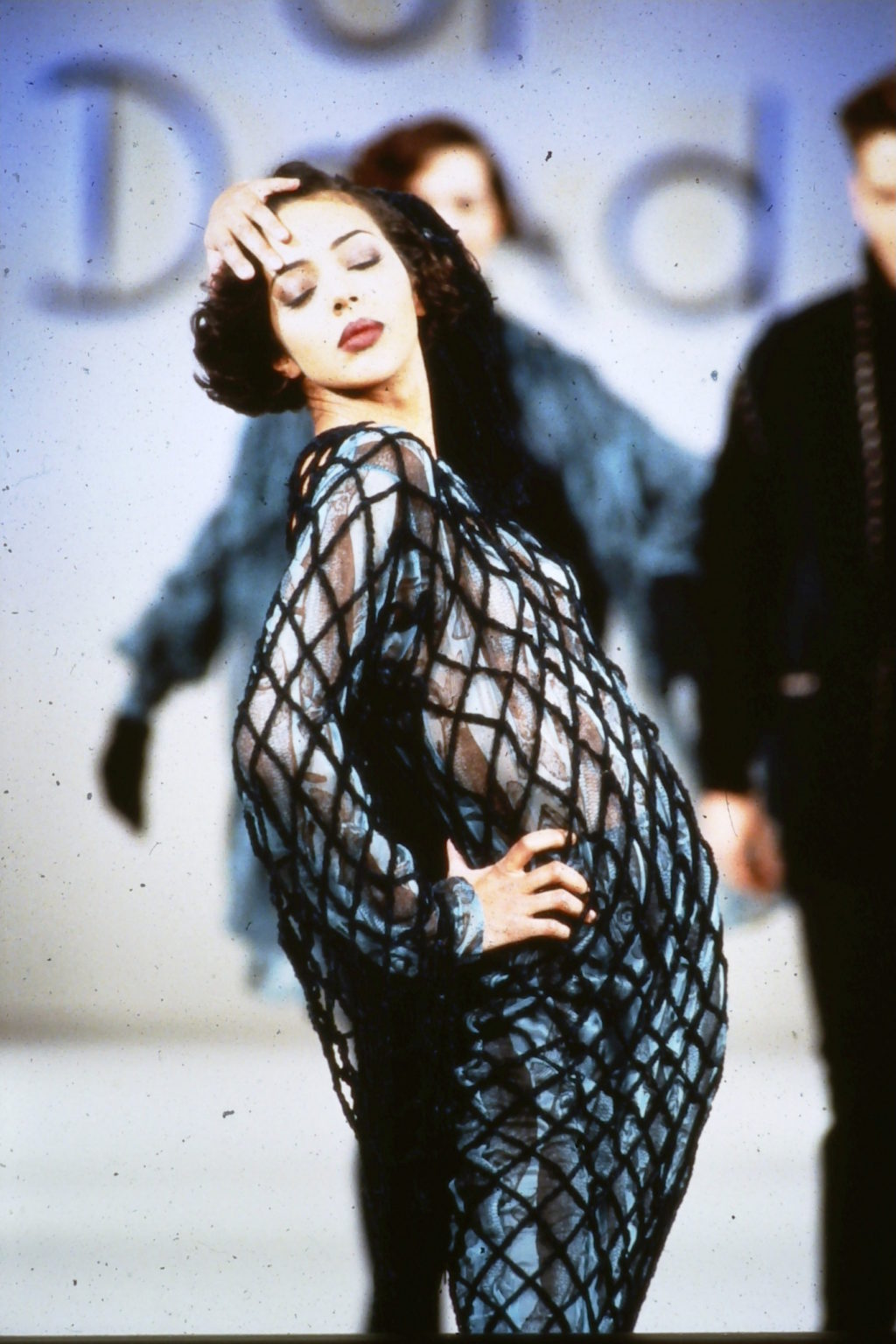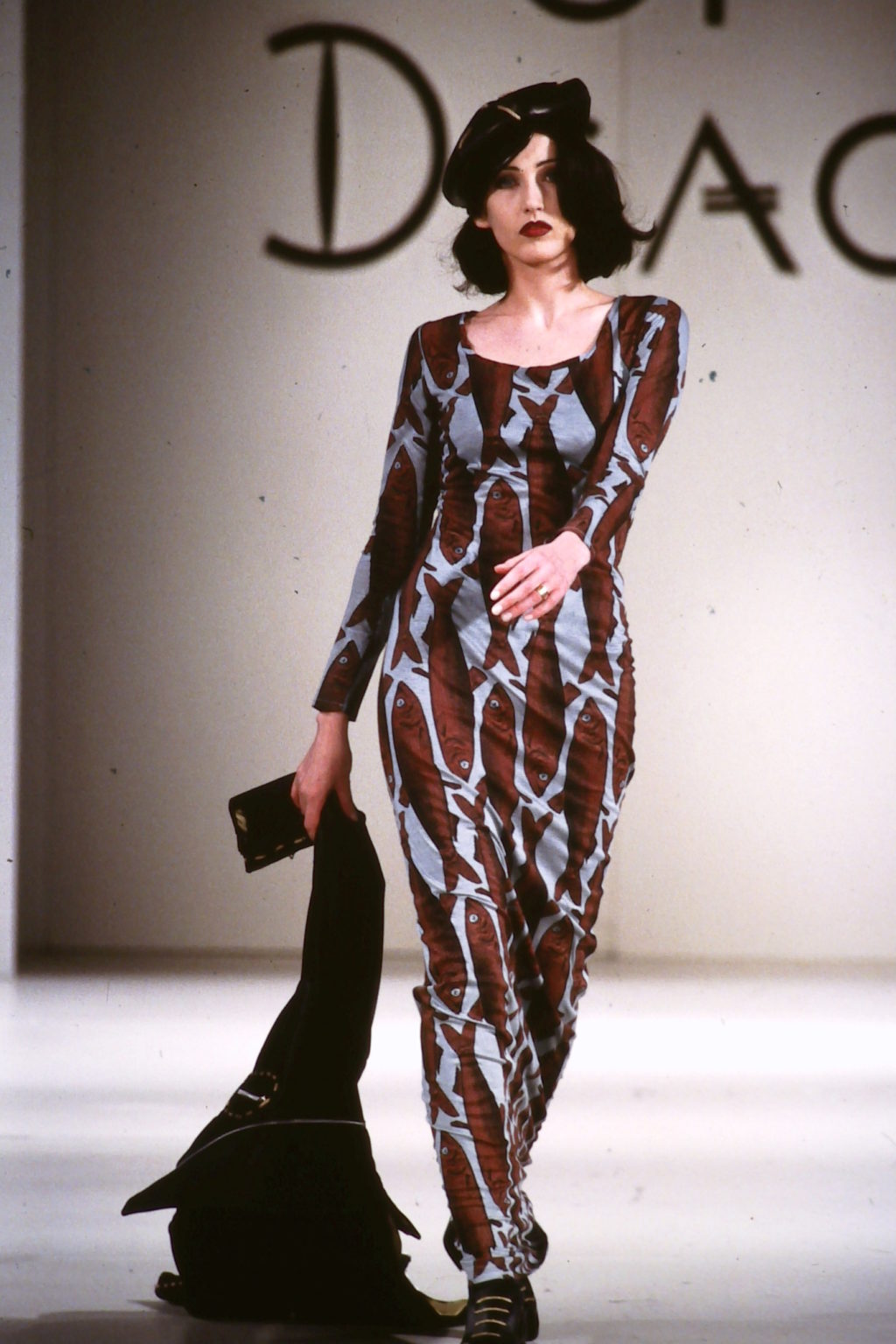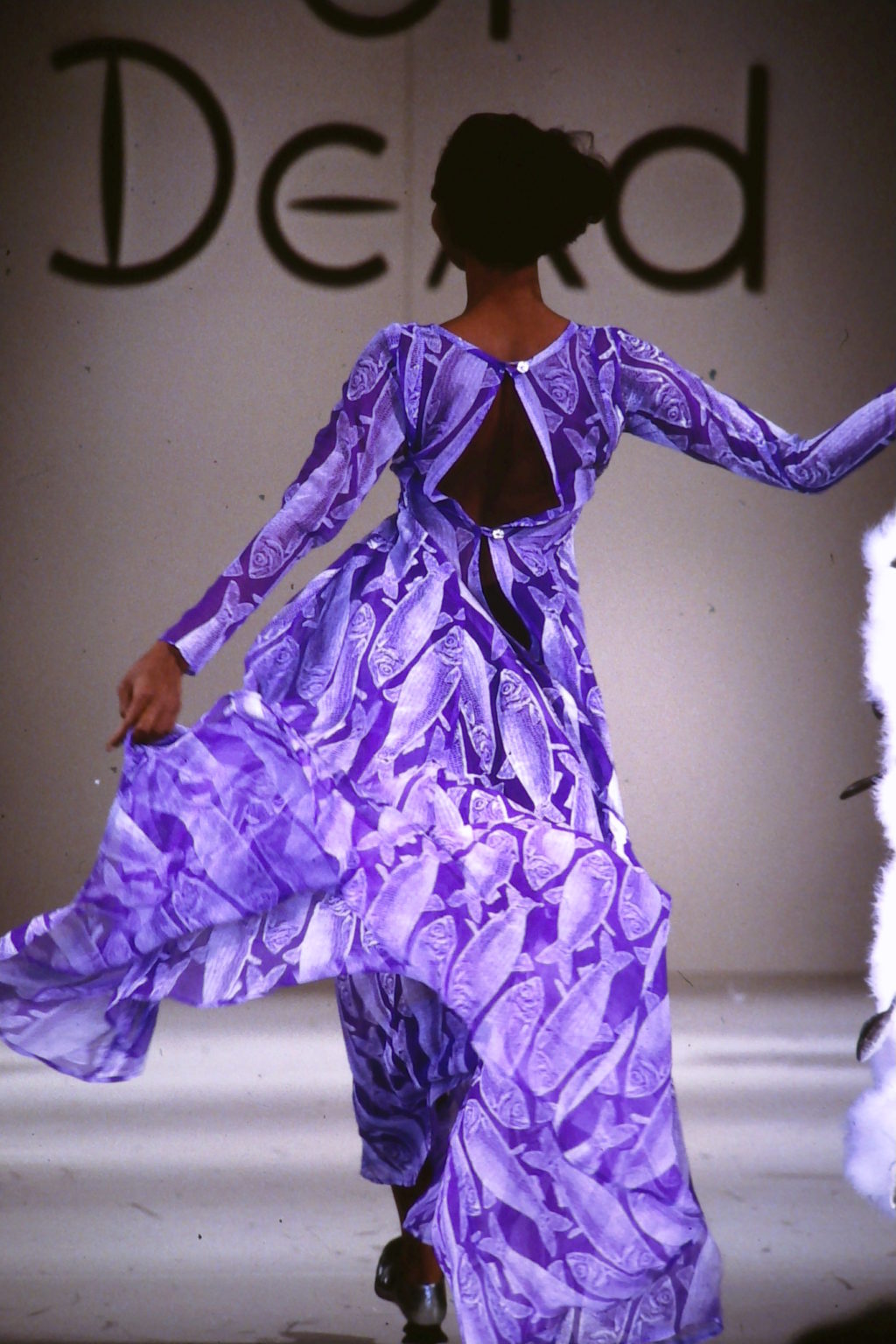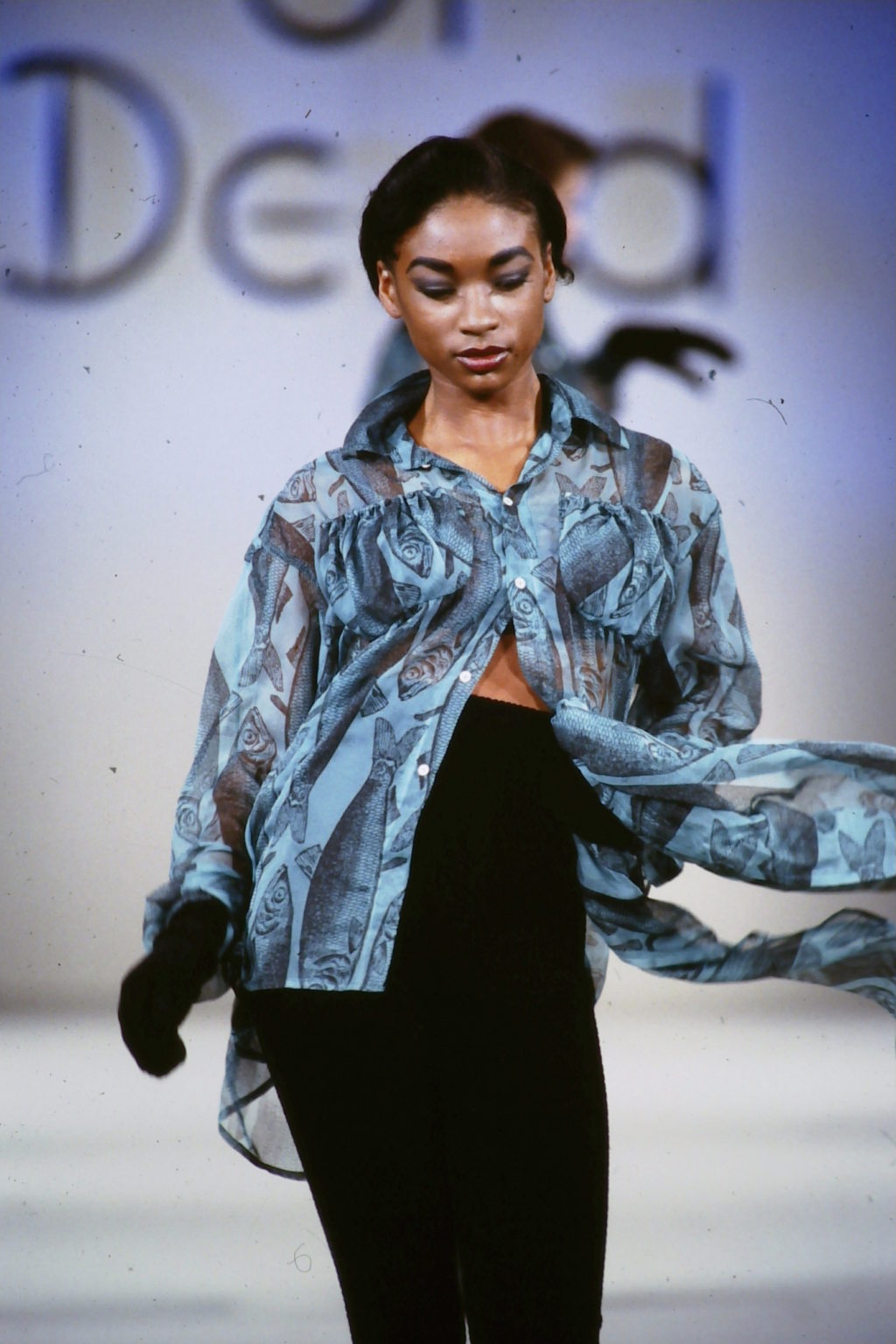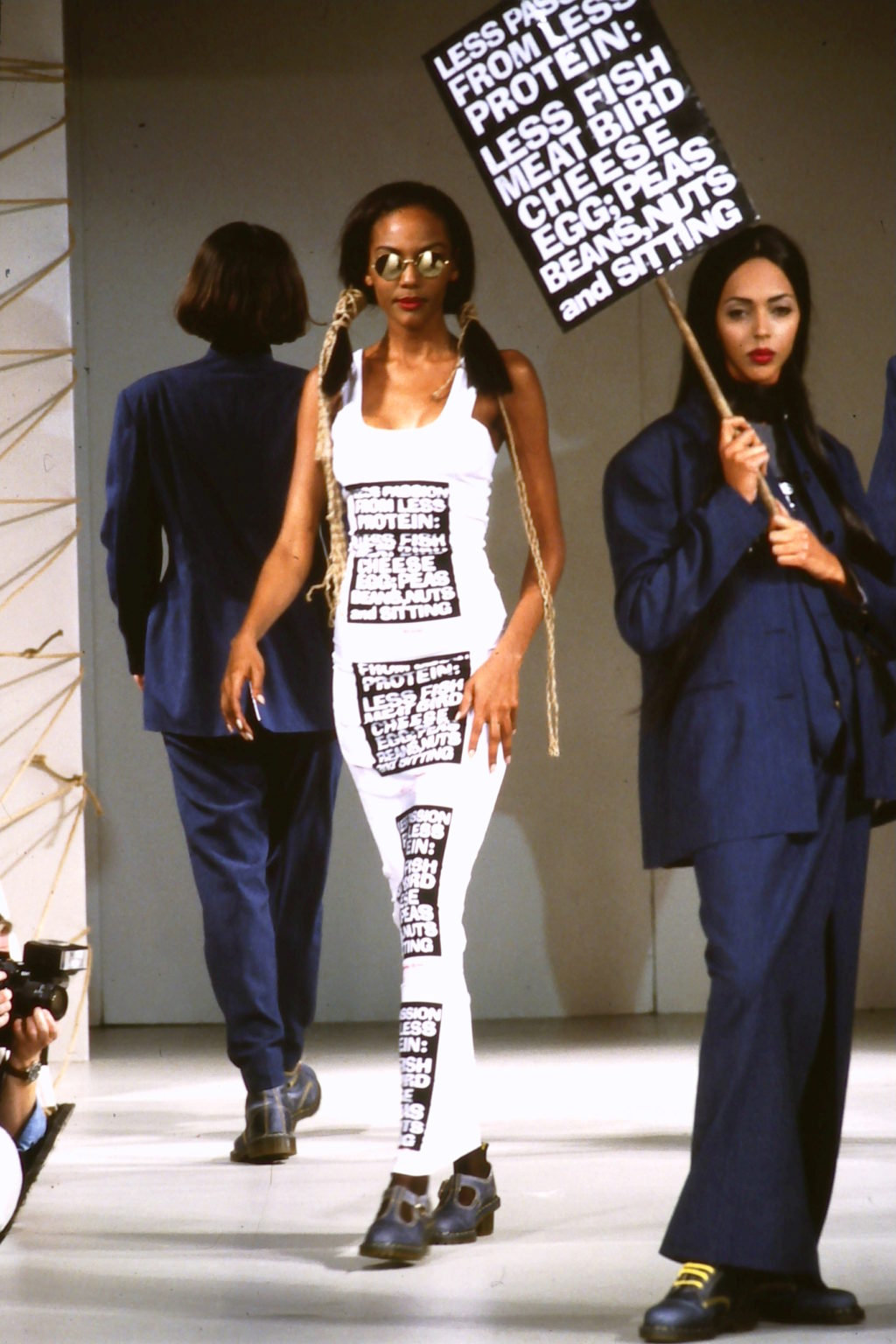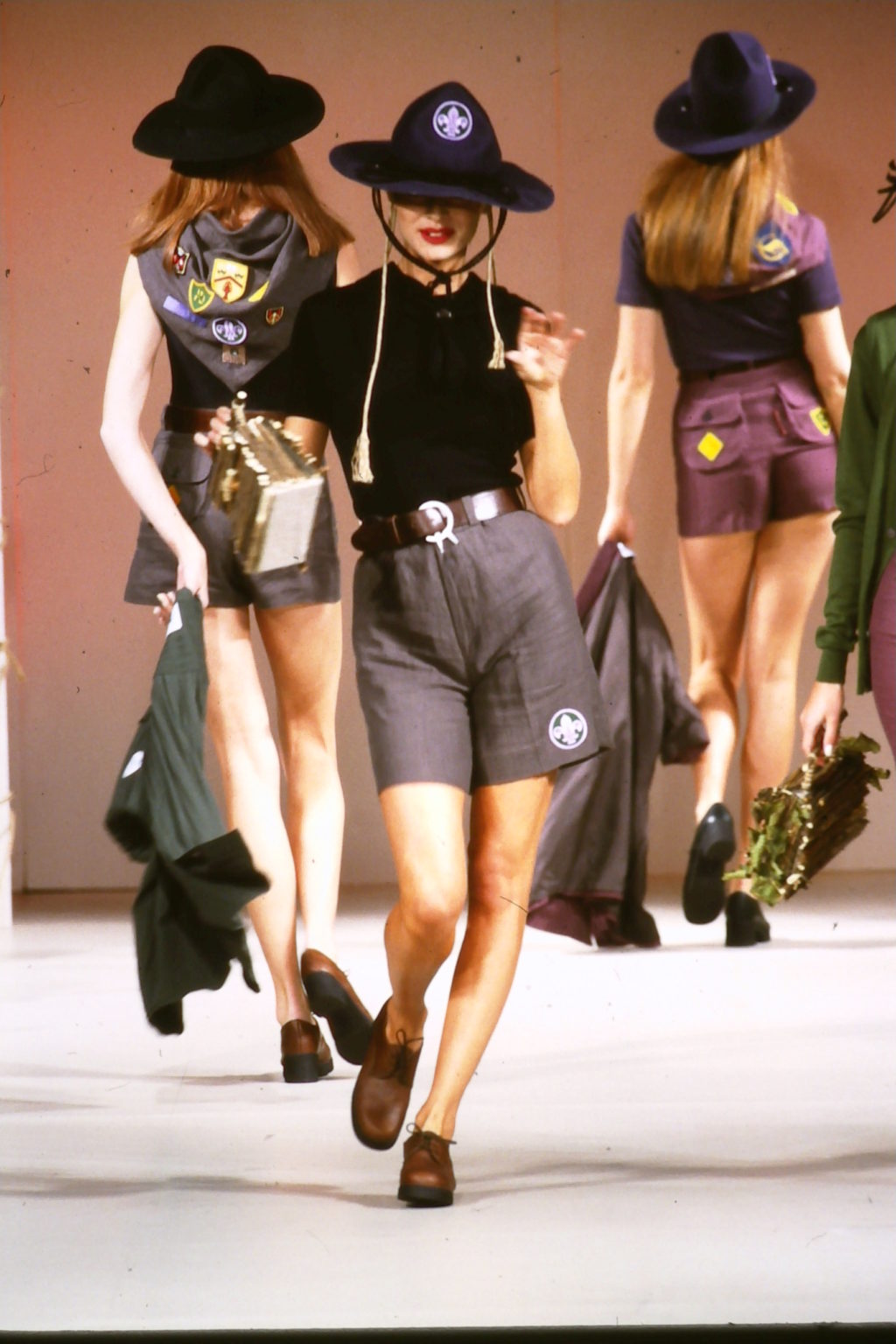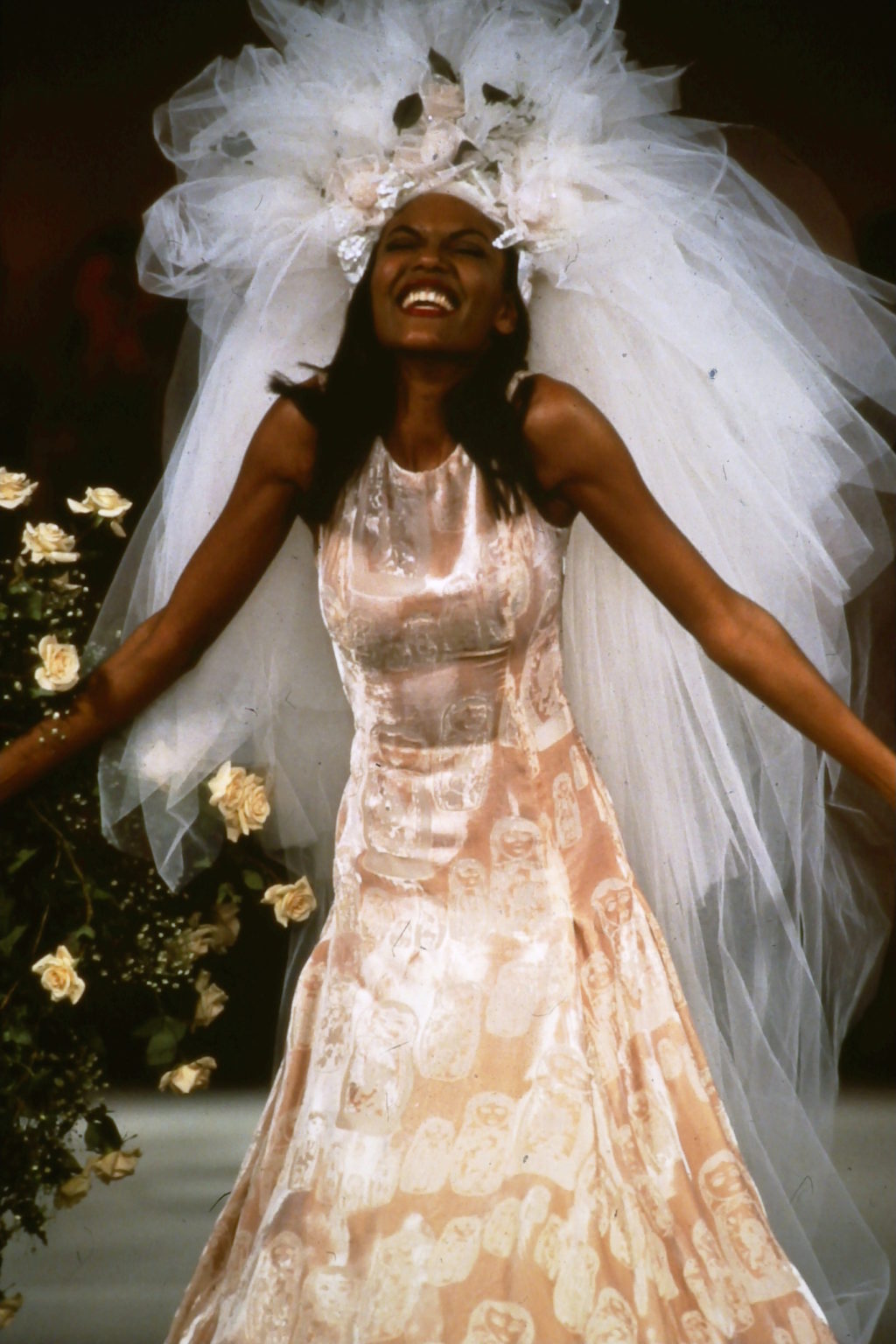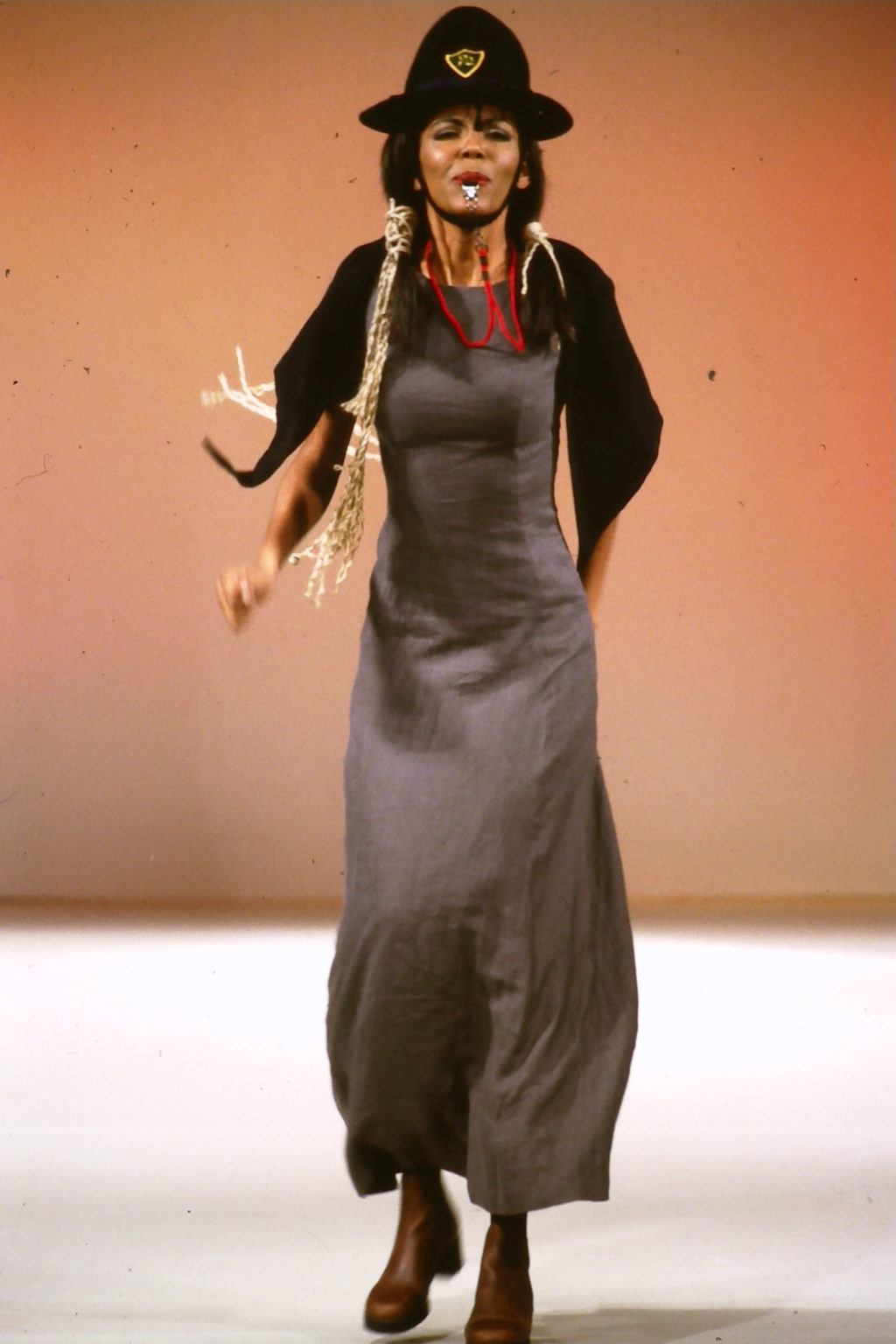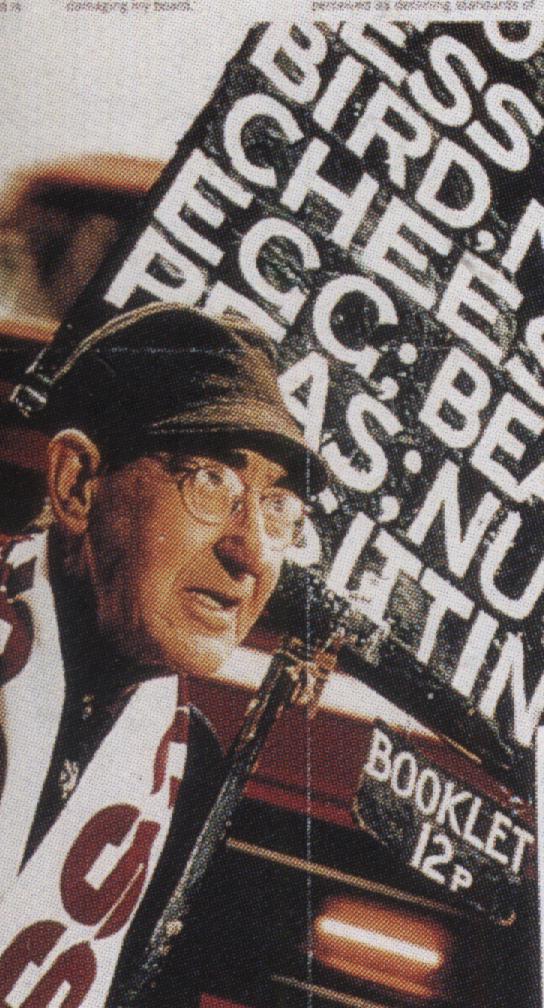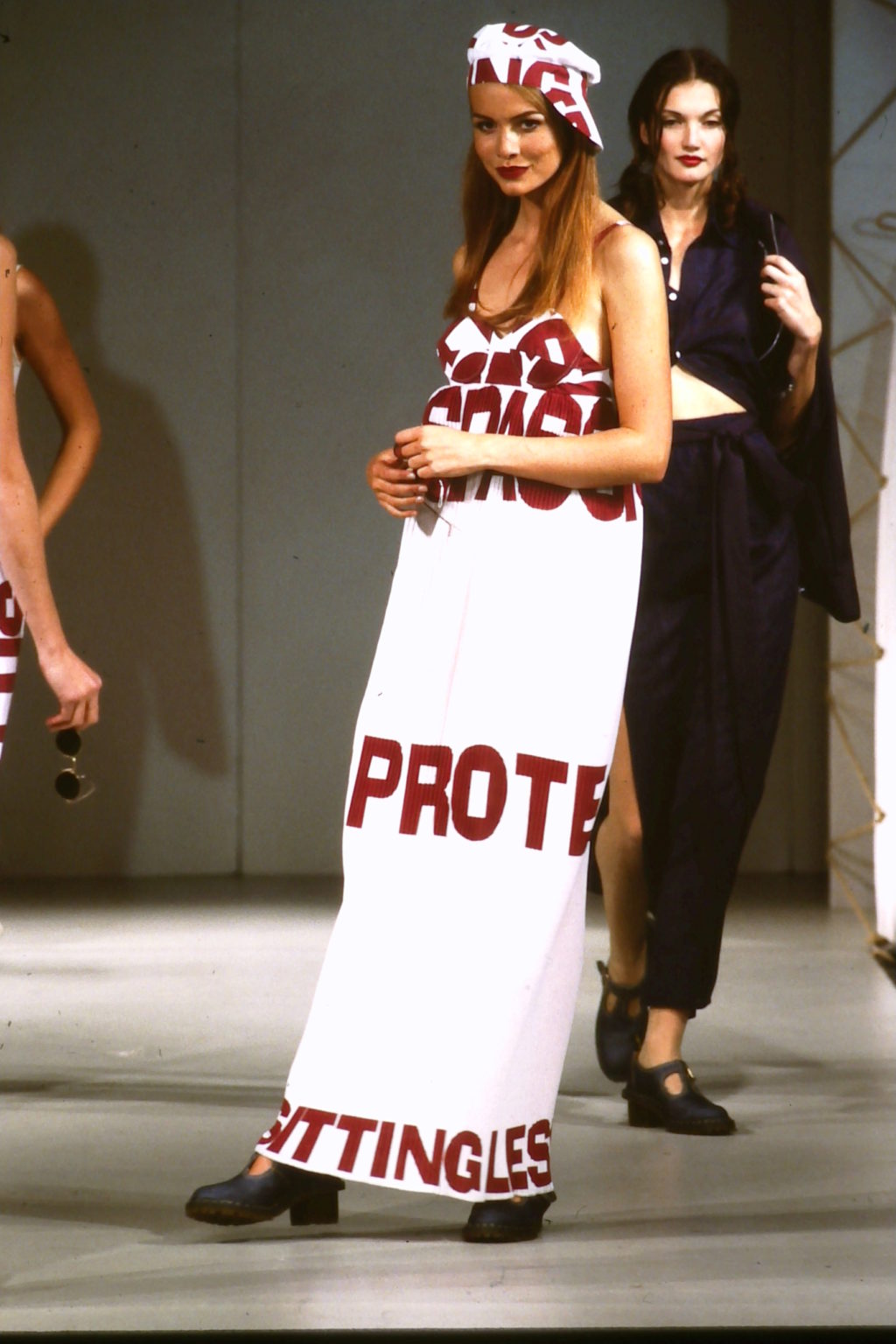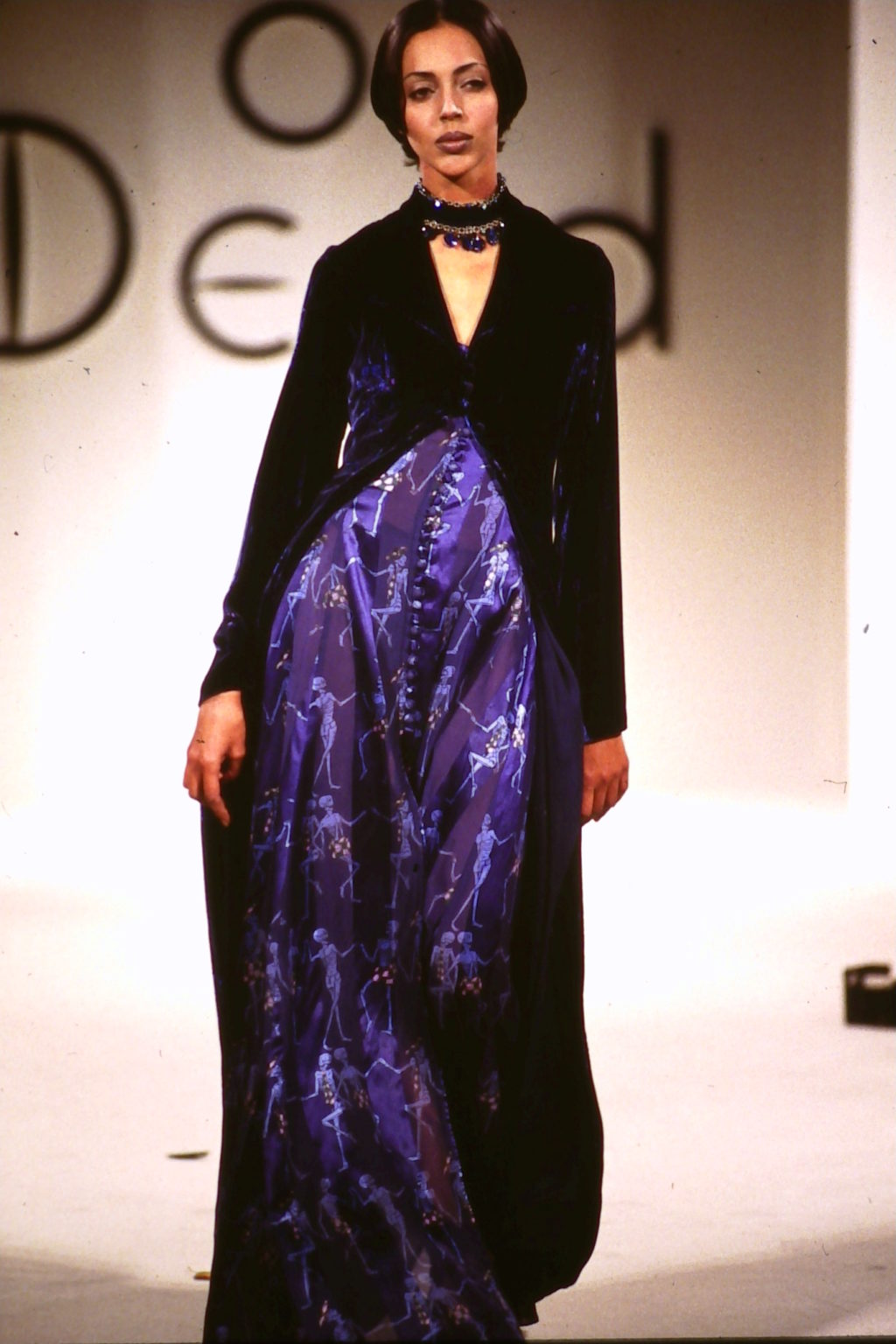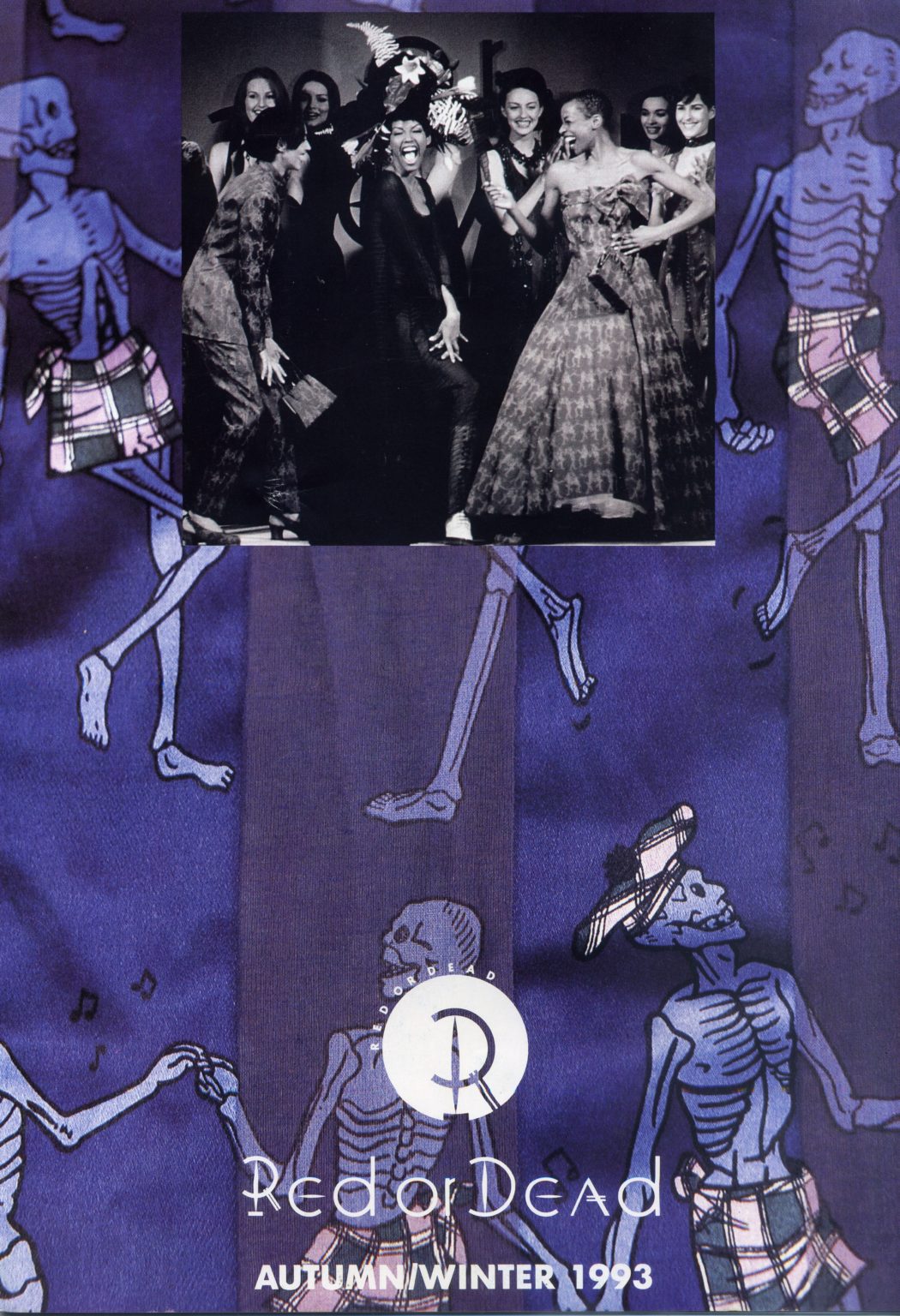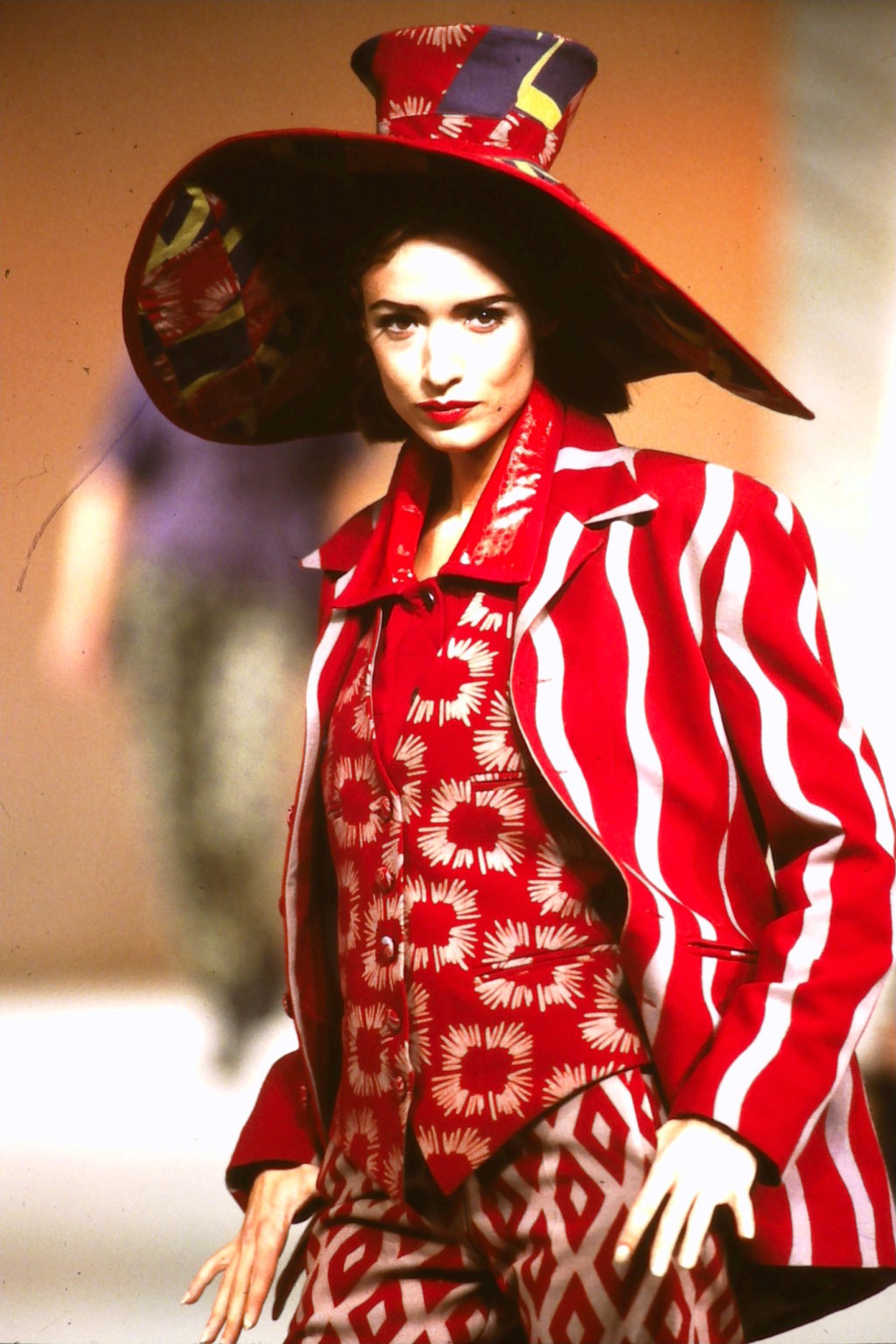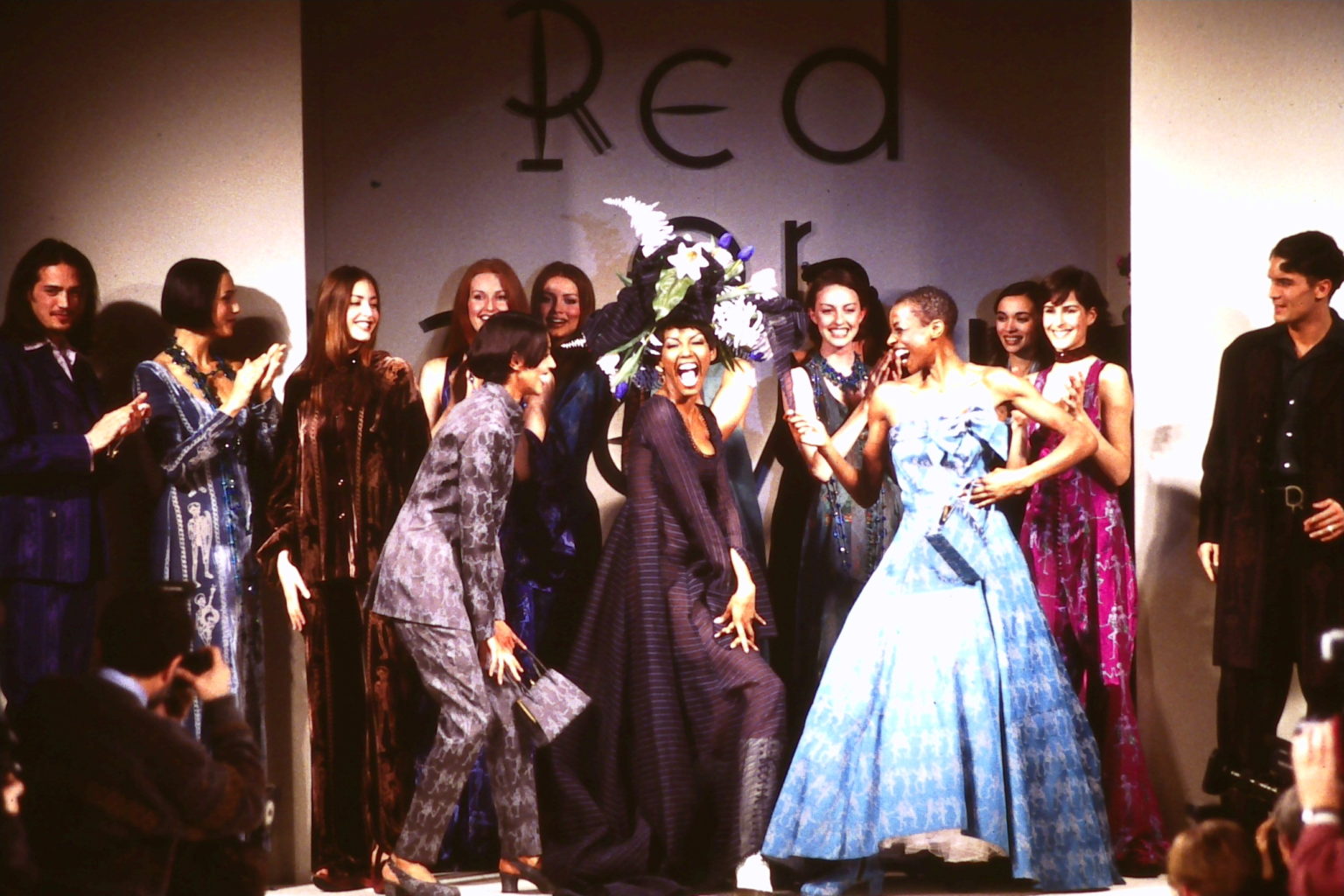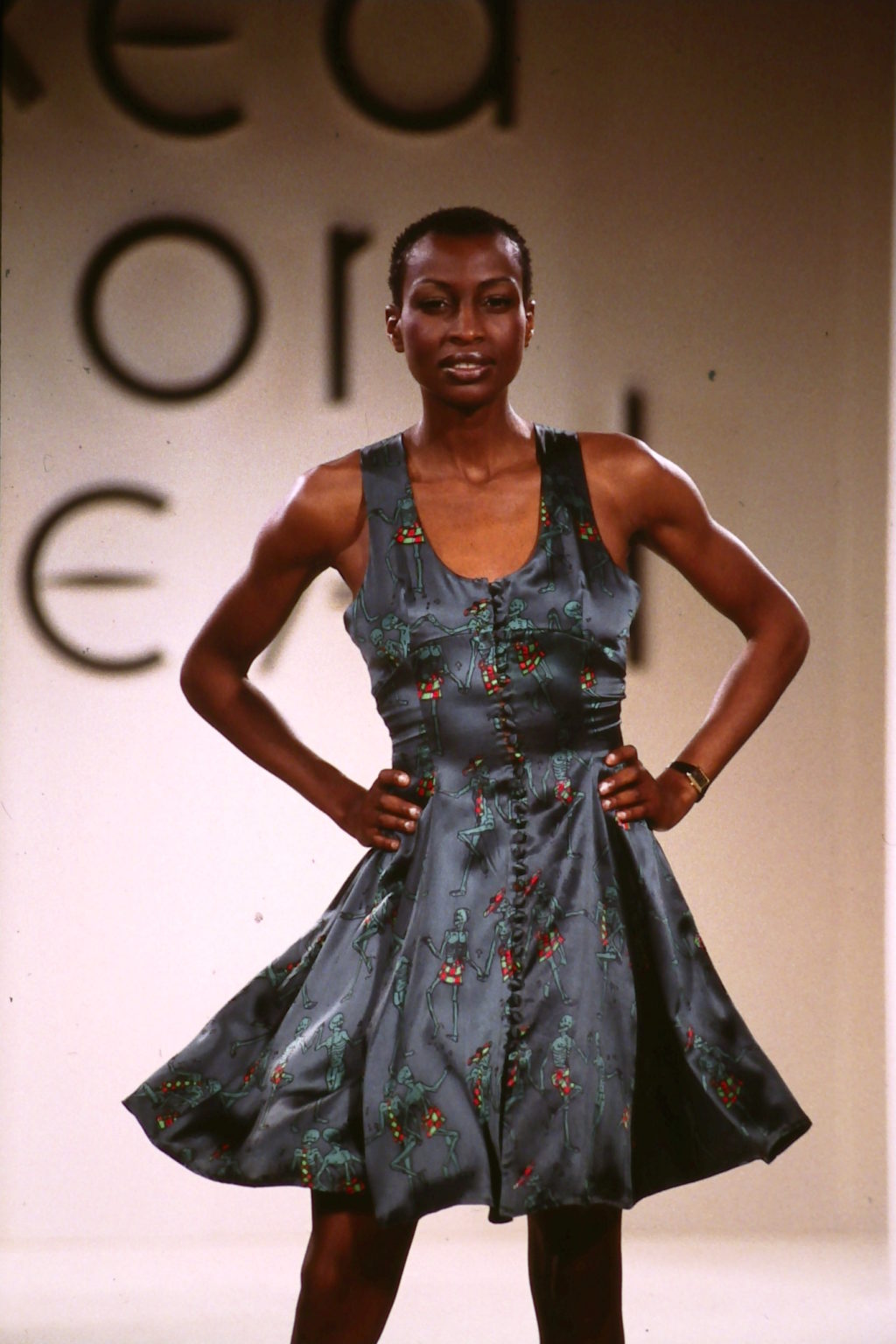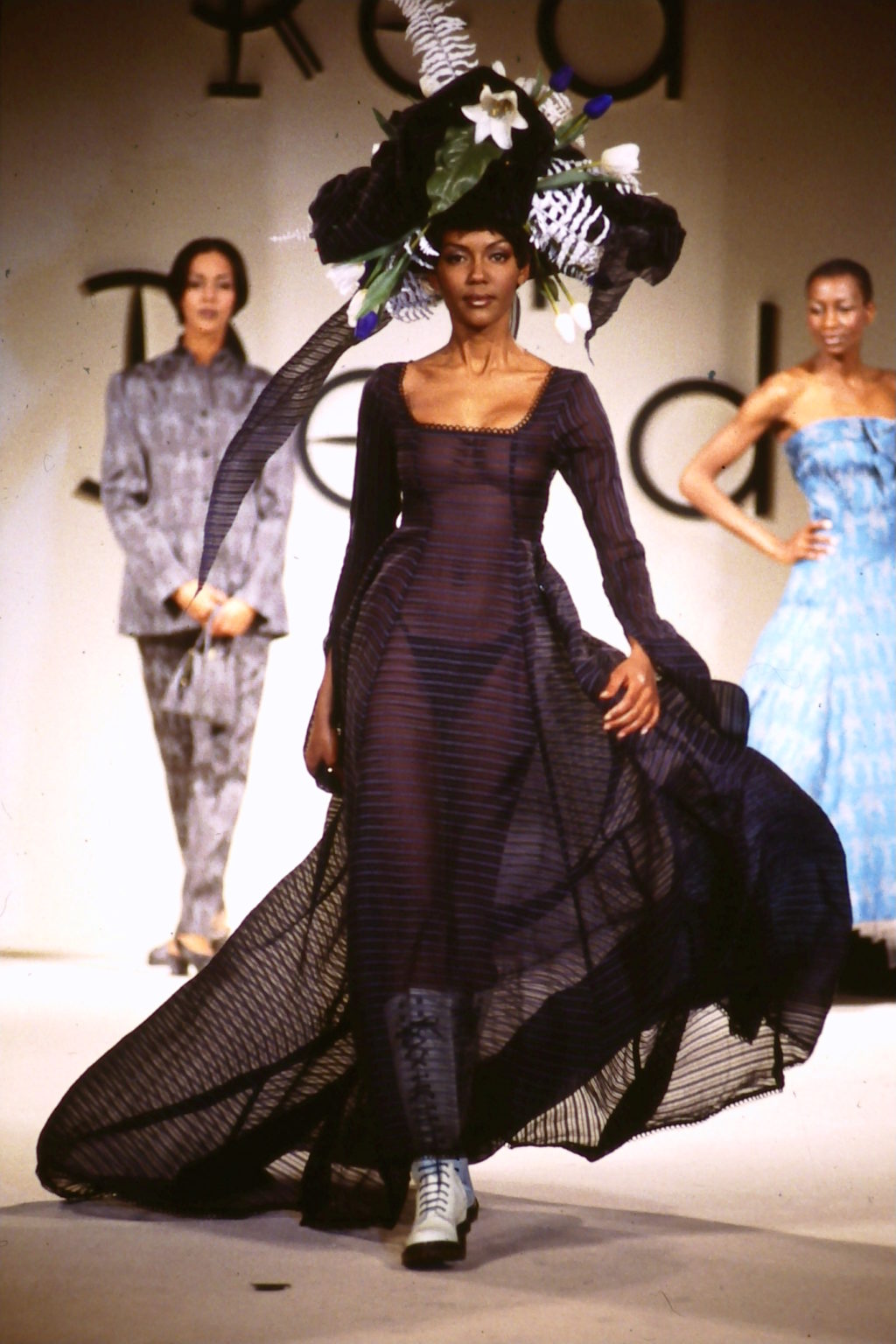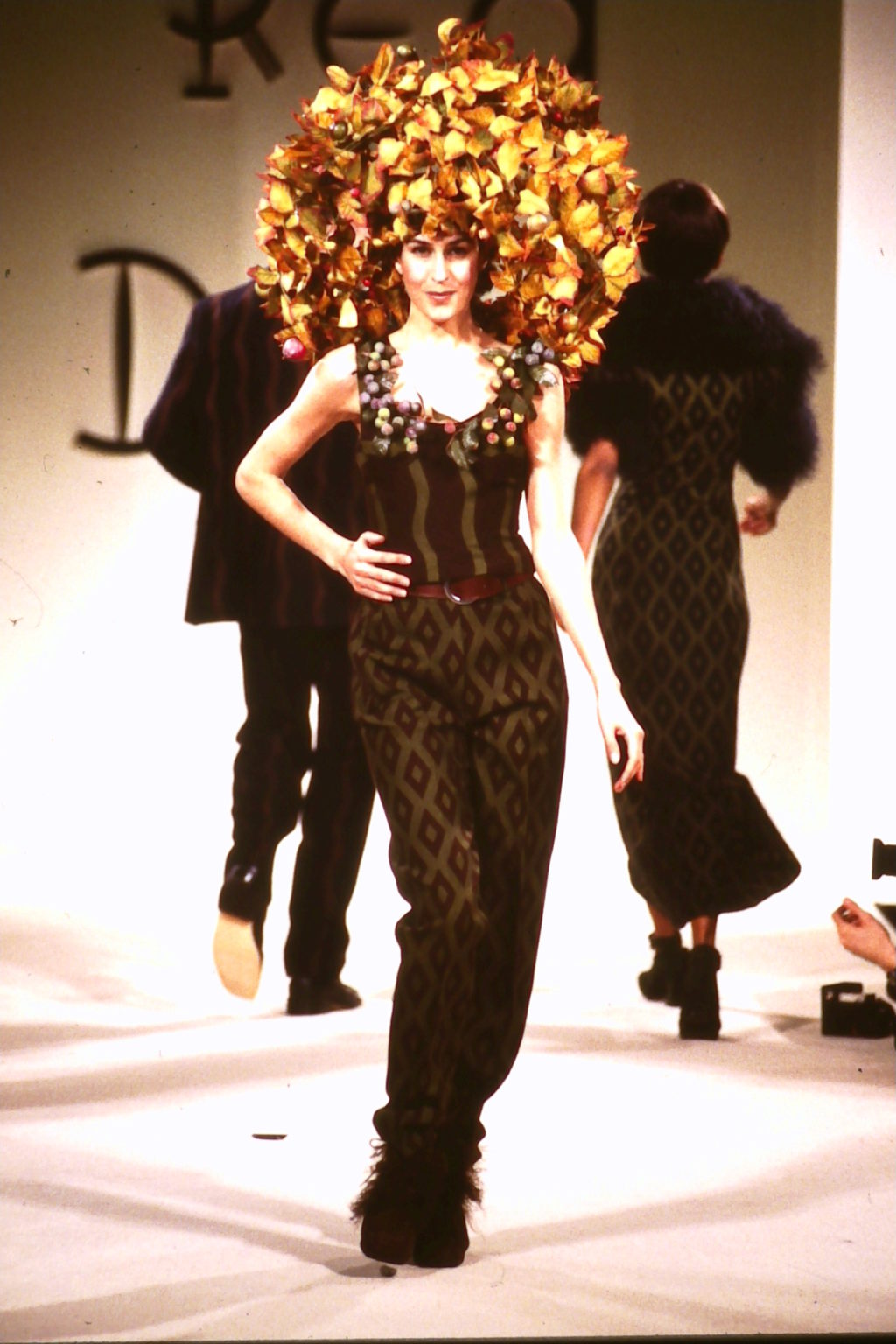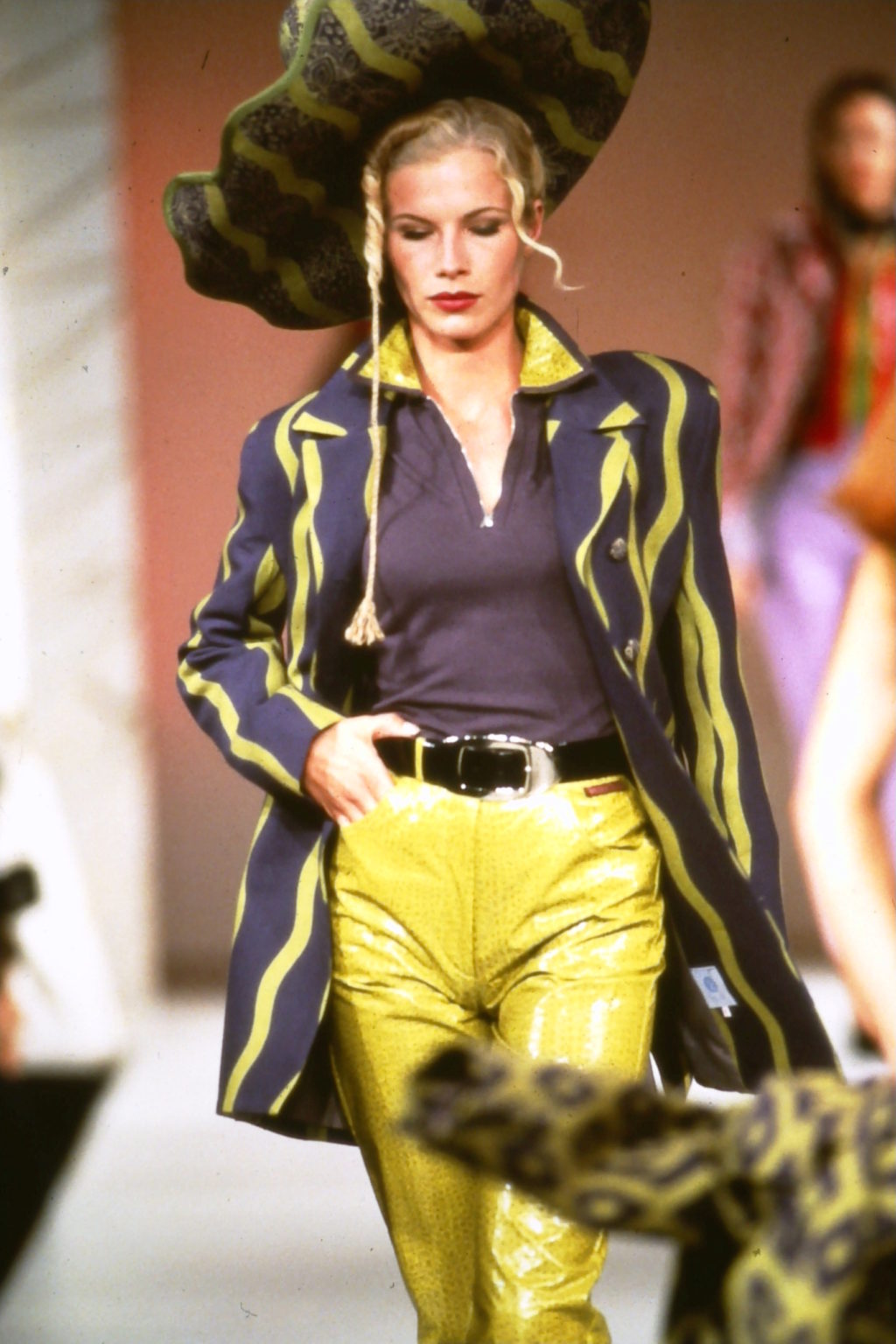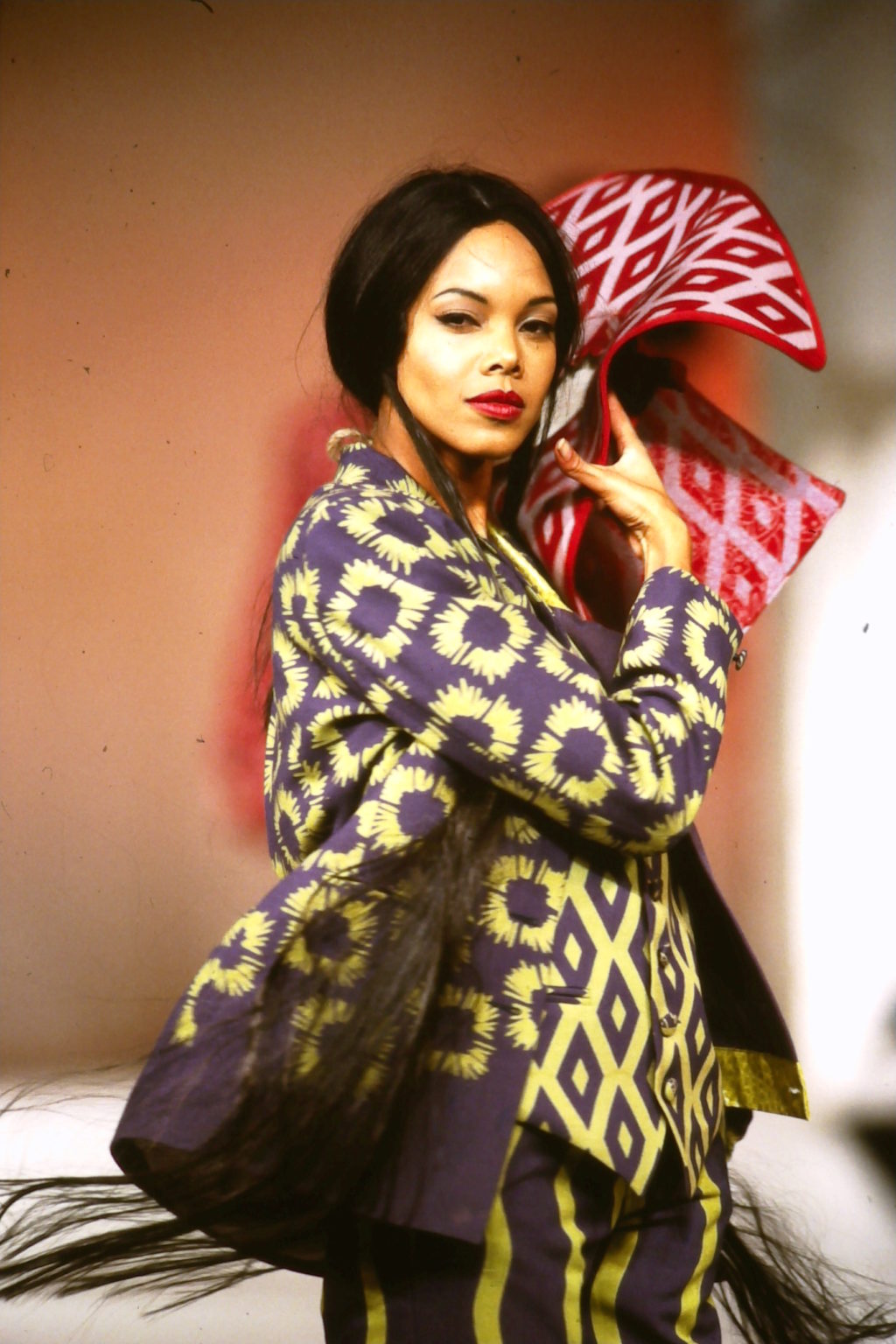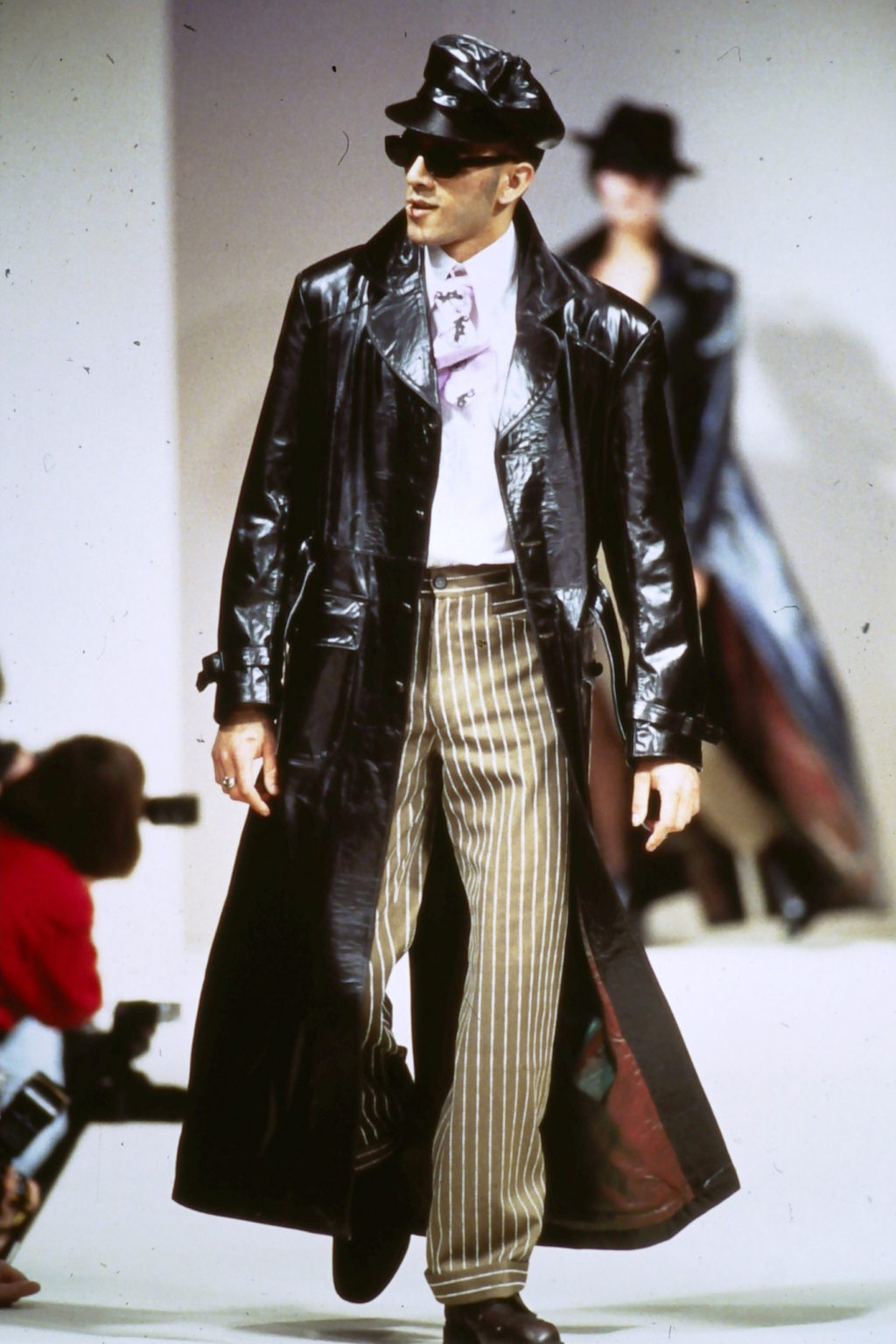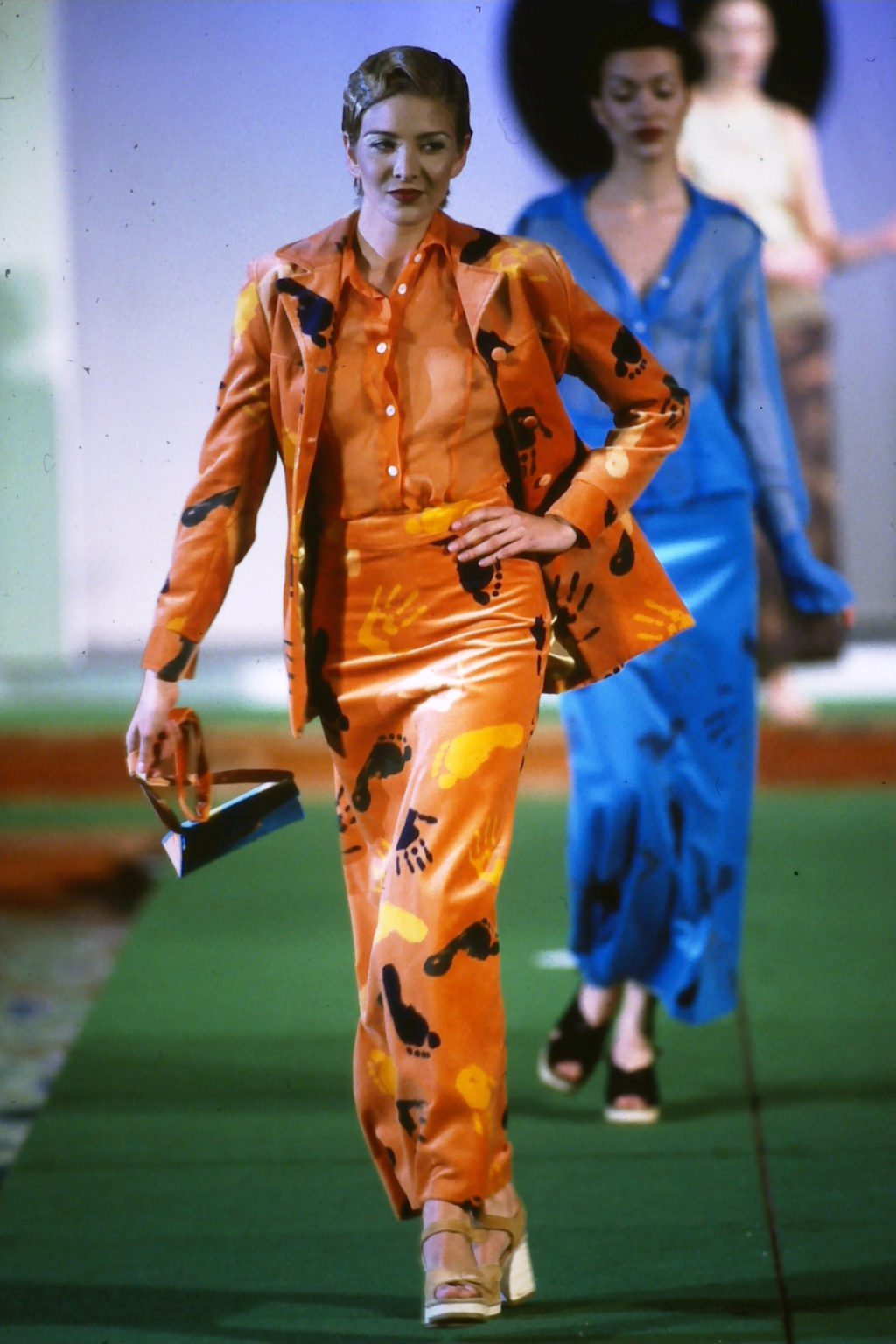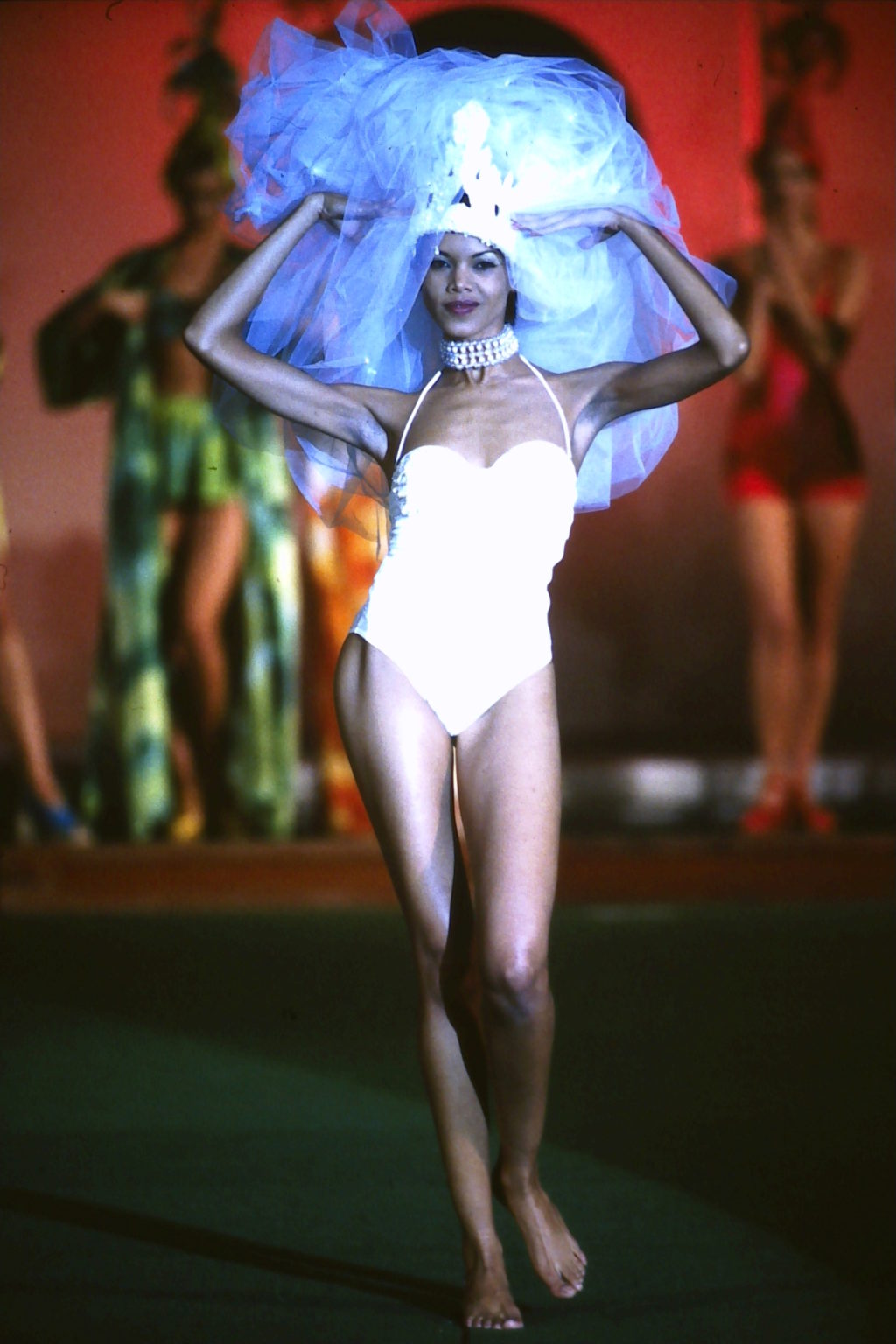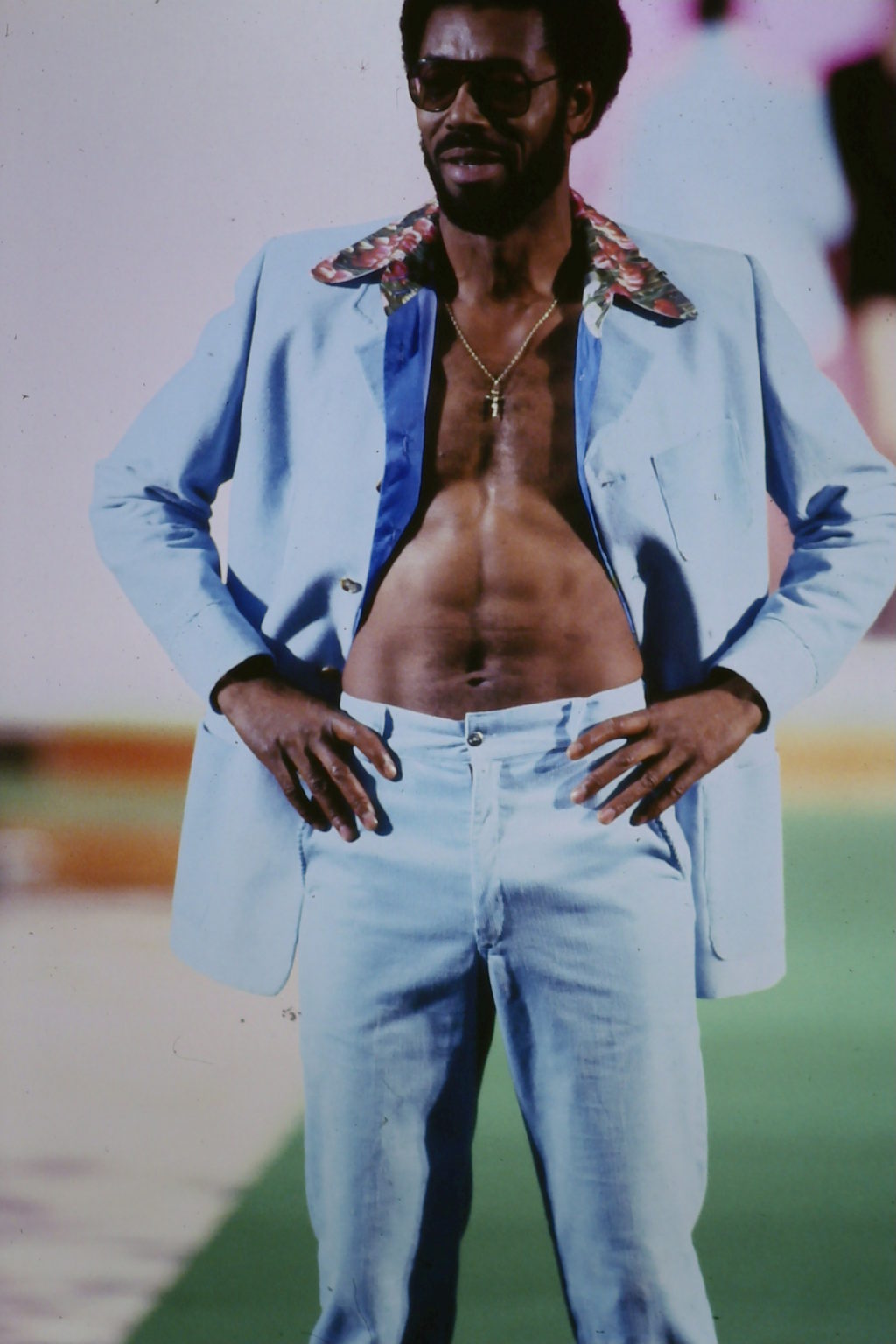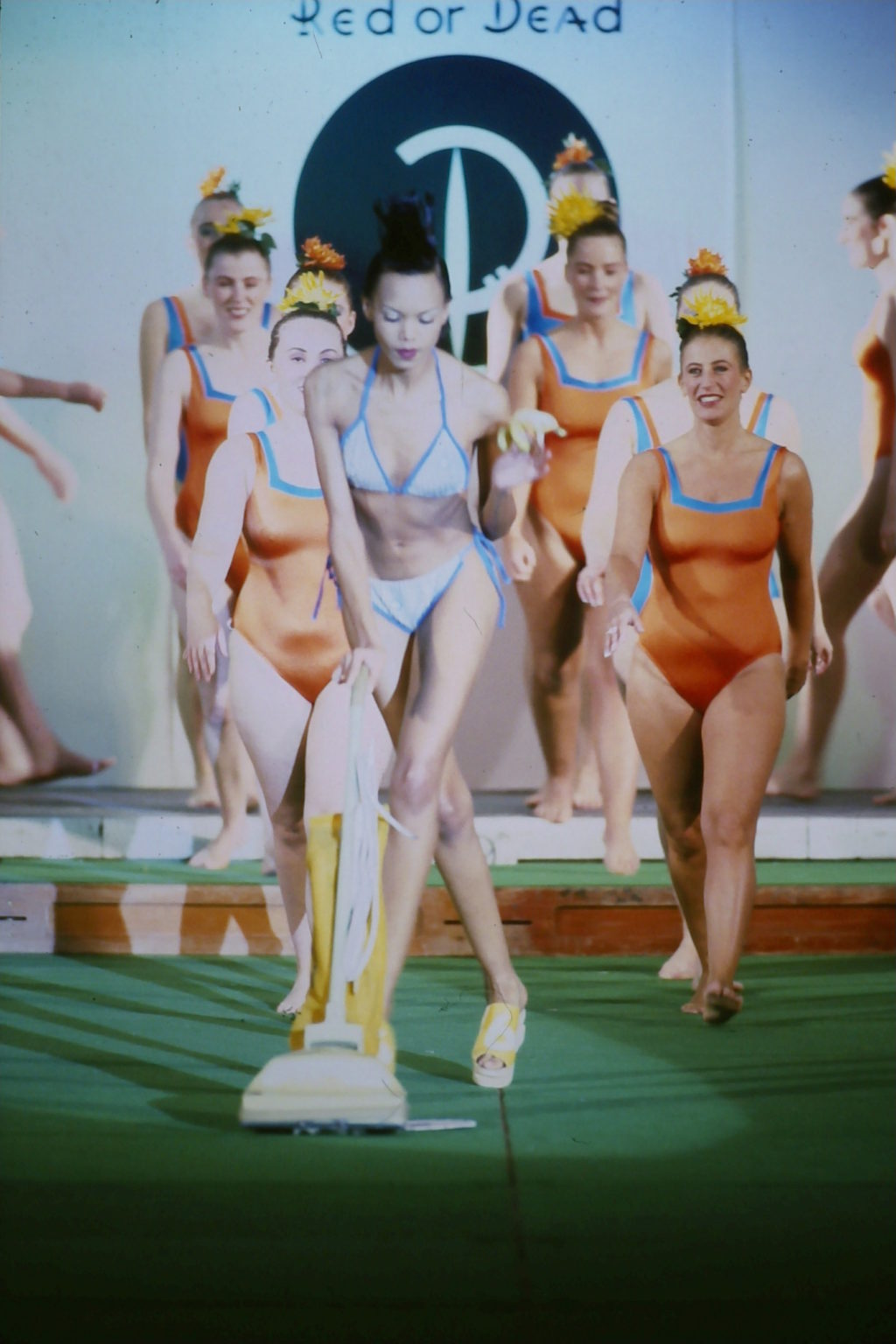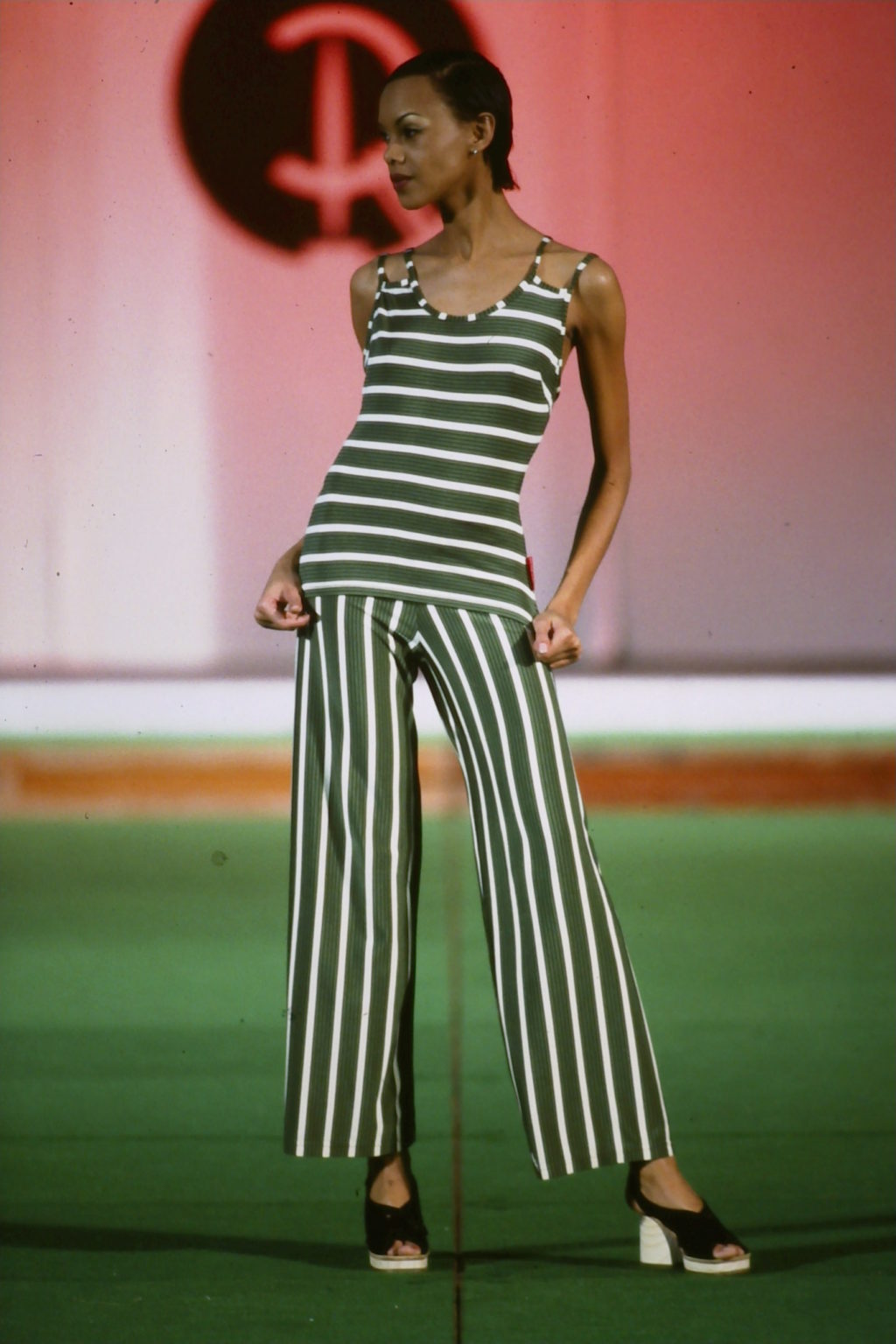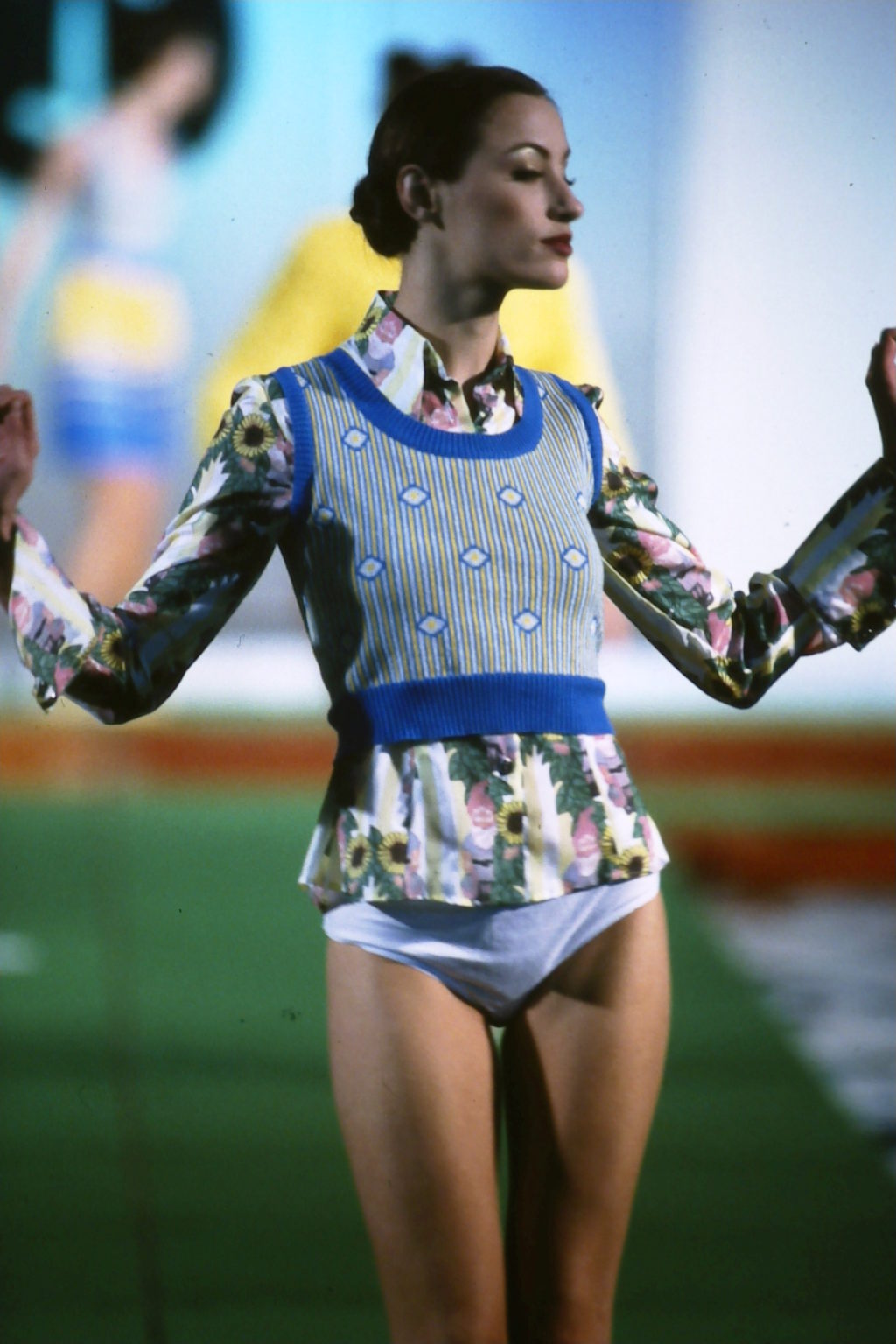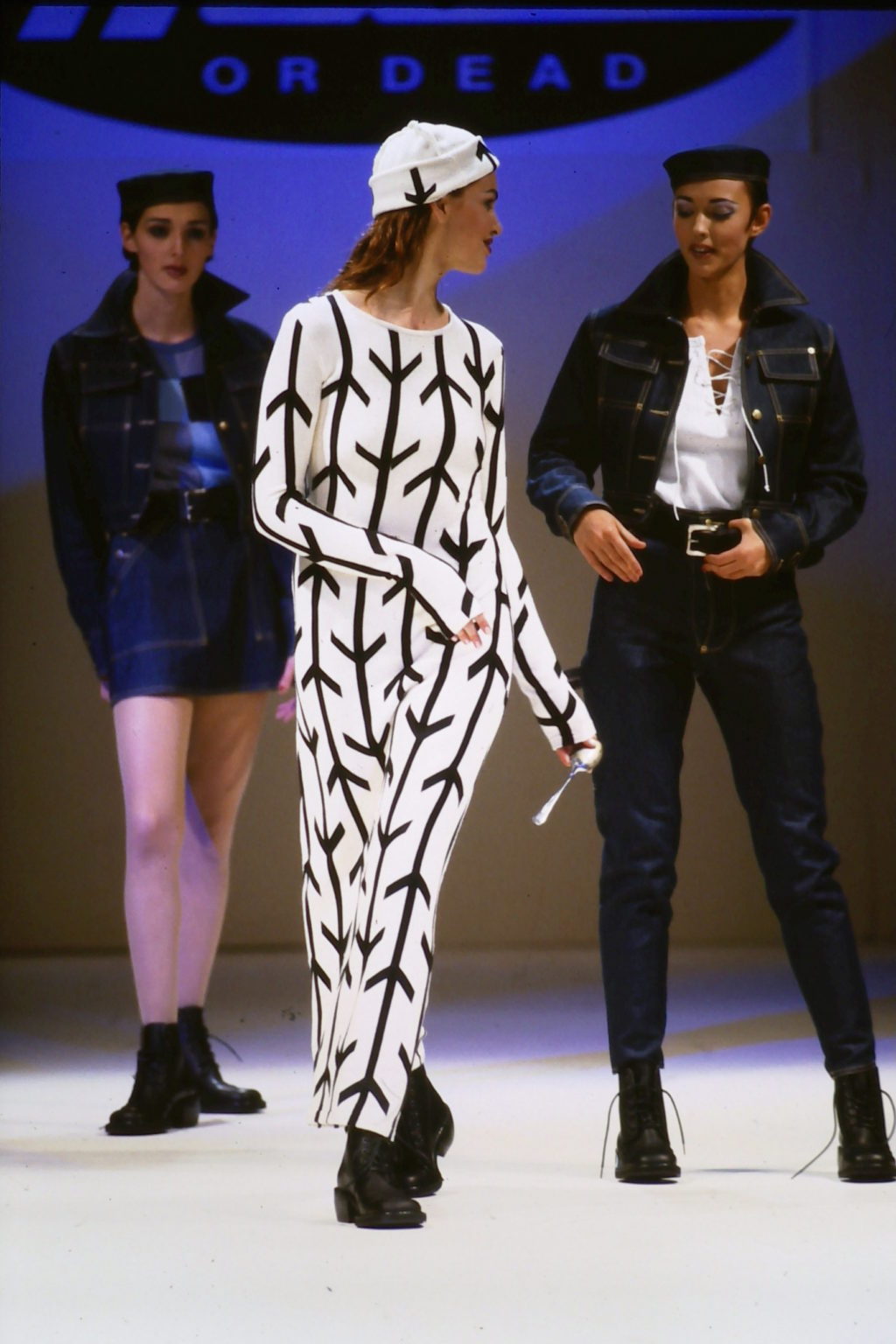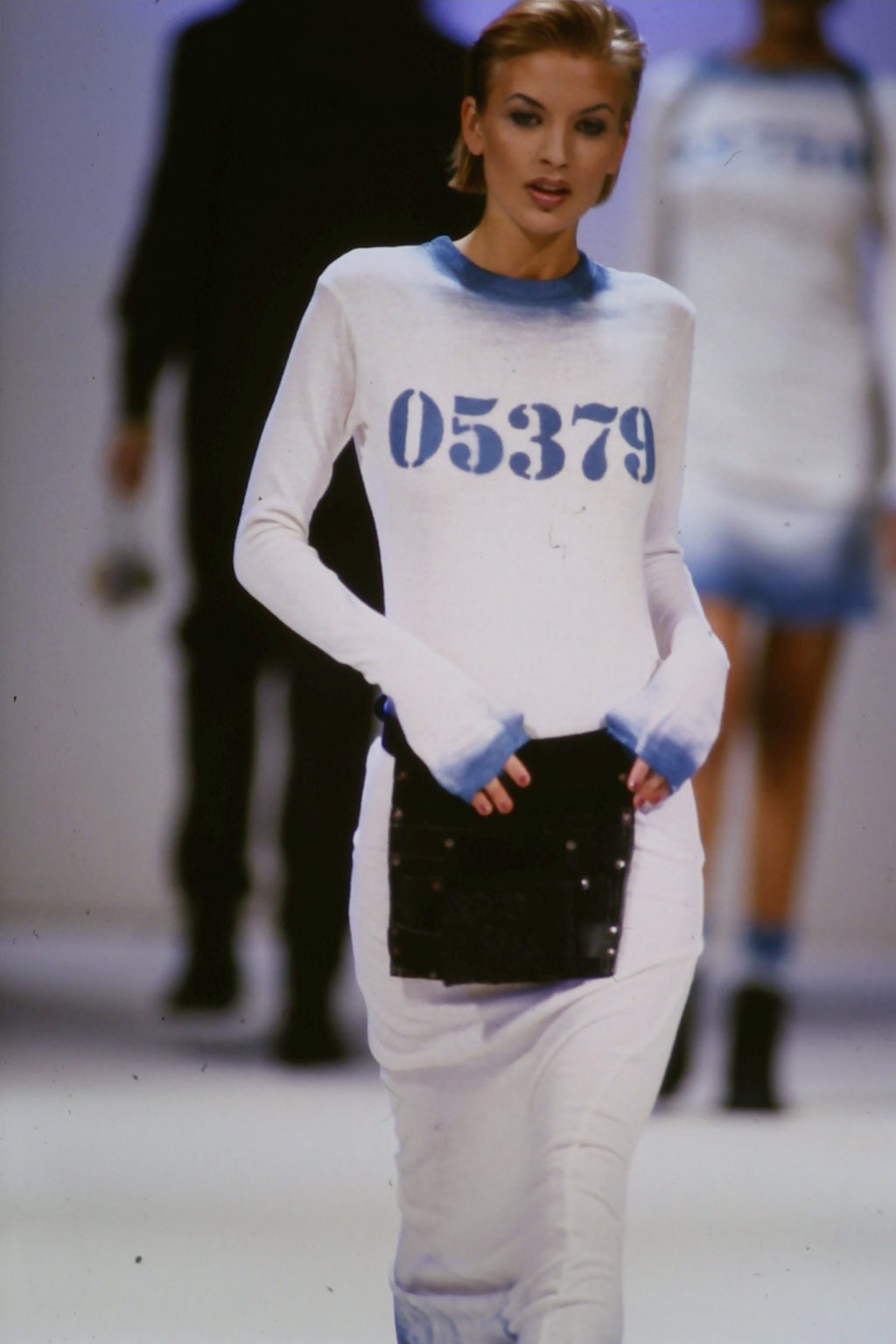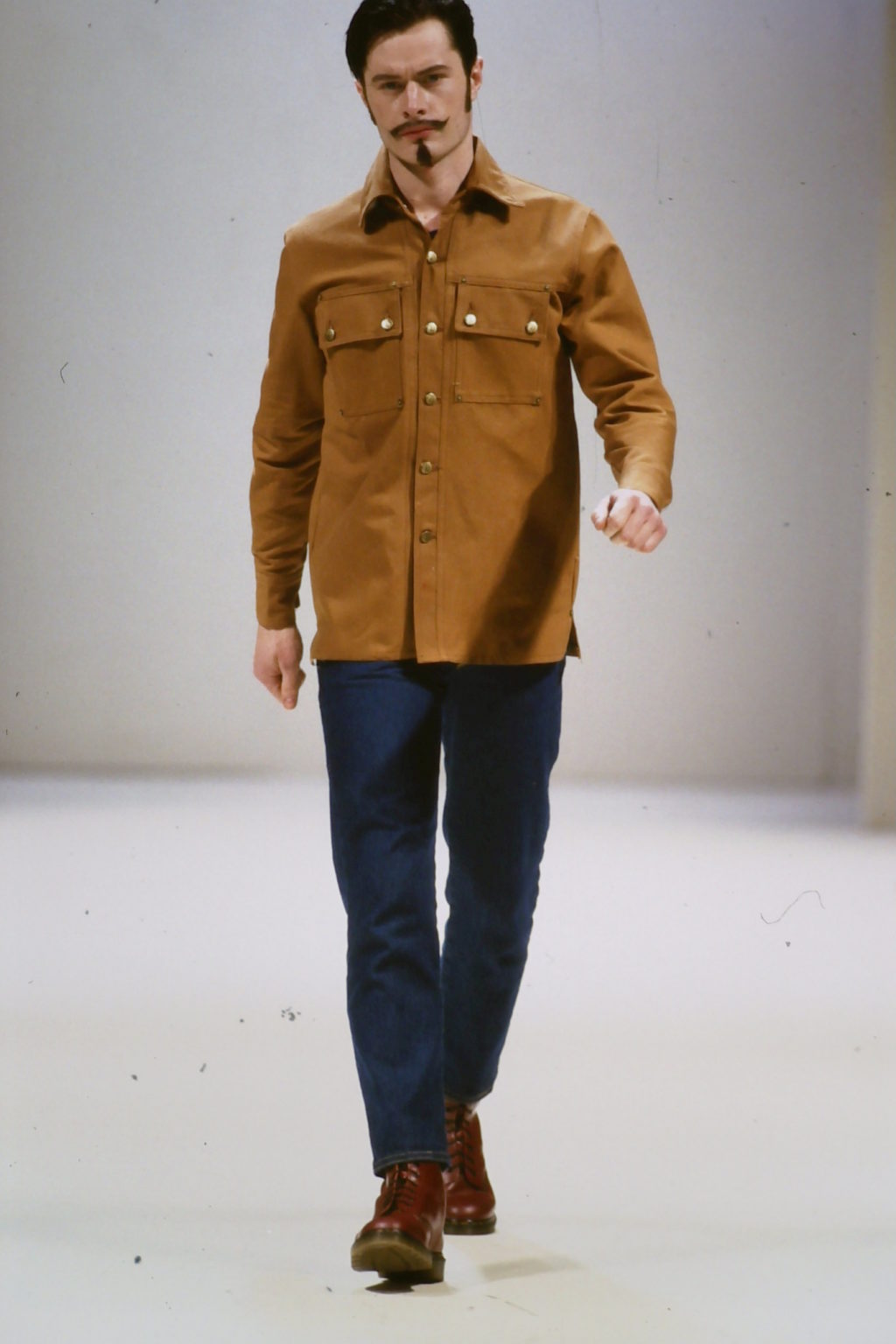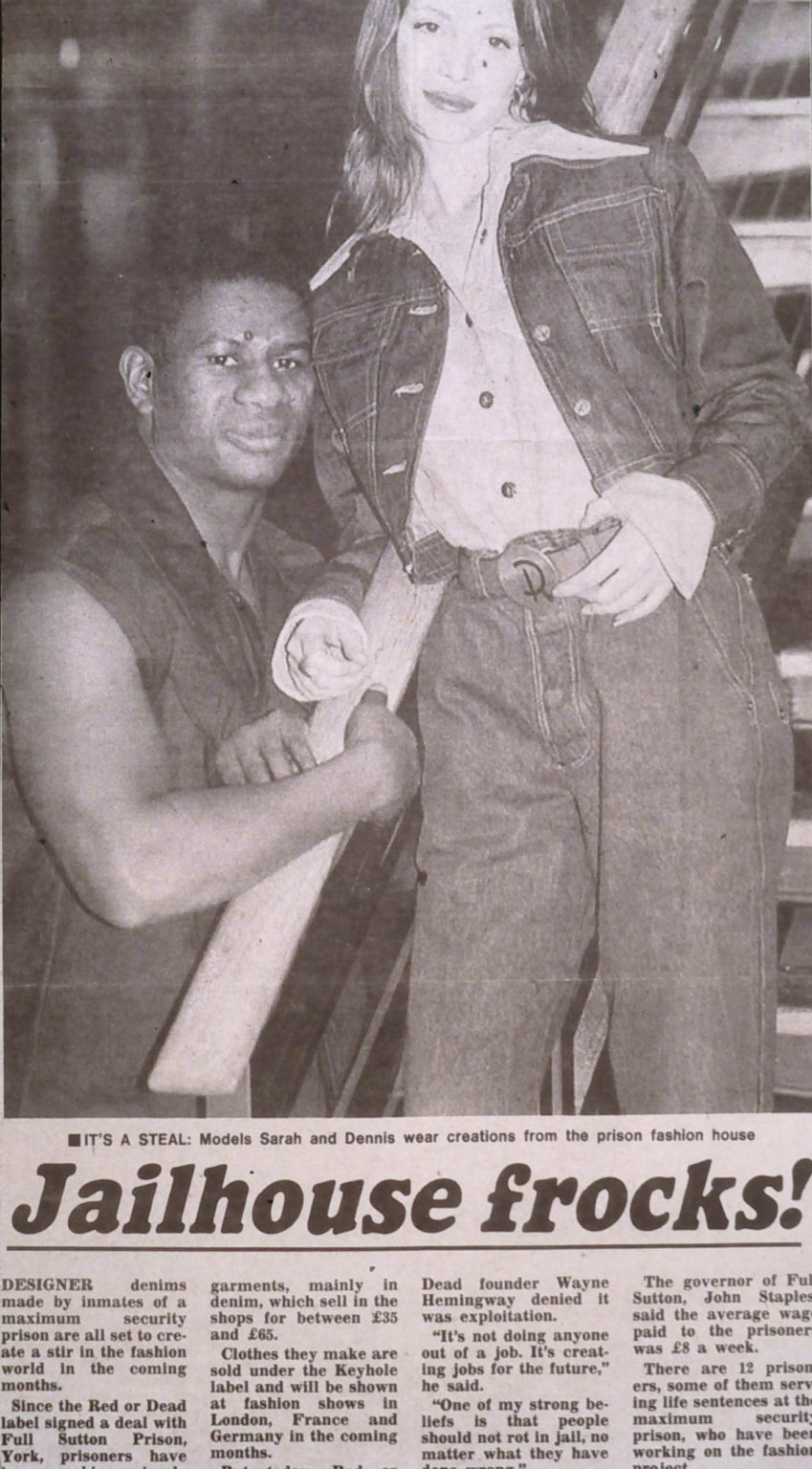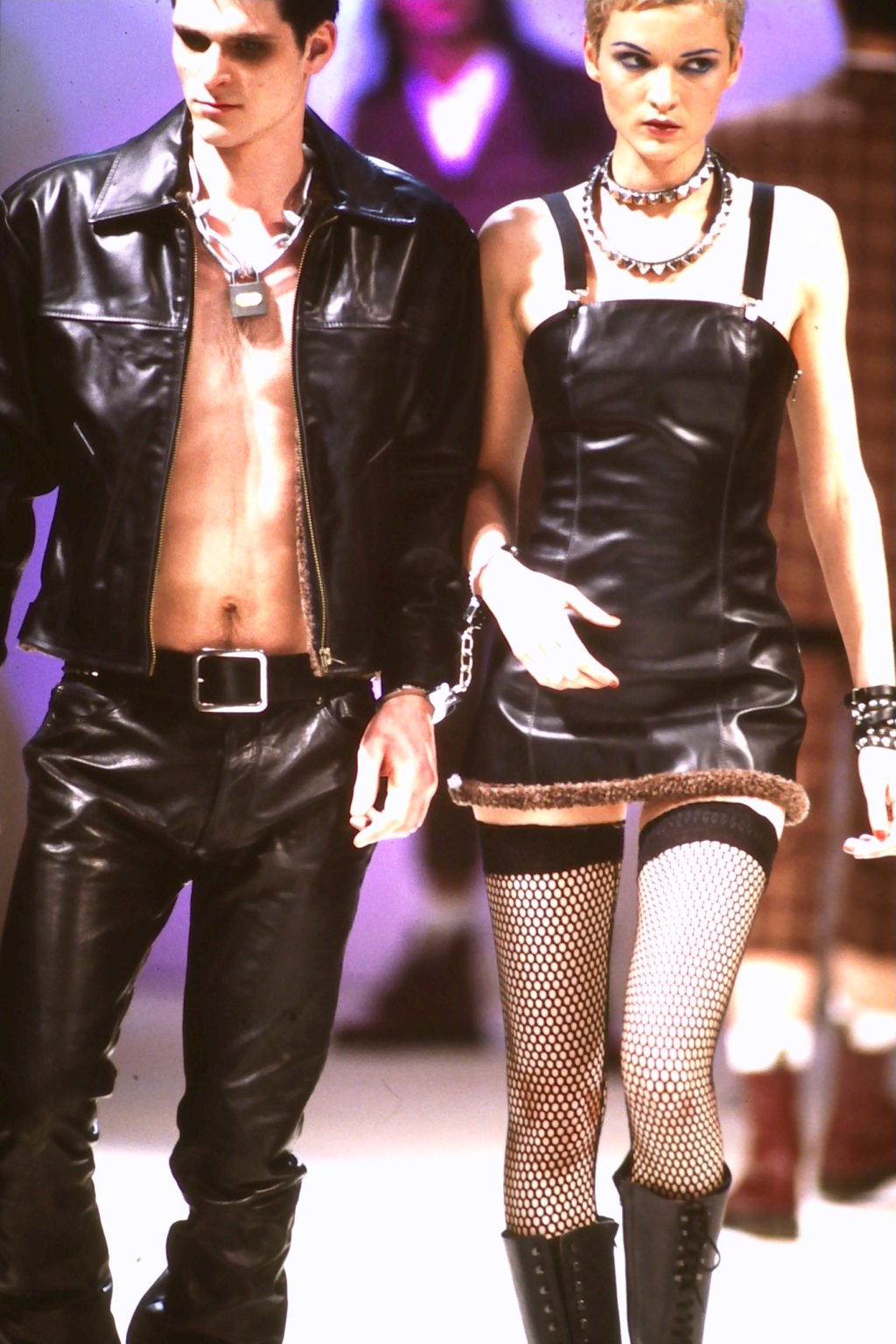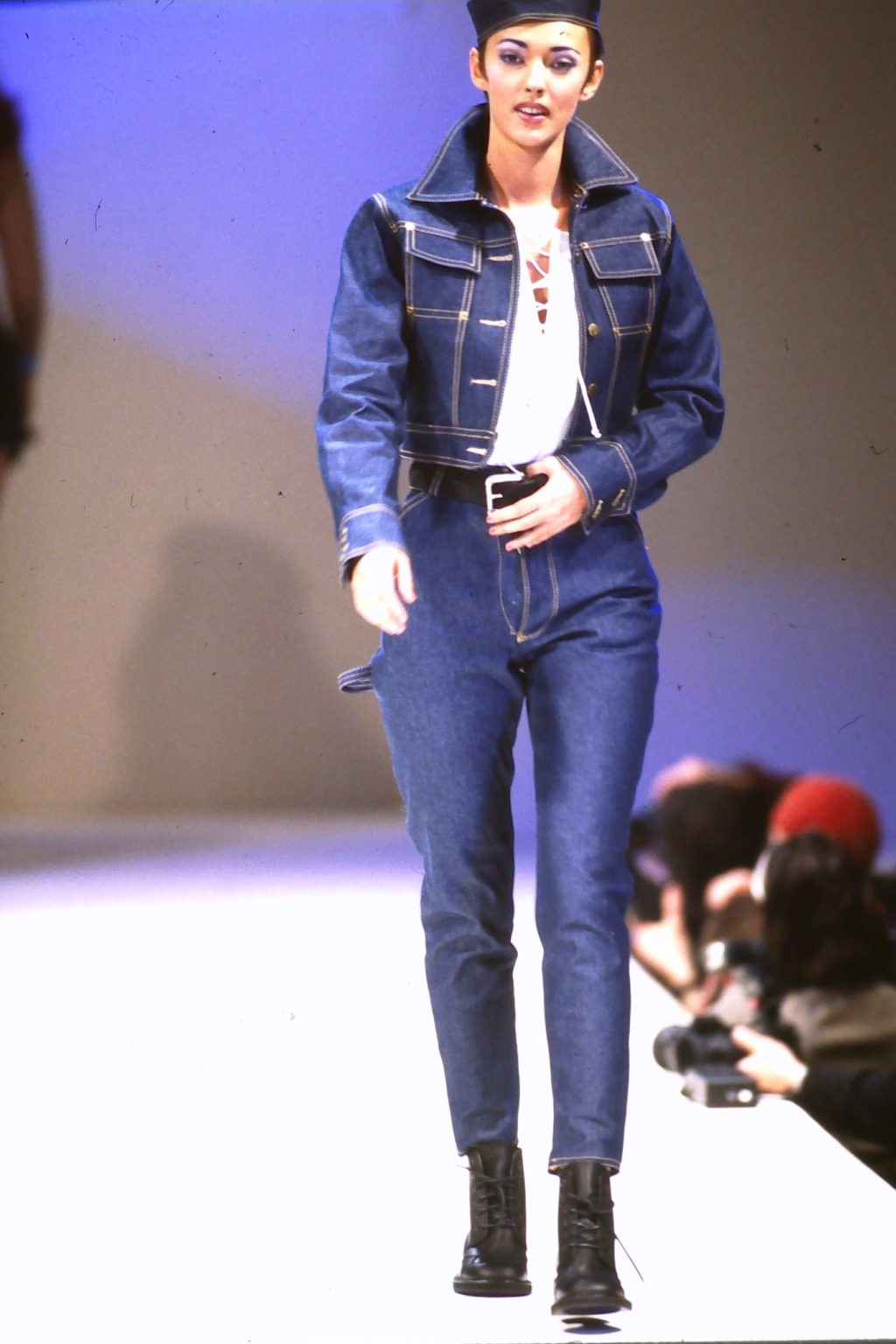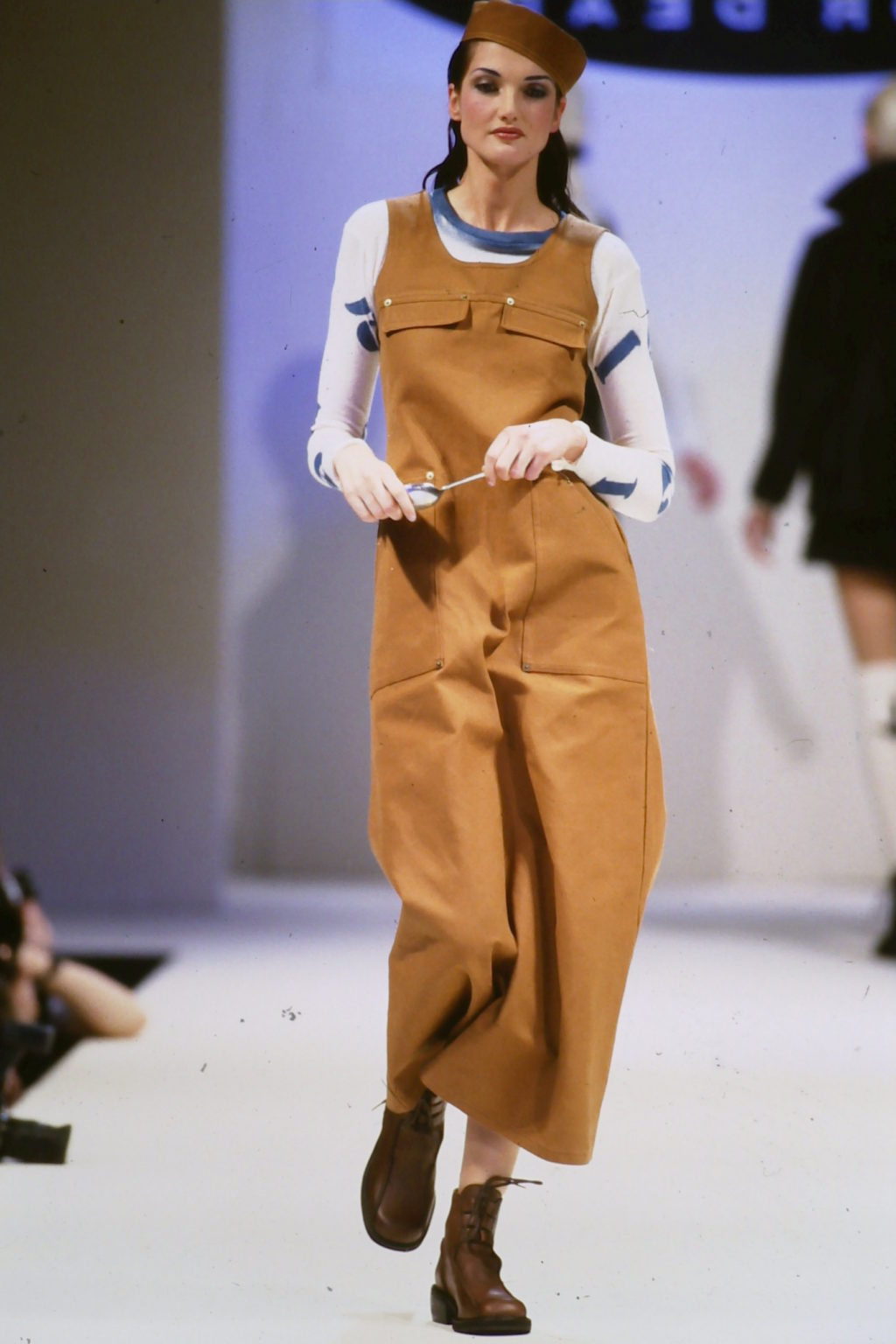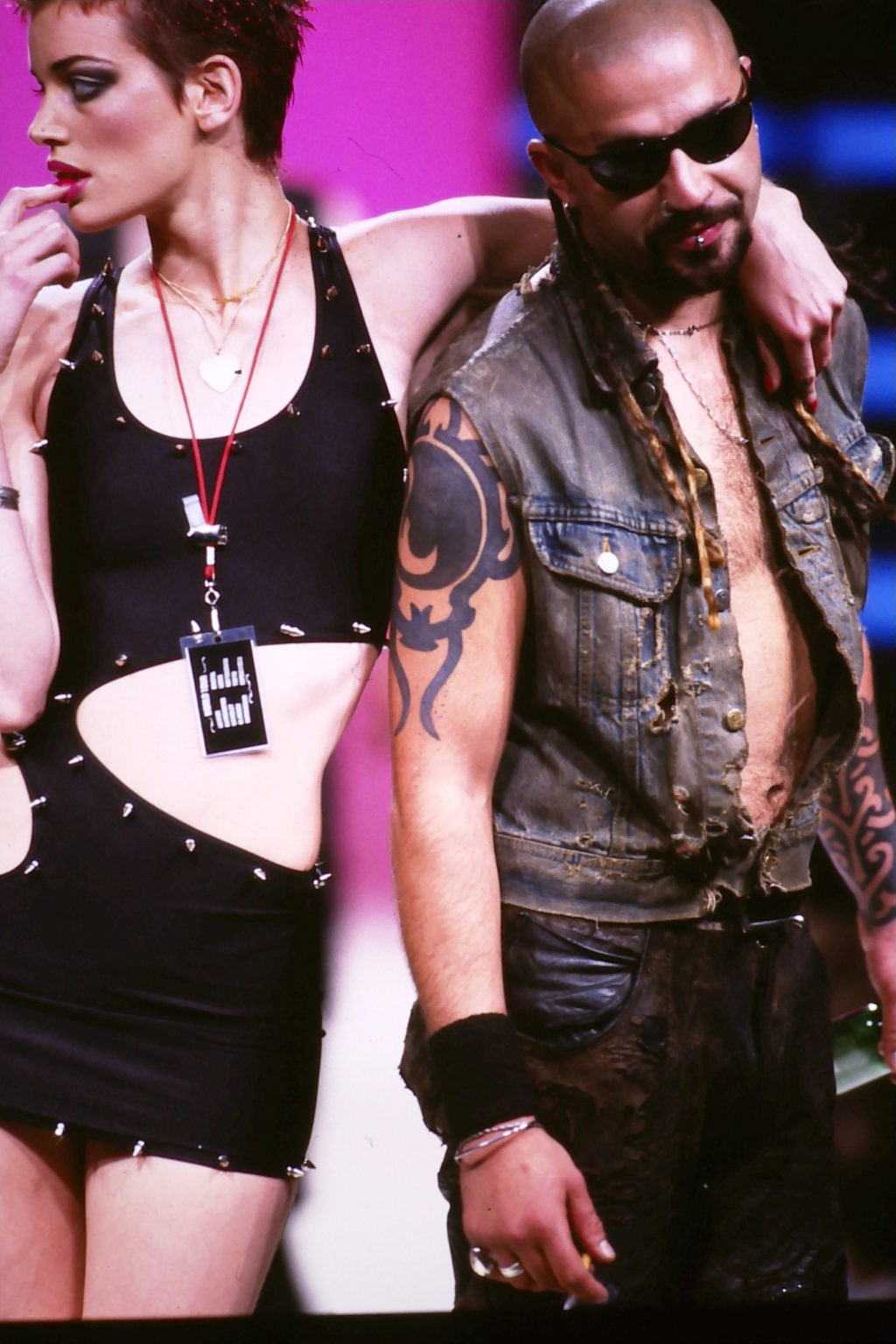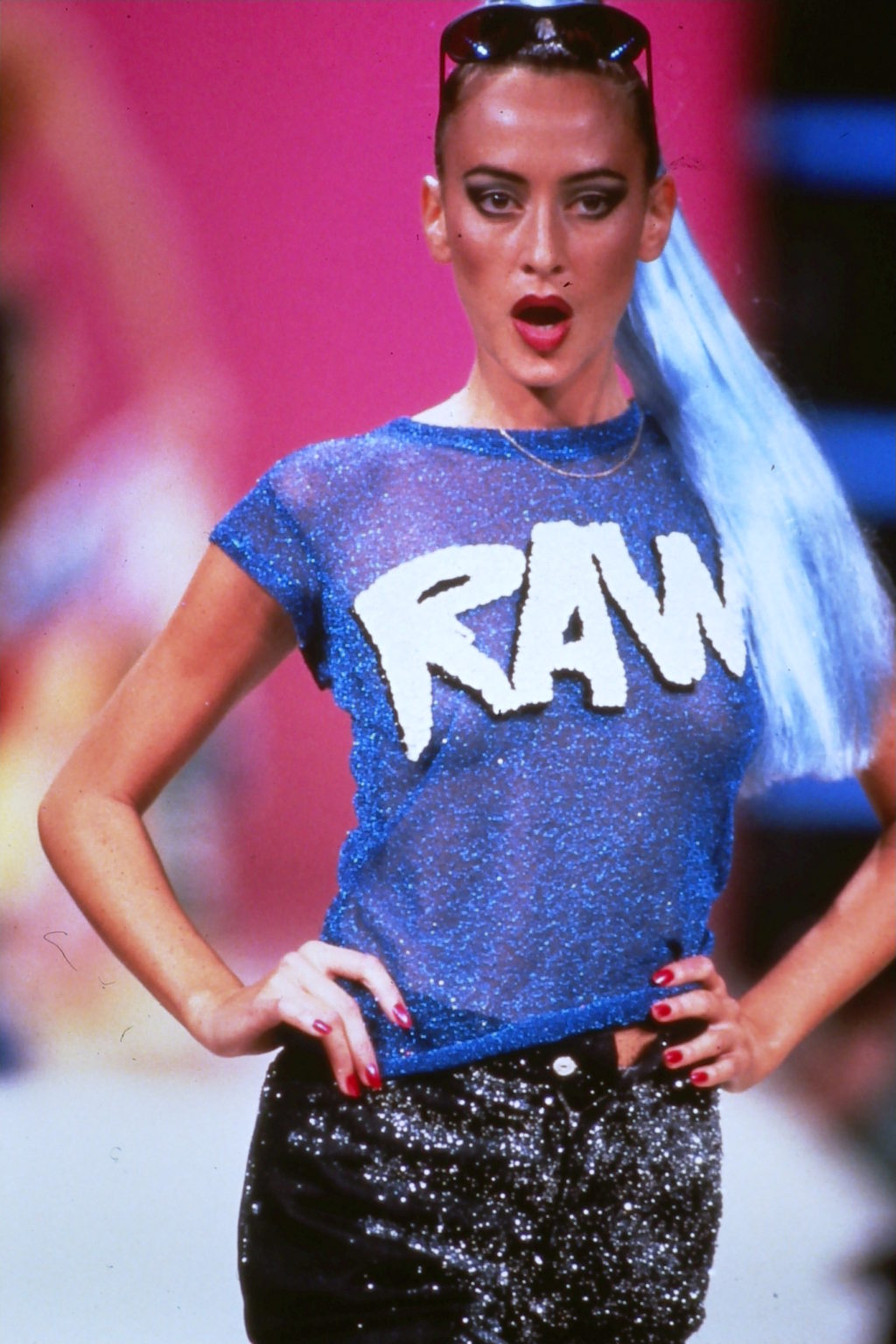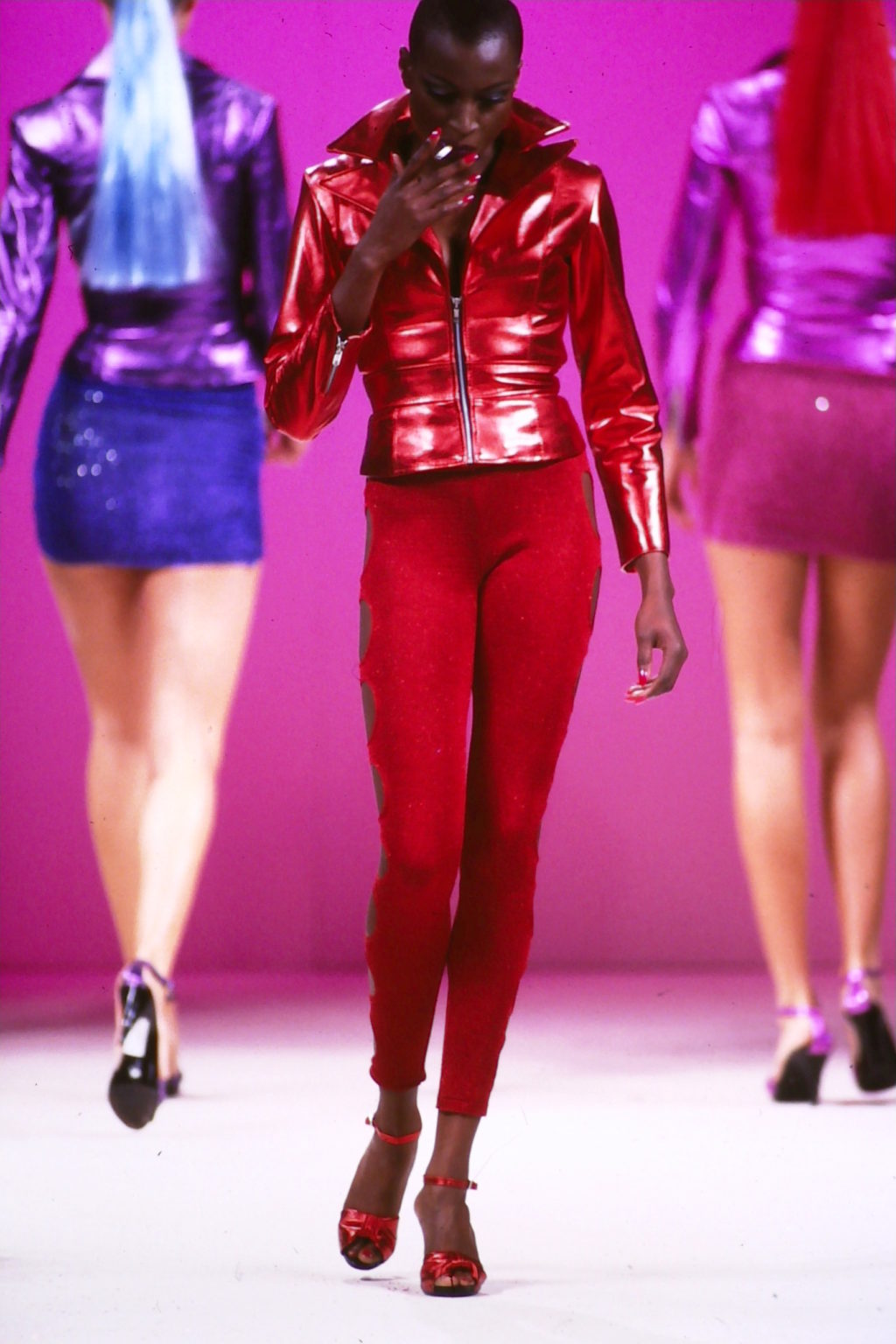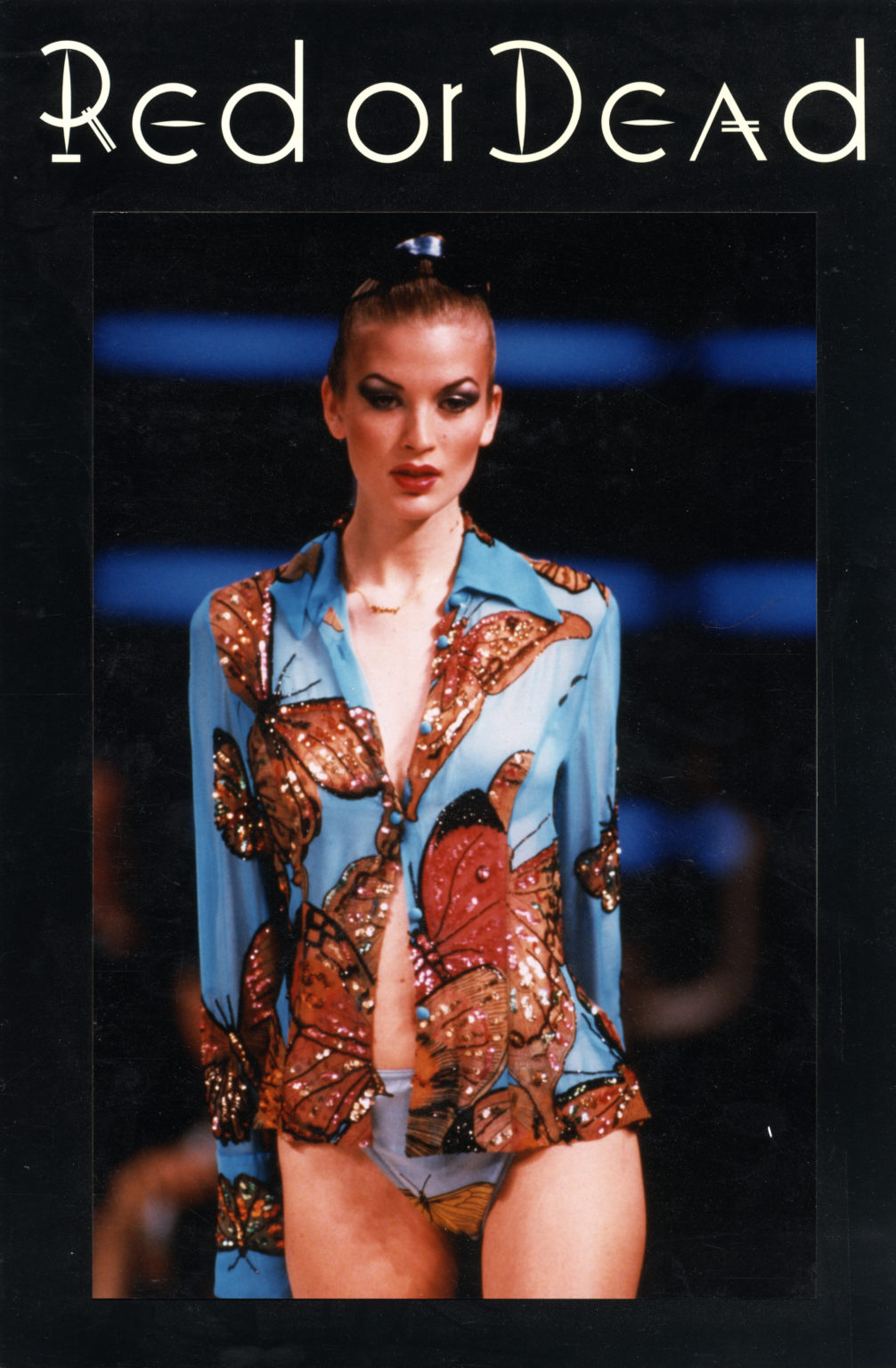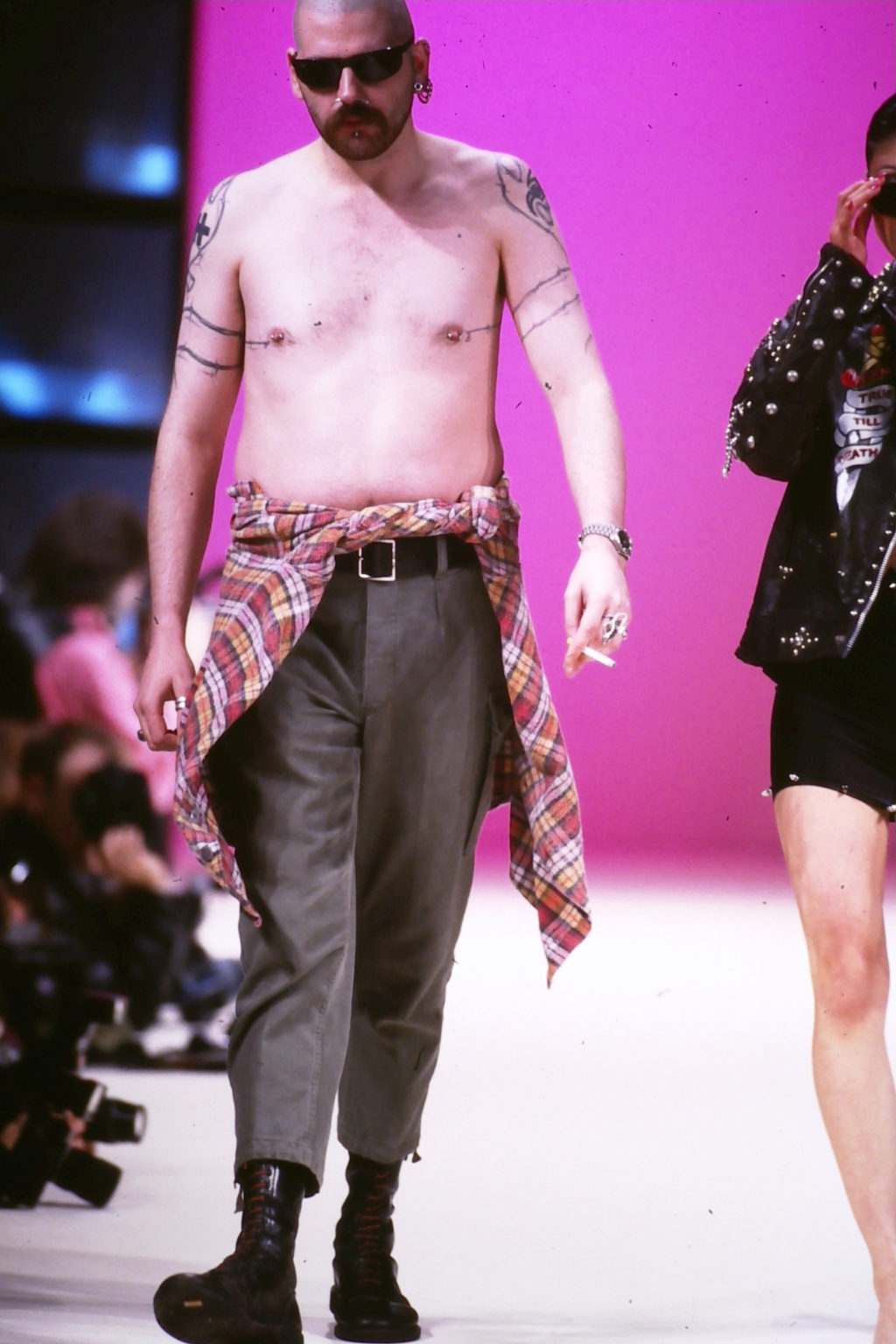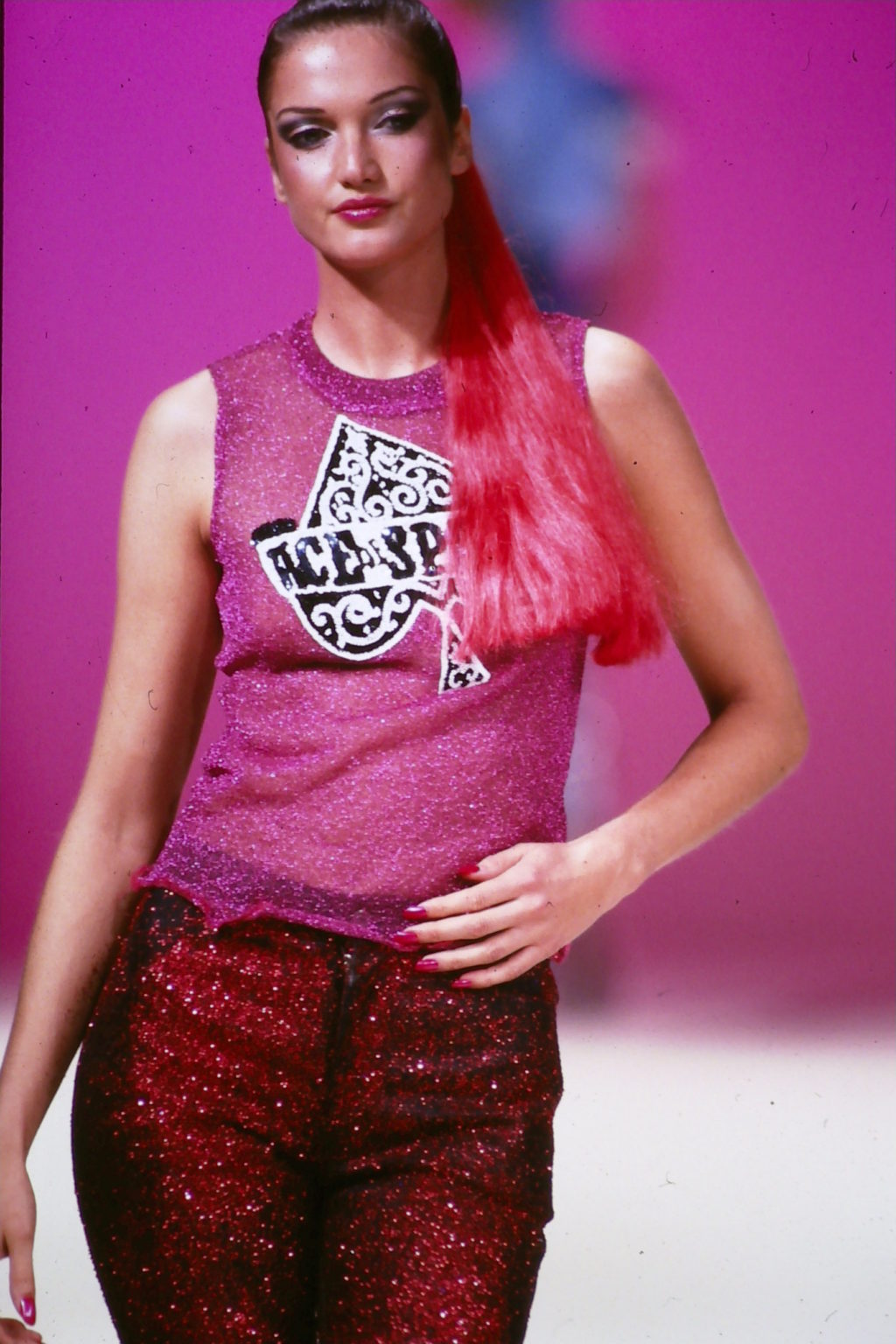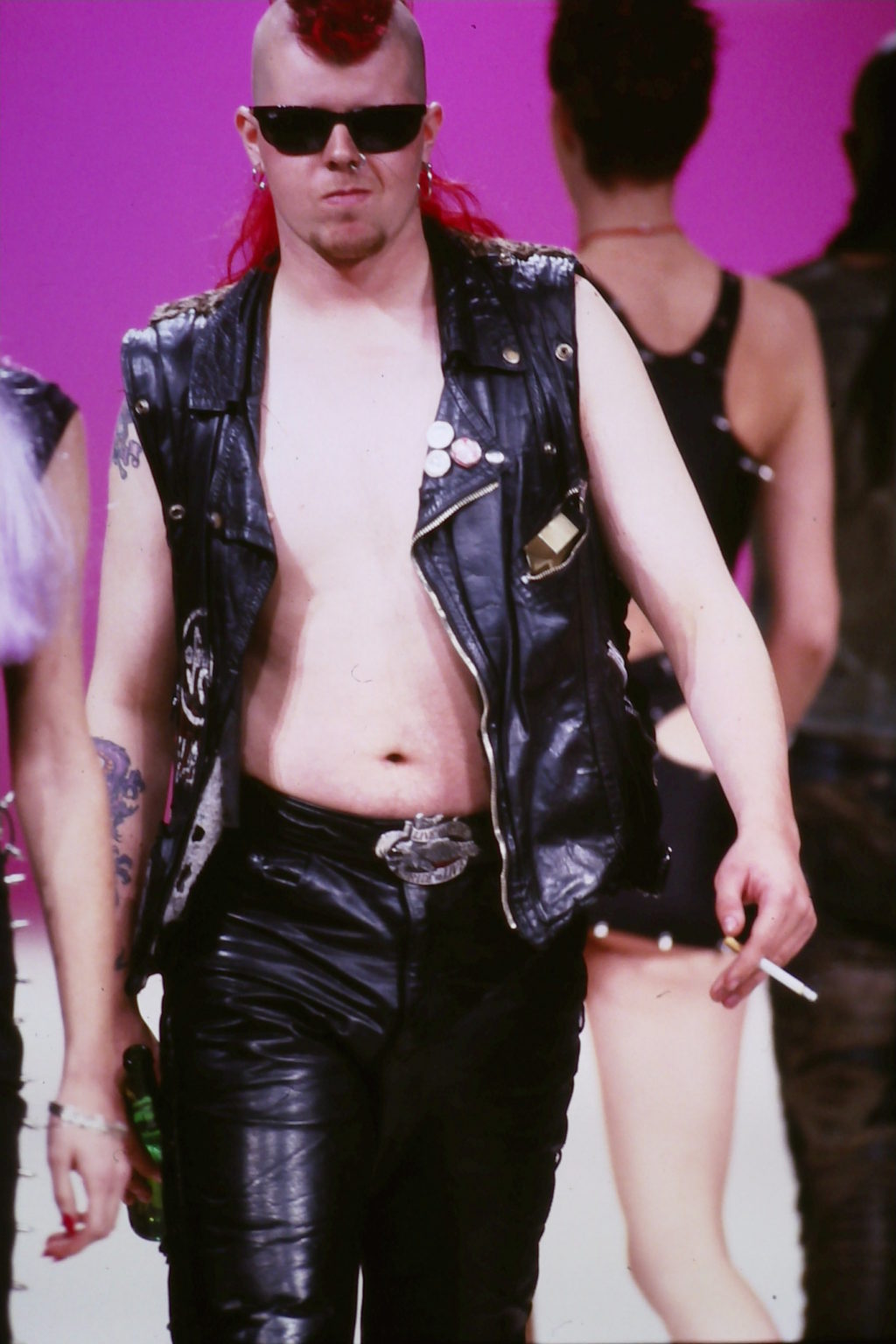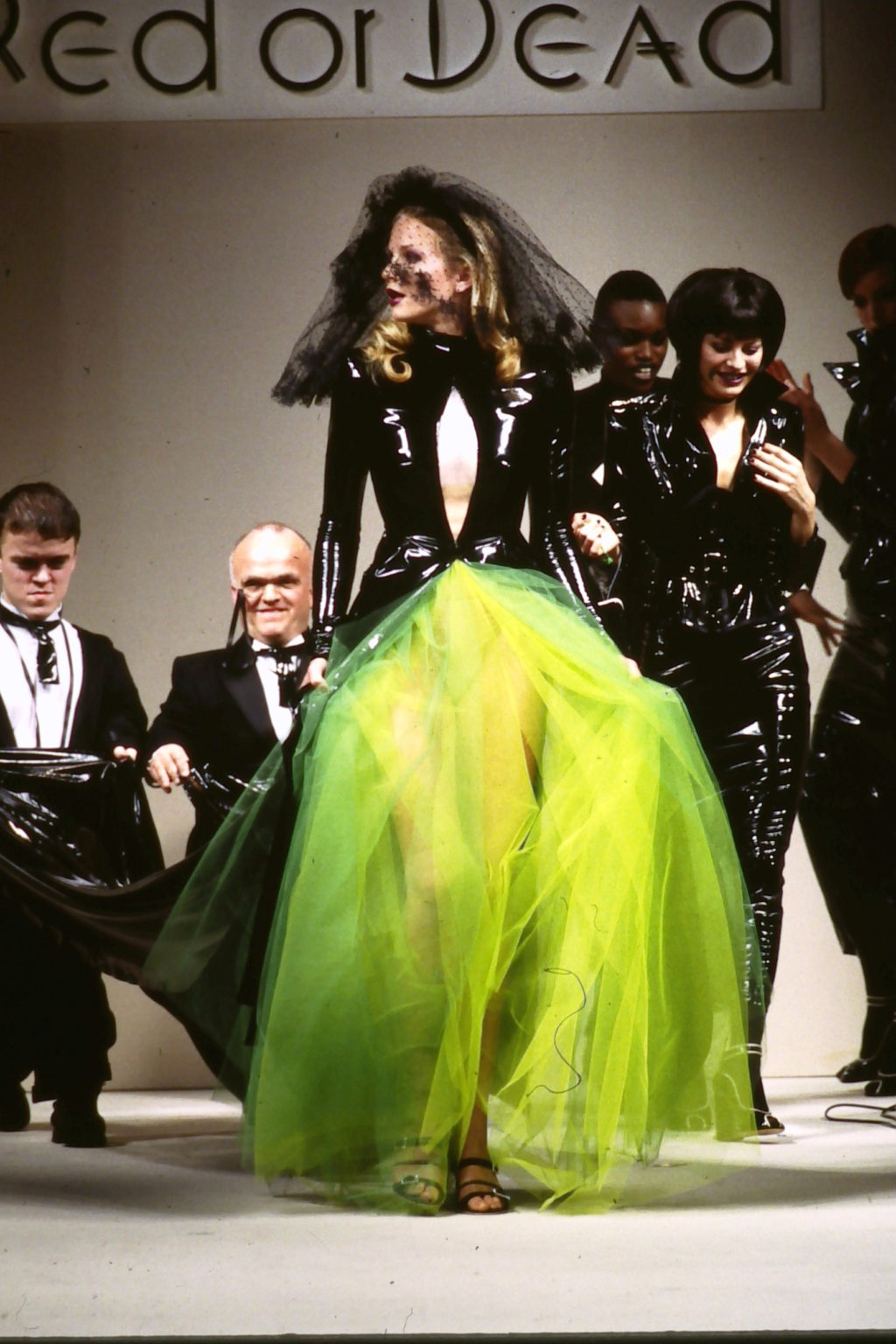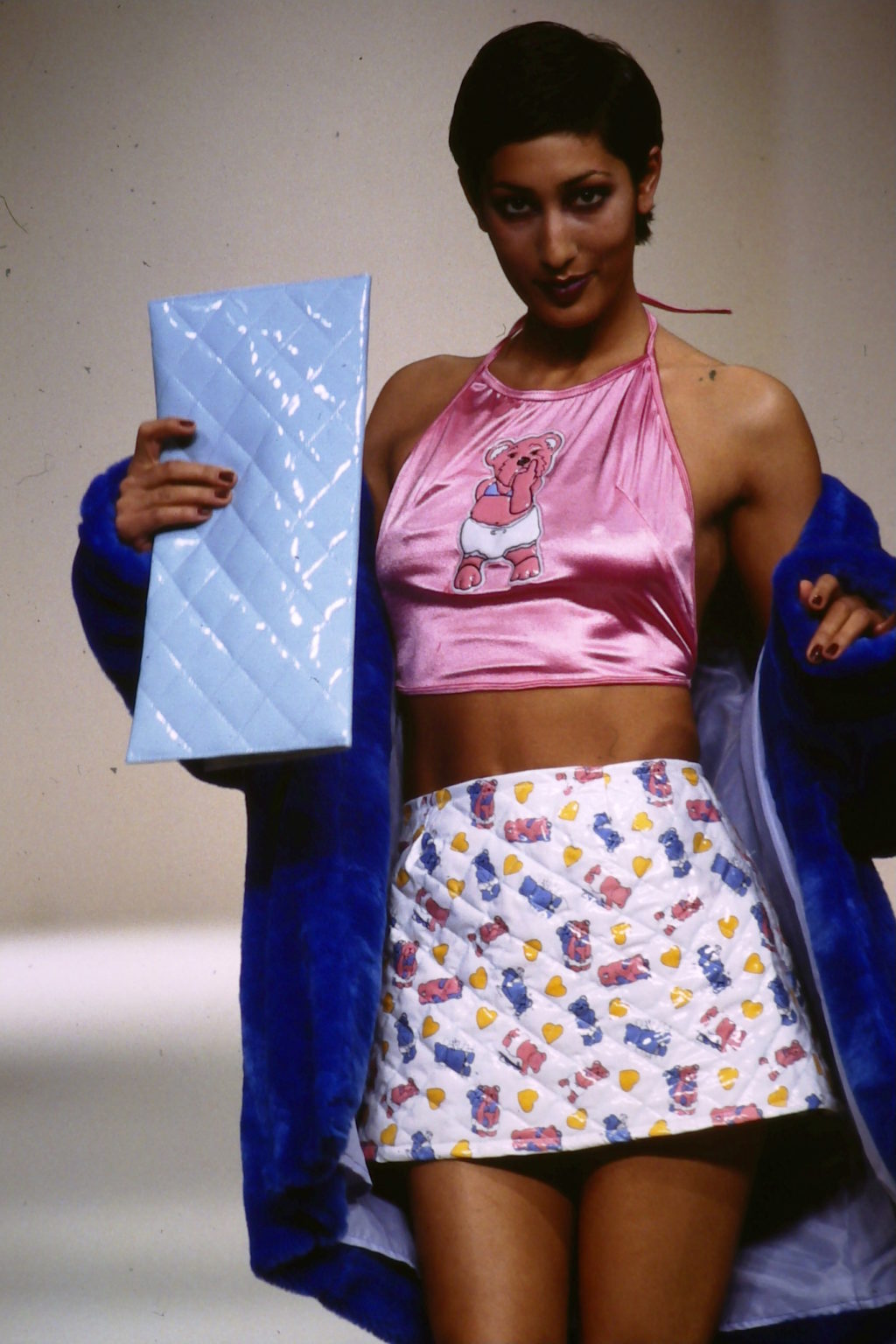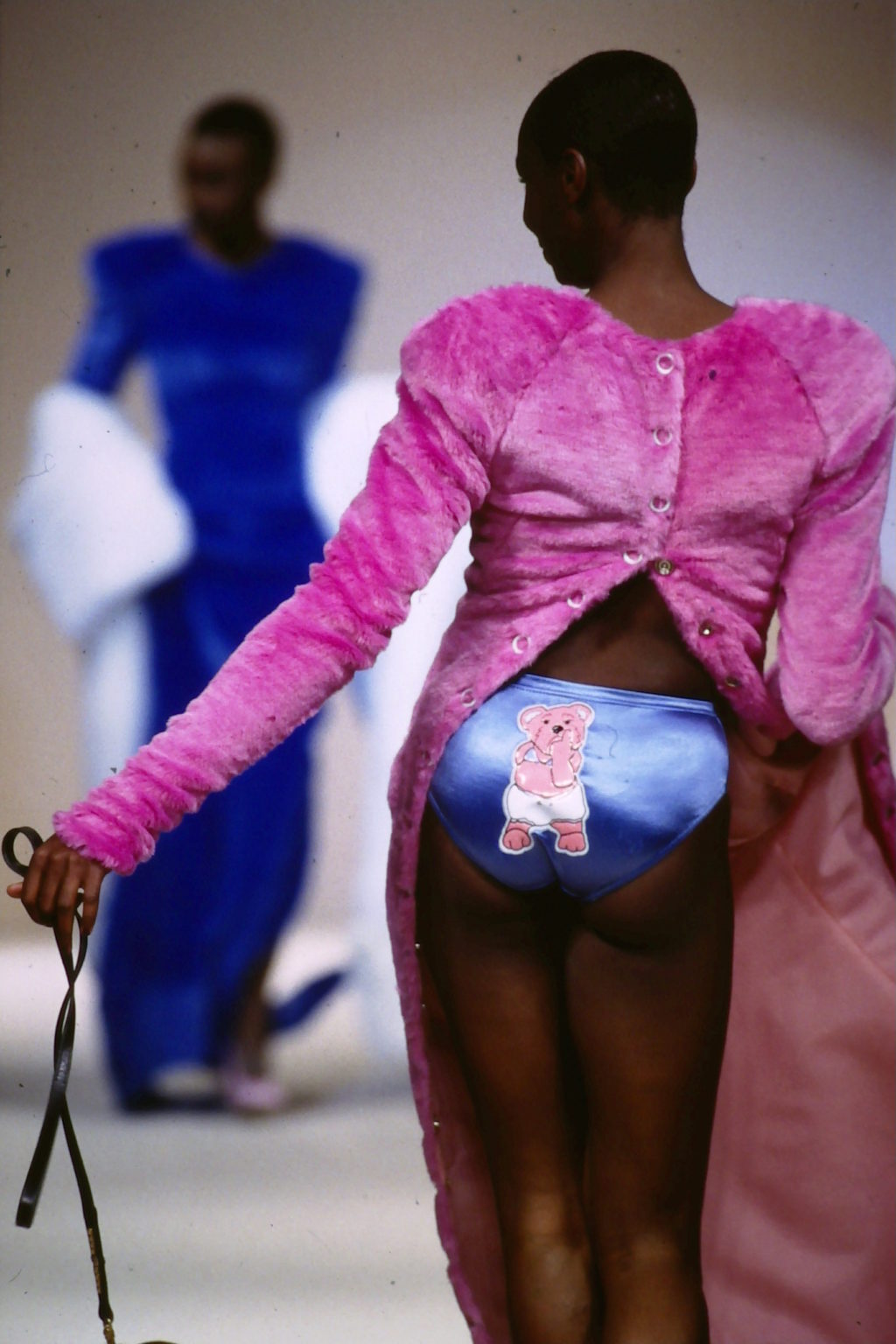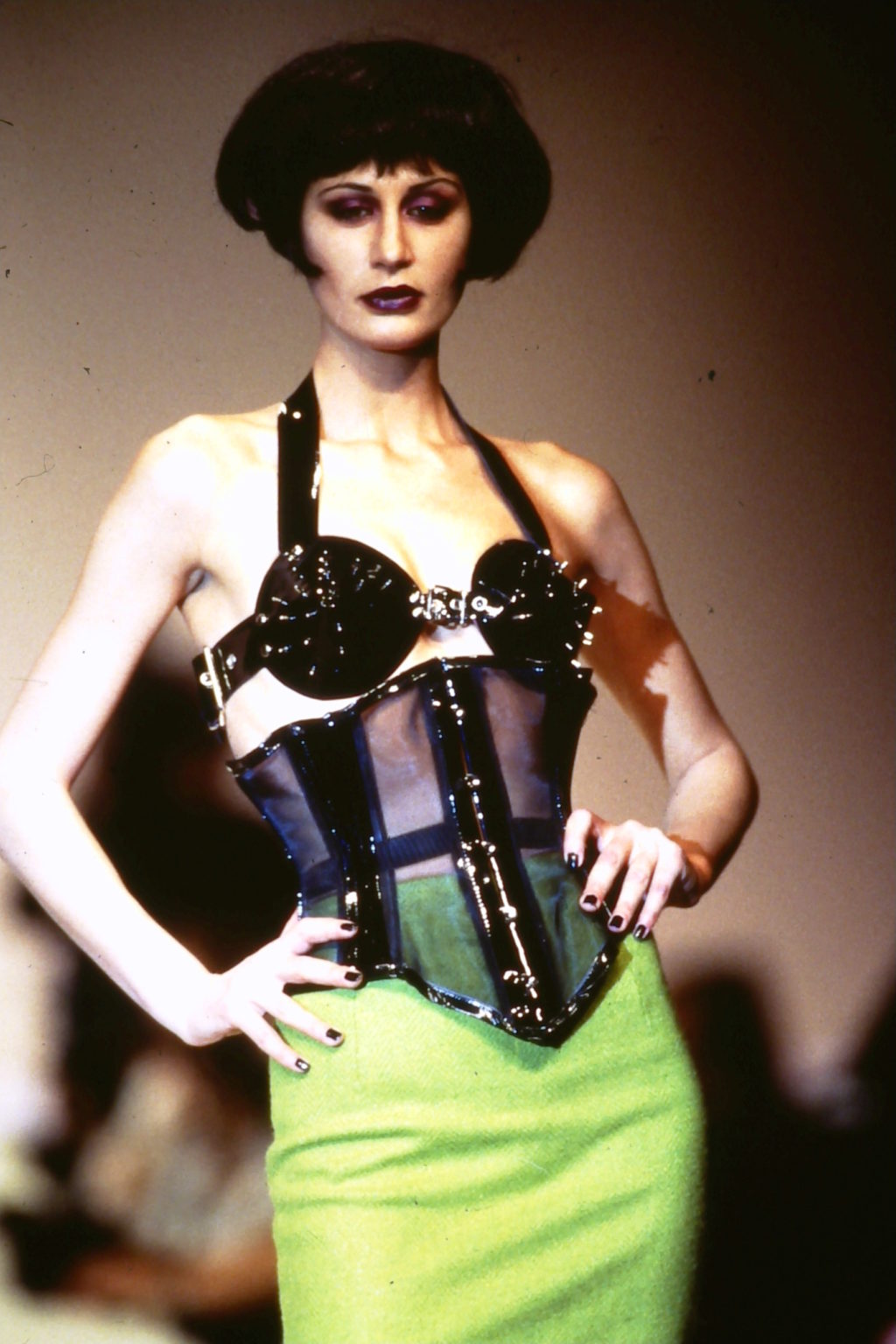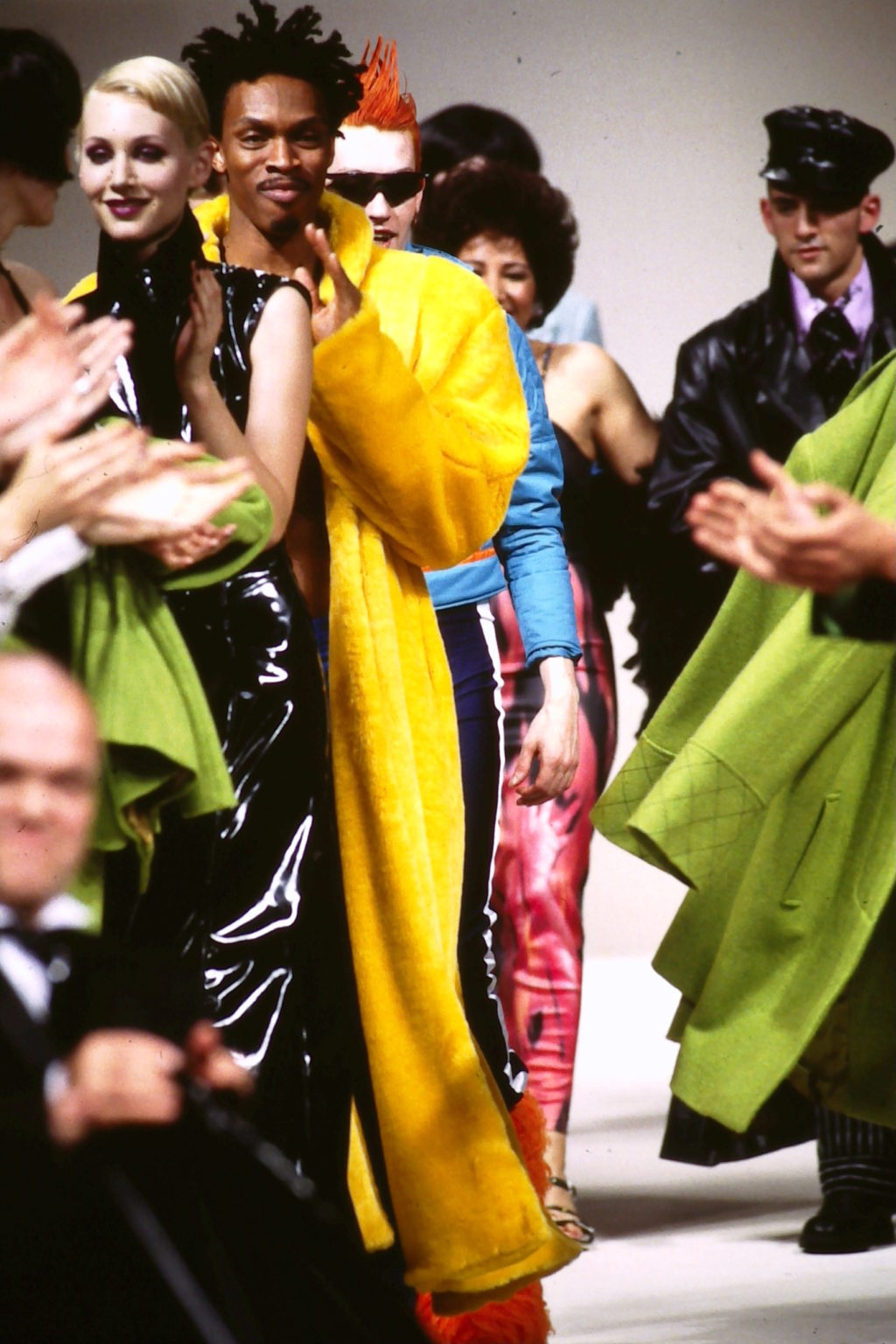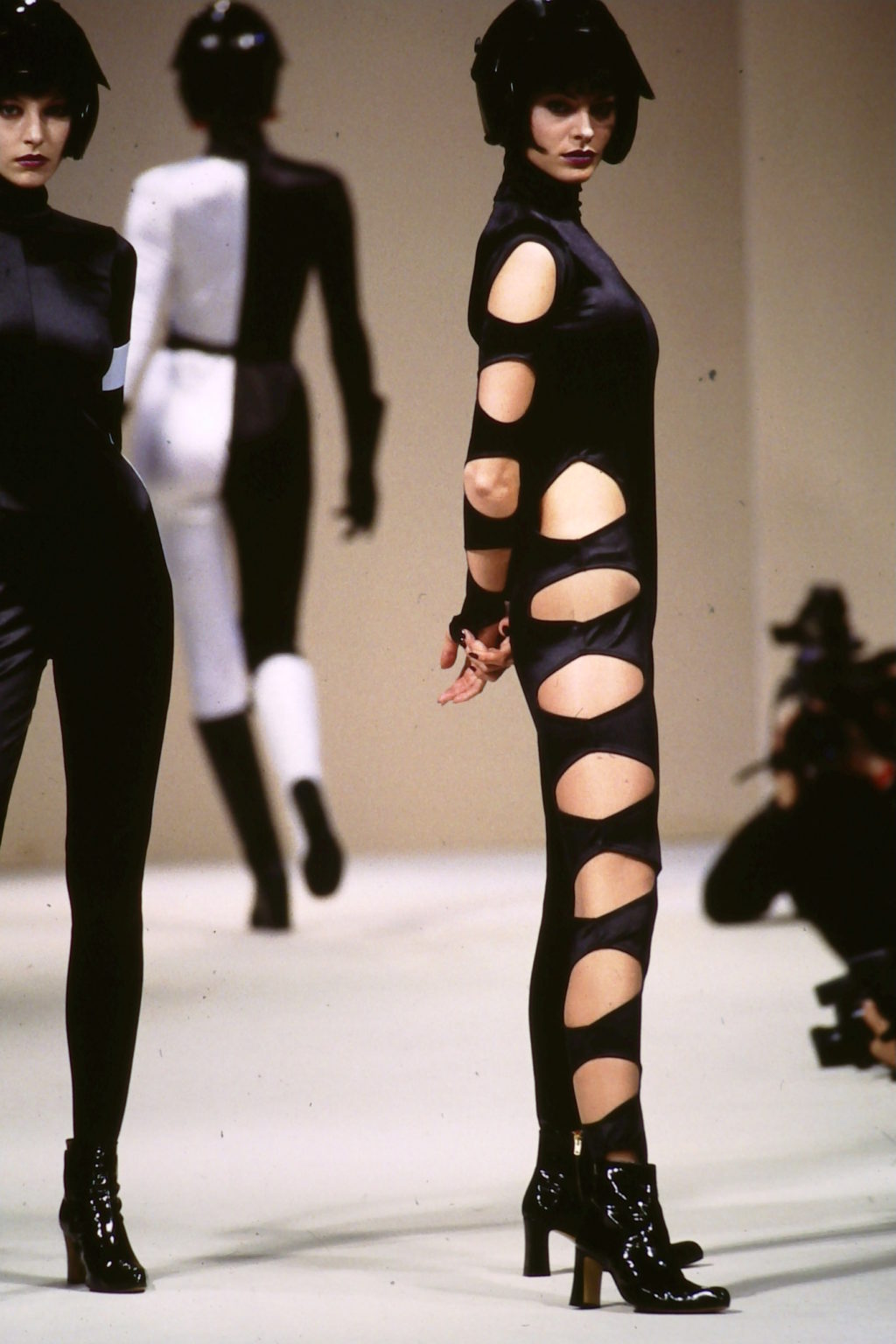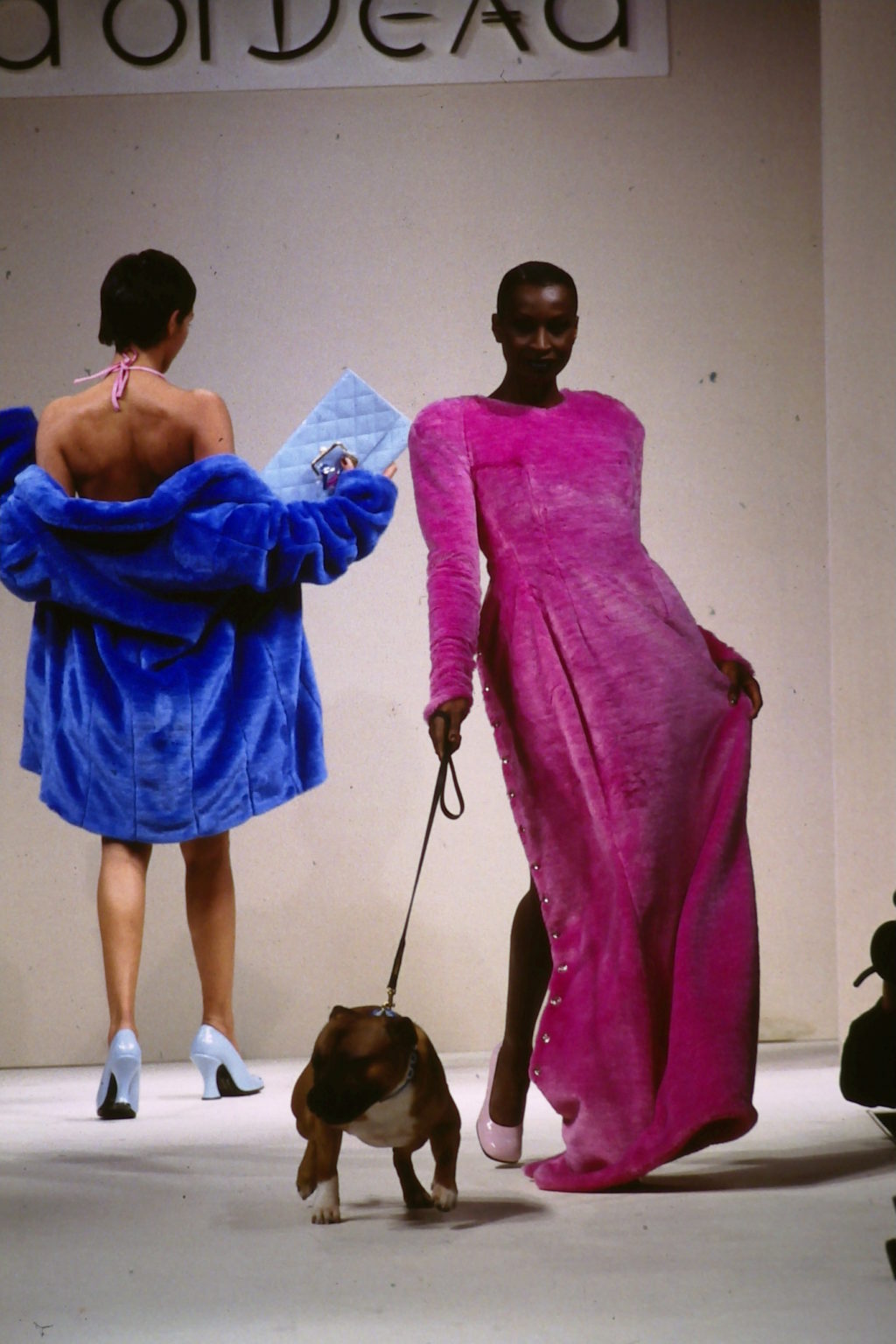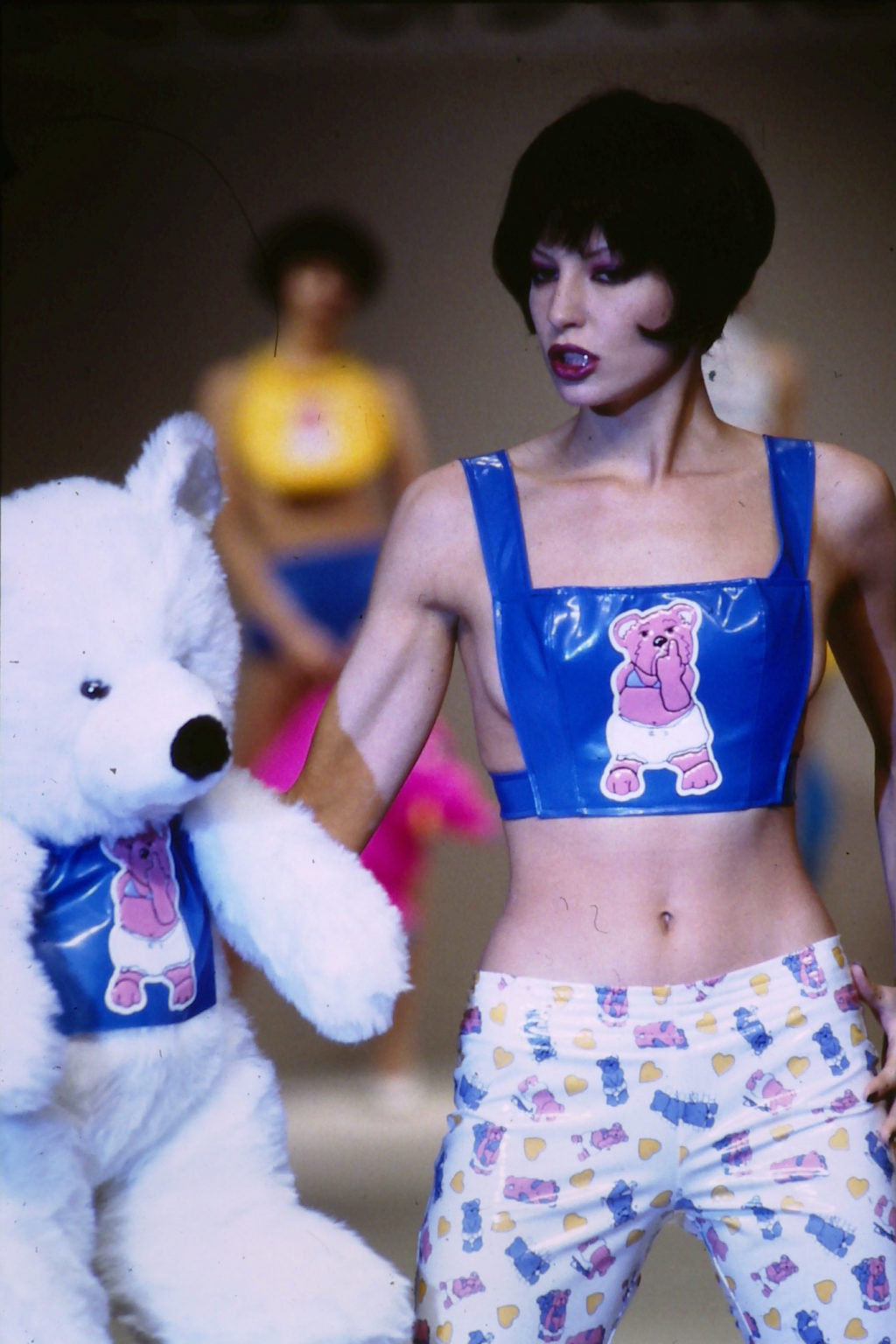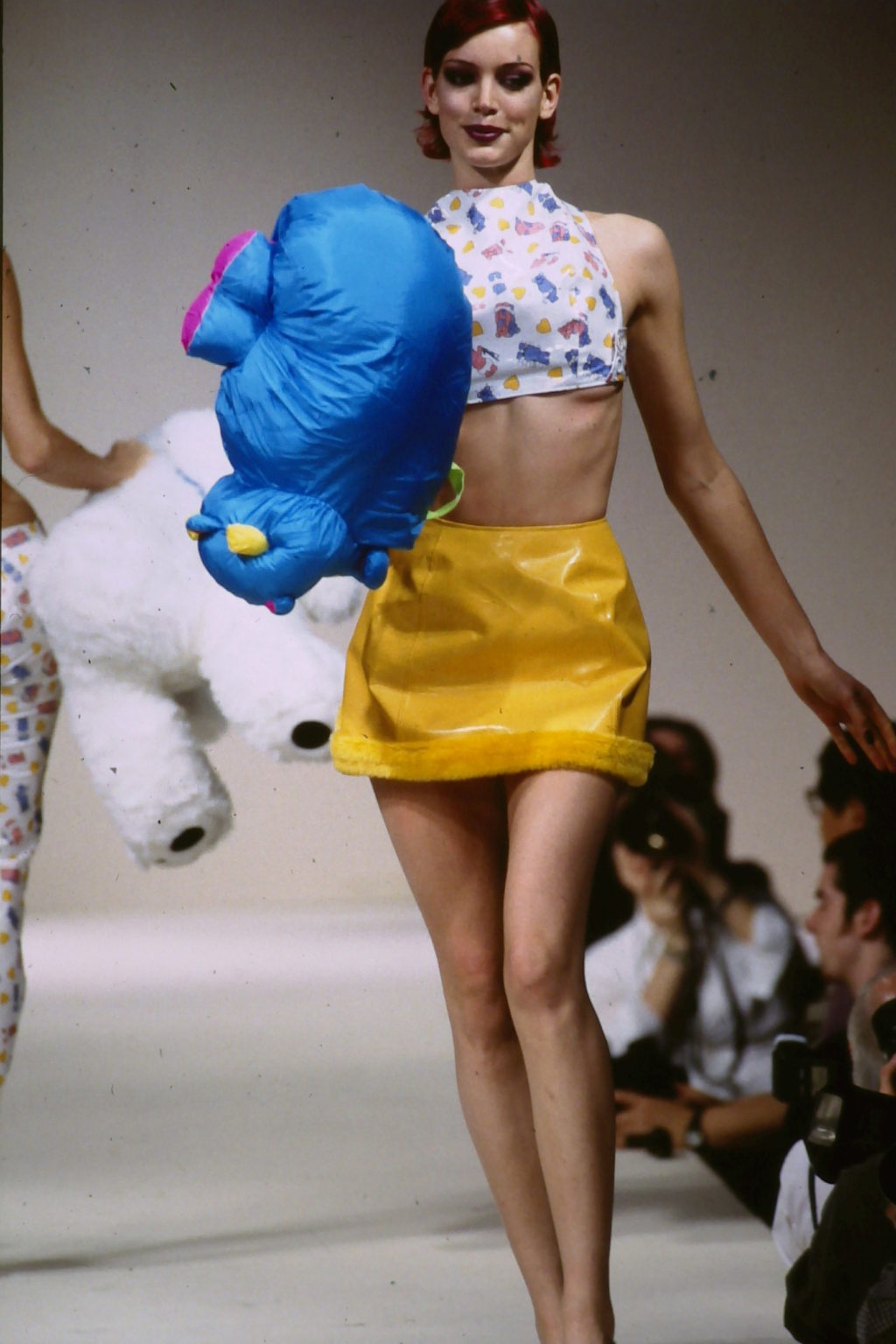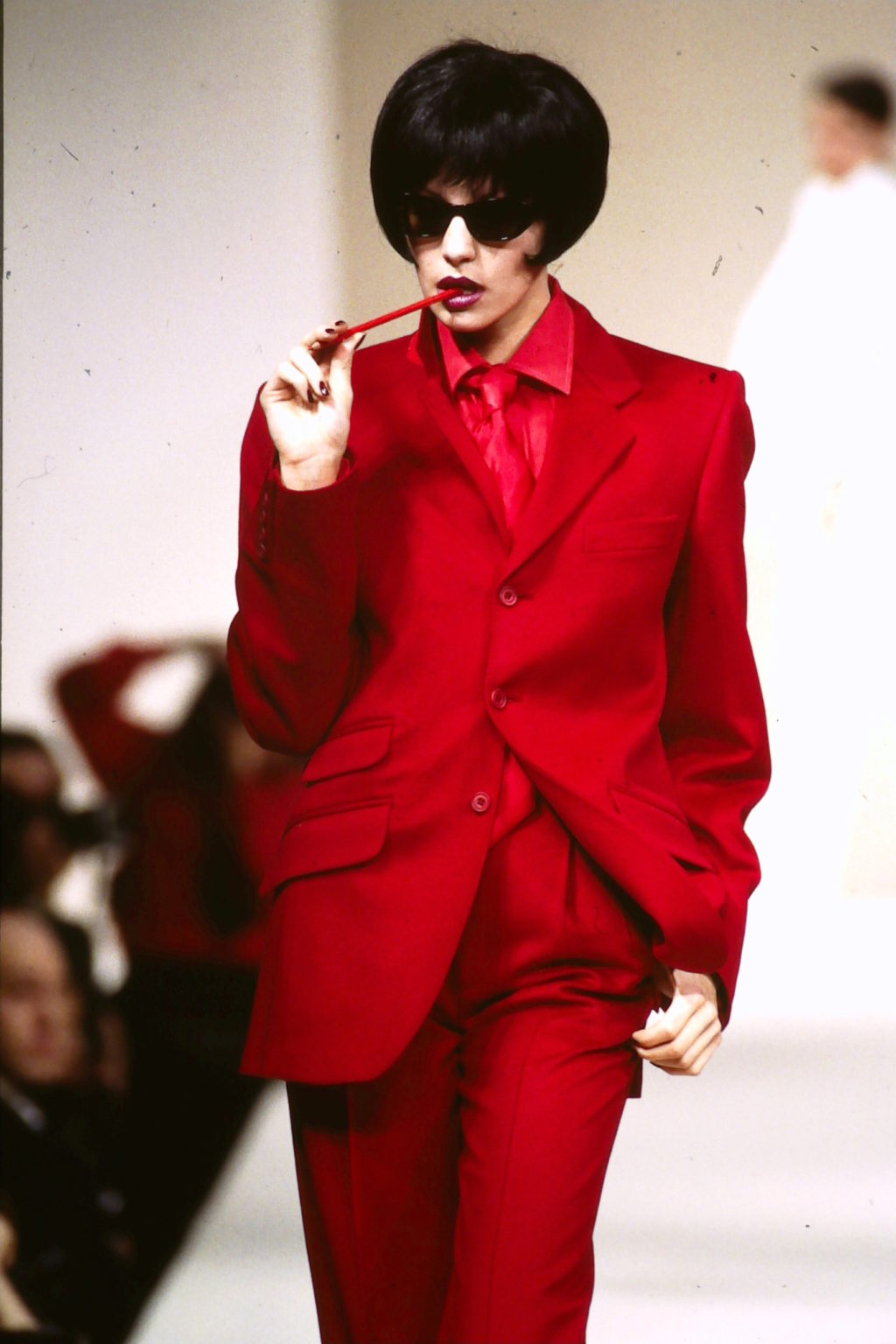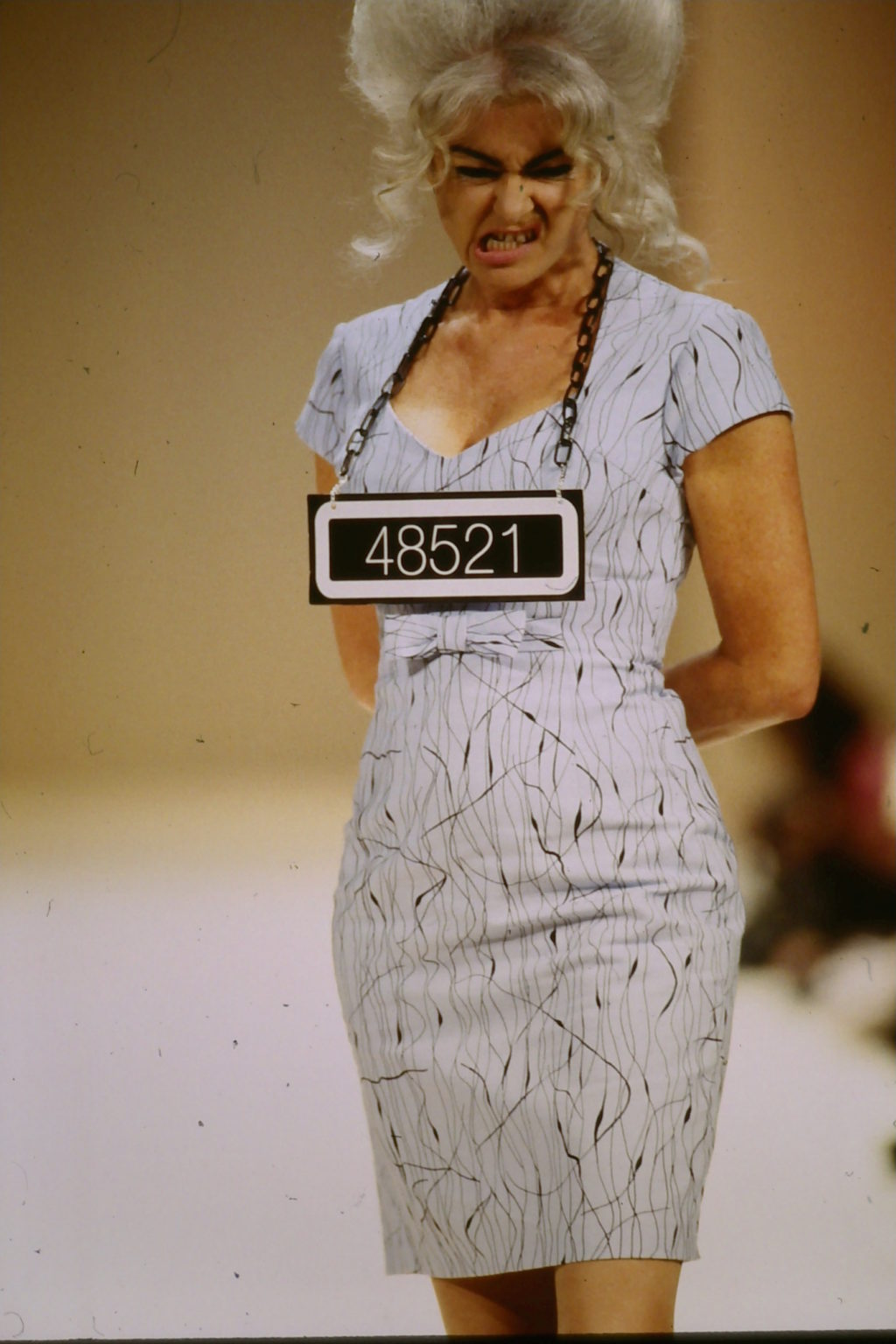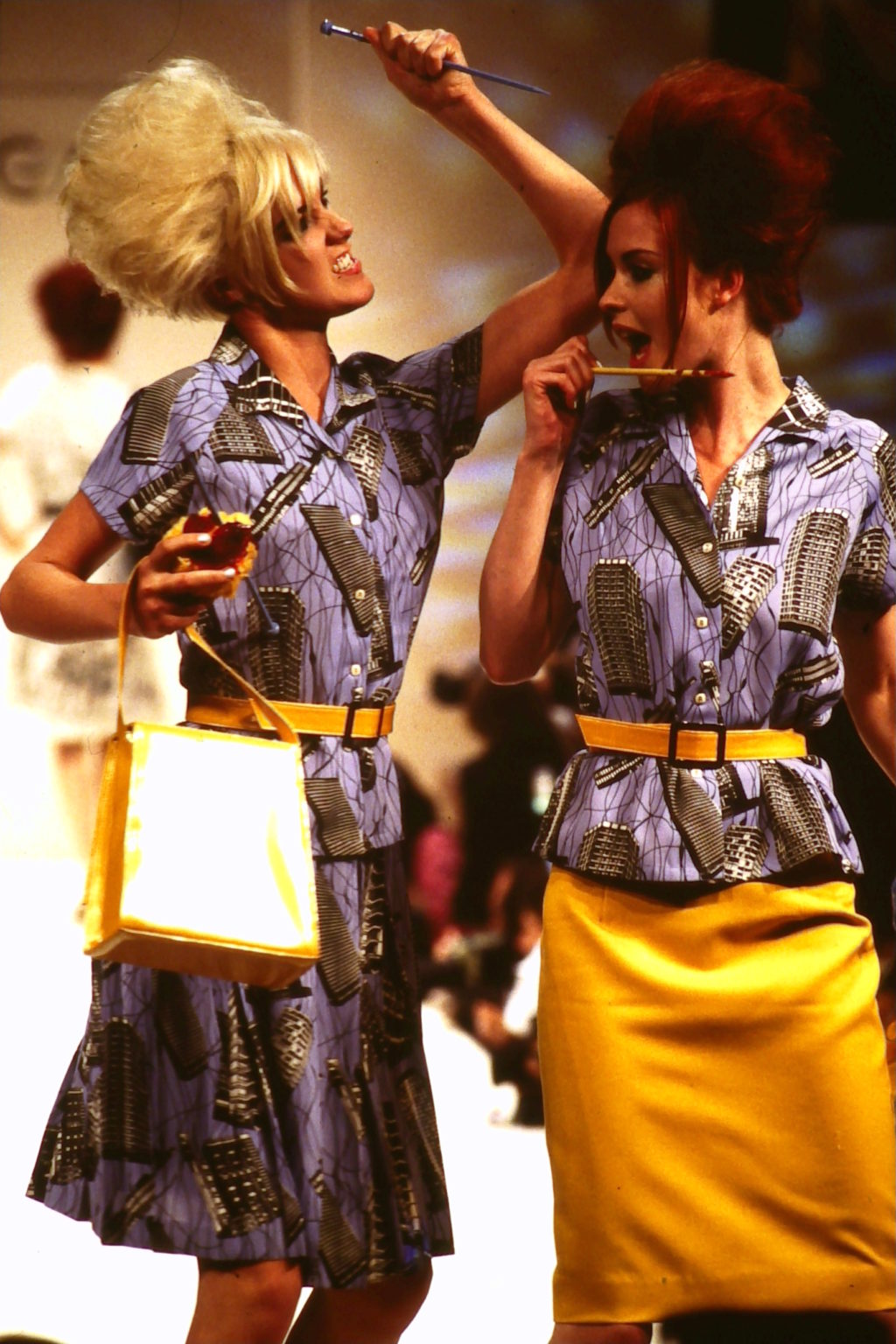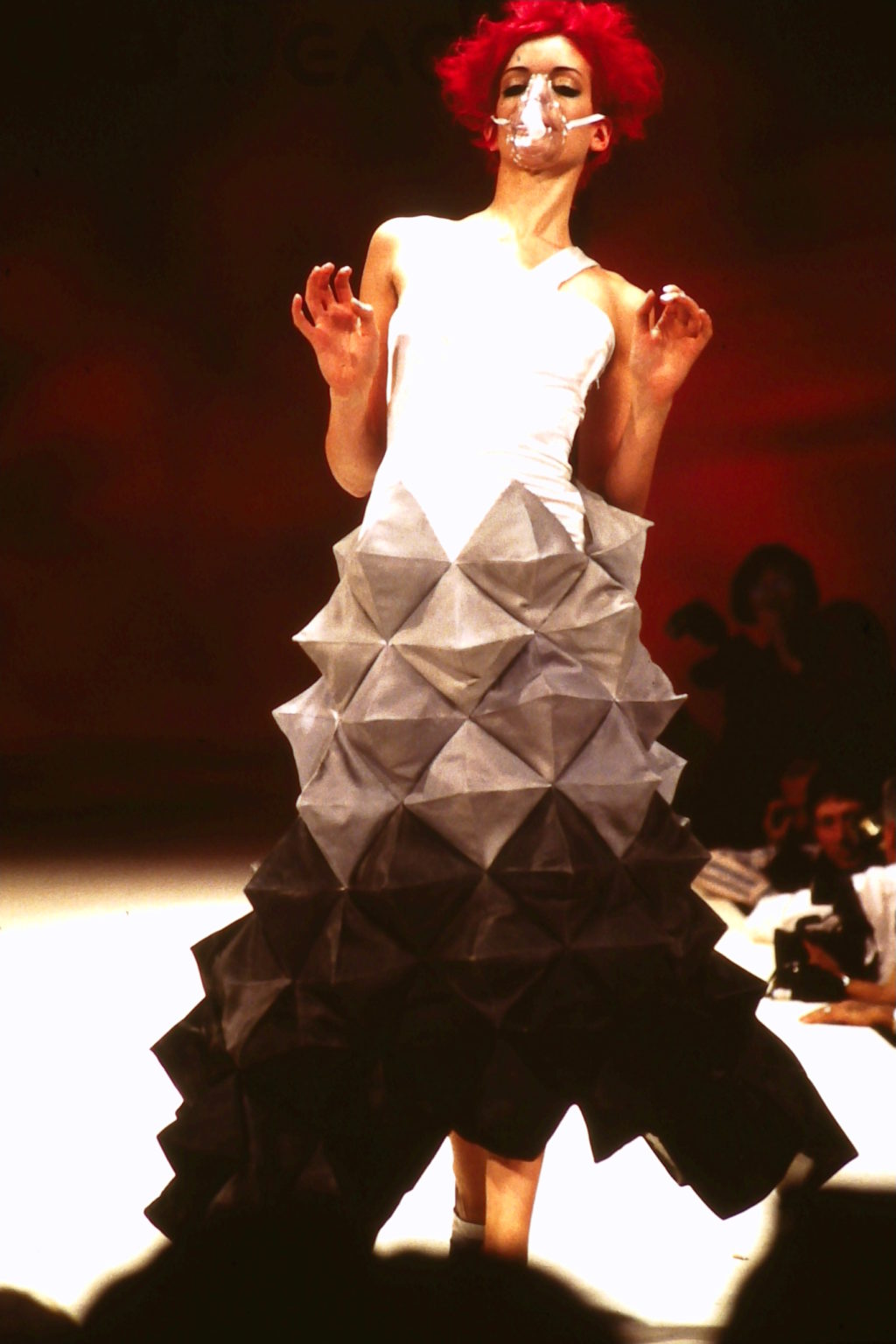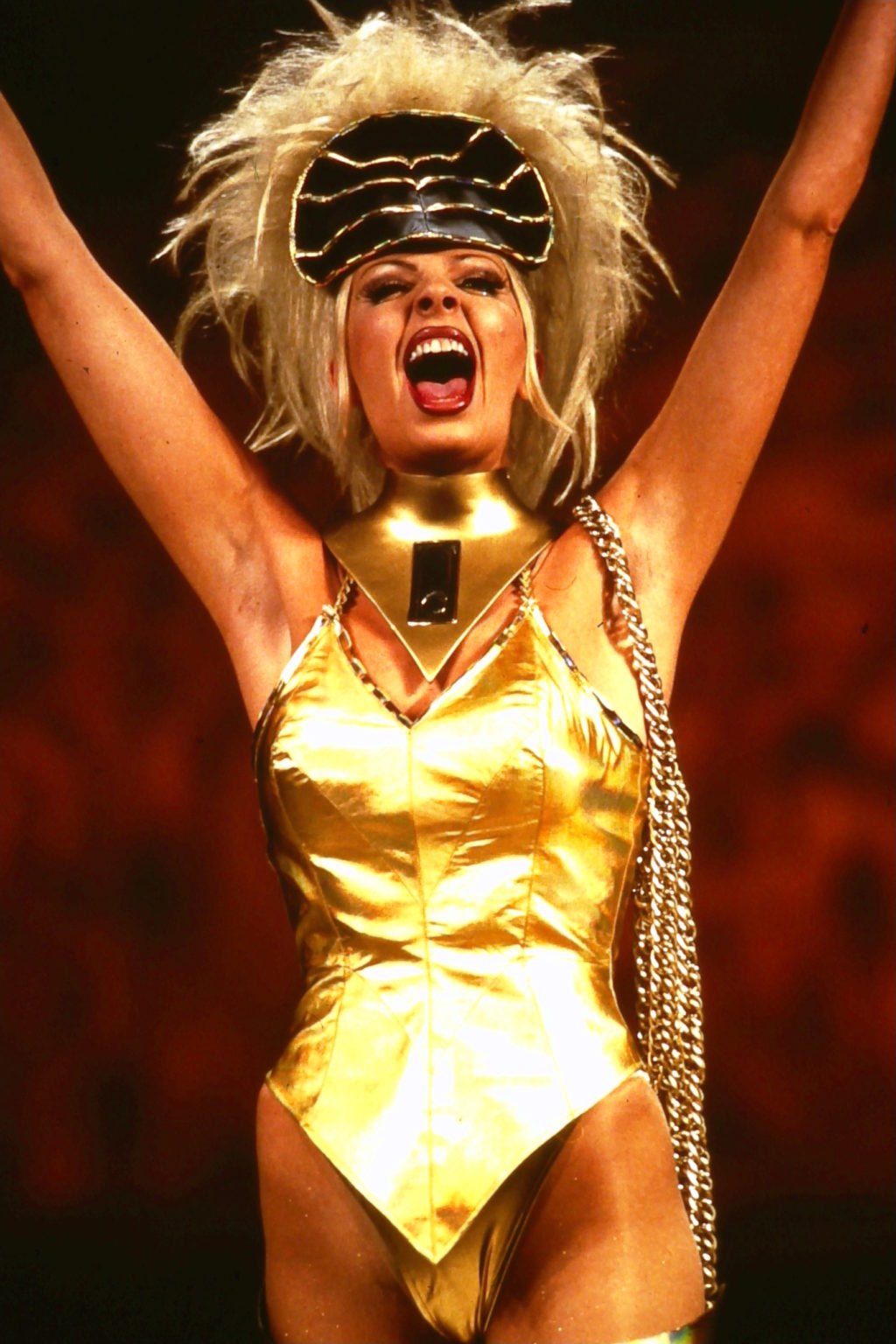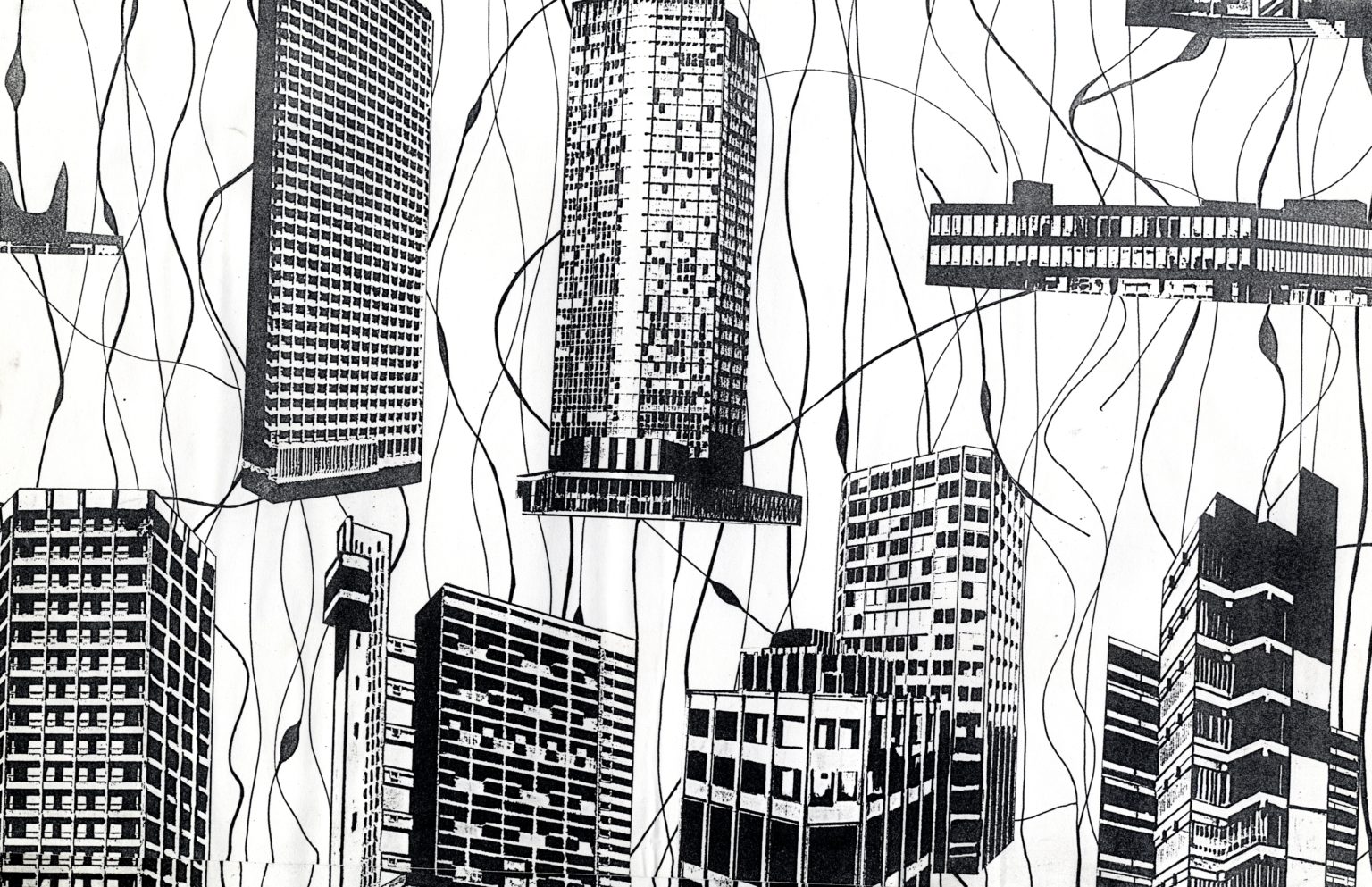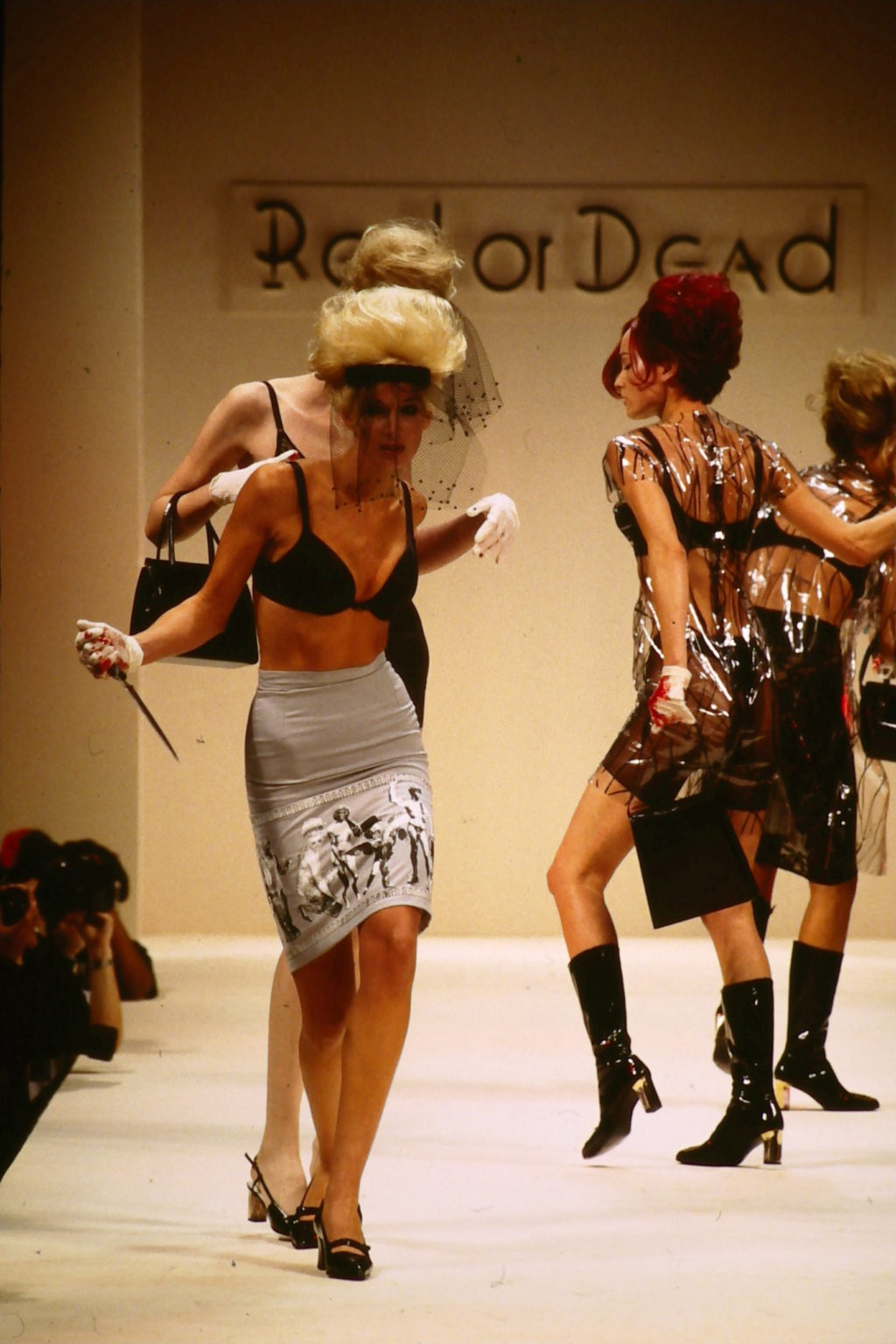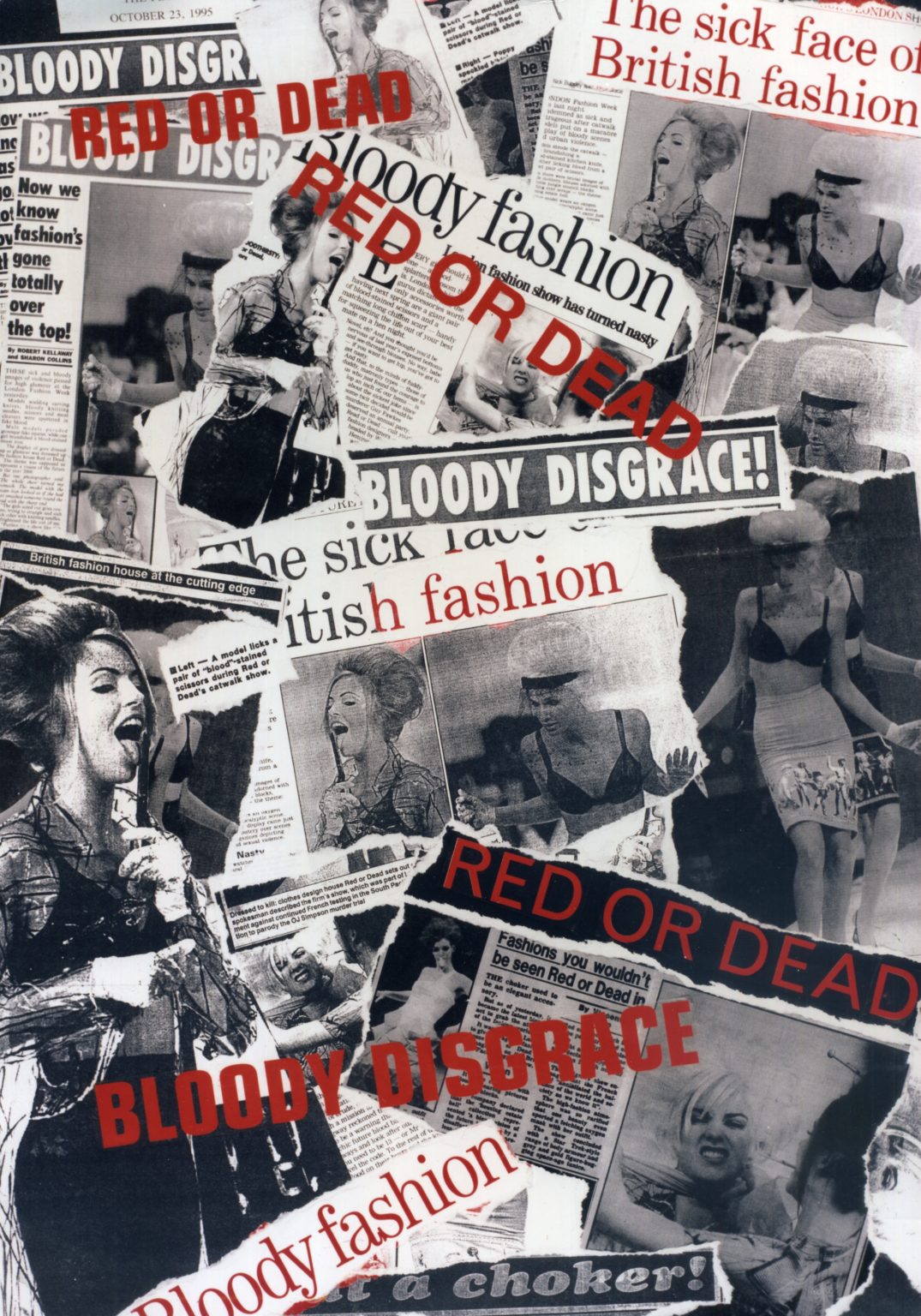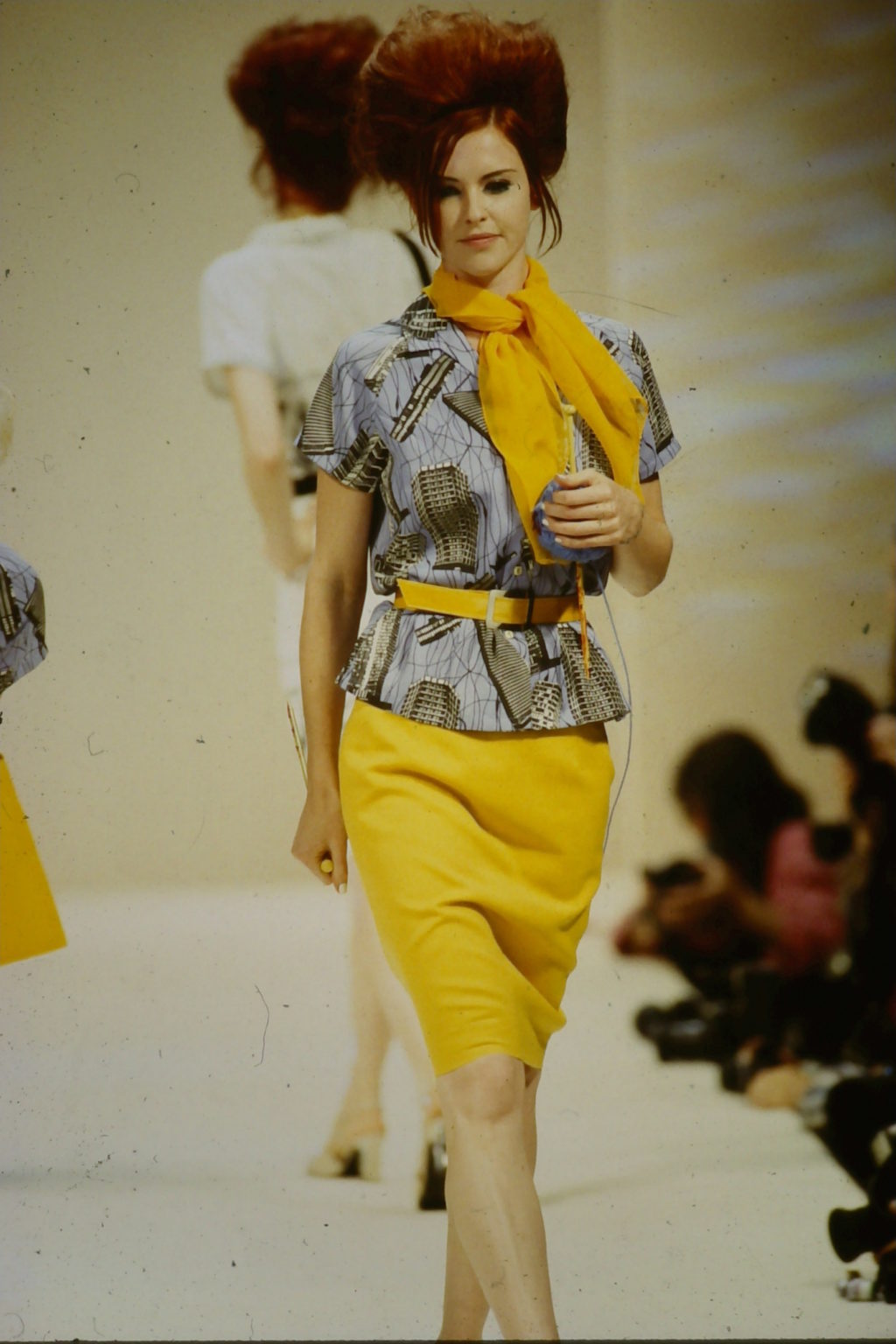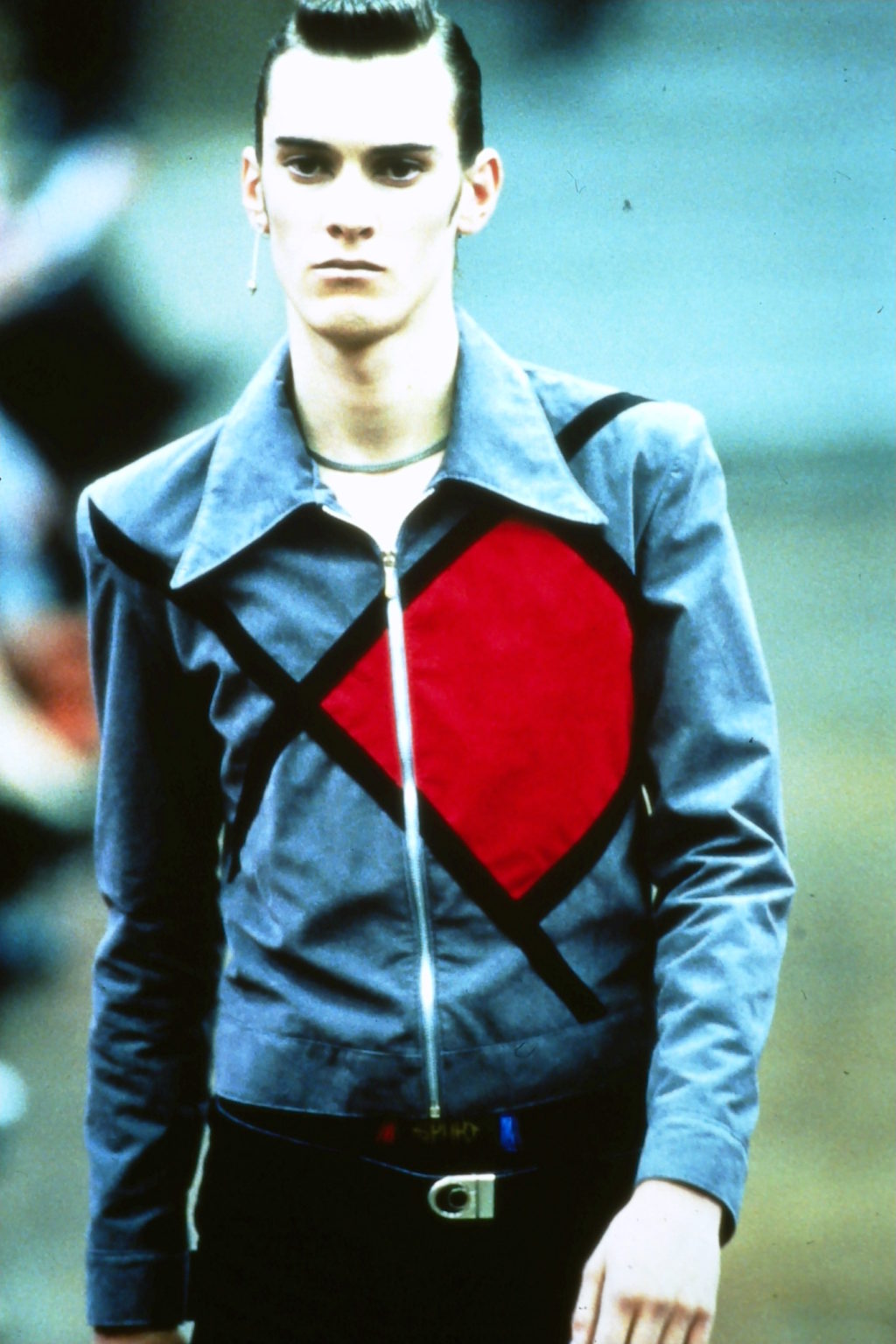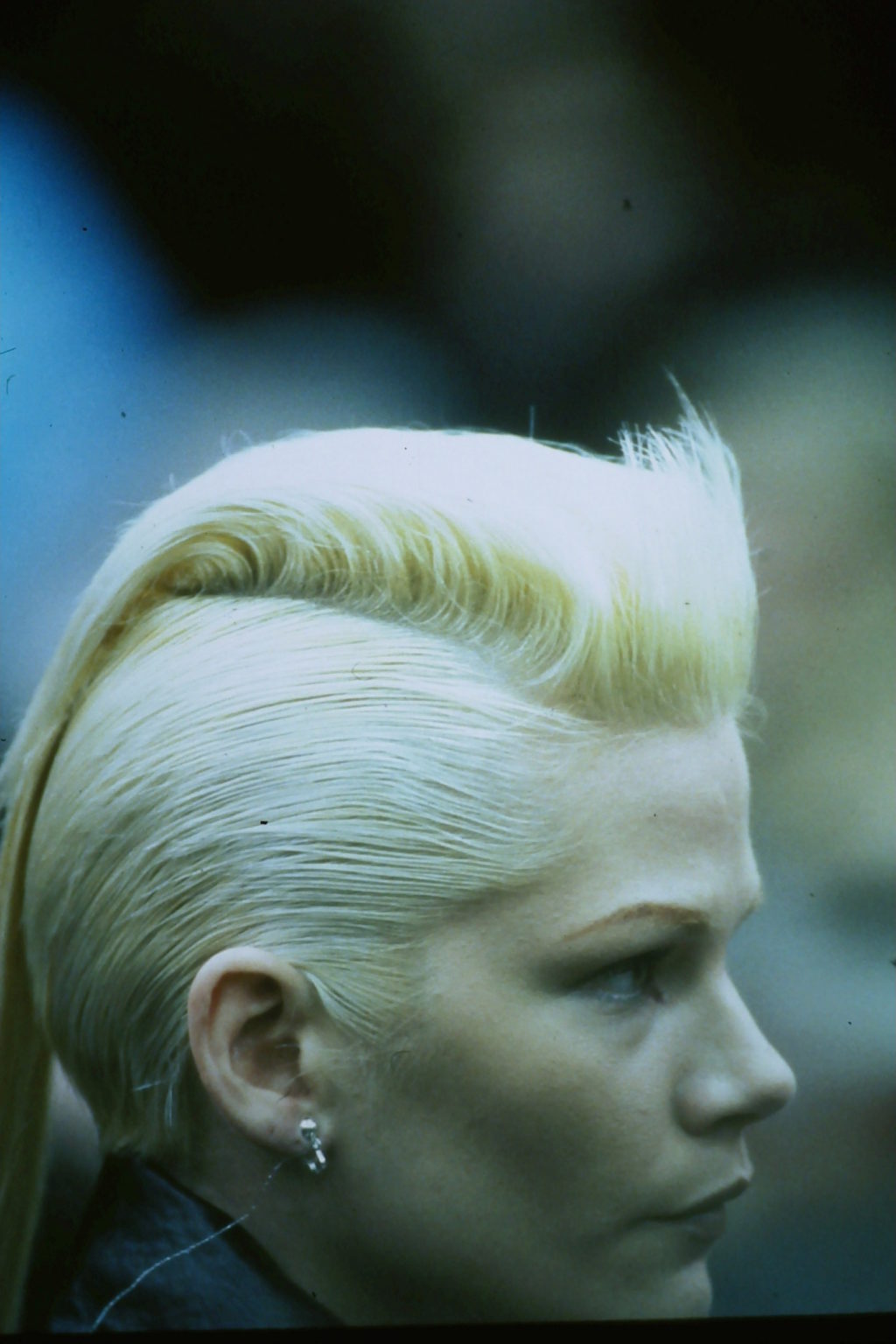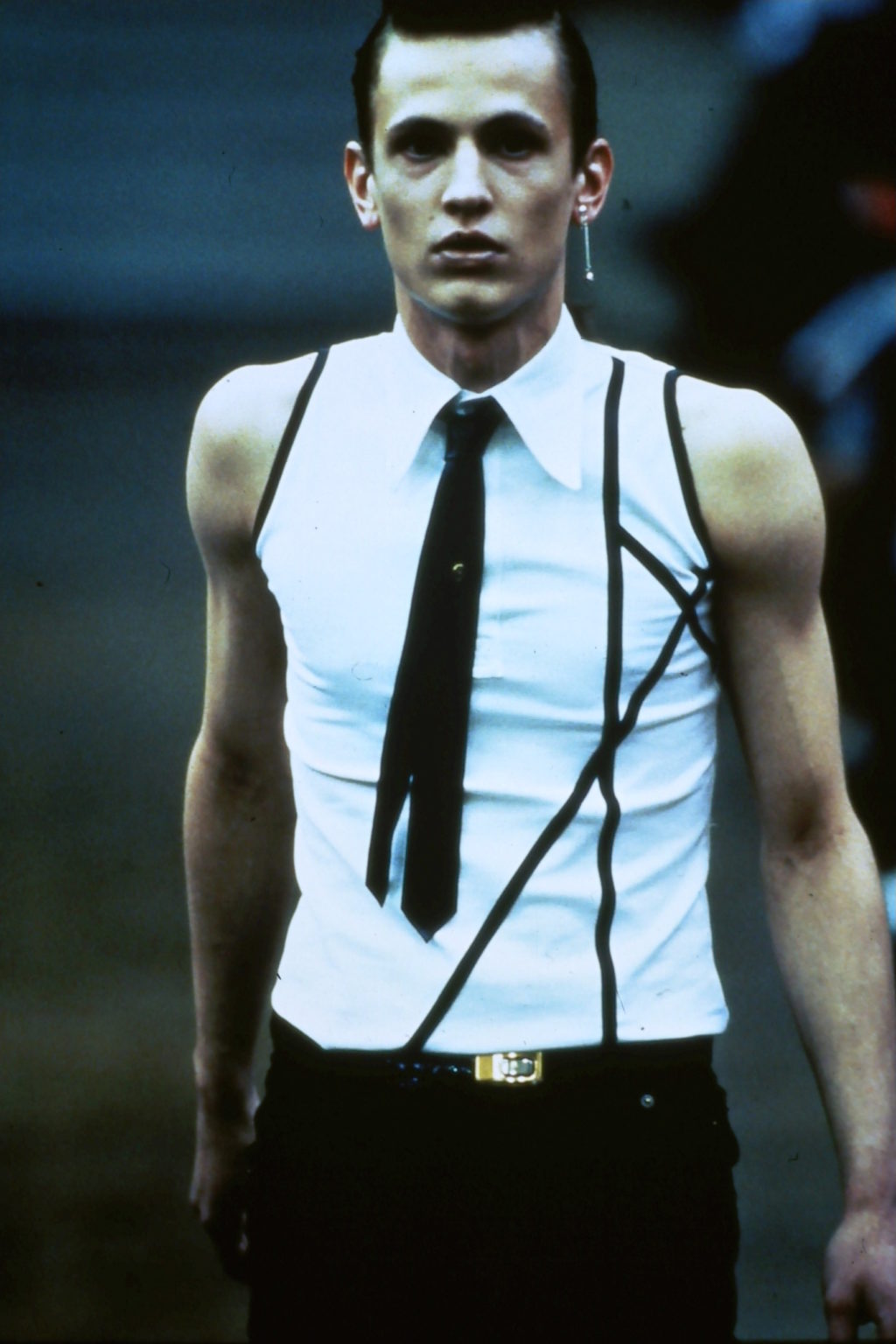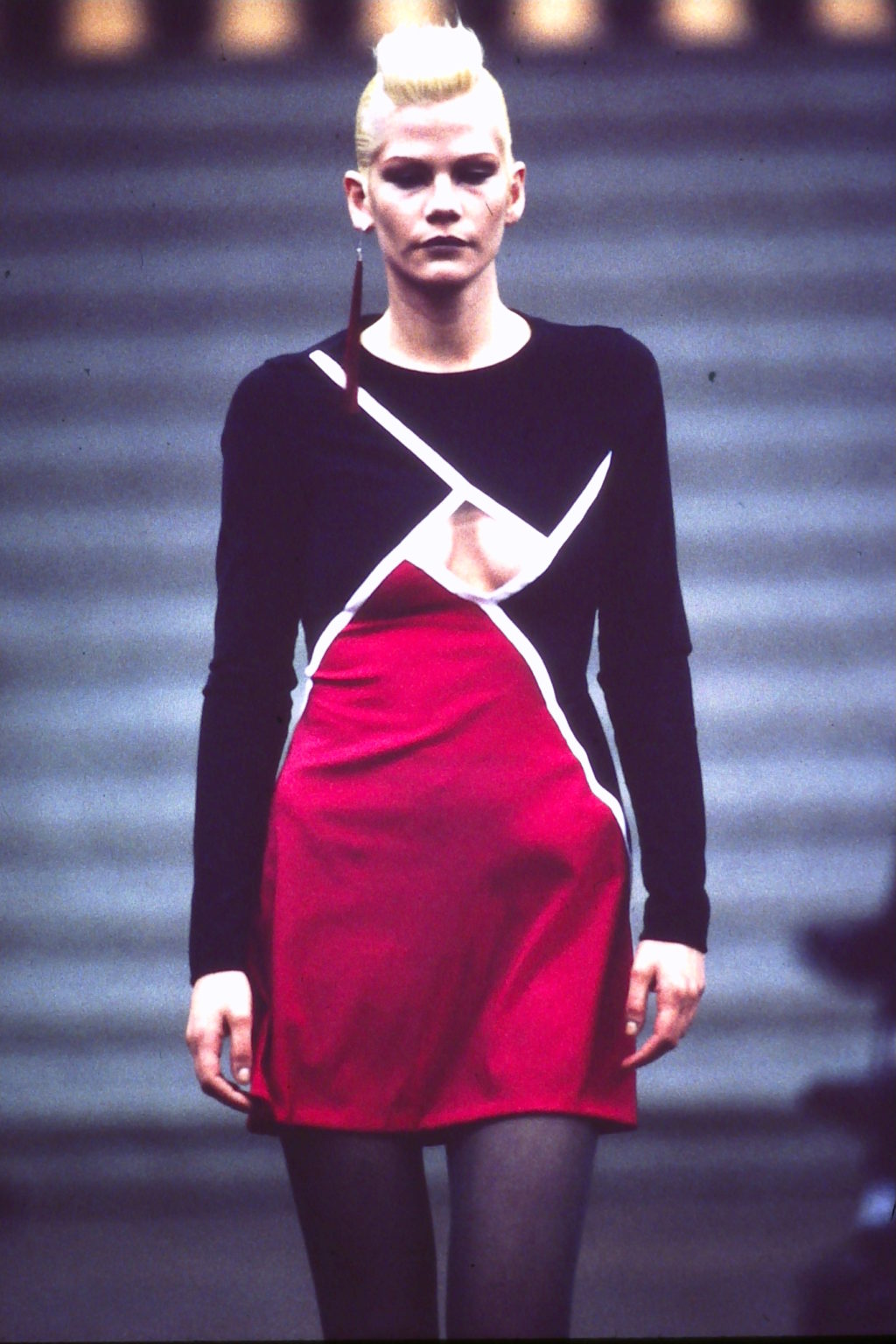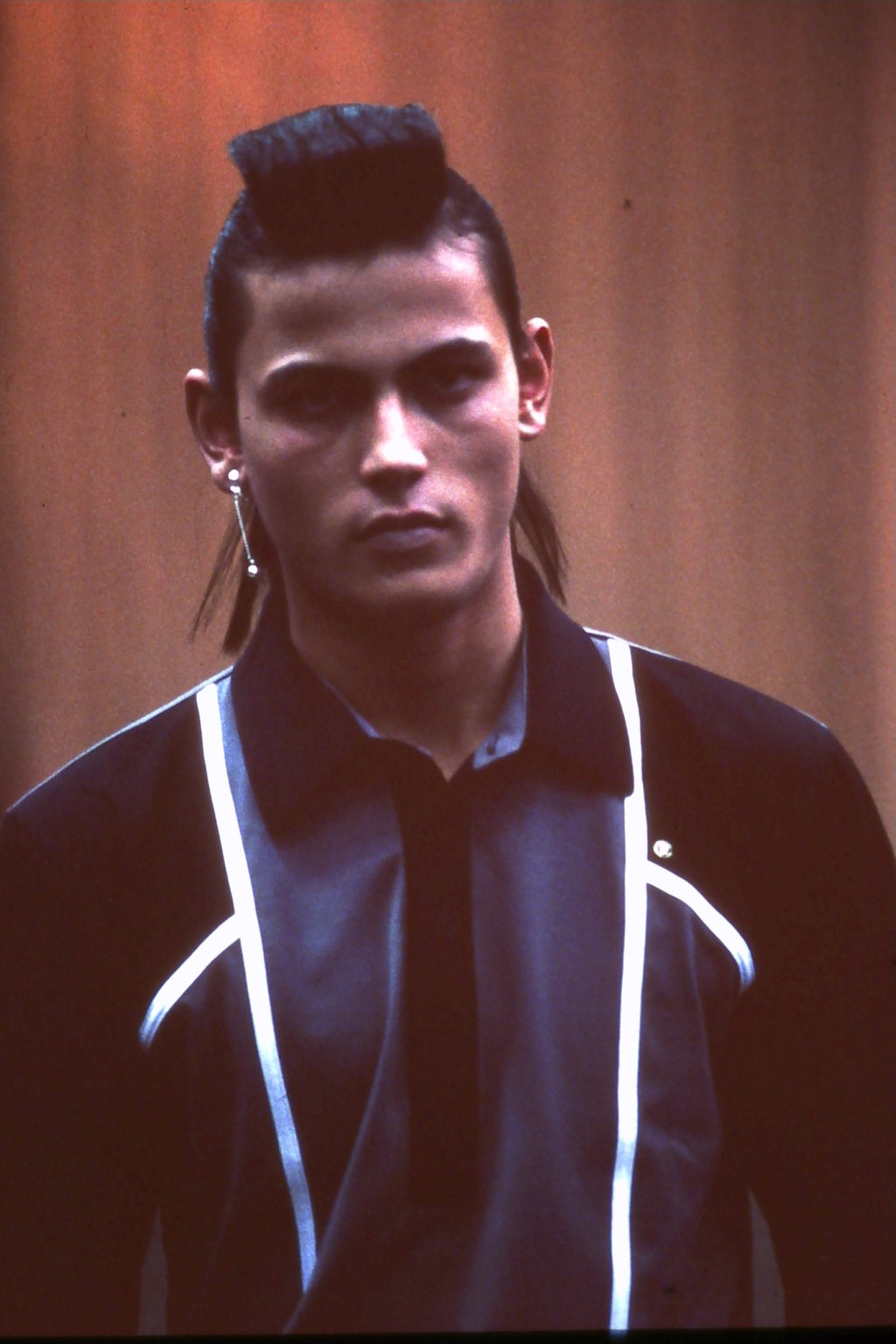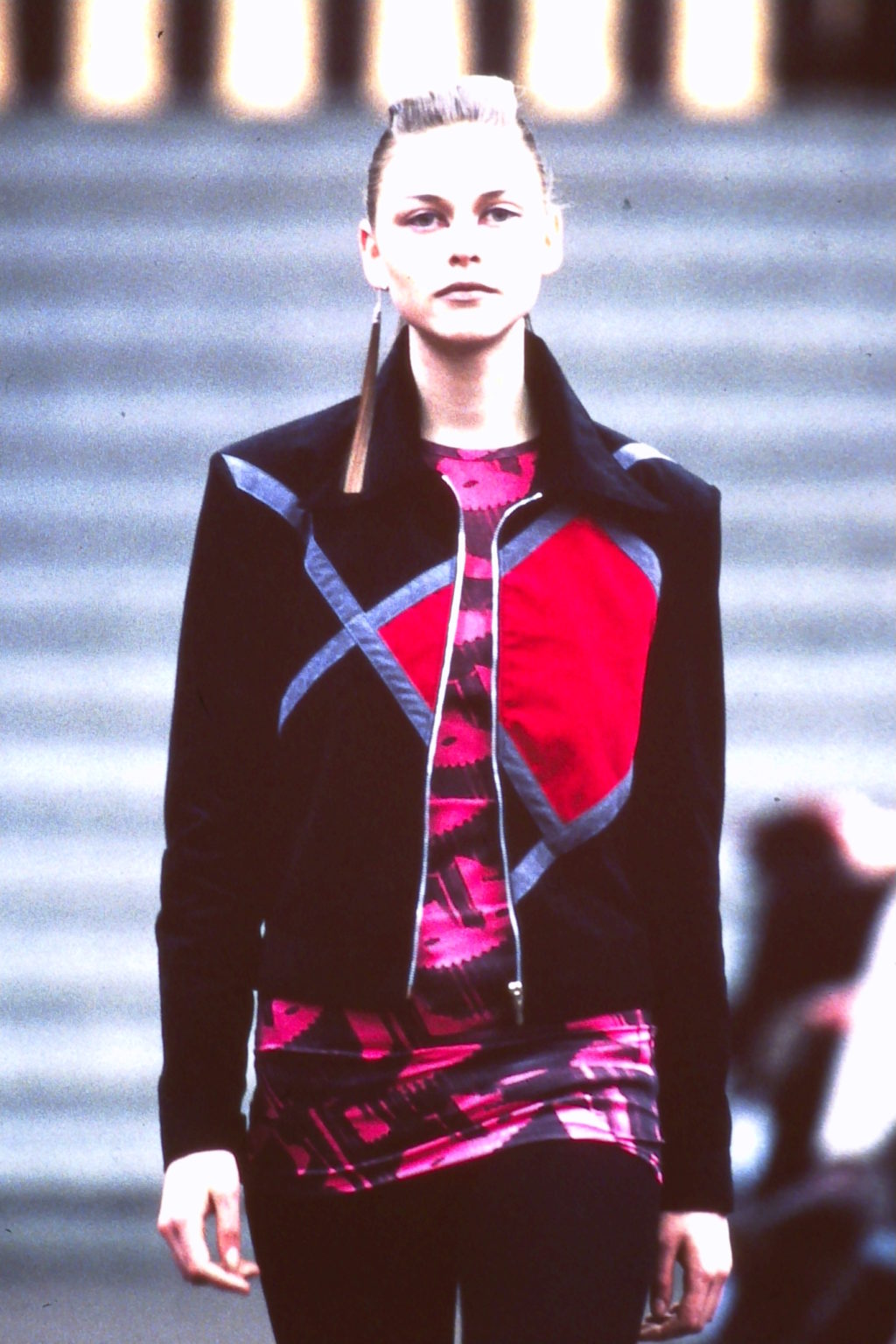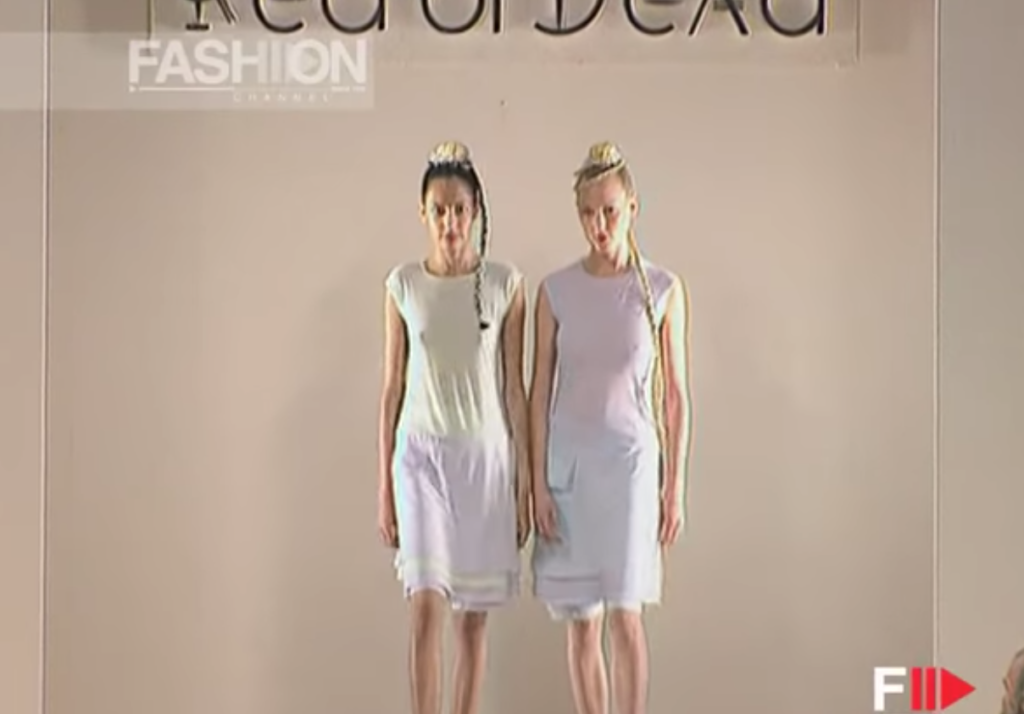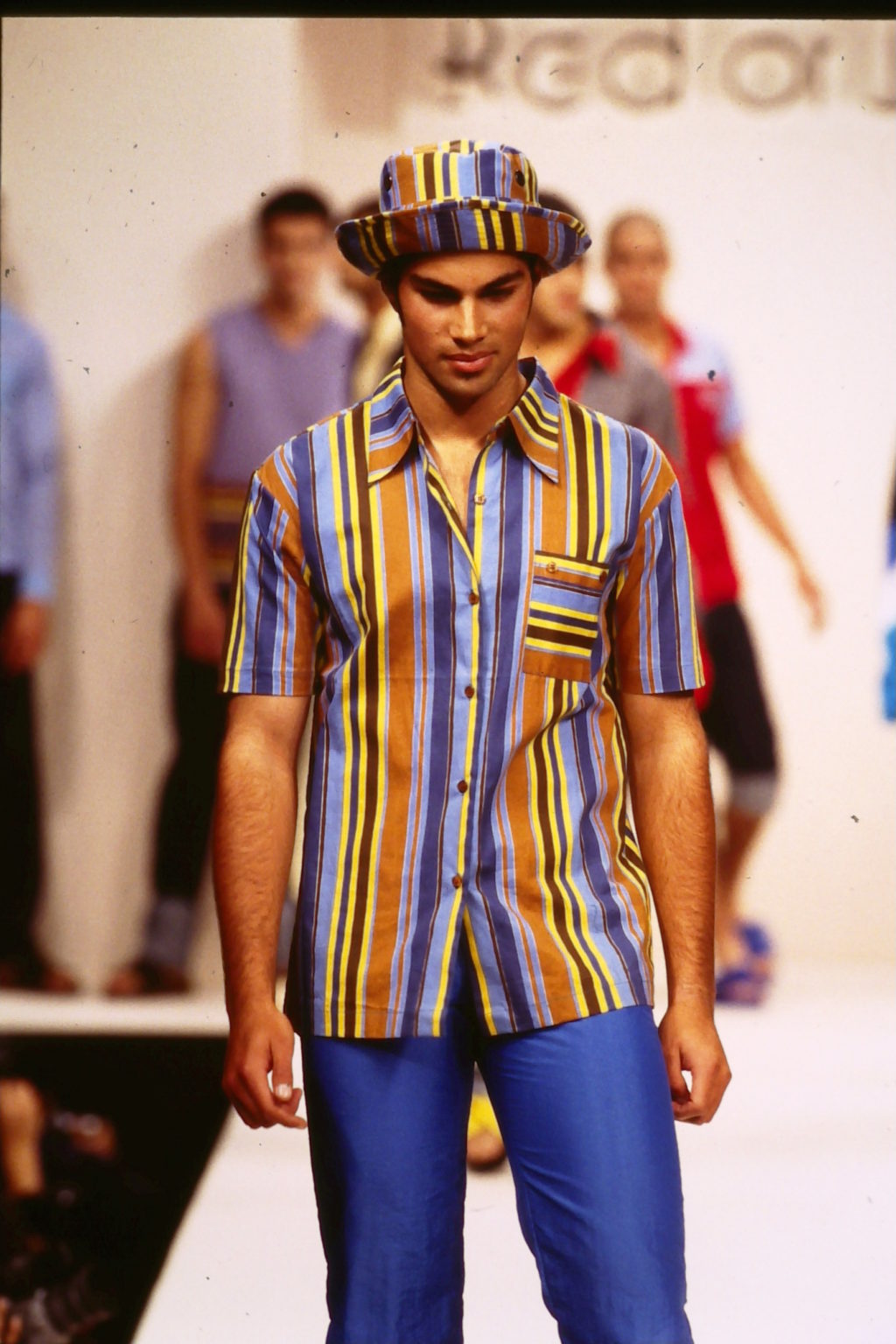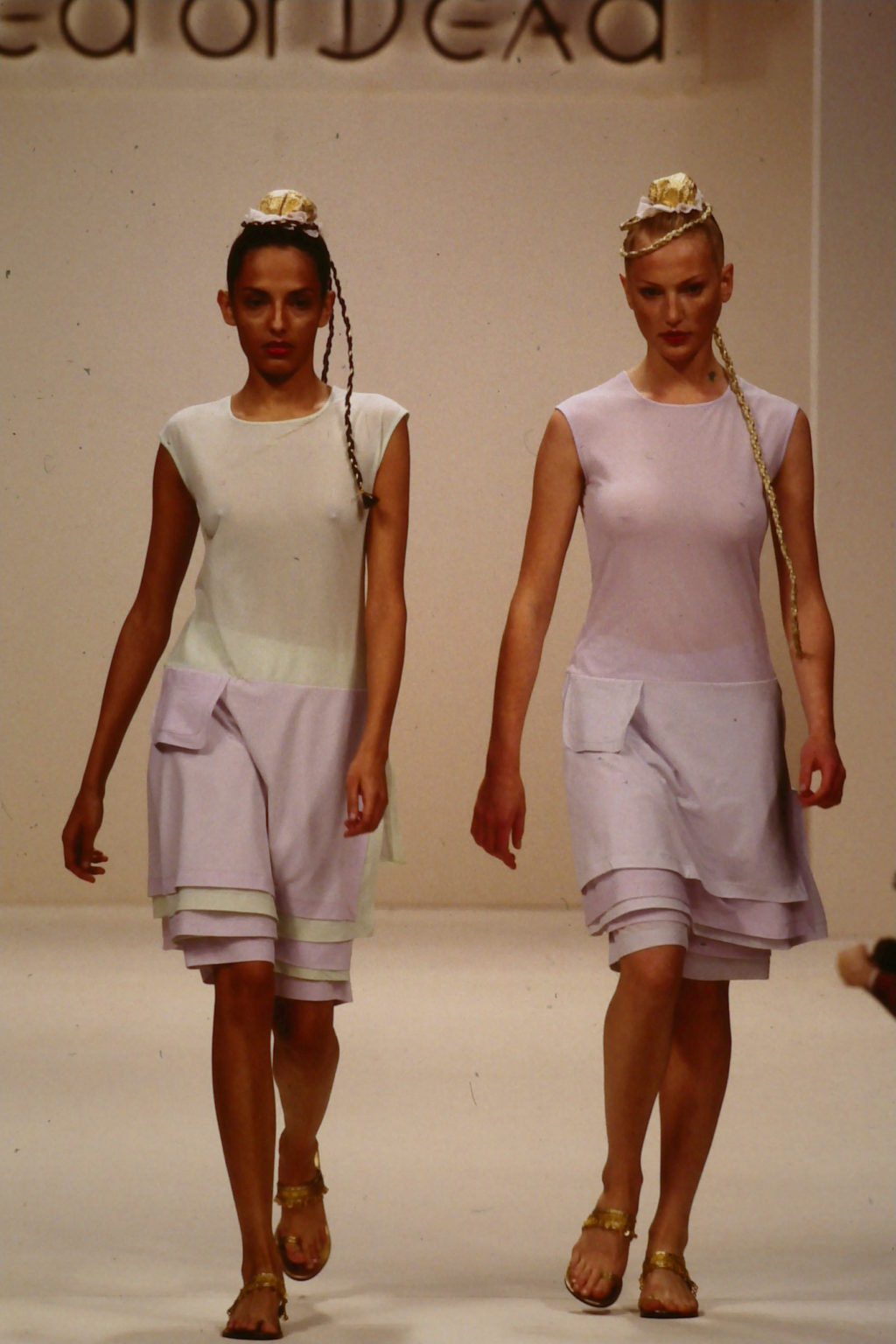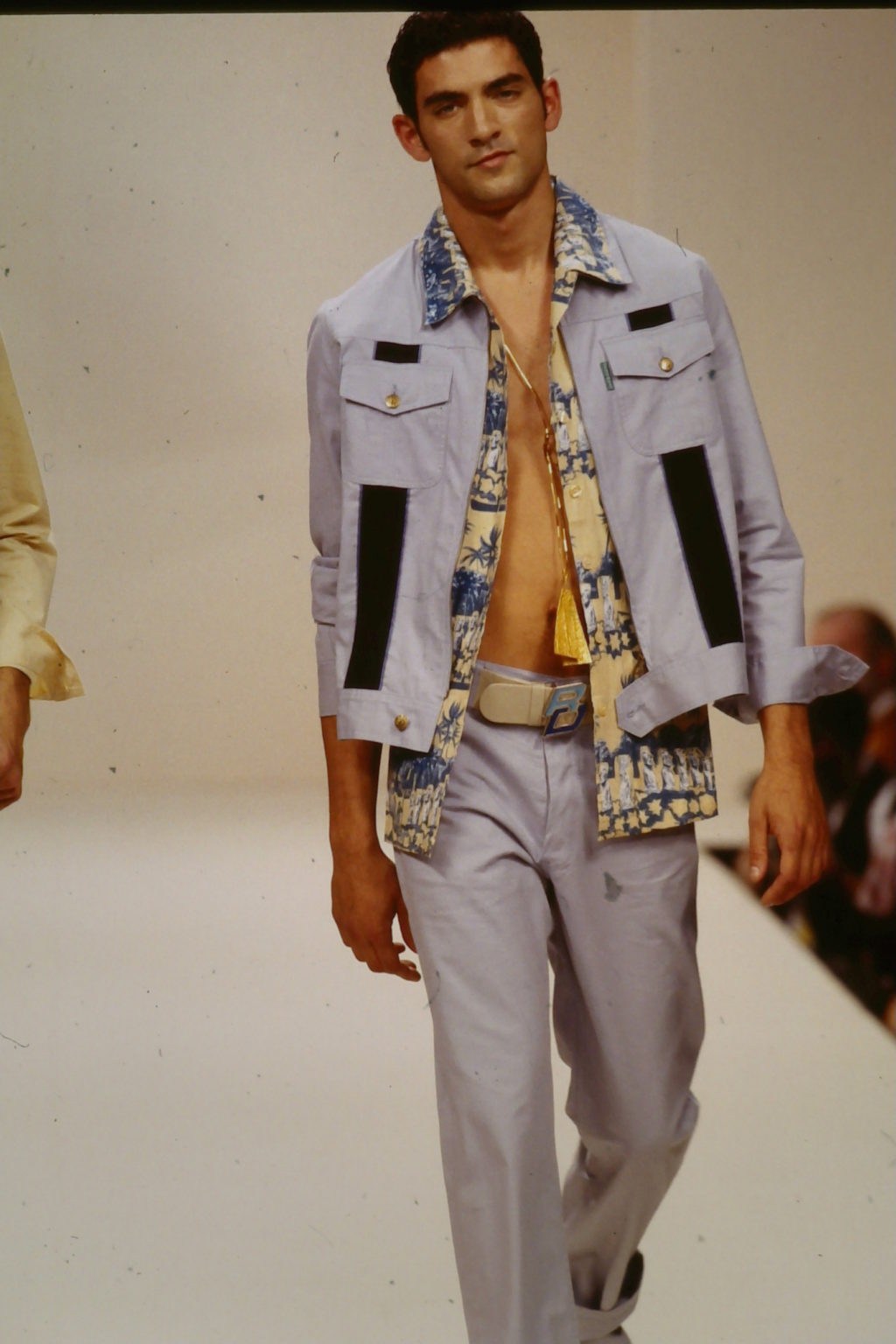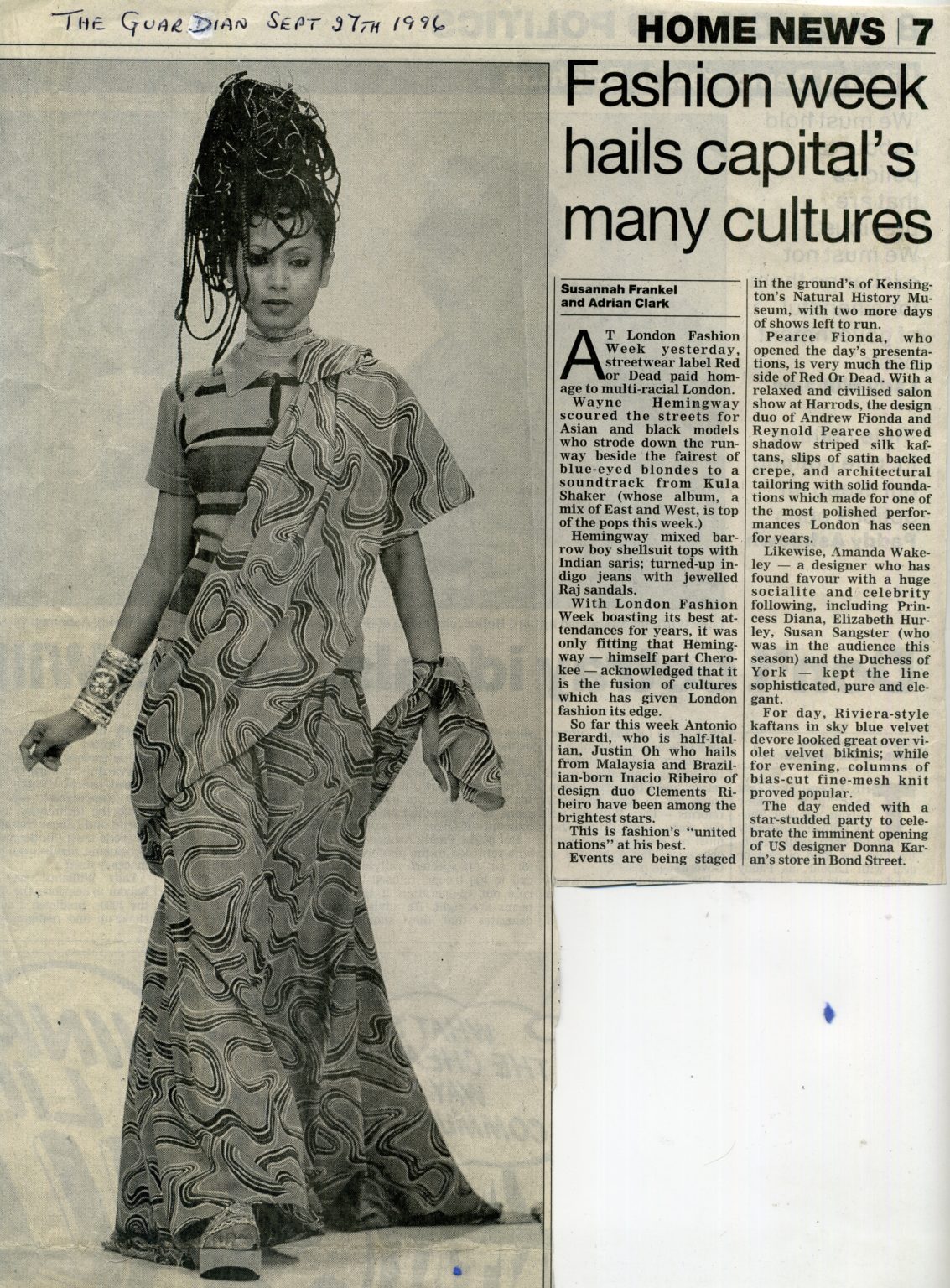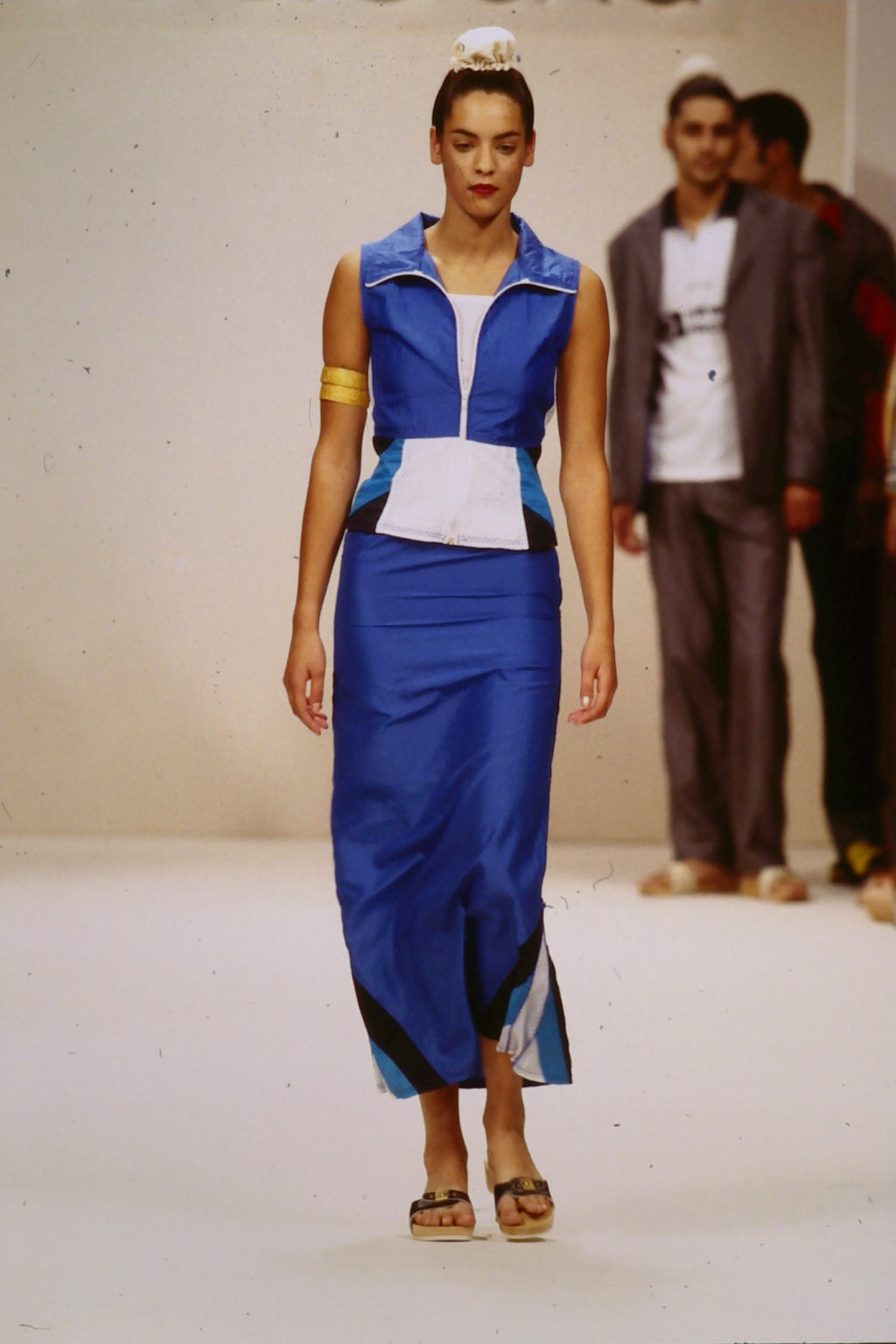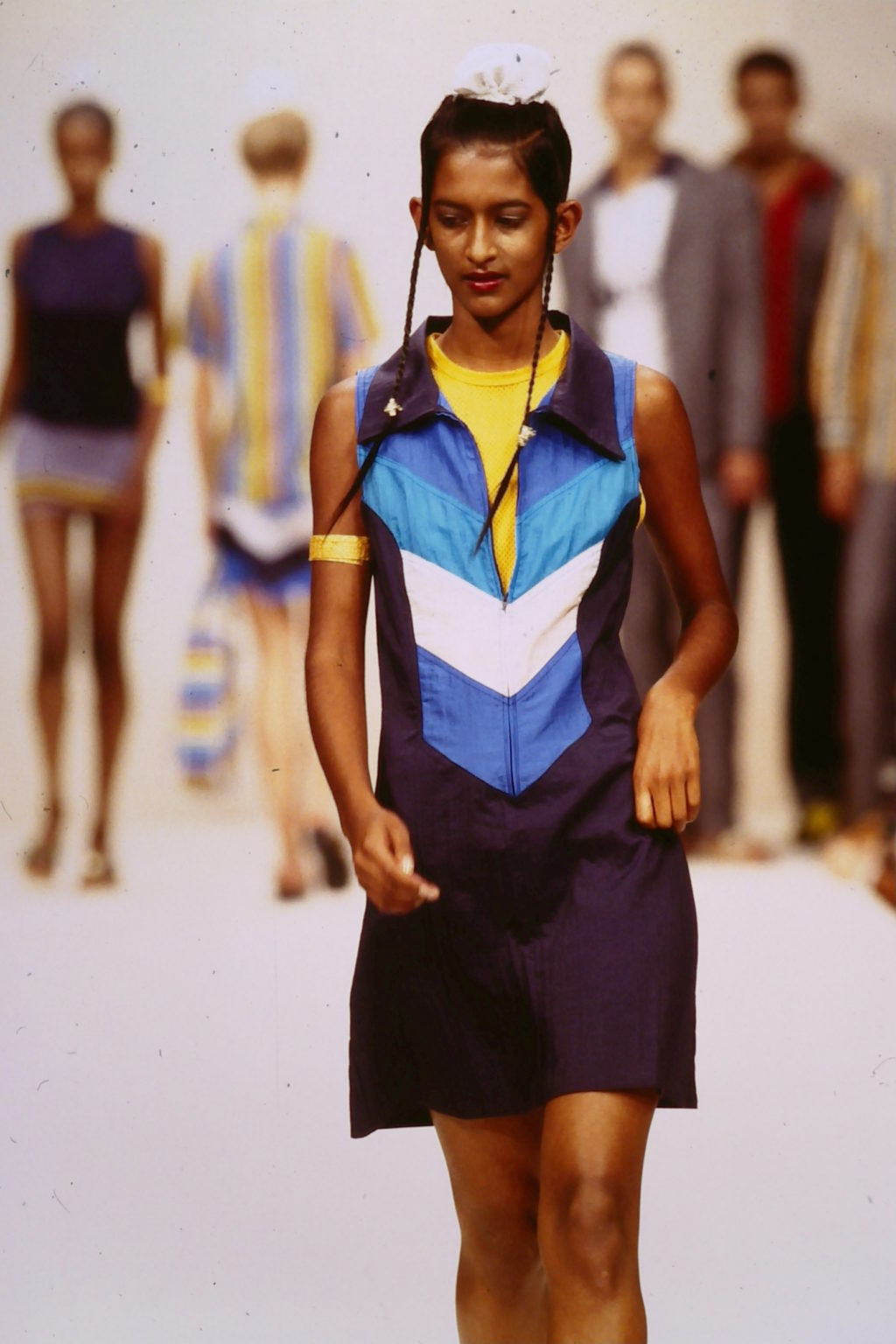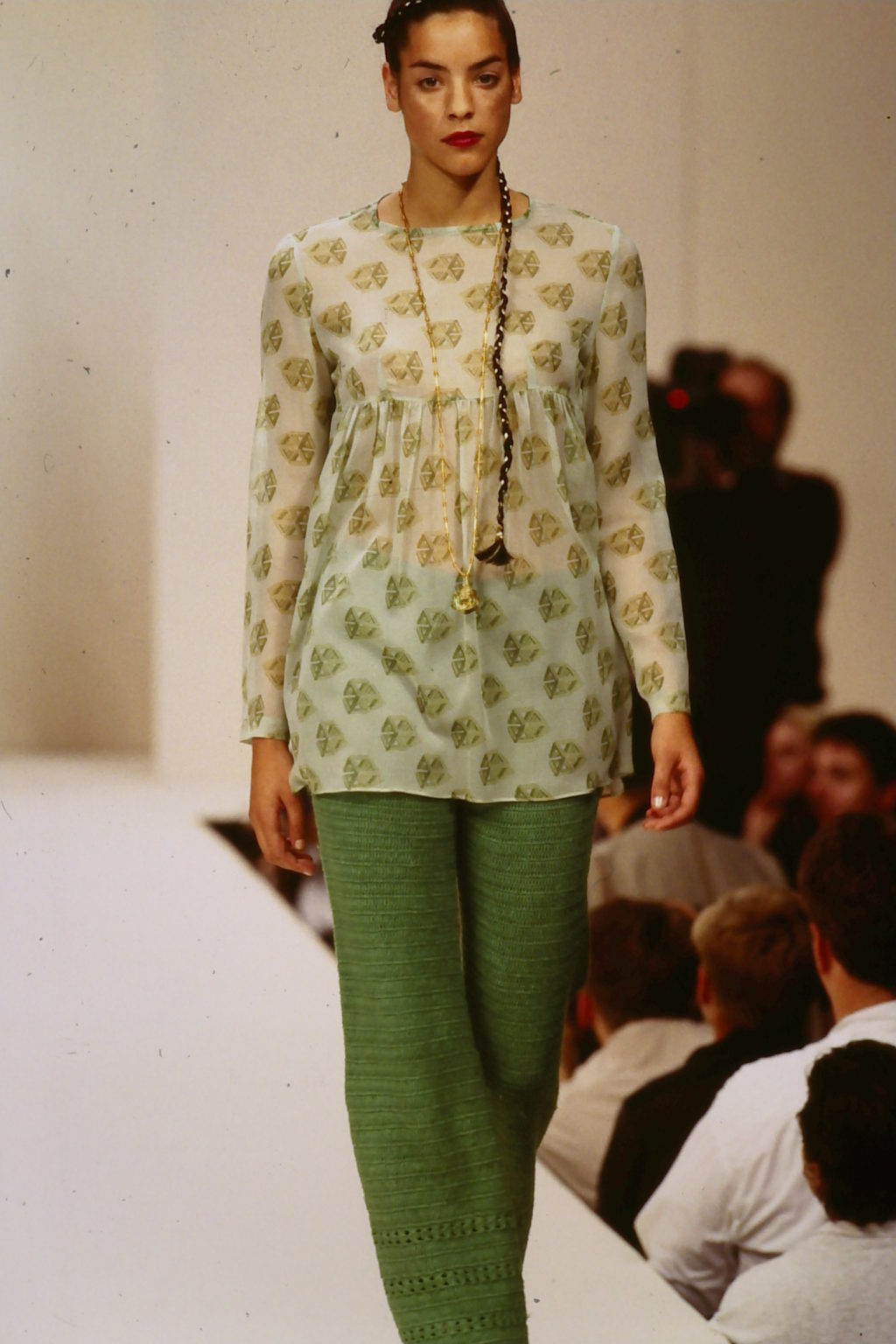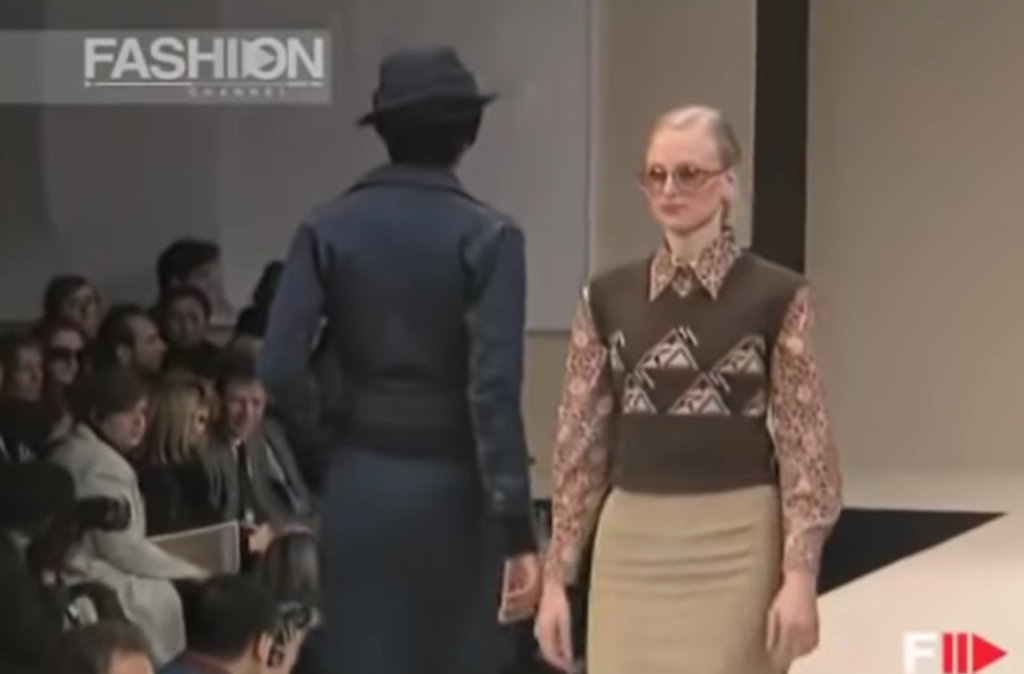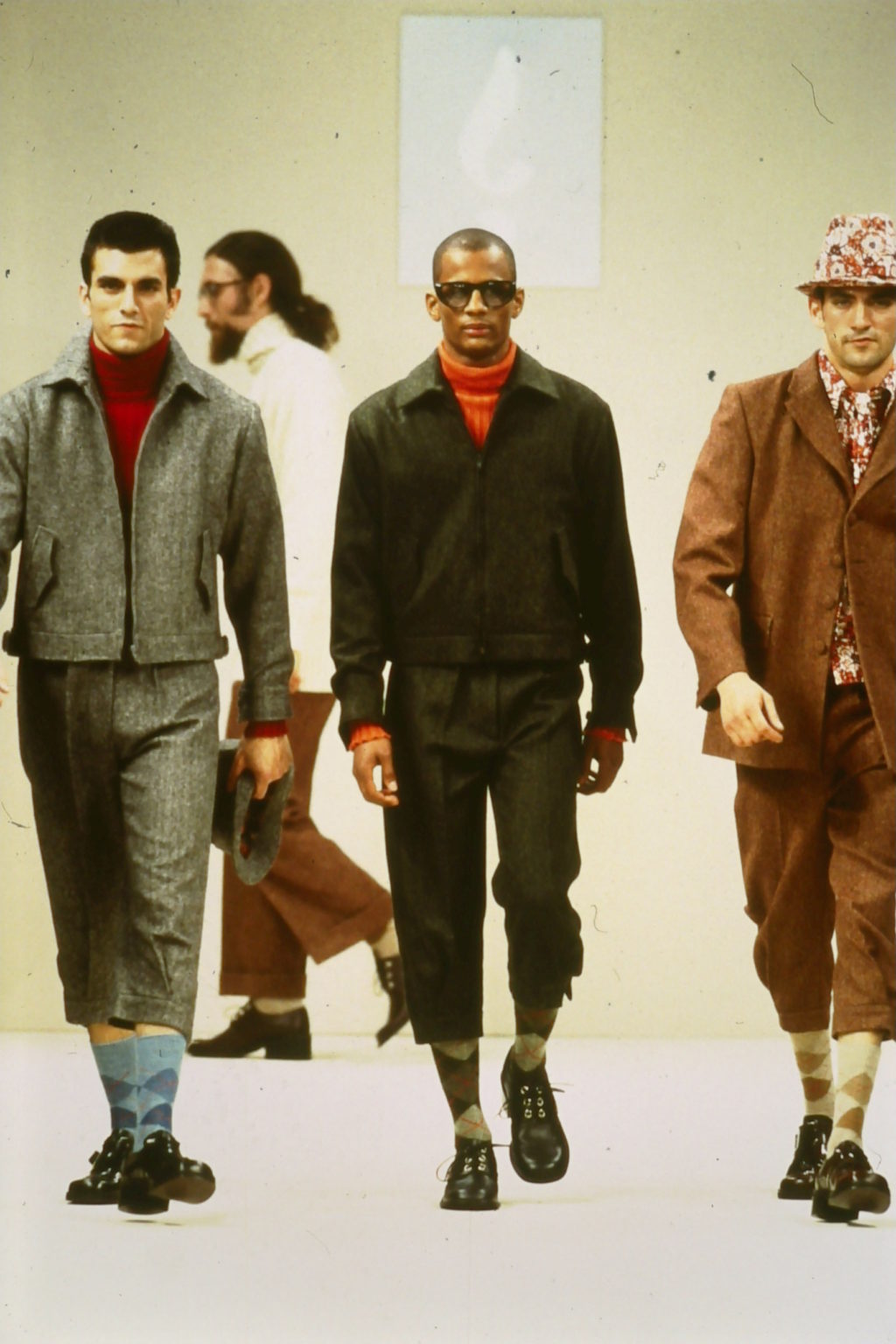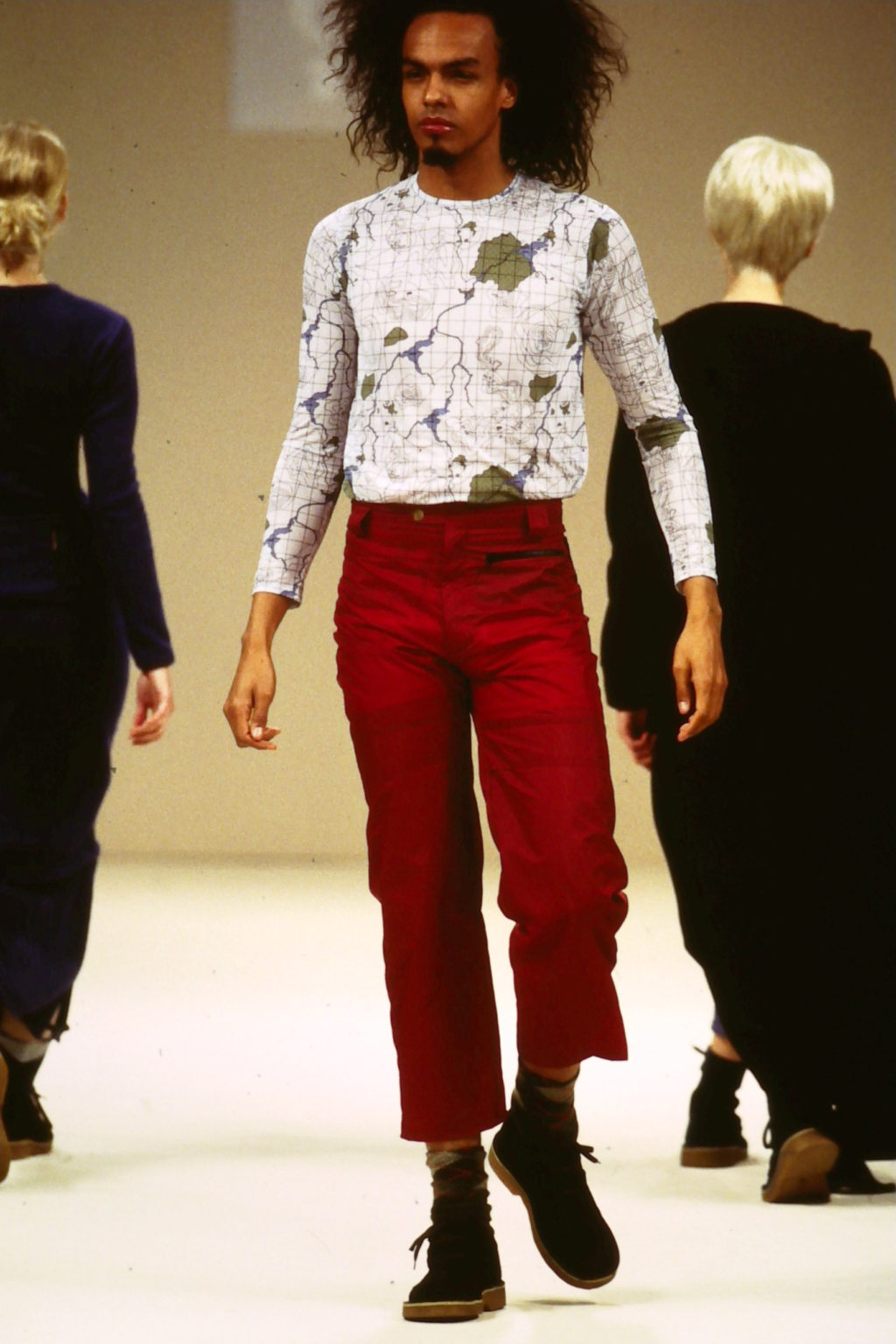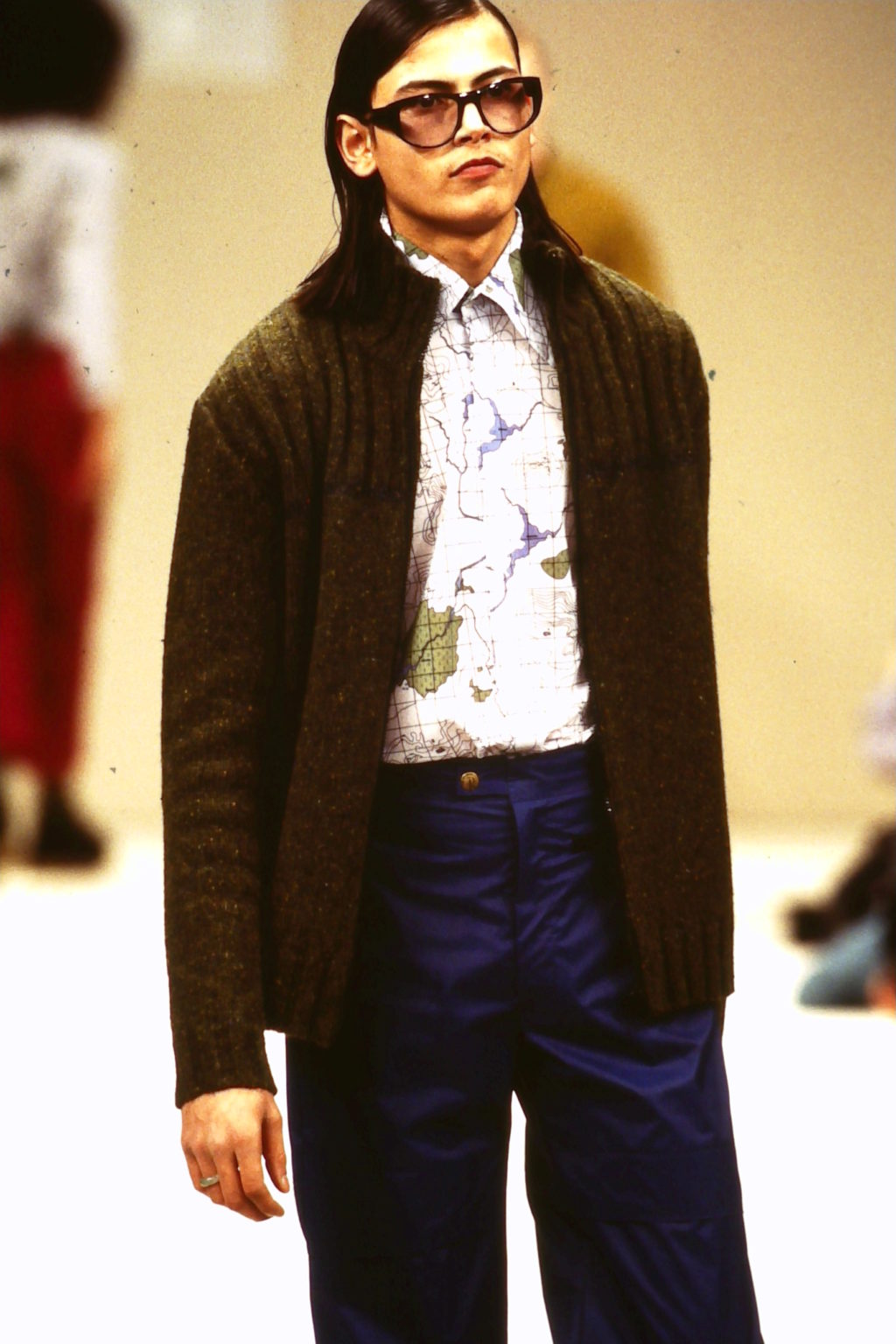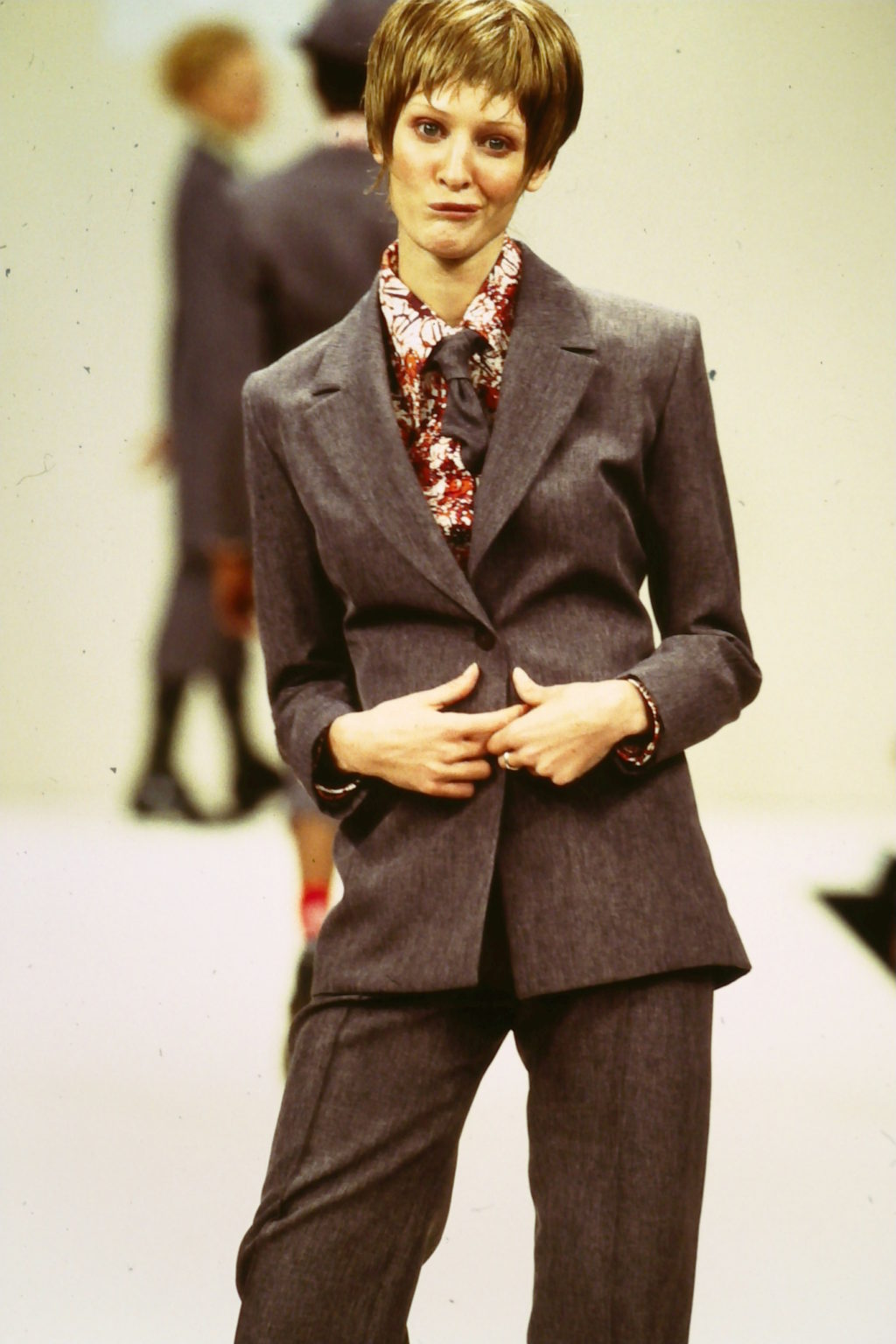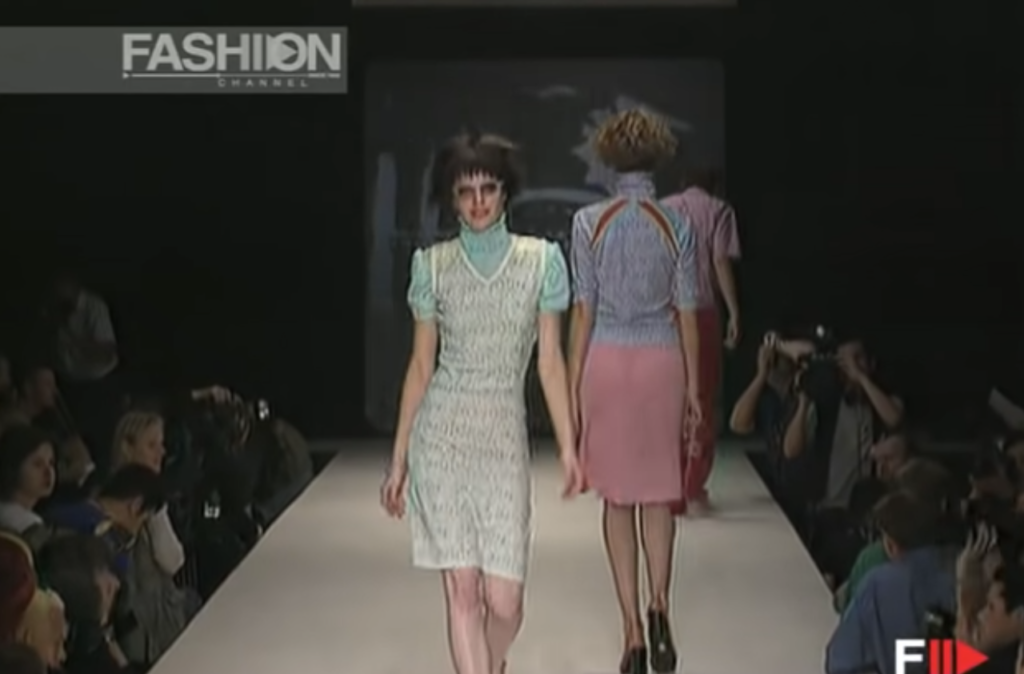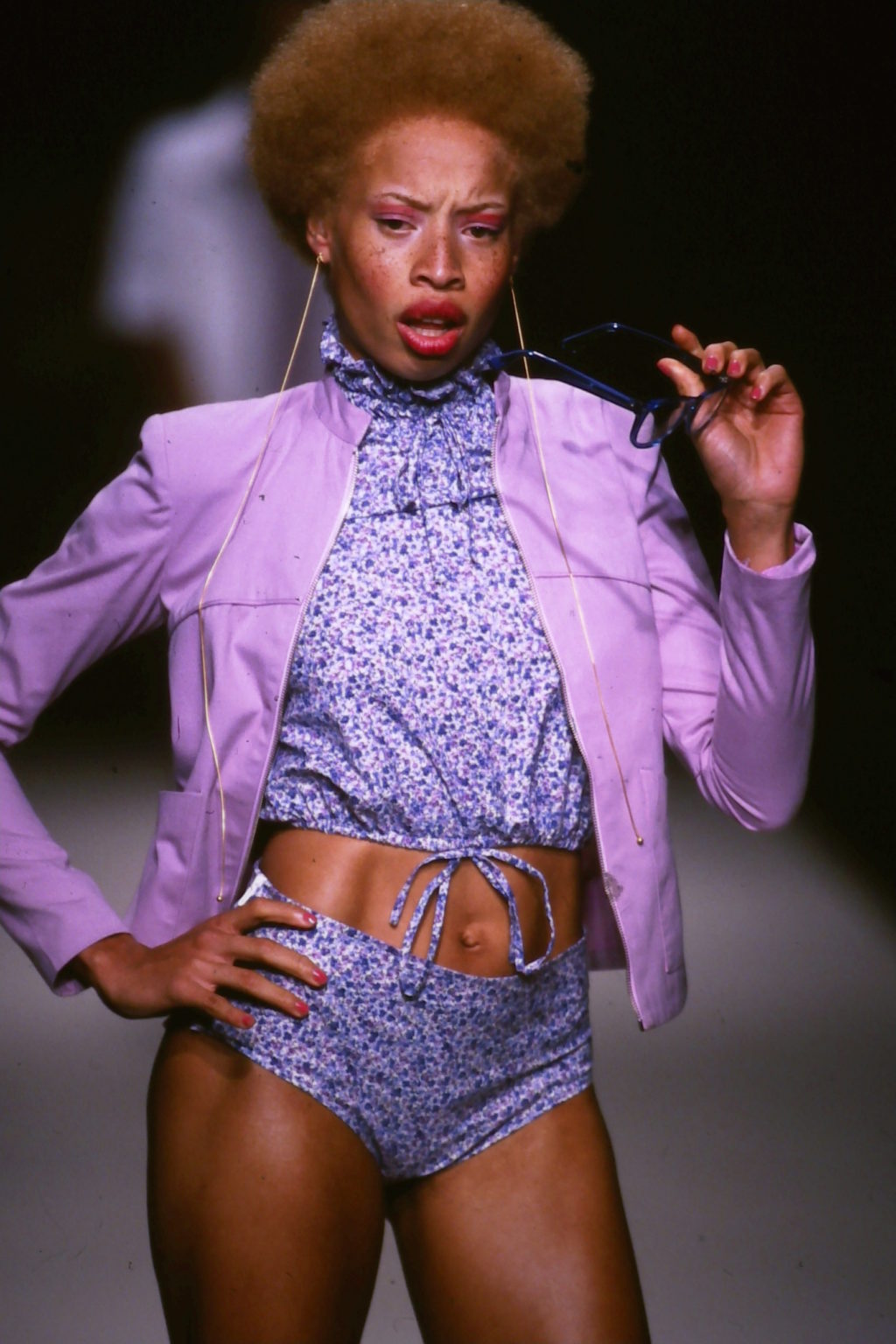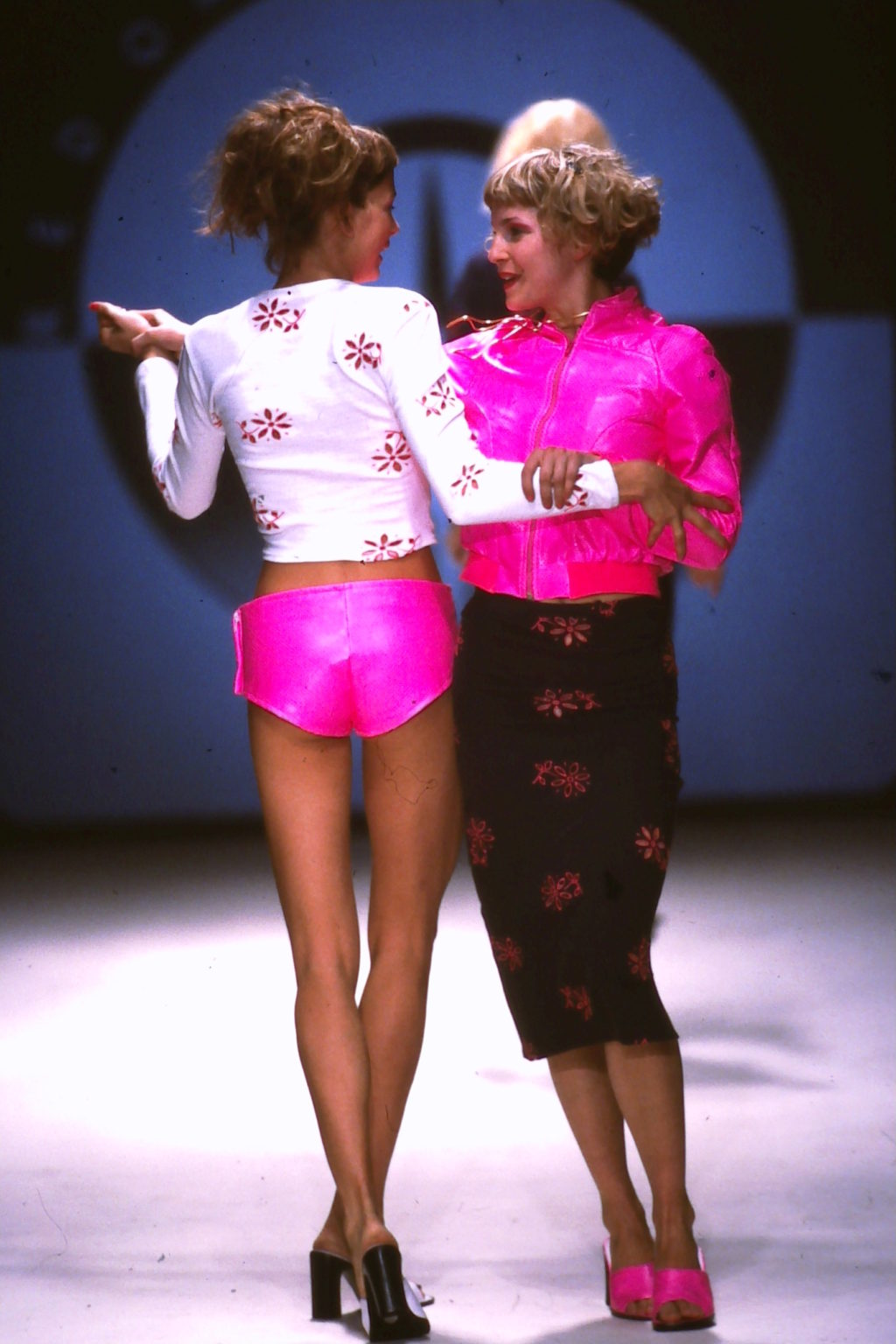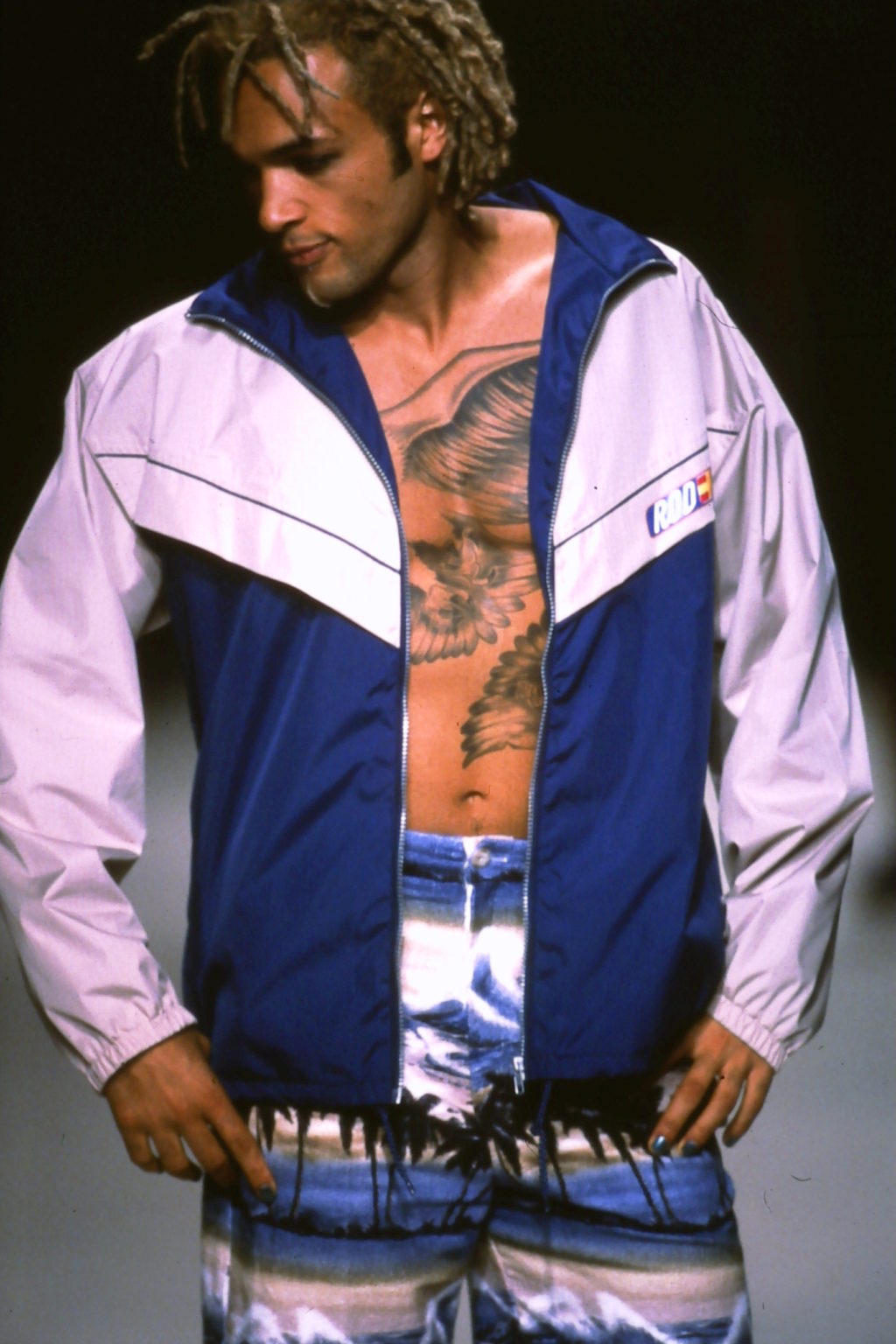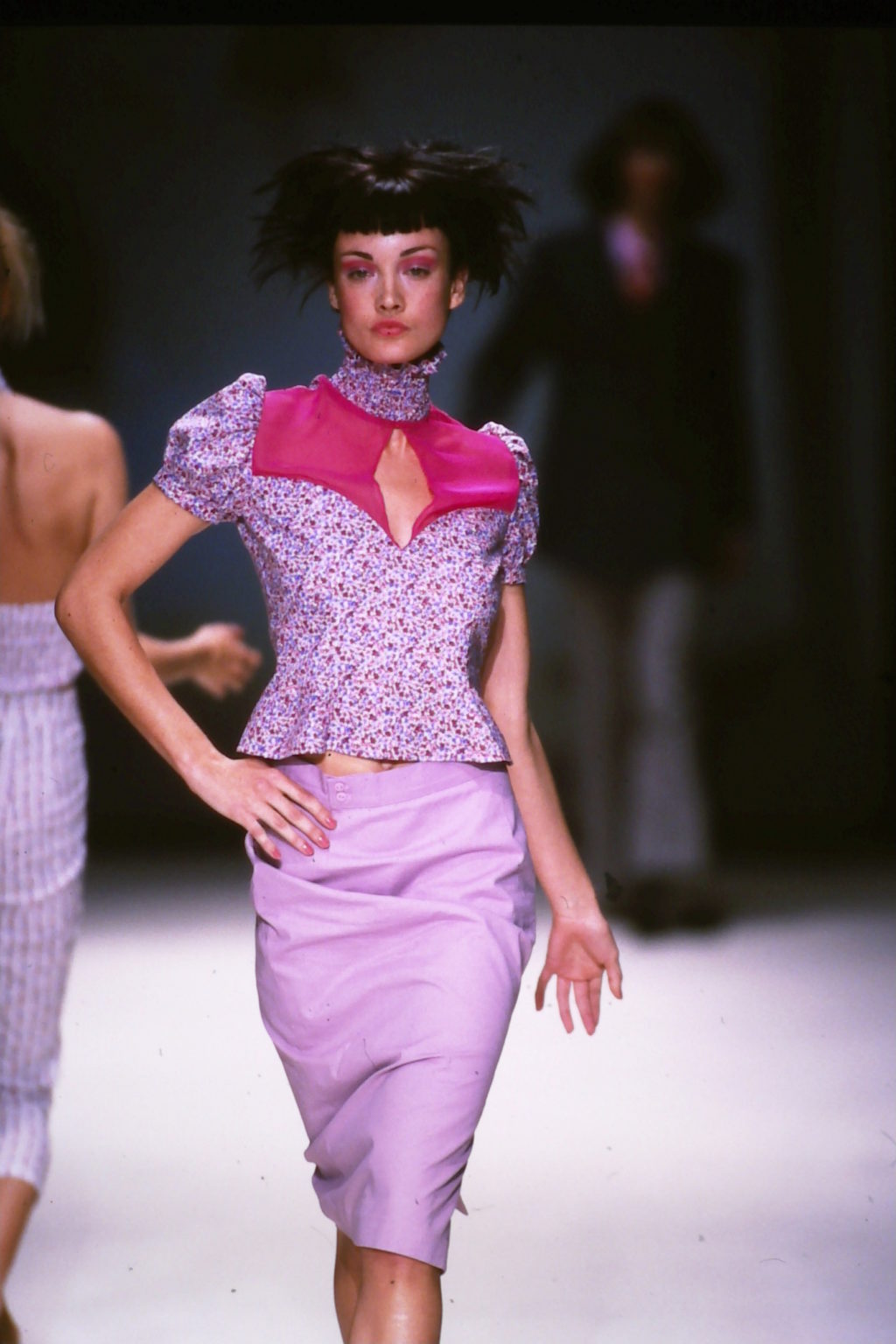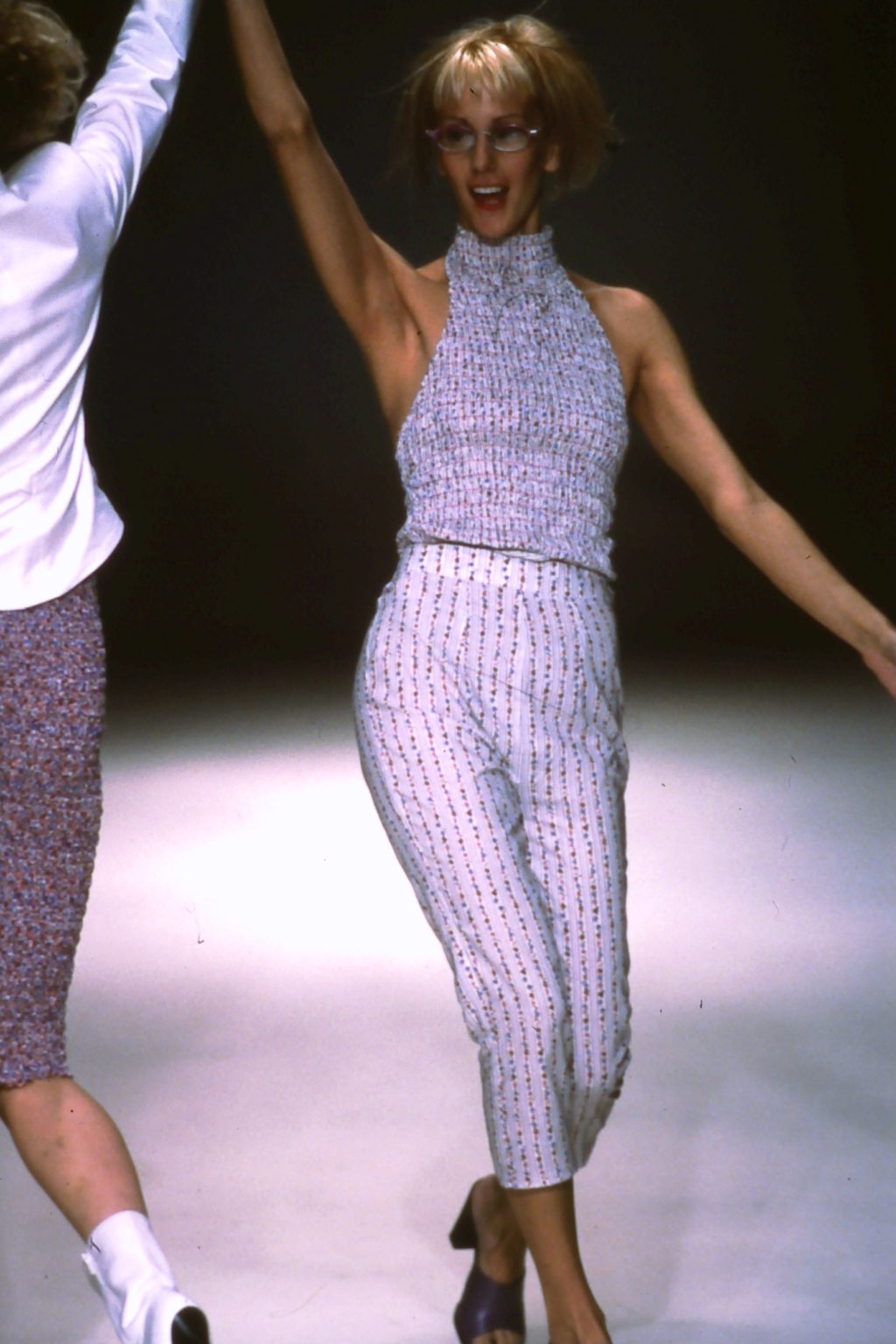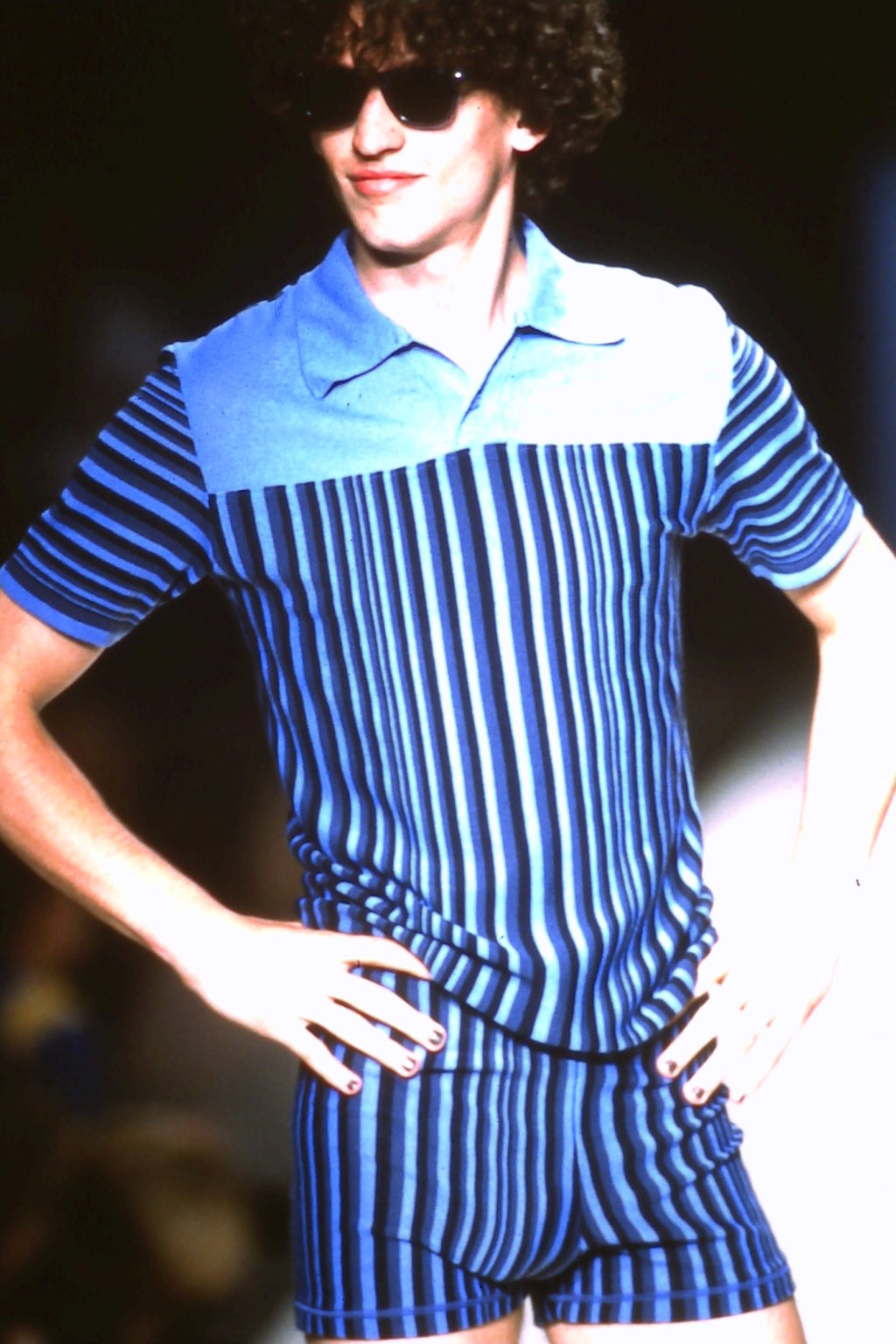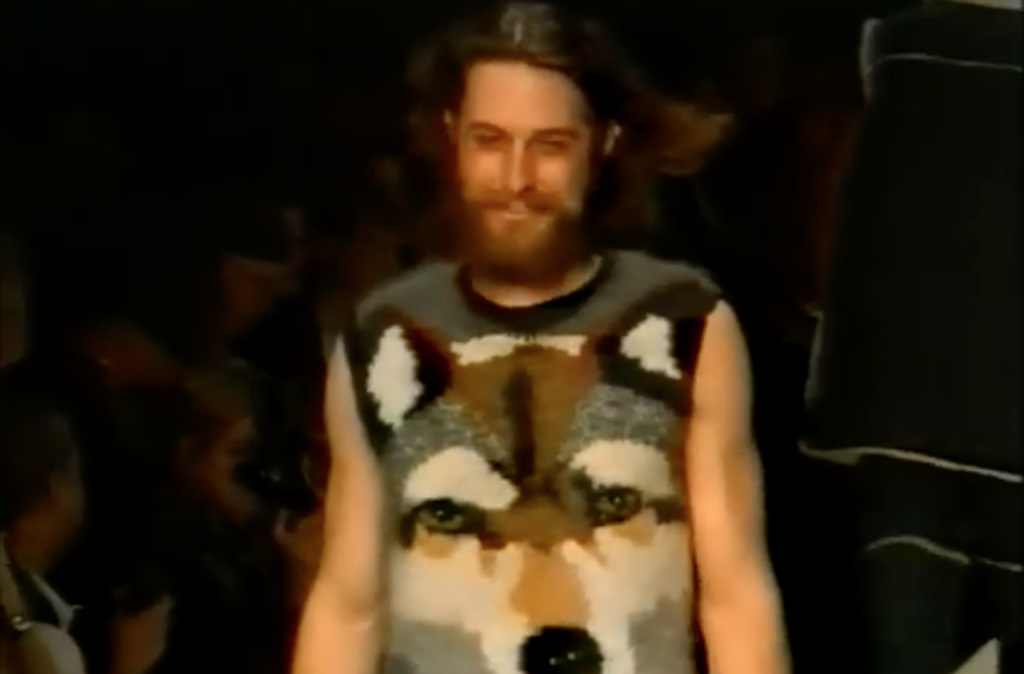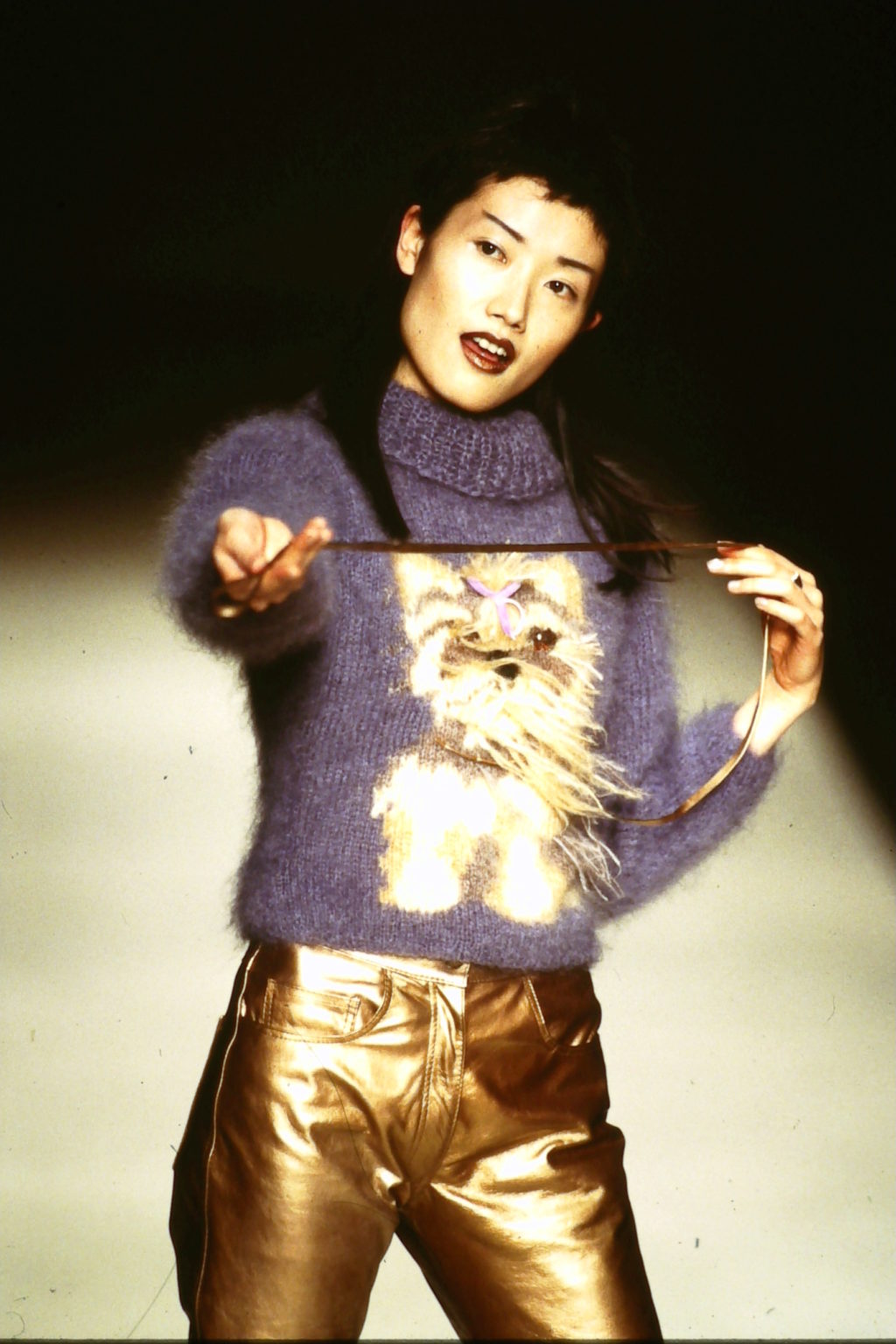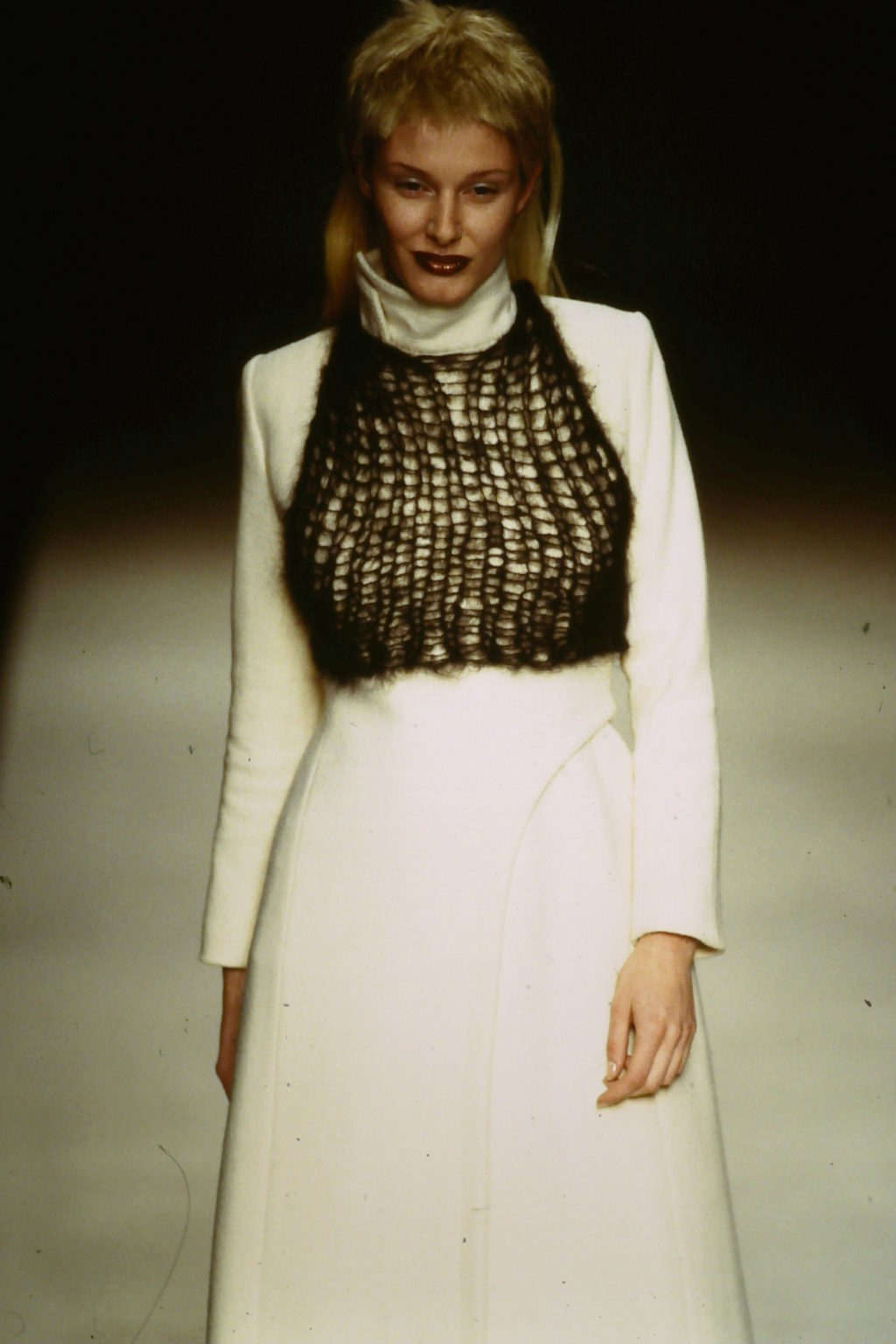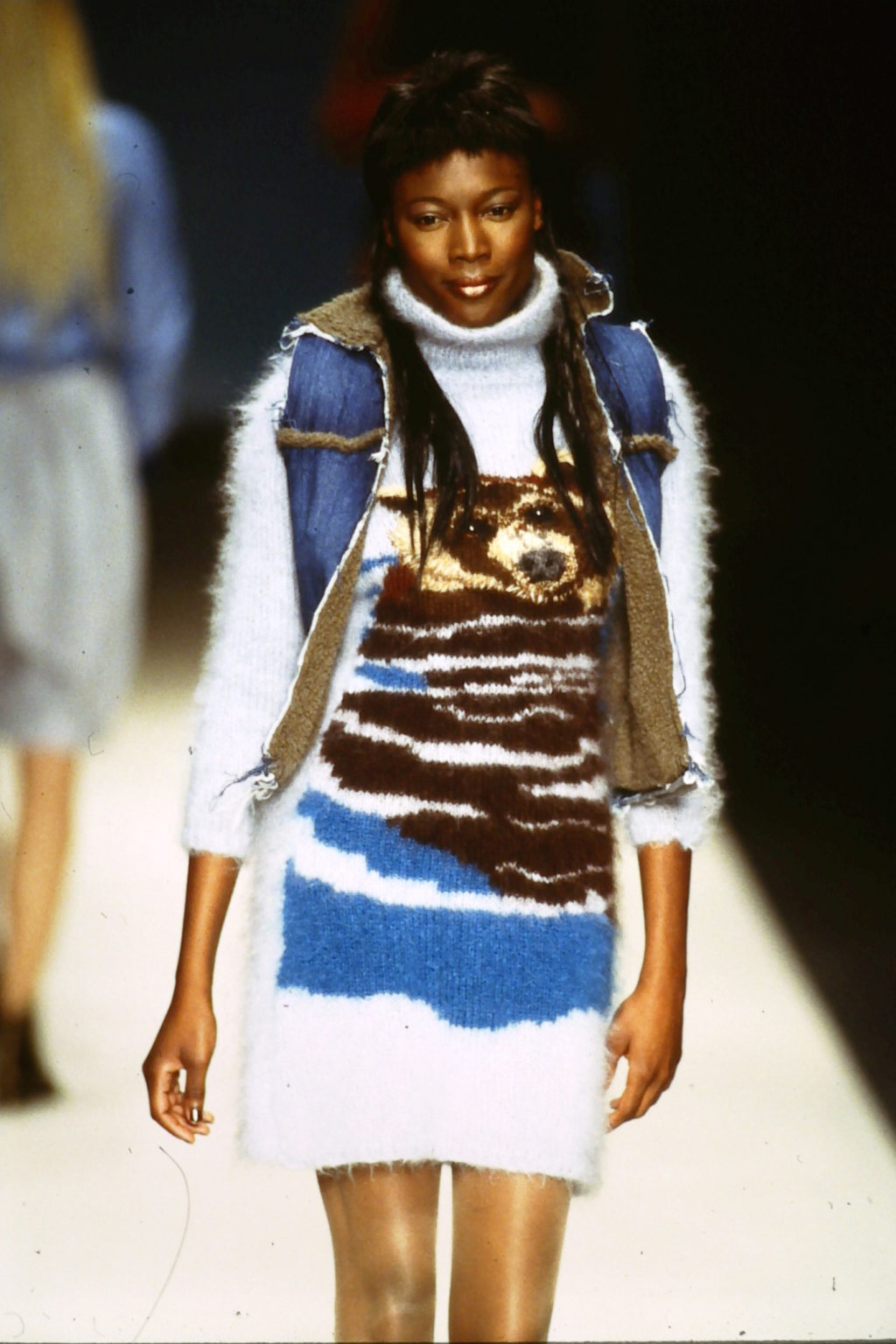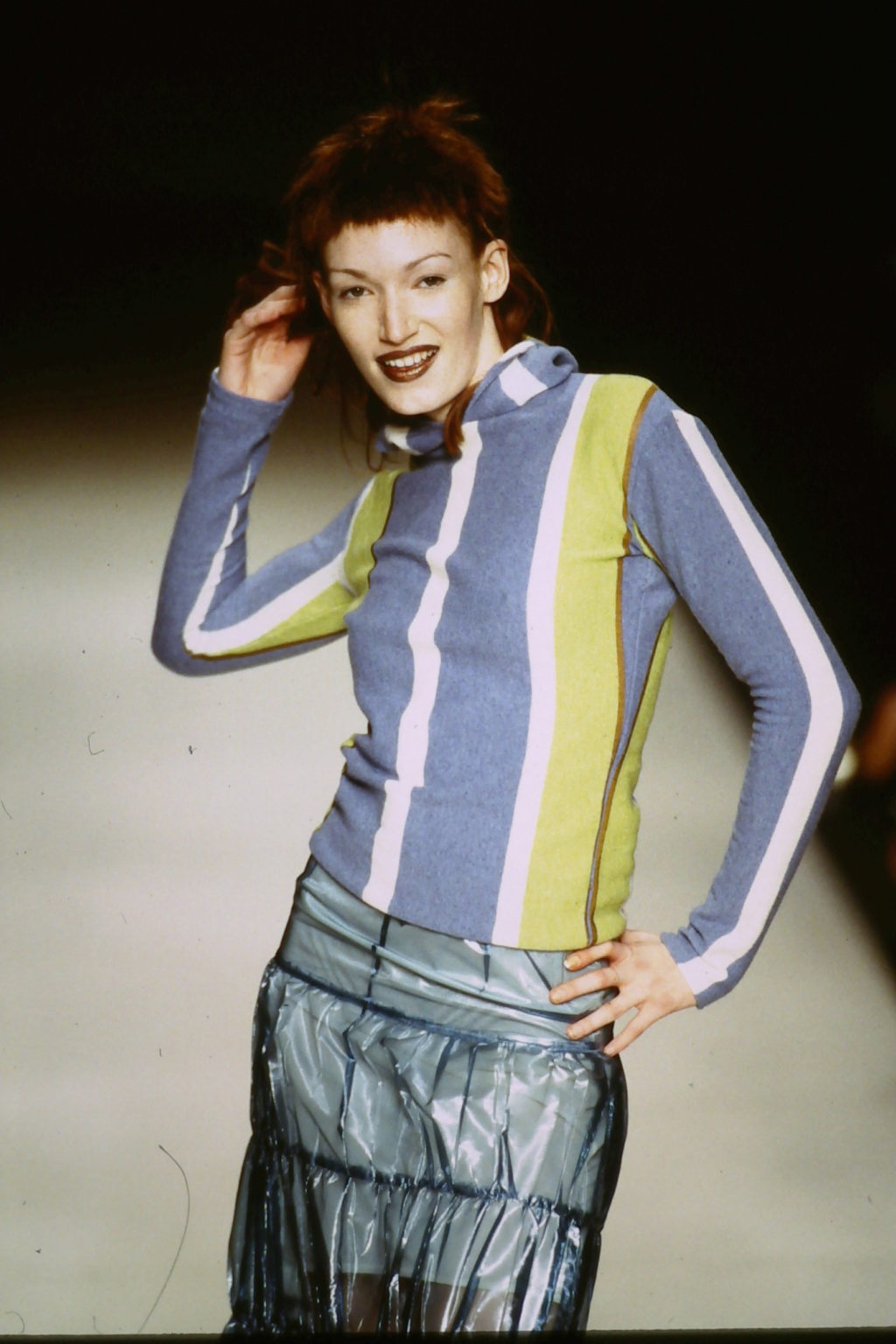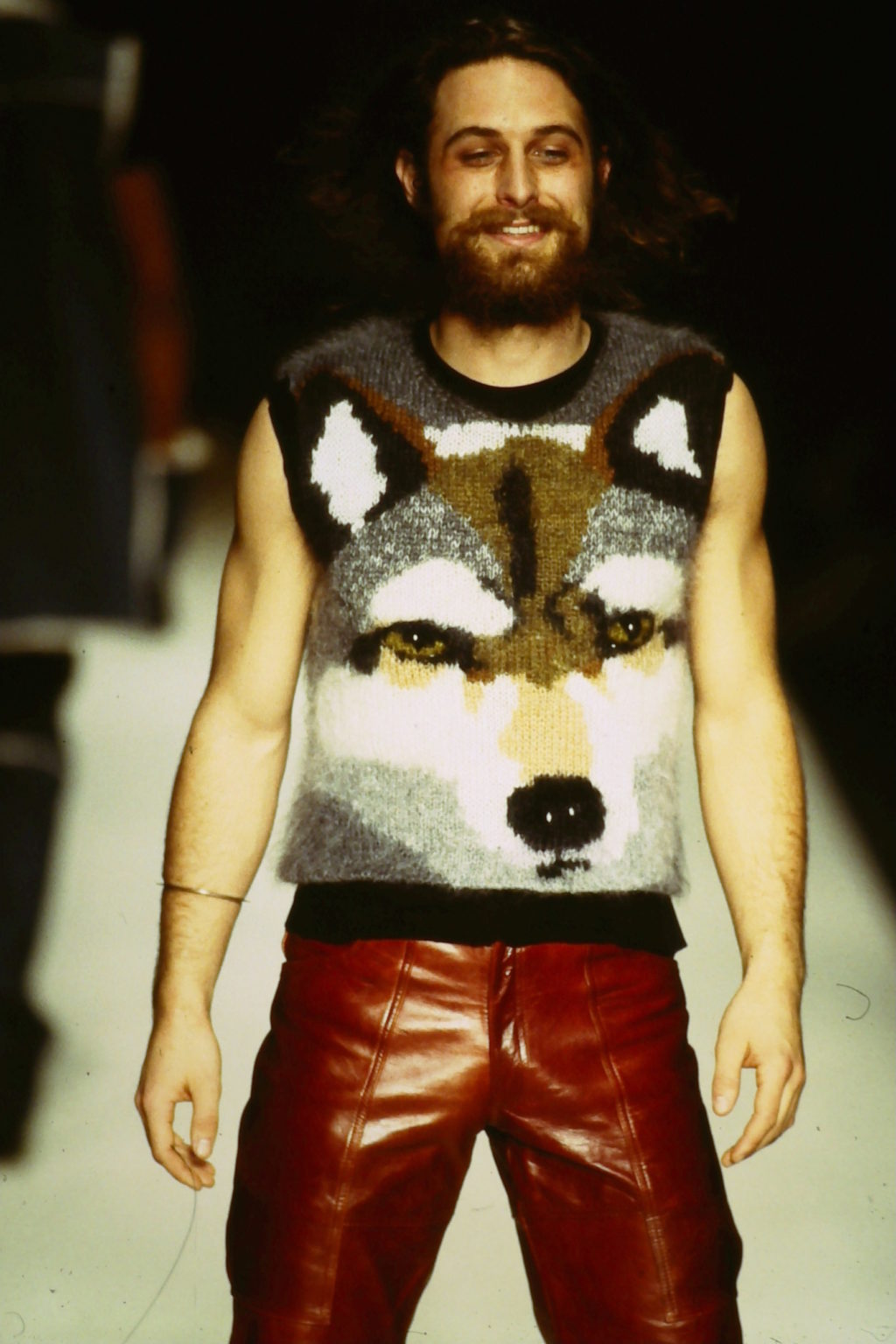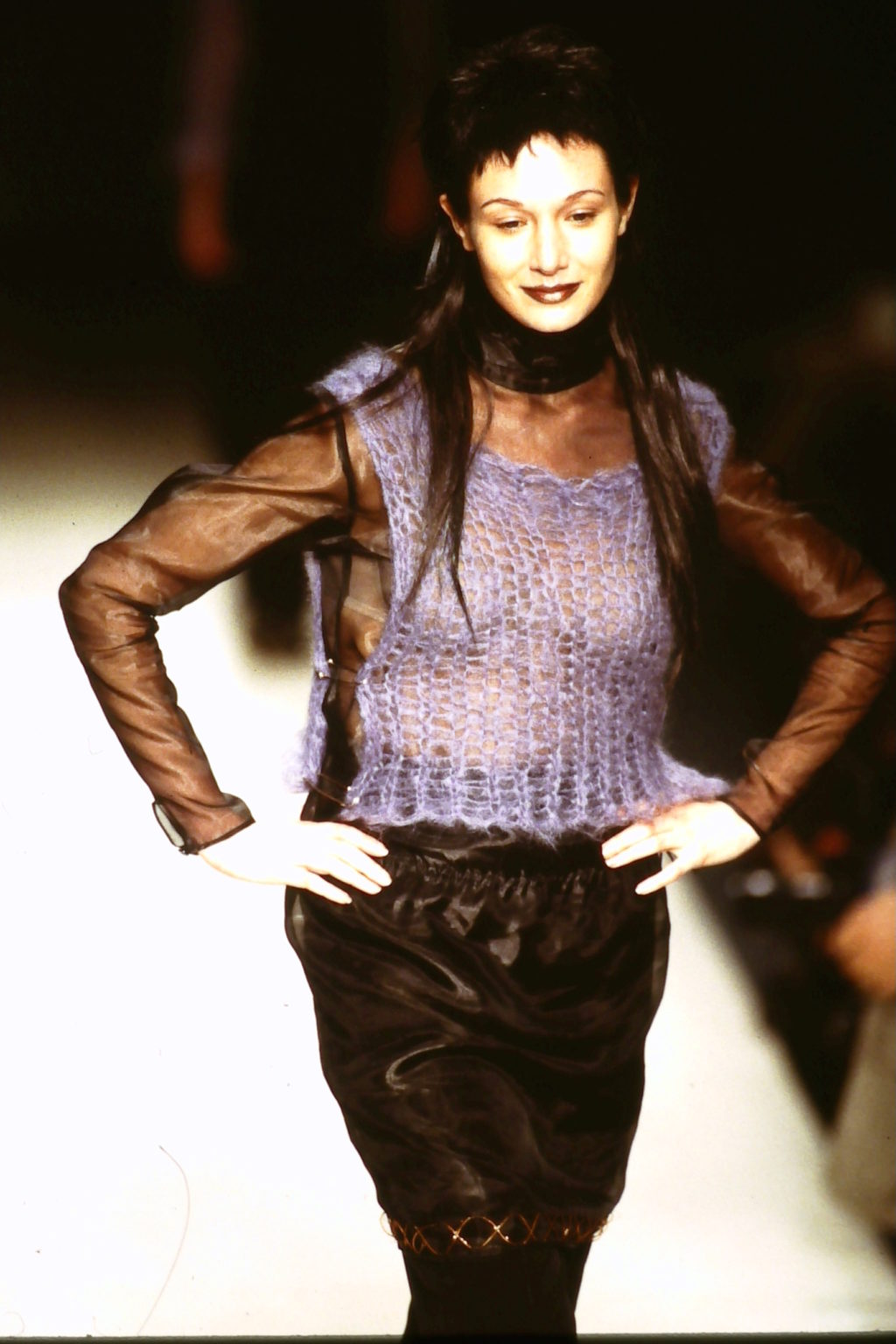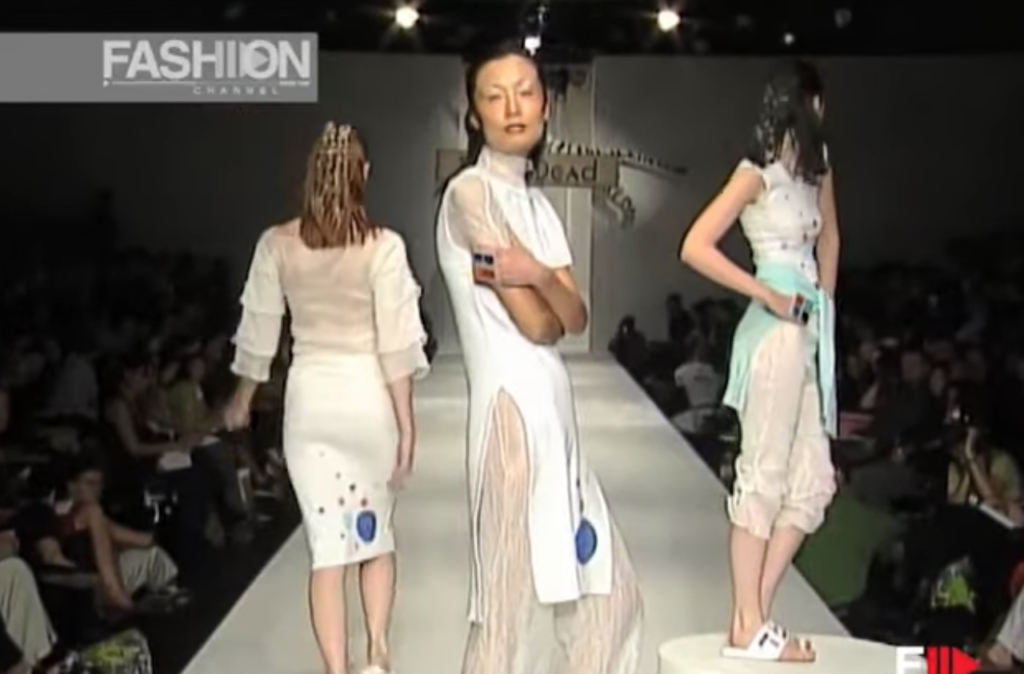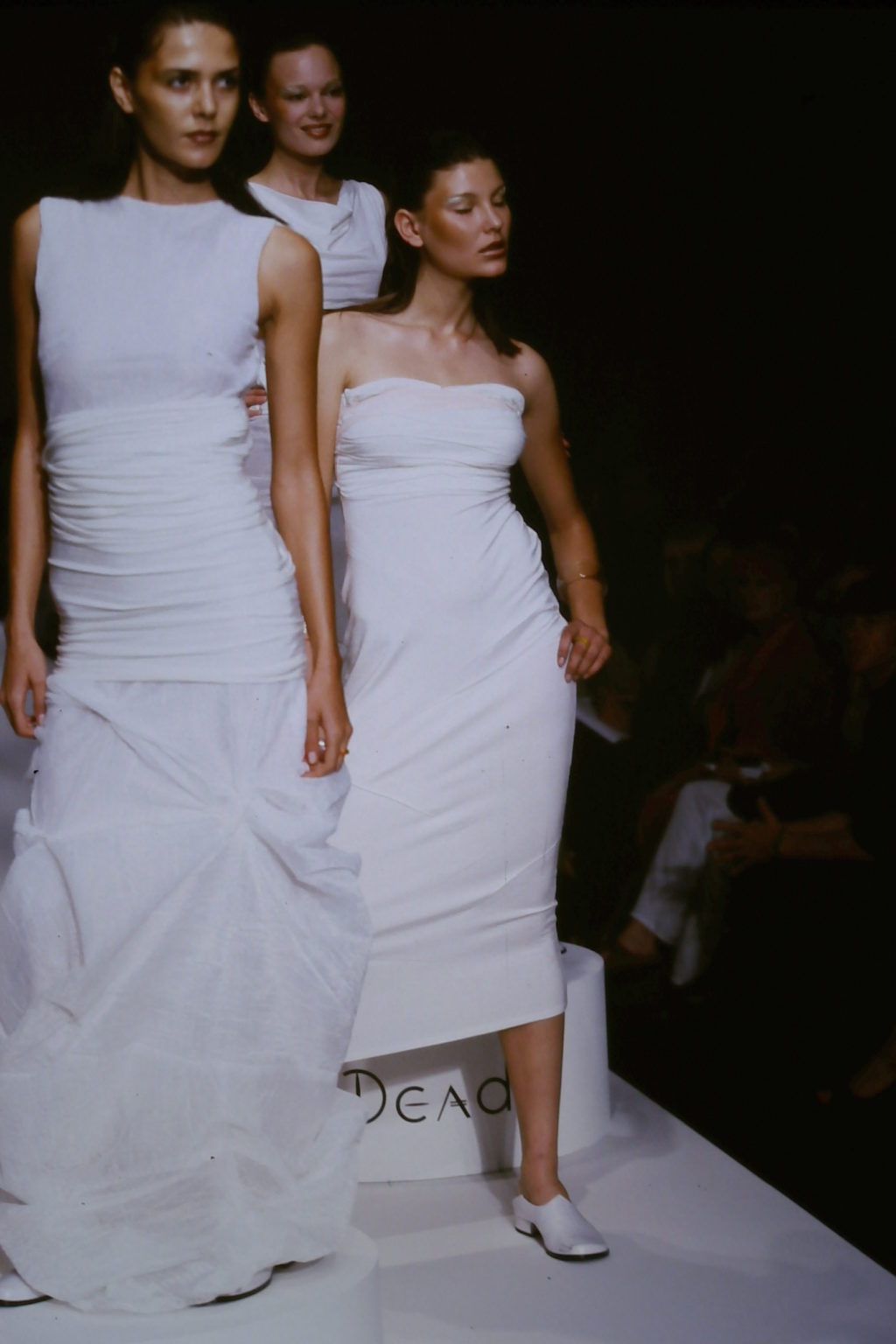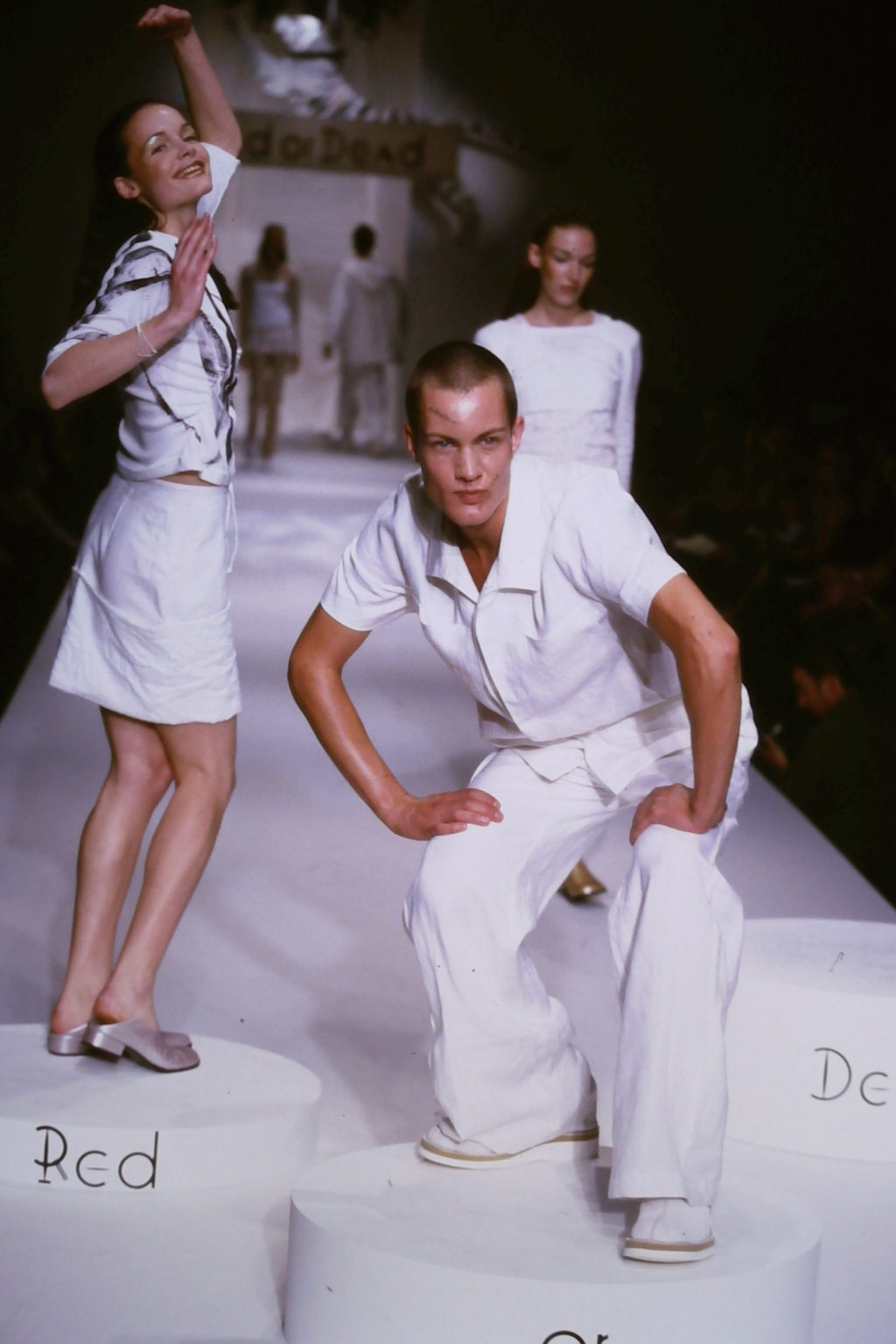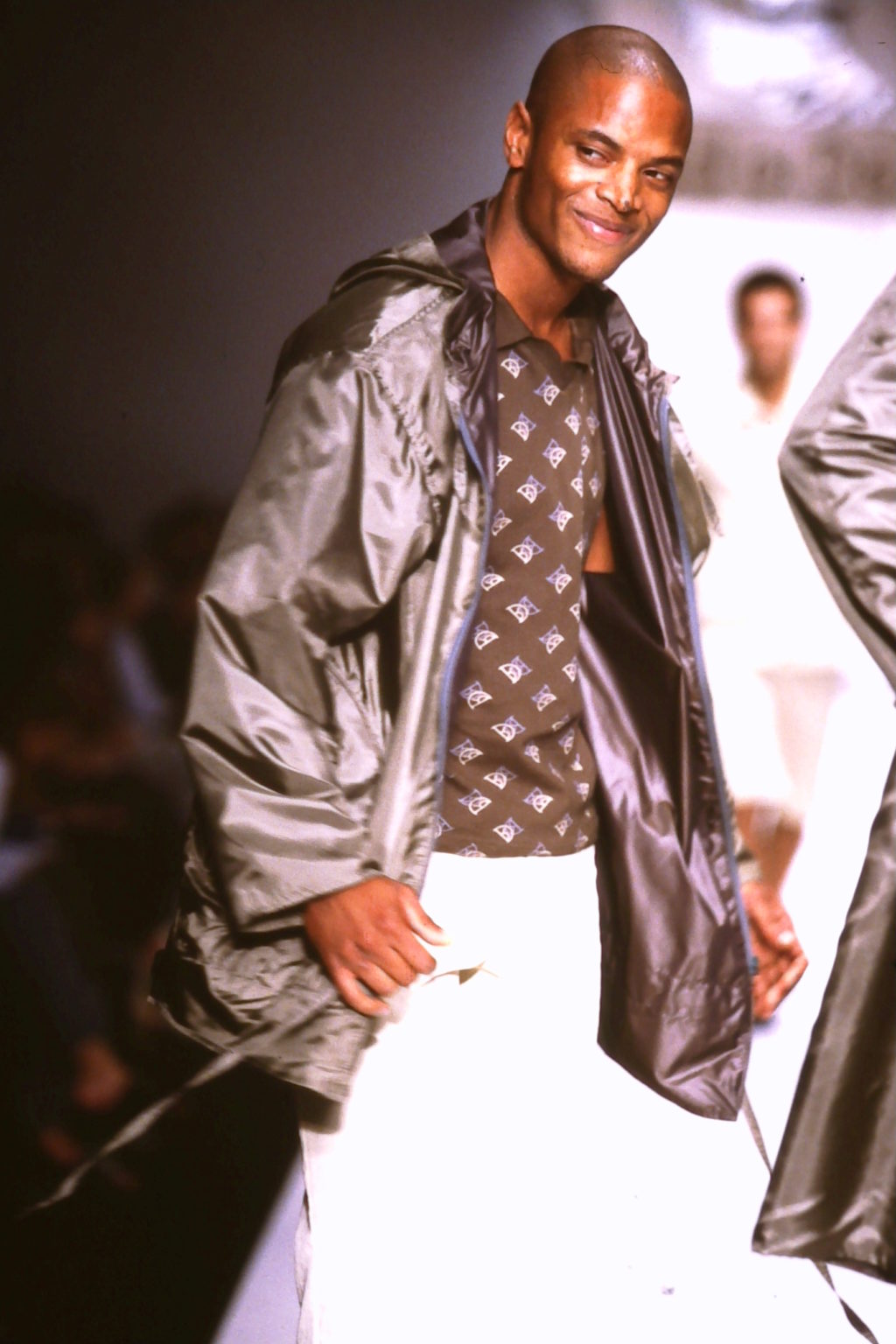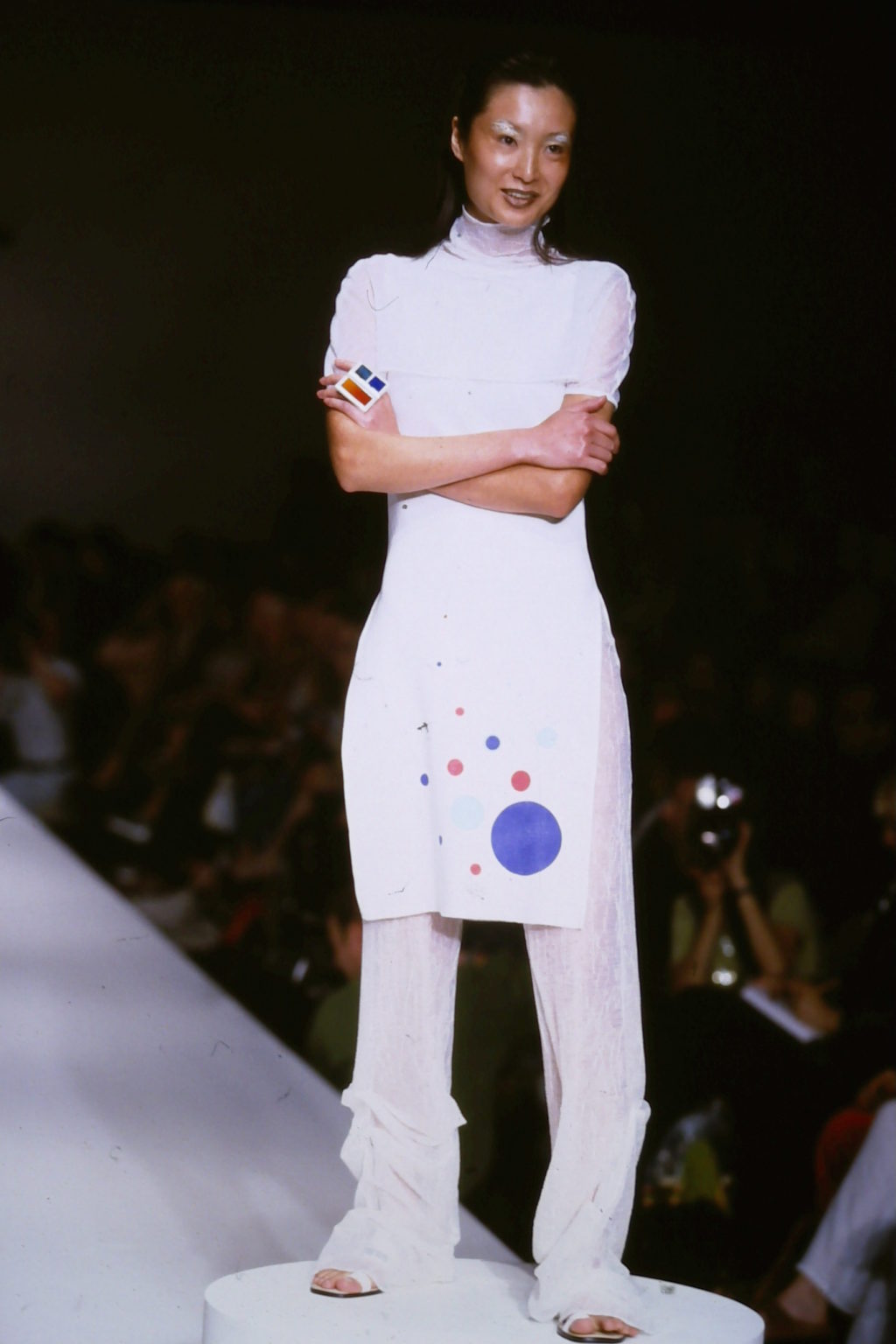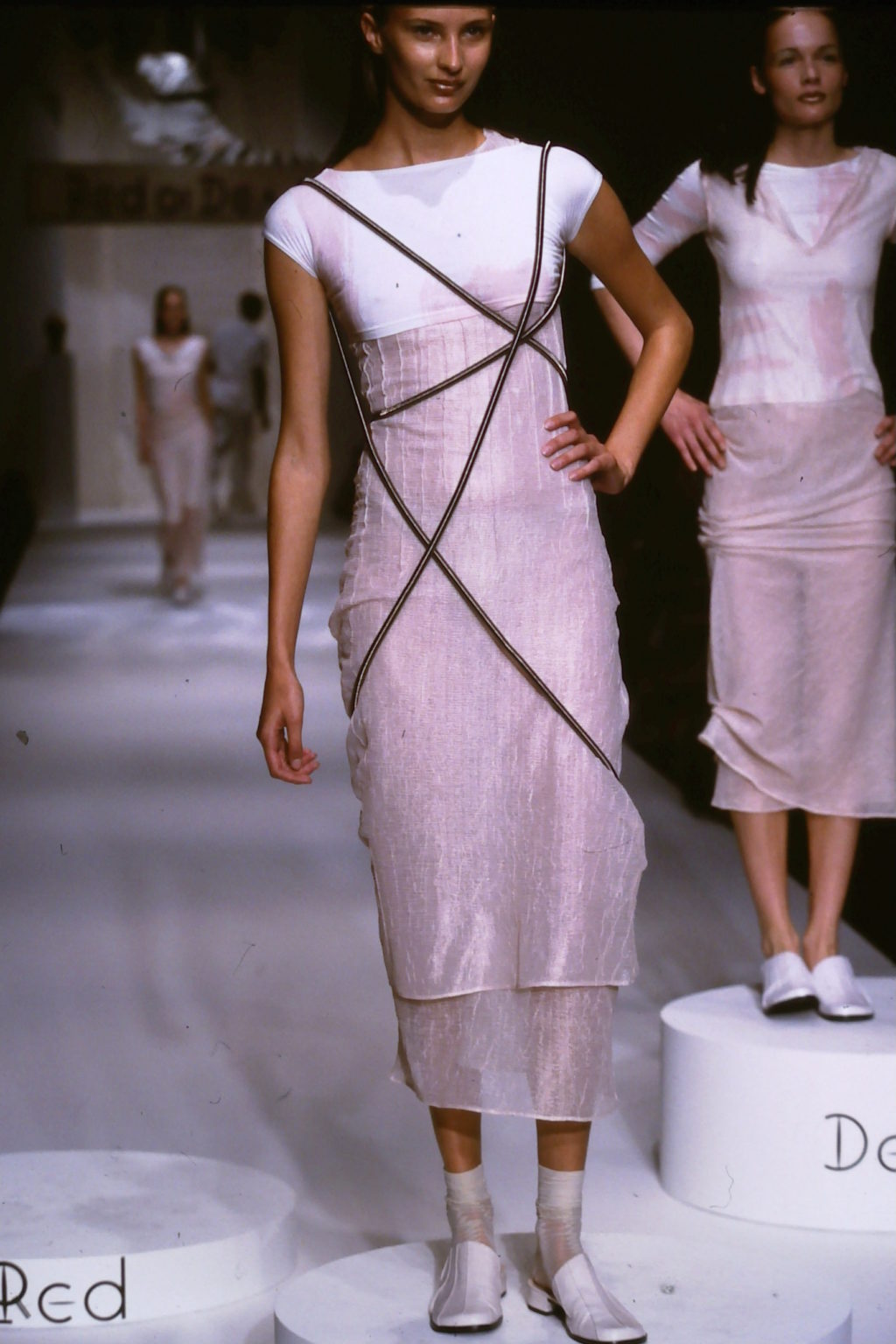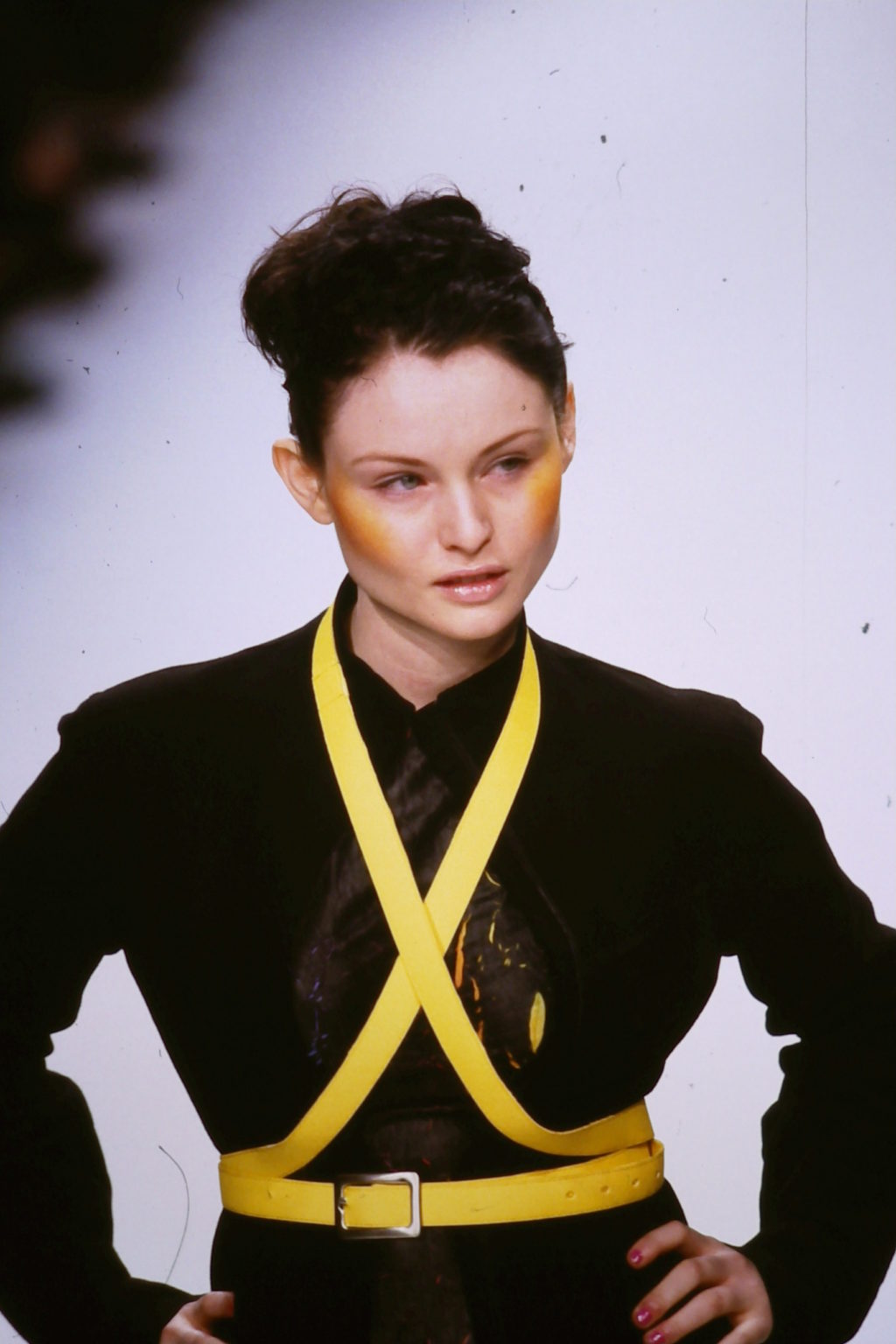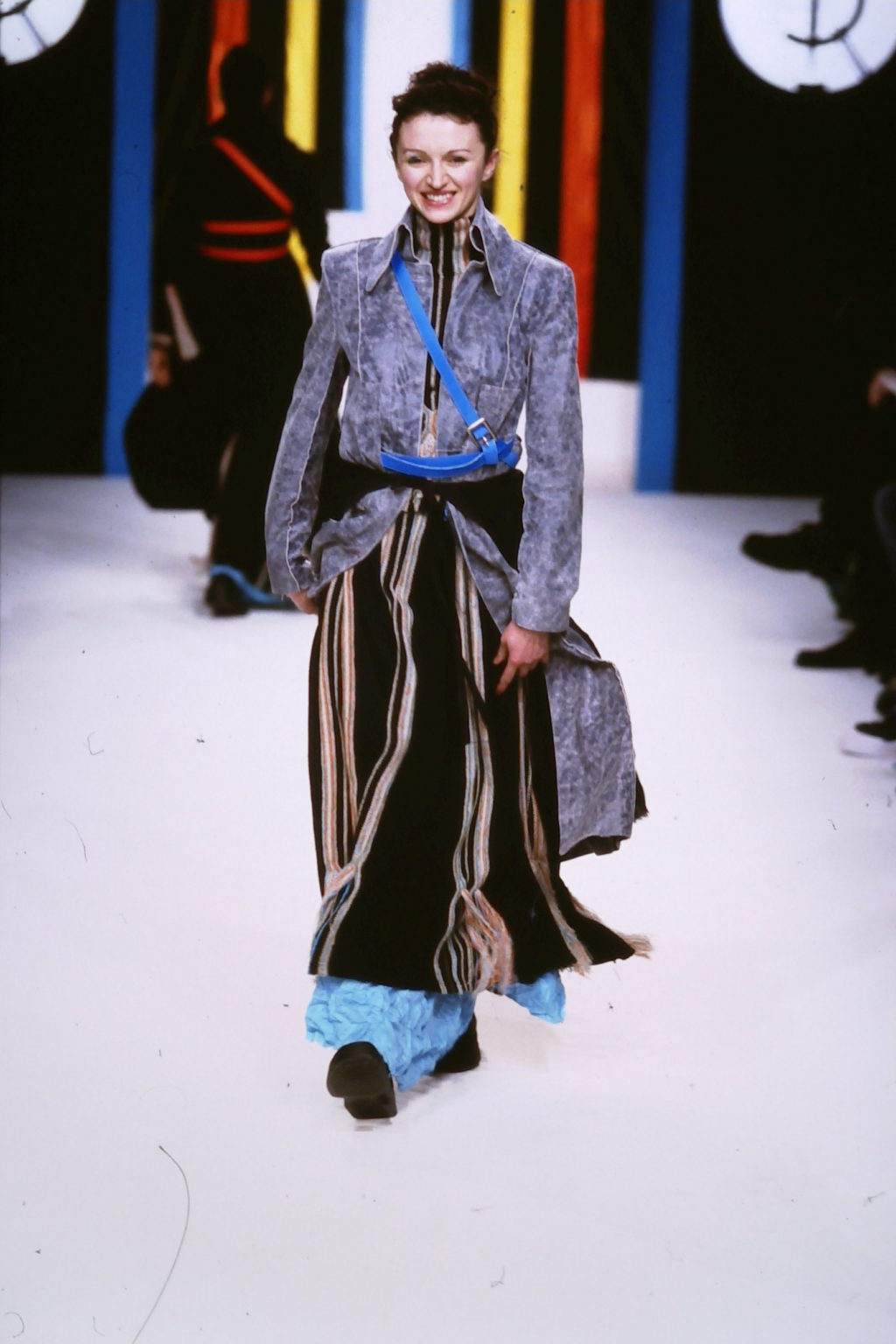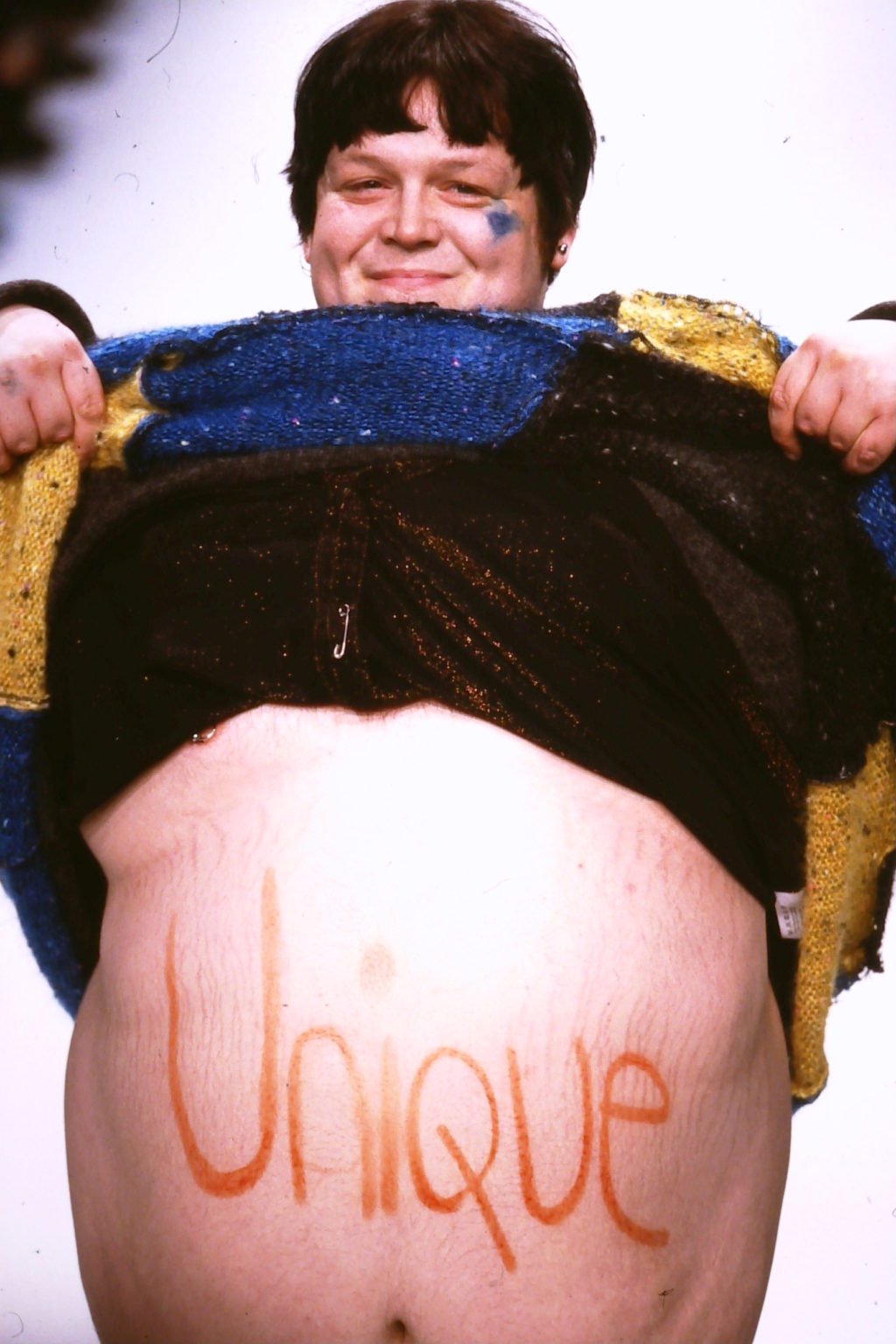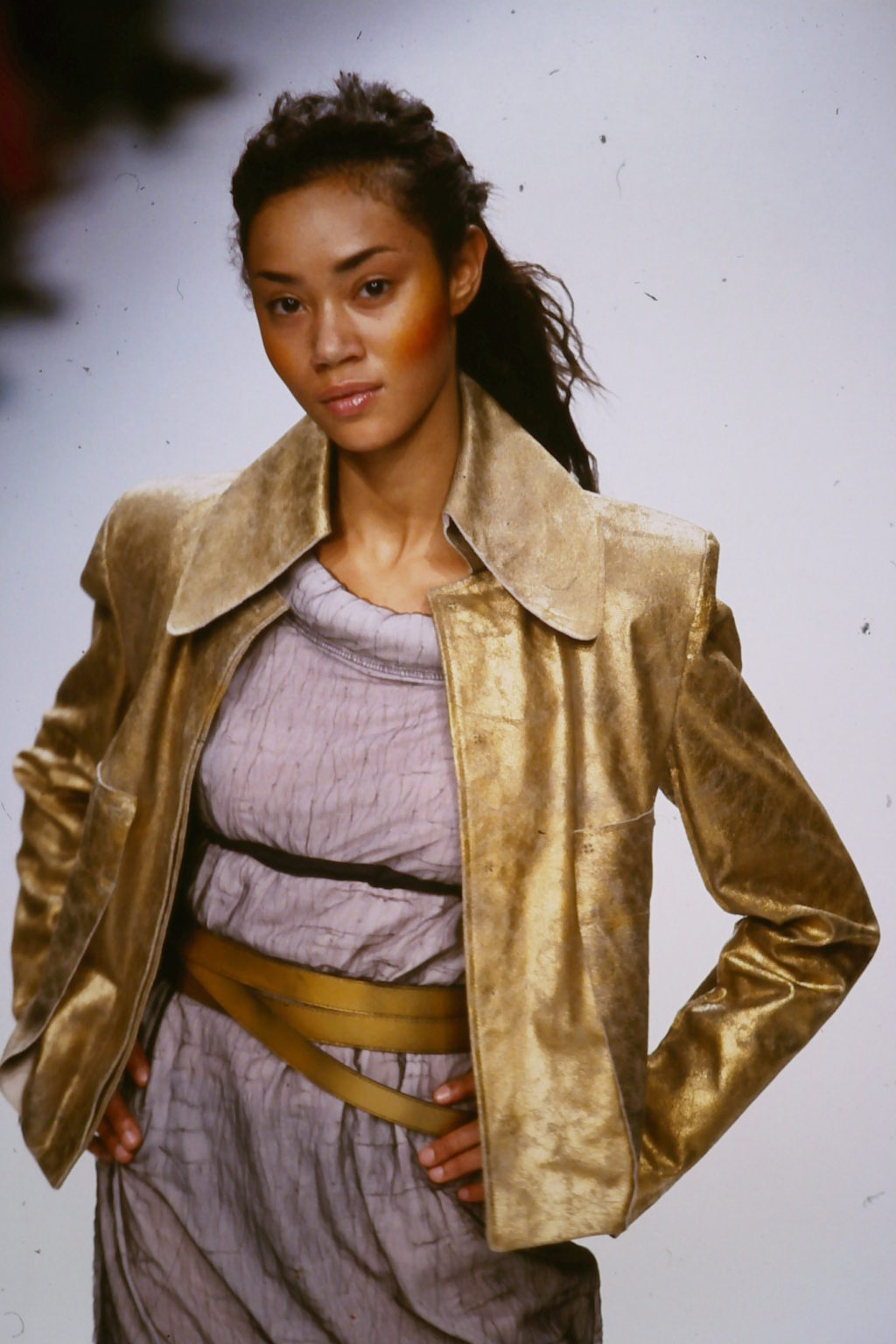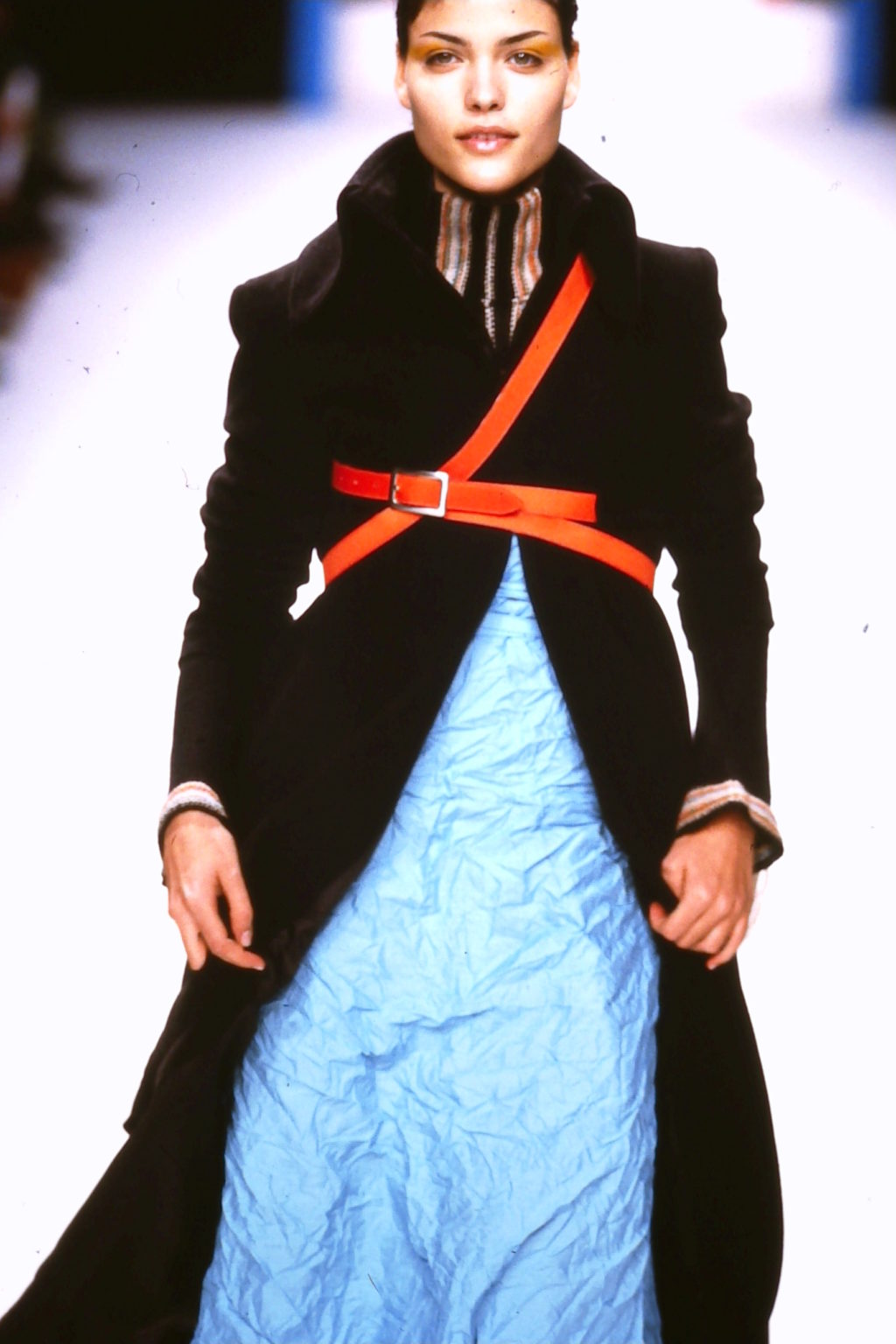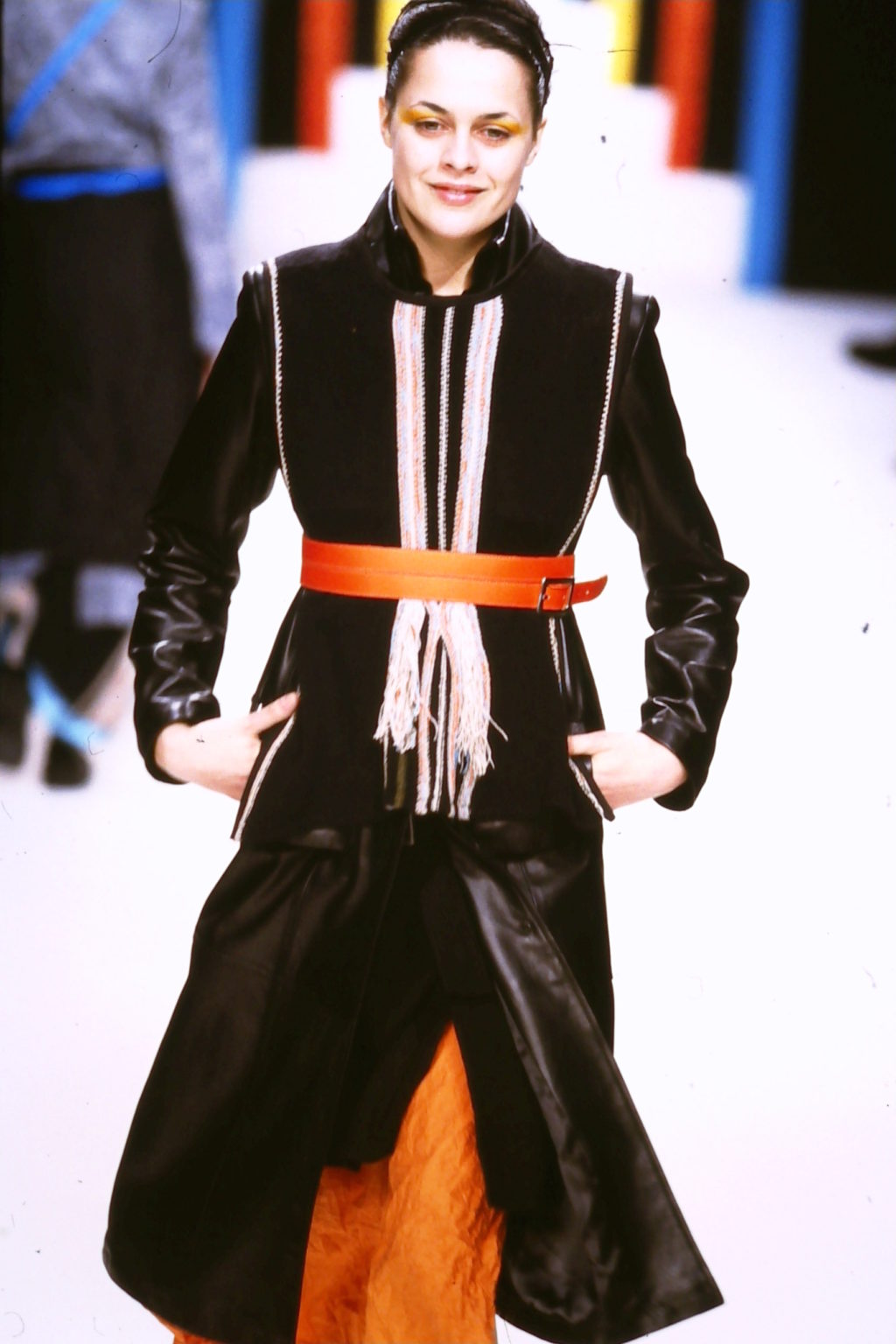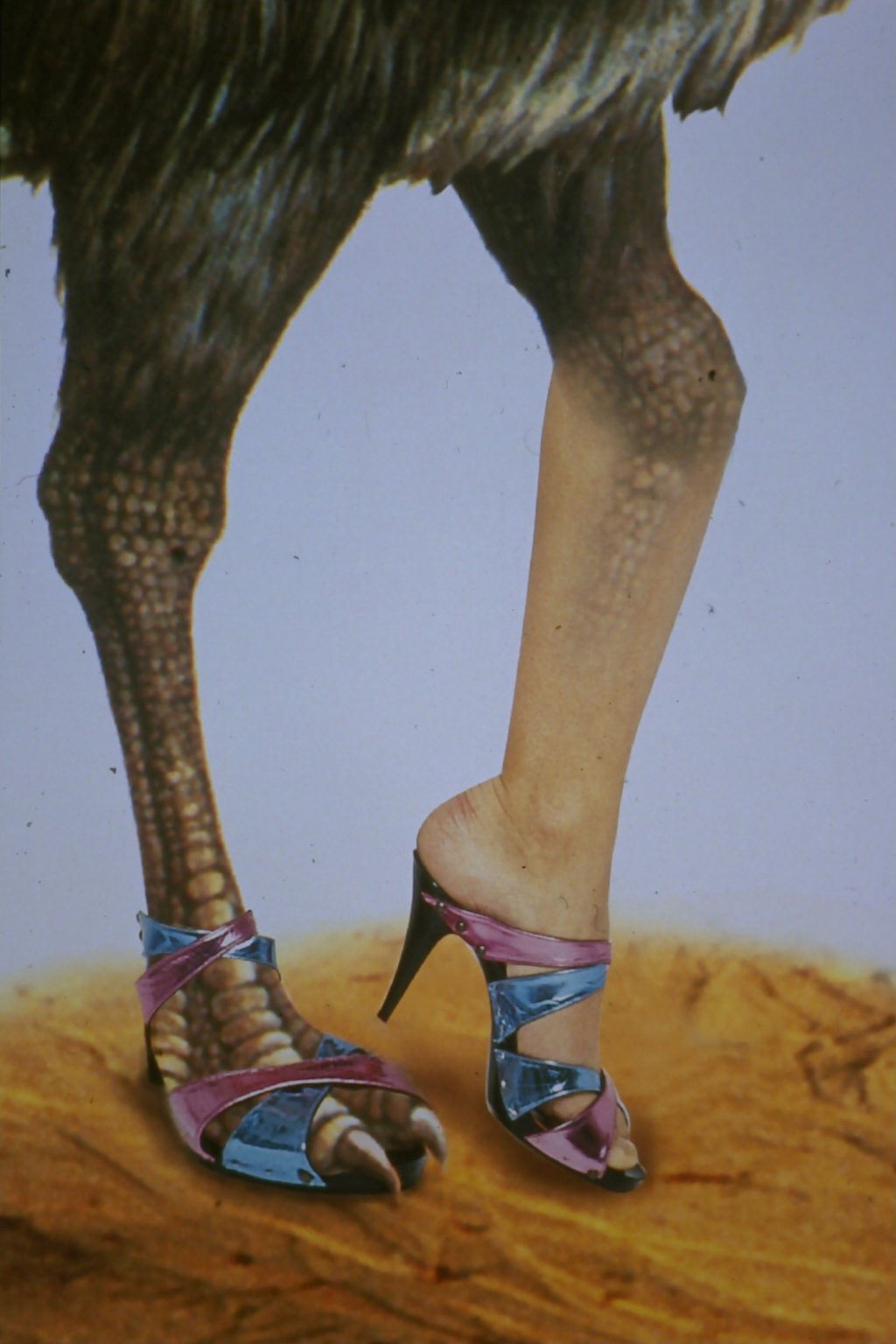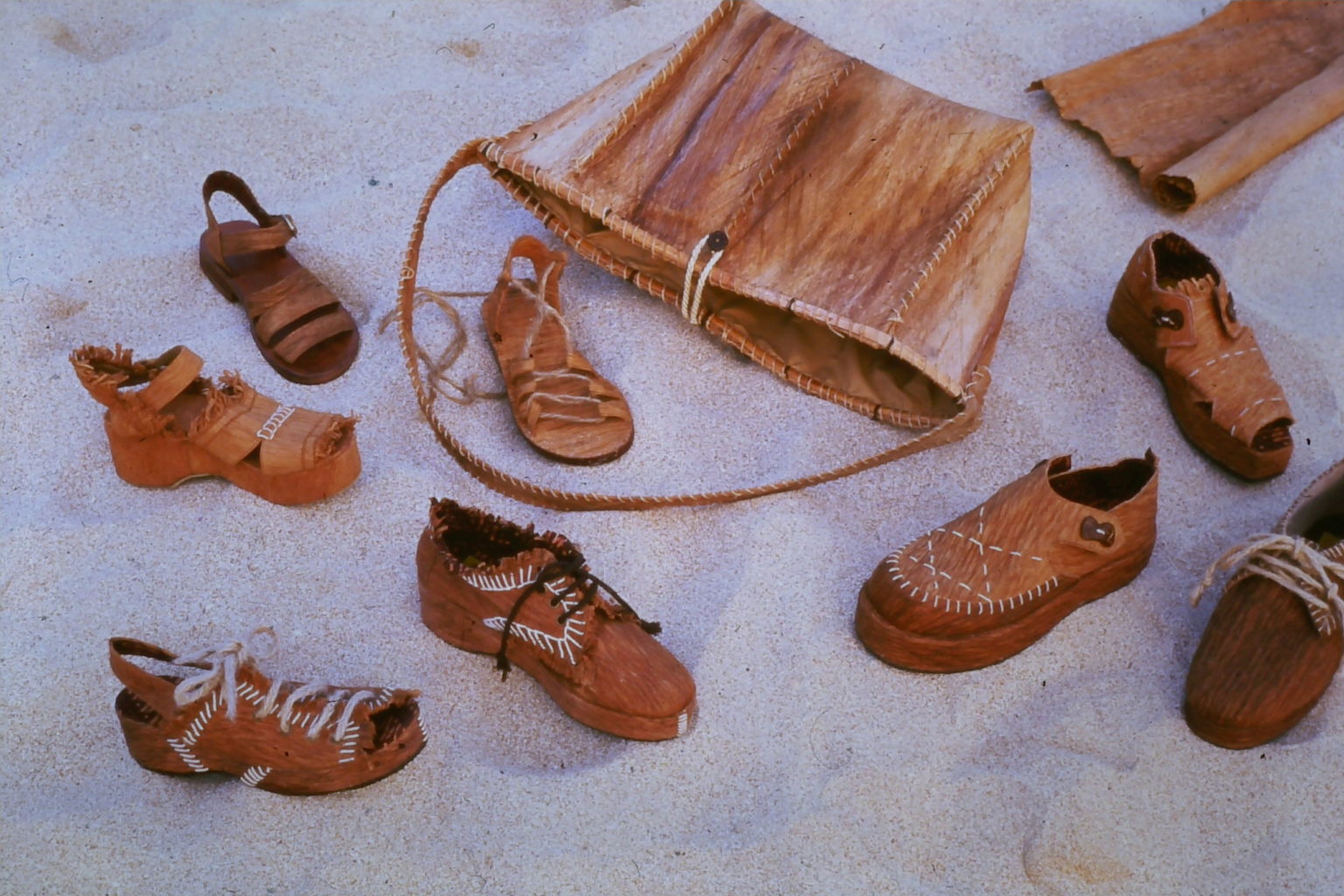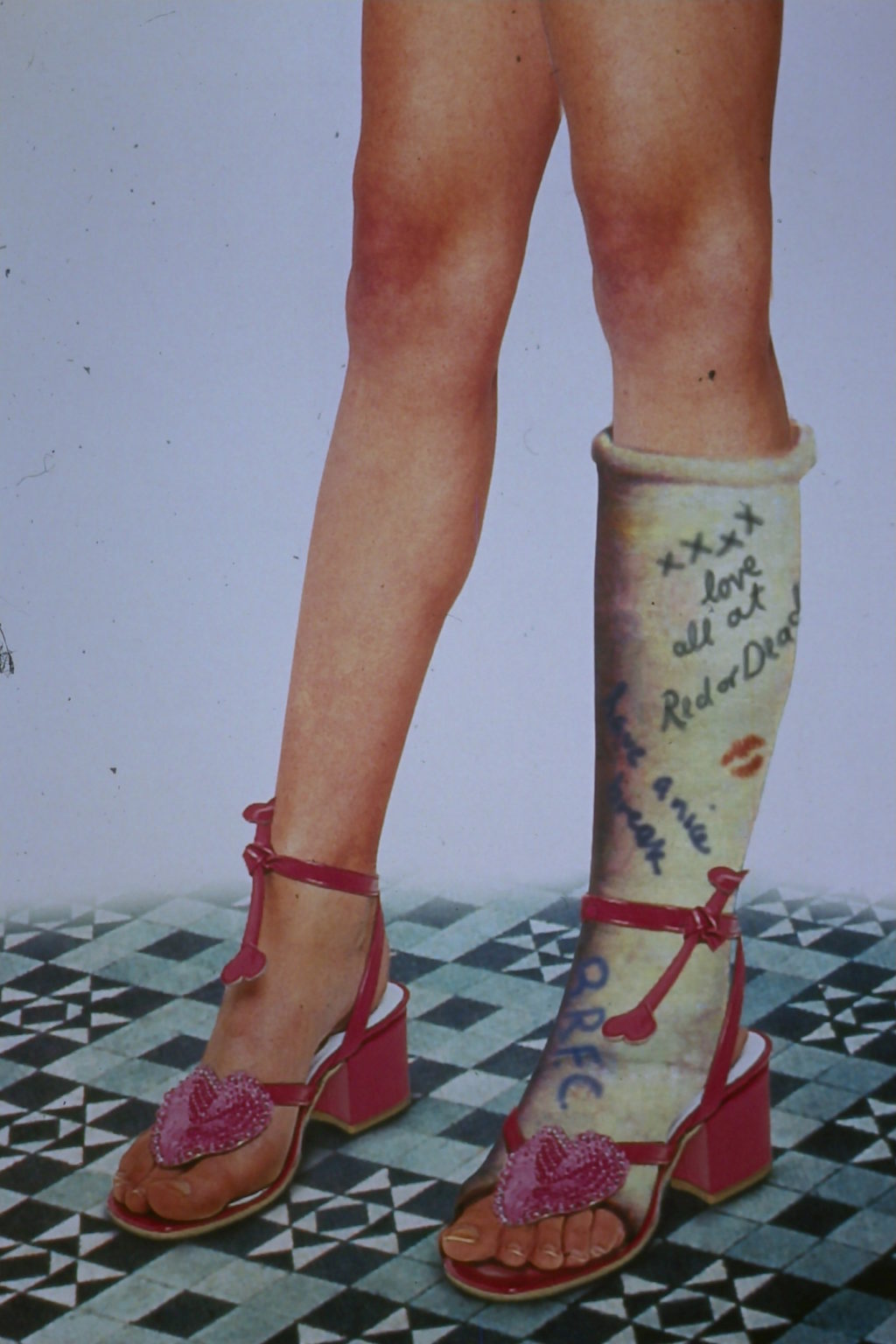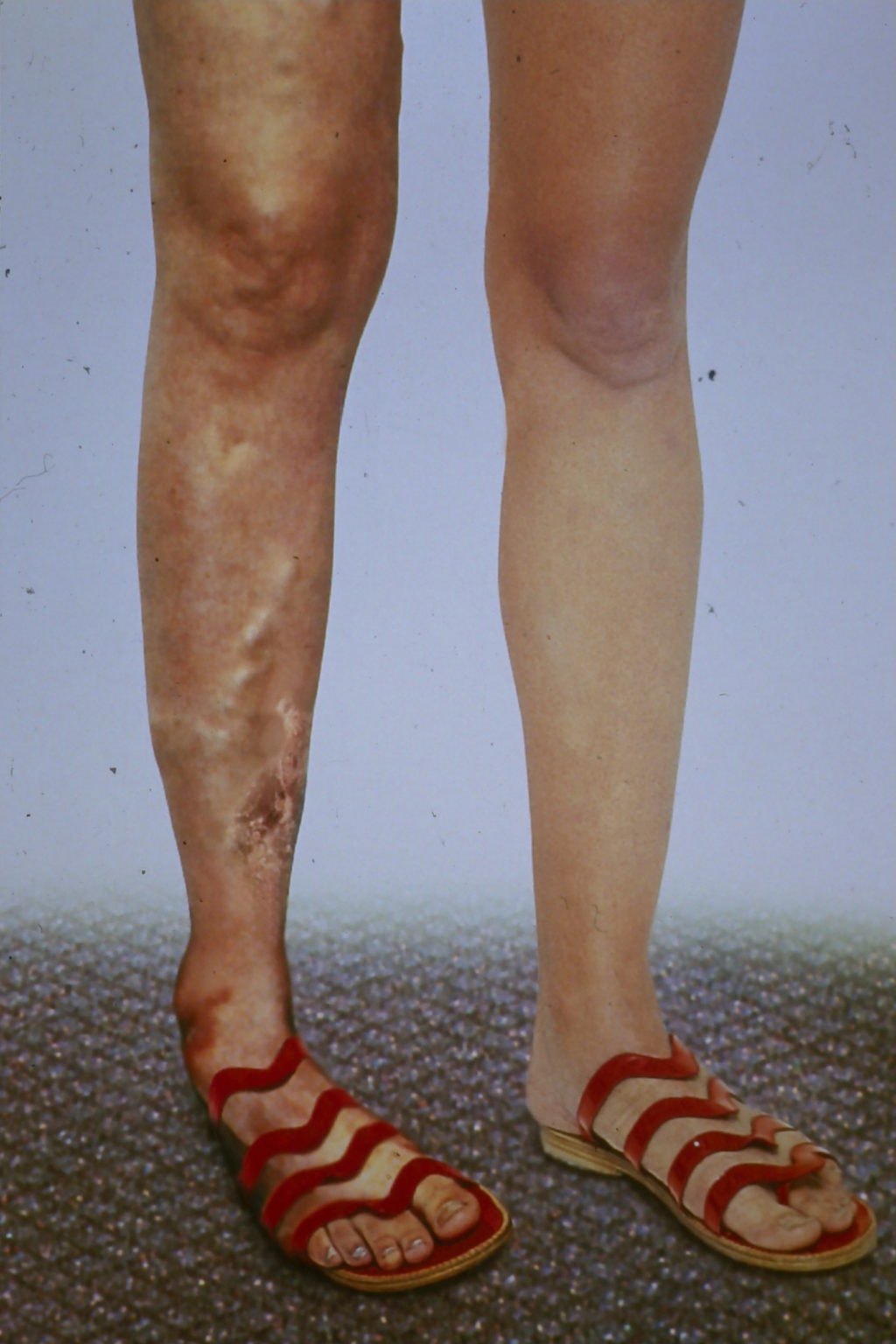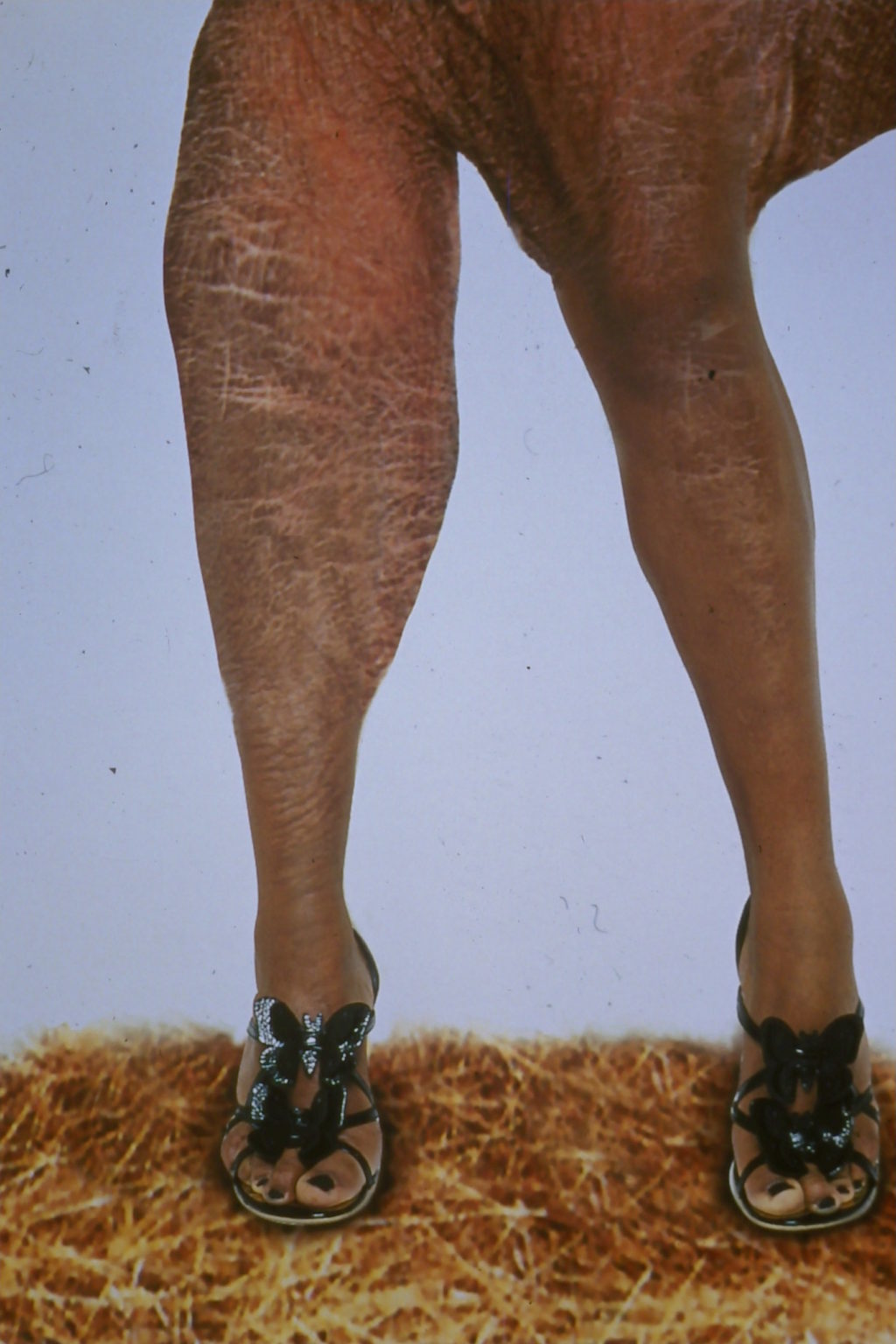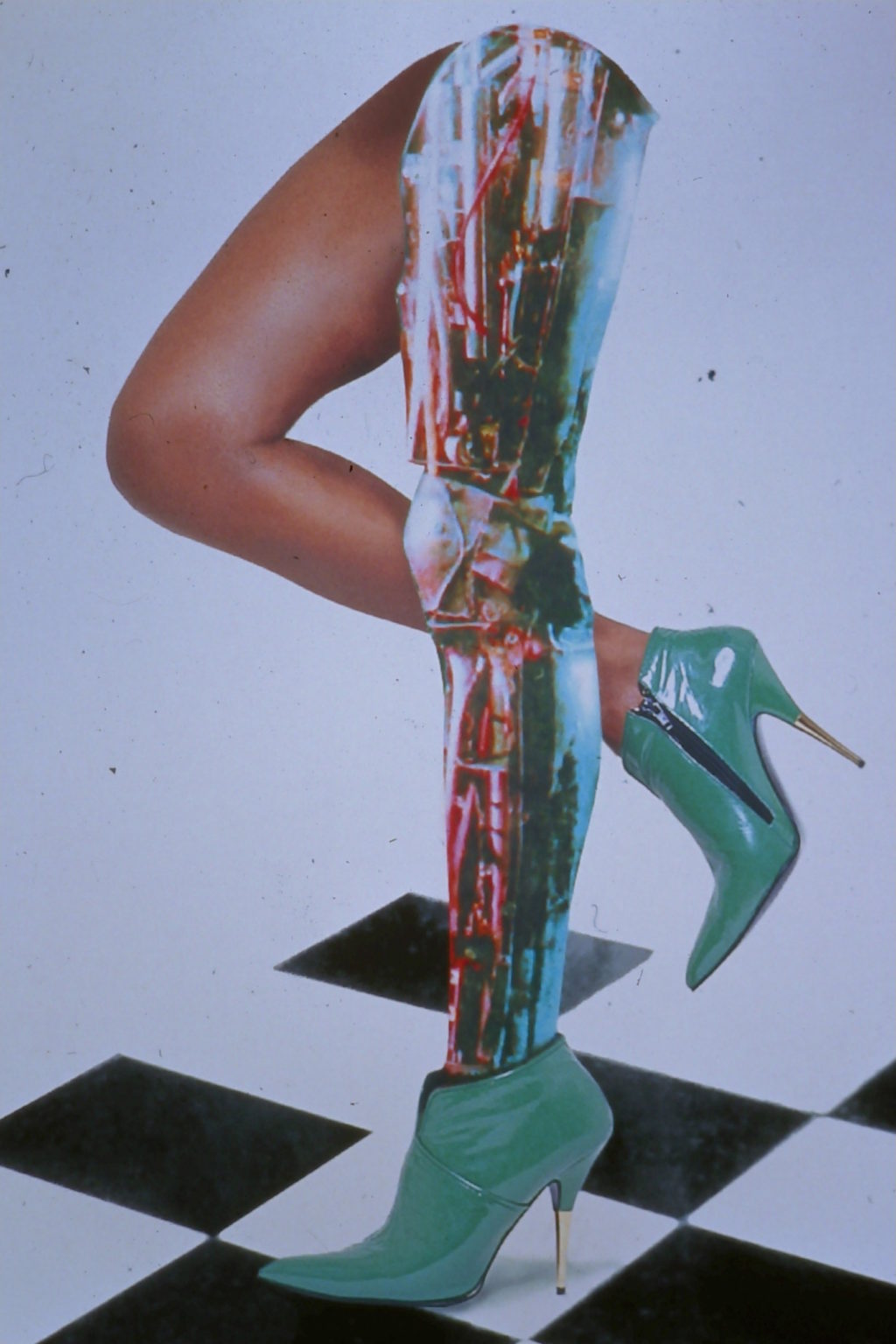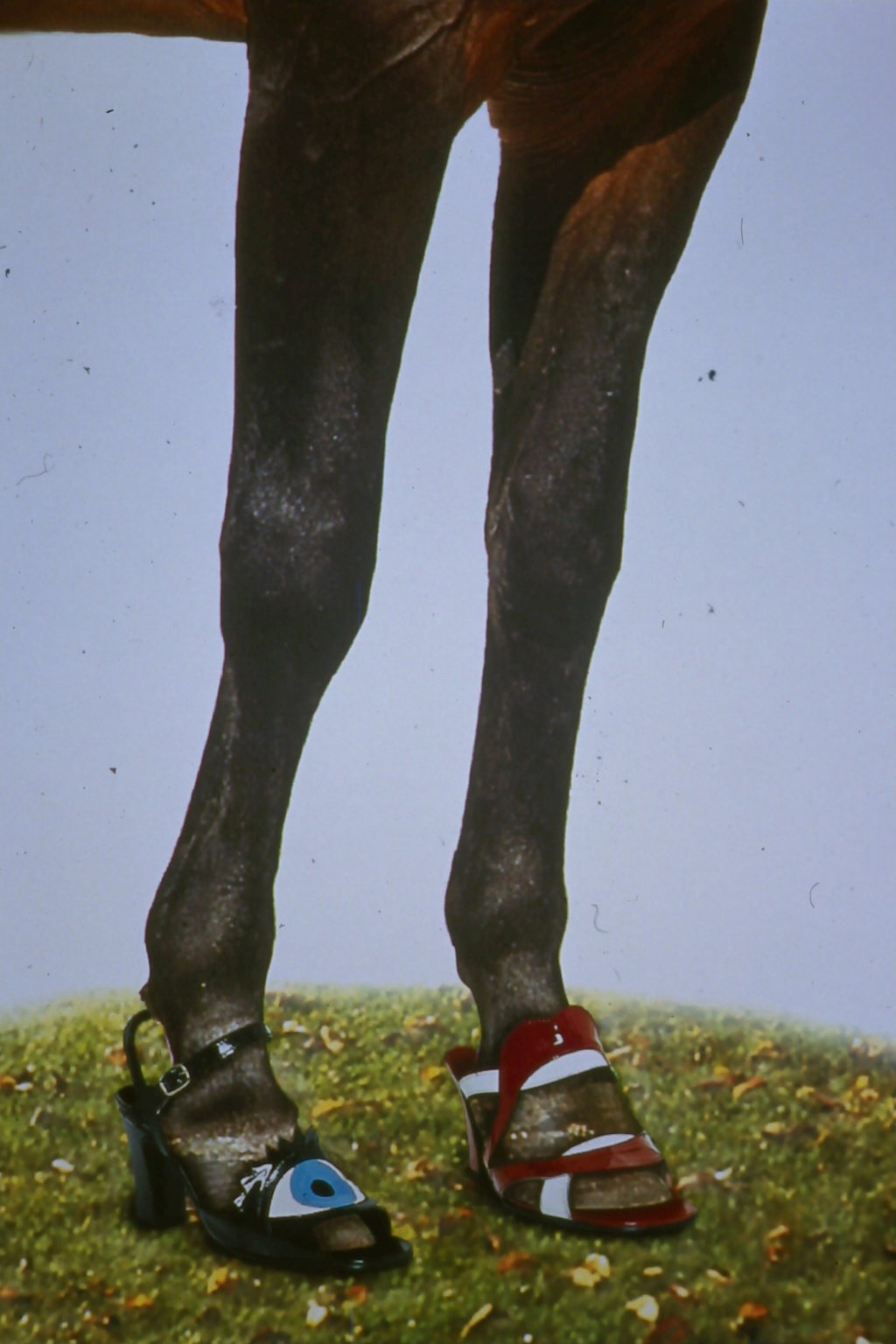It’s not often that two young folk have the power to shake the fashion industry to its core, yet this is exactly what Wayne and Gerardine Hemingway did with Red or Dead. The pair had exactly the right cocktail of no design background, a real love of music and fashion, a can-do attitude and the impetuosity of youth to create a fashion label whose anti-establishment and purpose-led stance still resonates to this day. Gerardine, then 19 and whilst being wholly untrained, had already spent half a decade making all her clothes, and 20-year-old Wayne had lived the previous six years of his life in (with the help of a creative Mum) customised second-hand clobber. Emptying their wardrobes onto Camden Market at the turn of the 80s sparked it all and what followed is nothing short of entrepreneurial magic. The fashion stars truly had aligned.
Our Red or Dead archive is enormous. We have samples of all our significant catwalk pieces, footwear and accessories. We have boxes and boxes of photos, press cuttings, magazine cuttings, catalogues, show invites and old VHS tapes. This is just a small snapshot of that archive!
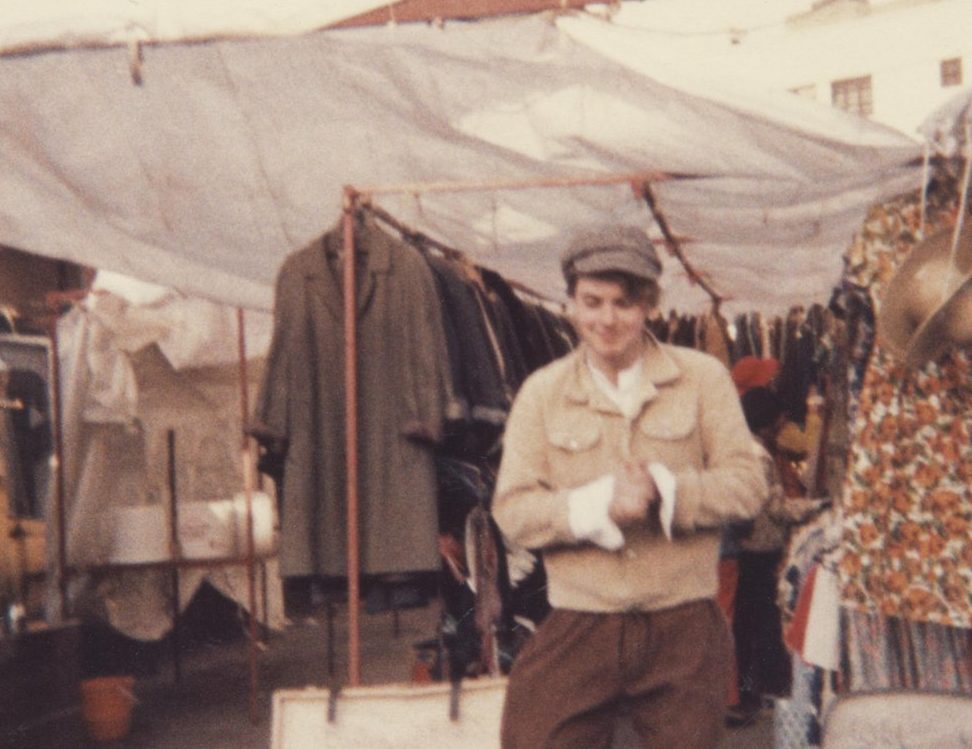
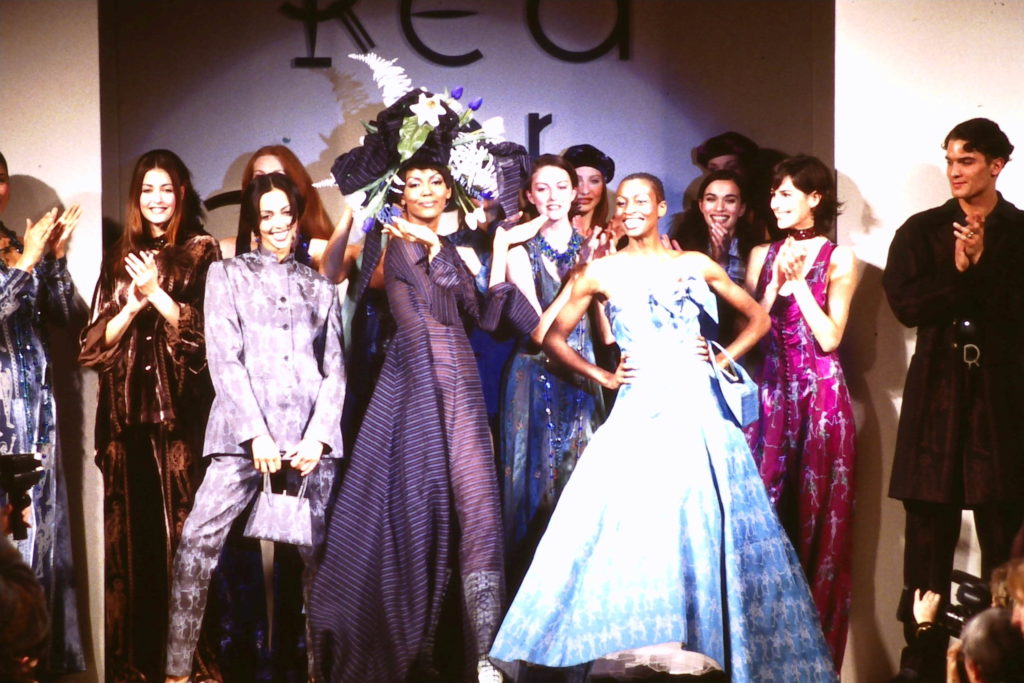
1982
Camden Market was at this point the heart of London cool – but Wayne and Gerardine’s involvement was driven more by necessity than by a love of clothing design. The pair needed money to pay the rent and to buy lots of equipment for Wayne’s band. Together they put Gerardine’s hand-made clothes alongside second-hand garments onto a stall in the market – and it worked. In their first go they made £300, and the rent was around £6.
The couple did this every week and before they knew it they had 16 stalls, buying in clothes from Europe and America, and selling to as far away as Japan!
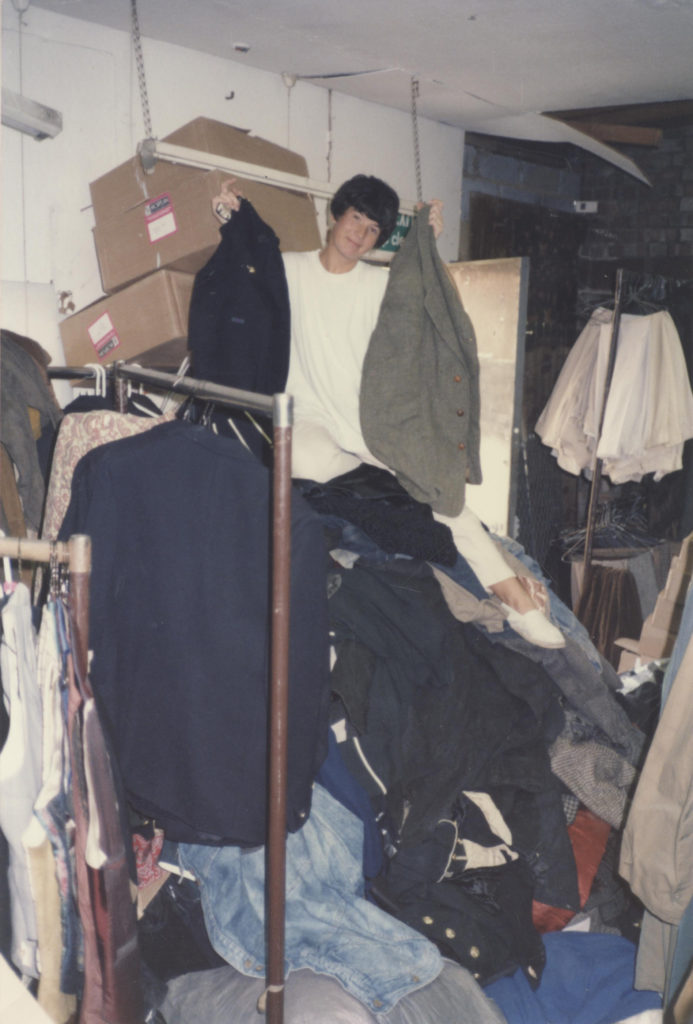
1983
At the same time, Gerardine’s own collection was on sale in Kensington Market, at that time a centre of young fashion. As ever, the Hemingways were in the right place at the right time – doing the right thing. The US department store Macy’s visited the market to get a feel for English street fashion and promptly ordered 200 pieces from the collection. Wayne roped in his mum to run a small factory unit in Blackburn, and started manufacturing the clothes. Red or Dead was officially born.
The leap to big-time success, however, came in the unlikely shape of a previously ignored workwear sole. The Hemingways put Dr Martens on the map and they went on to become the footwear fashion phenomenon of the 1980s. Everybody wanted them – even Jean-Paul Gaultier was buying them from their Camden Market stall!
Spotting a lucrative partnership, Wayne and Gerardine worked with Dr Martens, designing and exporting for them, and all the while helping to fund the launch of Red or Dead as a fashion label in its own right.
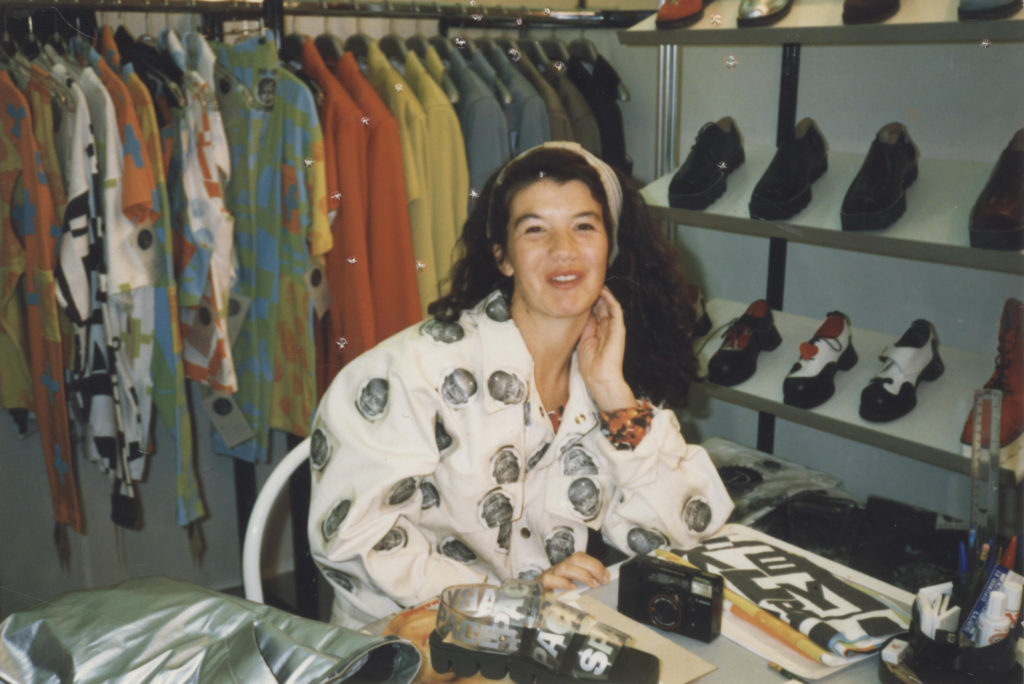
1986
The Hemingways followed this with an own-label range of shoes, and then opened Red or Dead’s first shop in Rupert Street, in London’s Soho.
1987
Clothing followed with a move to a larger site in Covent Garden’s Neal Street. Neal Street was on the verge of becoming a fashion mecca and was attracting high-profile pop culture figures such as the Pet Shop Boys, Kylie Minogue, and Bros – the teen band of 1987 and were regularly kitted out at Red or Dead.
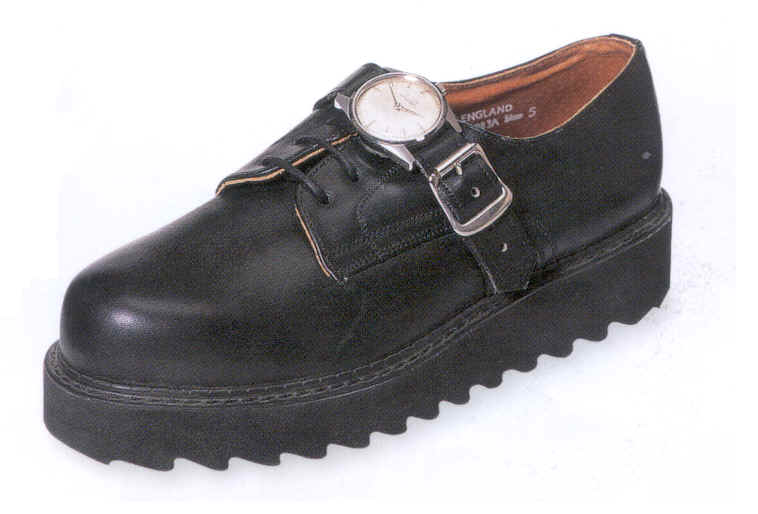
The key feature of their wardrobe was the Watch shoe, an original Red or Dead design which featured a watch face mounted on top of a ripple-soled black lace-up shoe. Bros wore them everywhere and their fans flocked to Neal Street to snap up a pair for themselves. They couldn’t keep up with the demand – on a Saturday morning the queues were so long the shop had to have bouncers on the door!
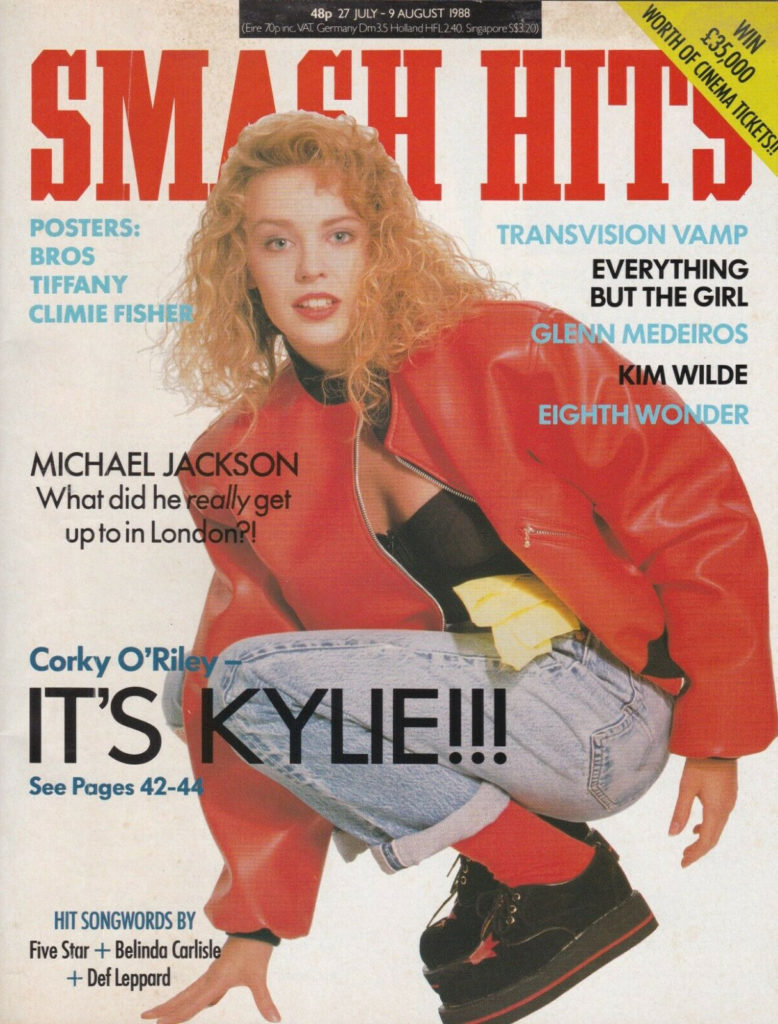
SS 1990
Space Baby was the first London Fashion Week catwalk collection. Still the definitive Red or Dead print, the baby in a space helmet appeared on bags, shorts, halter tops and even transparent Dr Marten boots. The Space Baby wedding dress is now in the Victoria & Albert Museum.
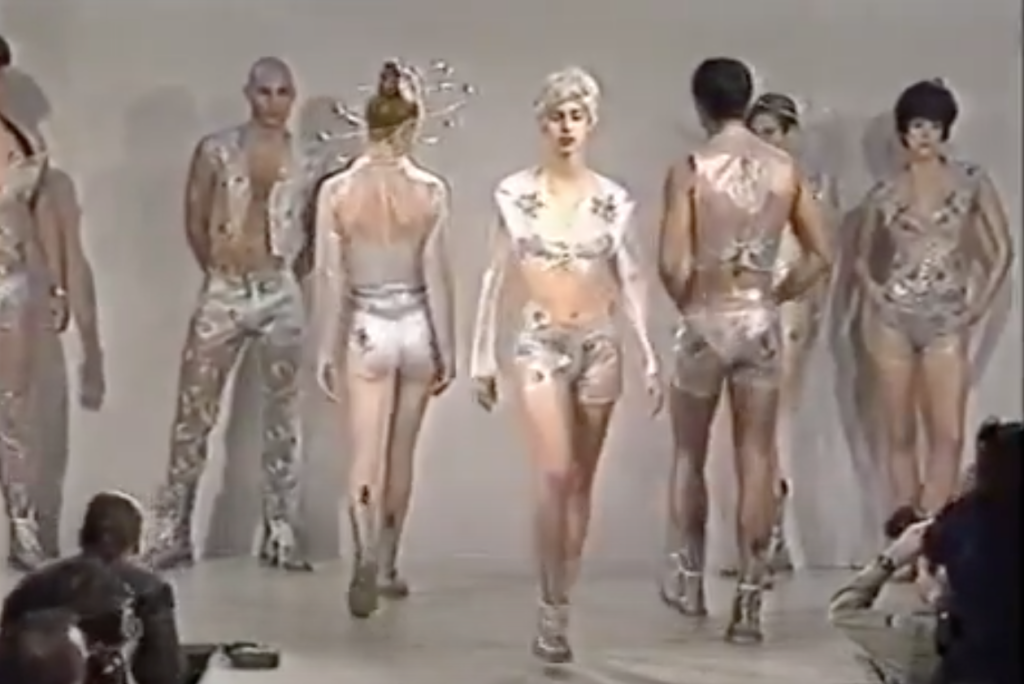
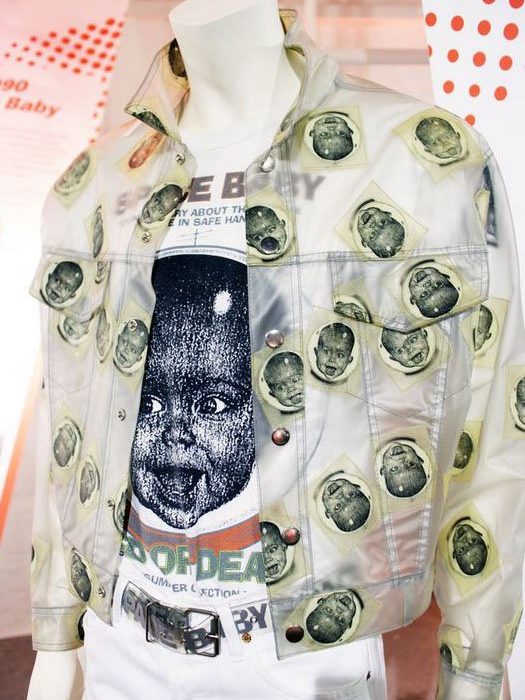
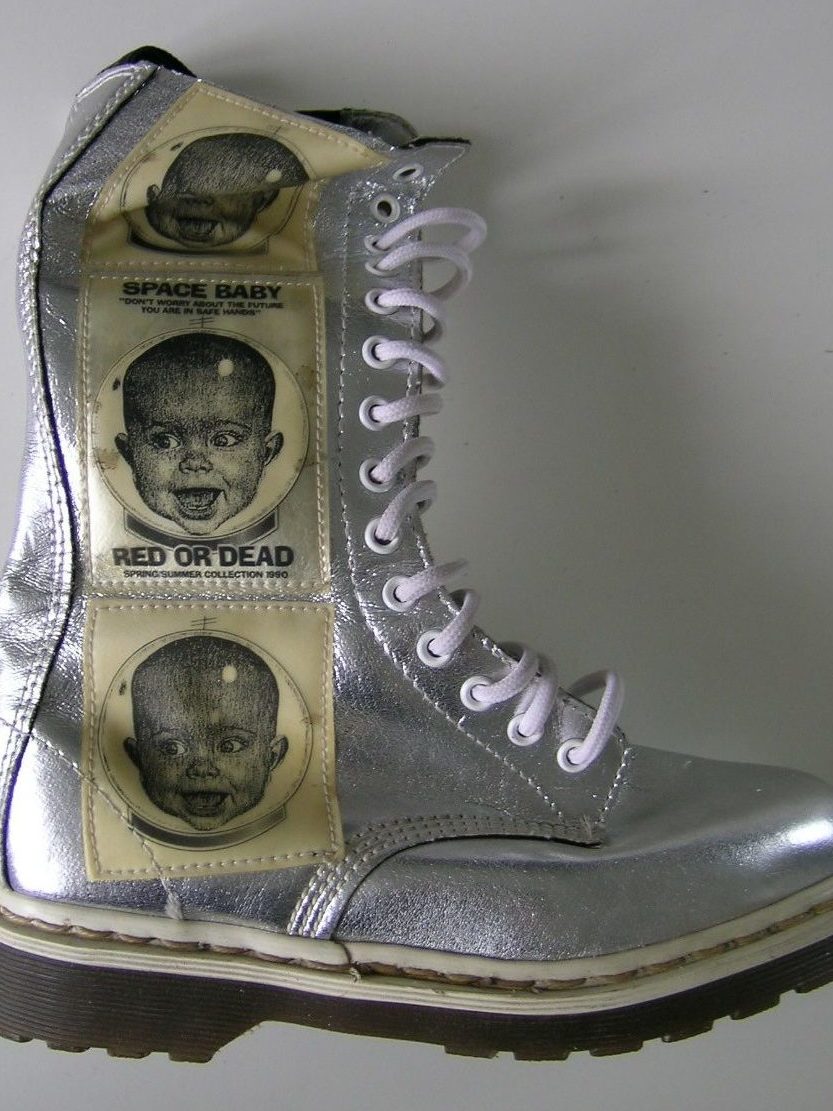
AW 1990
The Autumn Winter 1991 collection was the real start of Red or Dead making significant societal and purposeful statements with their collections. The “We love Animals” collection covered a lot of ground from espousing stopping eating meat to using ecologically friendly fibres. This was the first collection that partnered with a campaigning cause, in this case the charity Lynx (Respect for Animals). In the future Red or Dead became a long term supporter of PETA.
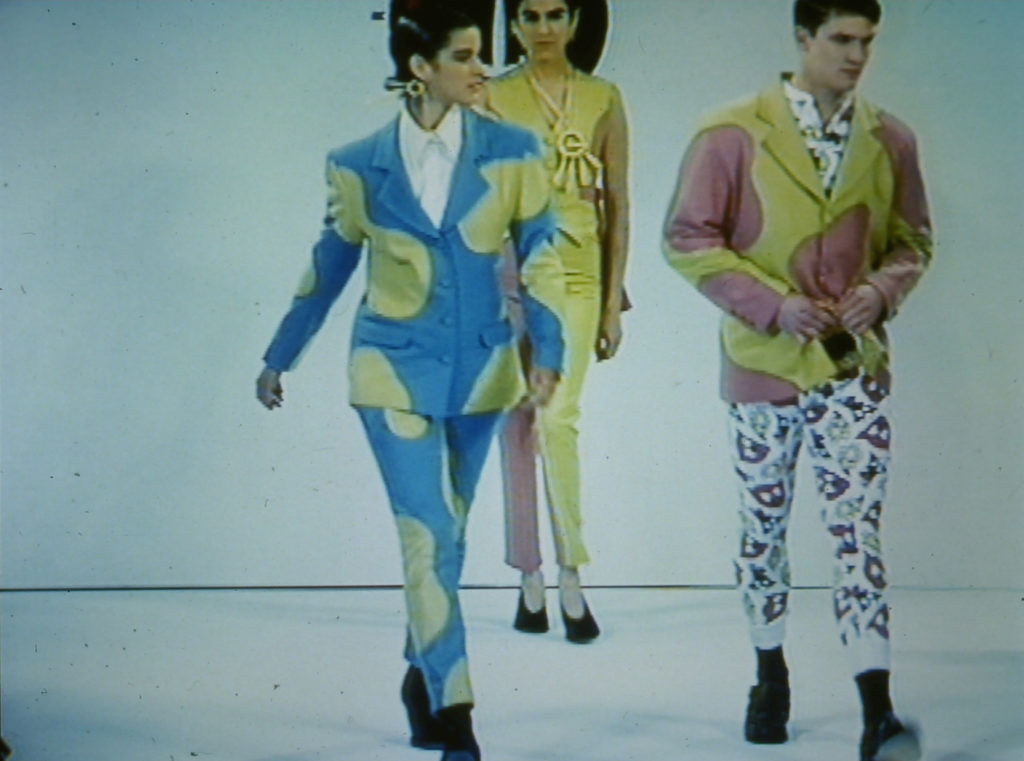
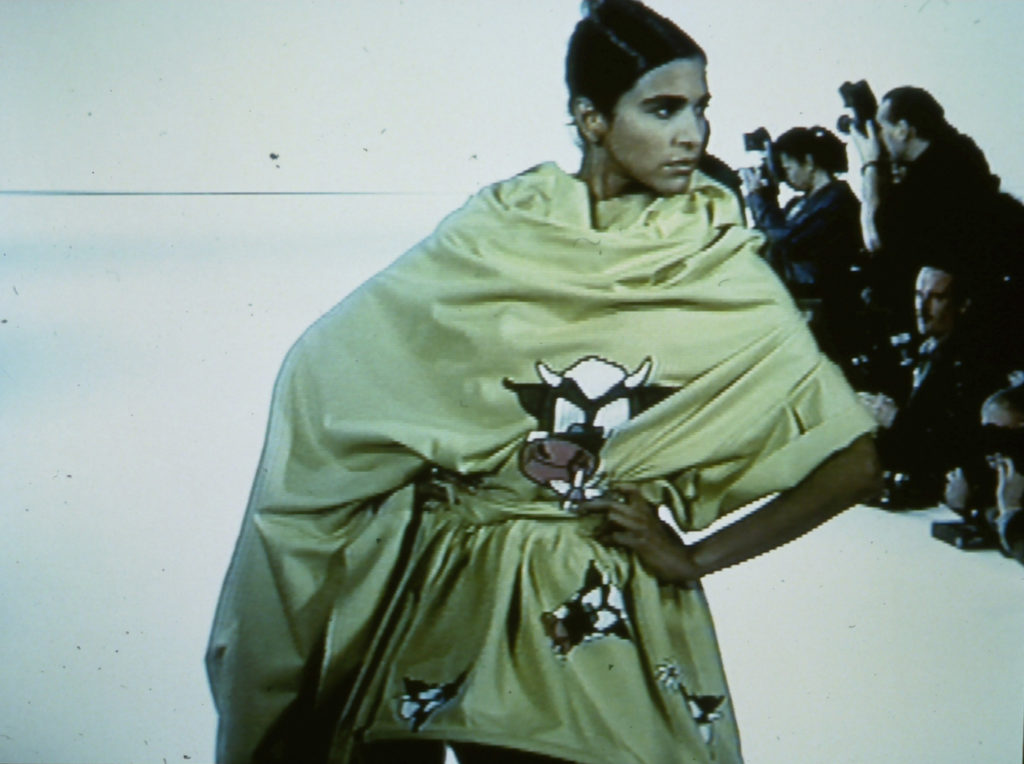
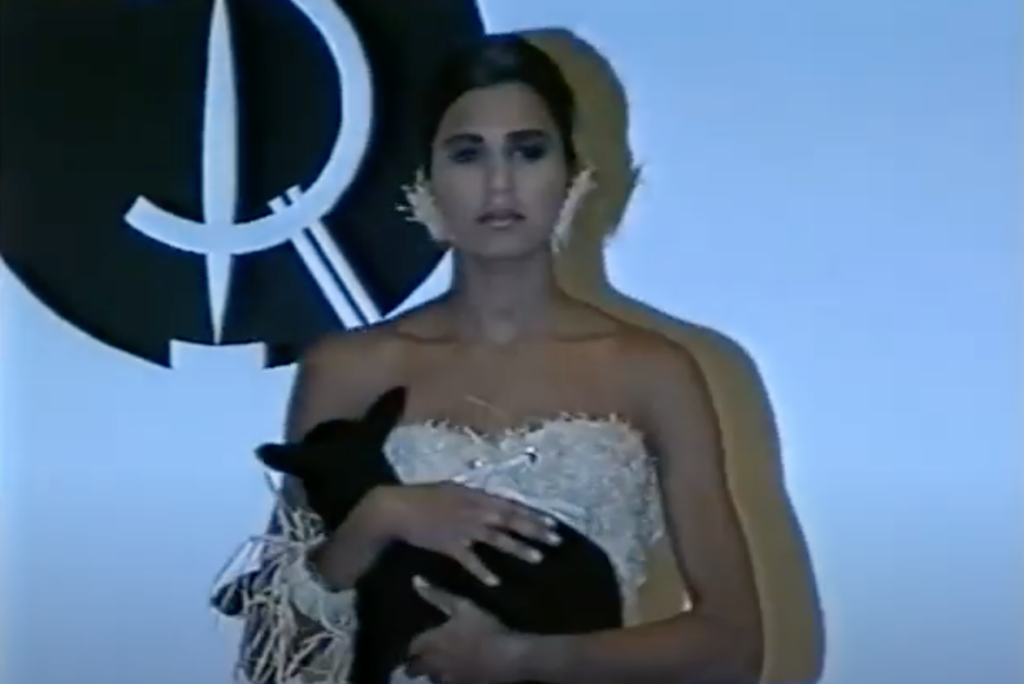
SS 1991
Stores open in Copenhagen, Birmingham and London Kensington (a 3000 sq ft store made totally from recycled materials). SS91 ‘Shopping’ and AW91 ‘Liberace’ collections are shown. Prints are a strong element in all of Red or Dead’s collections, and the “naughty but nice’ love heart design is one of the Hemingways’ favourites.
This collection was the first collection that took the brand back to their recycling and re-use roots with the statement finale dress being made of discarded product wrappers and a press release that made strong environmental statements about plastic packaging.
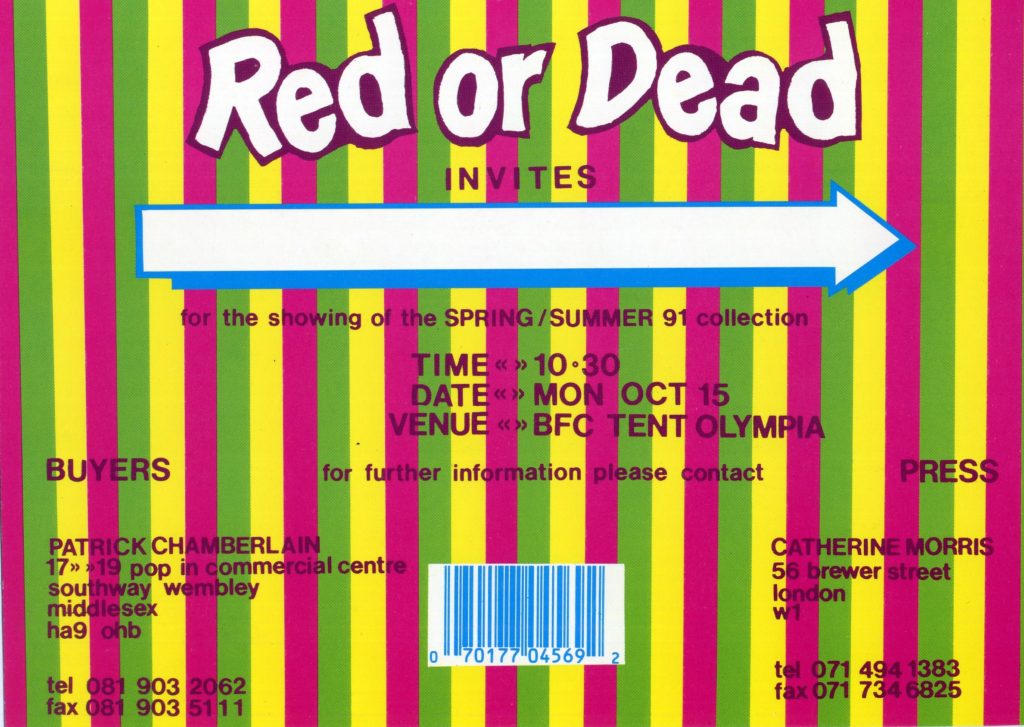
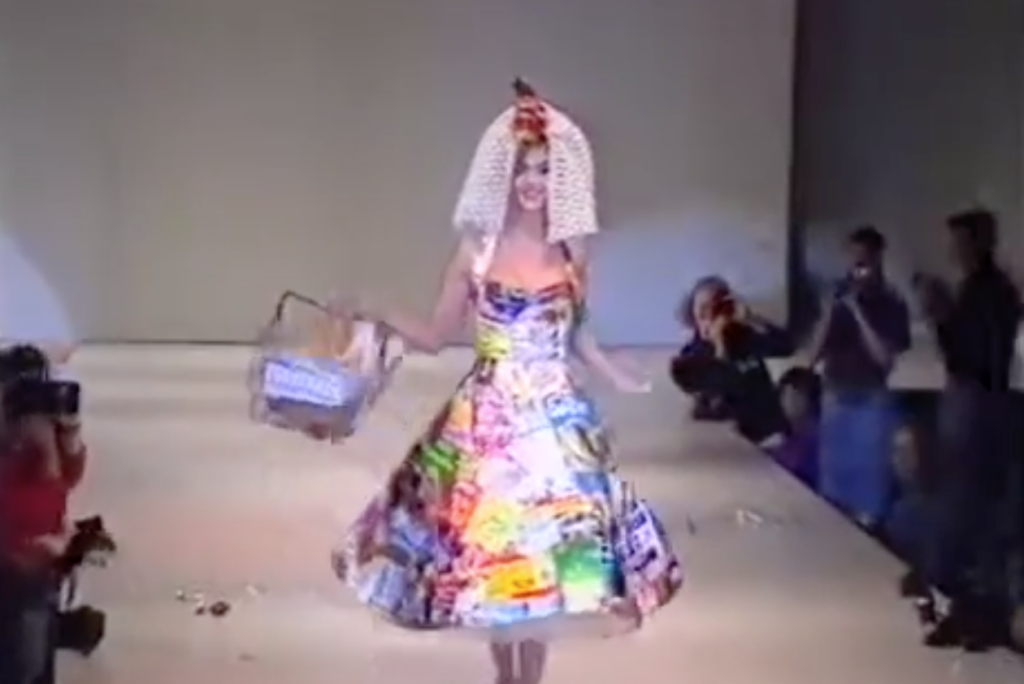
Red or Dead’s tongue-in-cheek sense of humour has caused several run-ins with the establishment. We targeted big corporations at the beginning of the Acid House movement. The ‘Hoover’ logo was changed to ‘Groover’, ‘Jaffa’ to ‘Naffa’, ‘Sony’ to ‘Fony’ and the favourite was a t-shirt with the Shell Oil logo, which was changed to ‘Hell’ in collaboration with Greenpeace.
Most of these styles had to be pulled from the shops when the various companies accused Red or Dead of undermining their branding, but not before loads were sold!
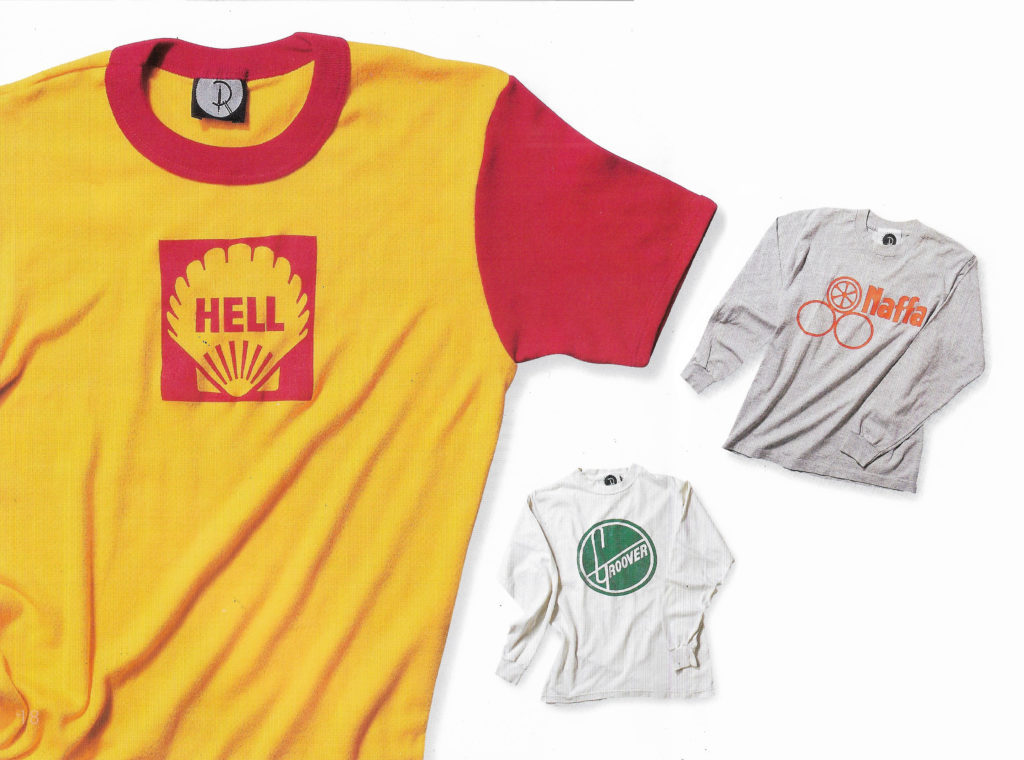
AW 1991
For this collection, we went full on kitsch, using our burgeoning collection of vintage imagery to create prints and fondly remembering Wayne’s Nan’s budgies and goldfish.
SS 1992
Mad in England – for those of you who remember acid house and the gurning that went with some of the activities then you will understand the gurner print!
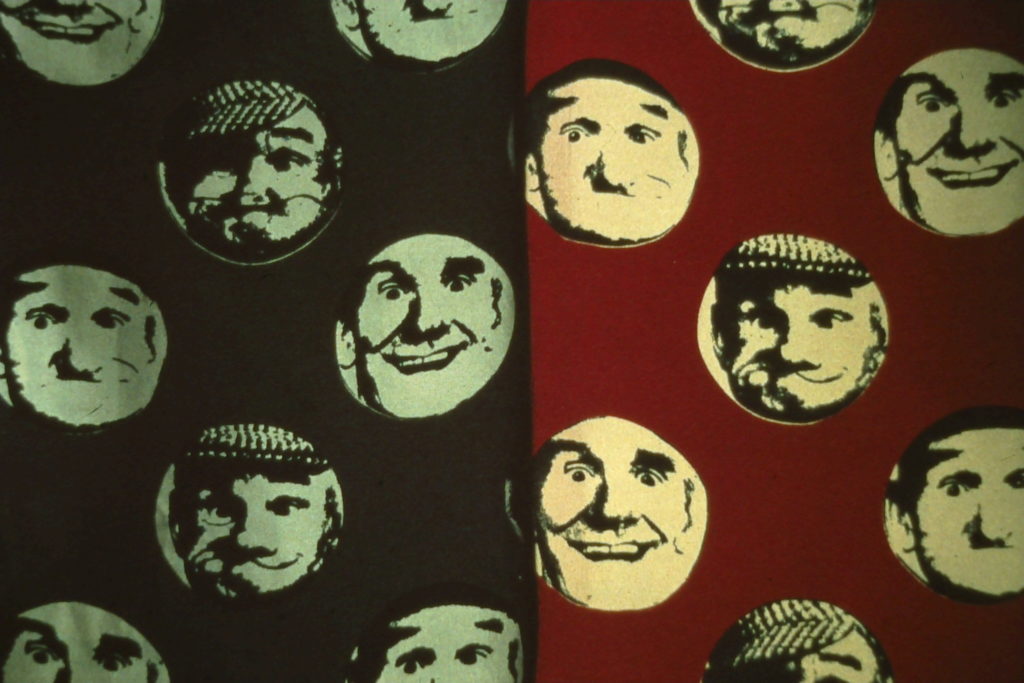
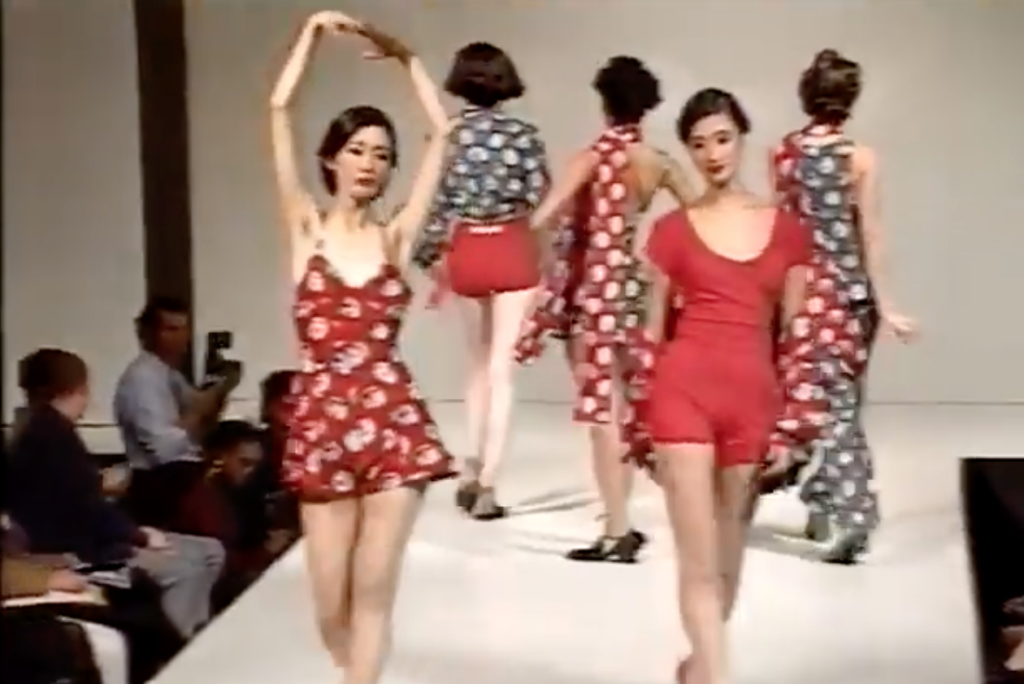
AW 1992
Not all Red or Dead designs need to carry a message; some are chosen purely for their visual impact. The quirky fish print found its way onto a variety of designs, including a voluminous floaty dress.
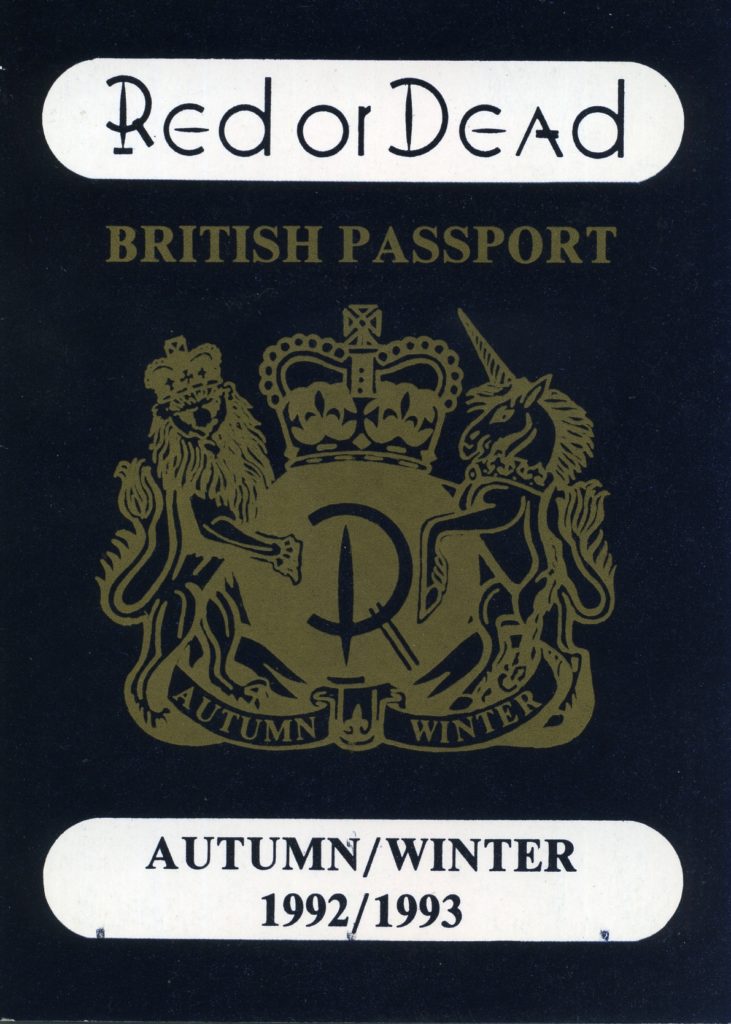
SS 1993
One of Hemingways’ most loved English eccentrics, Stanley Green, would make a daily pilgrimage up and down London’s Oxford Street, with a placard claiming that protein was the root of all evil. He was about as much ‘street’ as you can possibly get, as well as a prime example of English eccentricity. Red or Dead’s 1993 collection immortalised Green’s trademark ‘Eat Less Protein’ placard. We continued our ‘eat less meat and fish’ campaign for many years.
In this collection, the duo also poke fun at Baden-Powell with a tongue-in-cheek look at the world of dib dib dib.
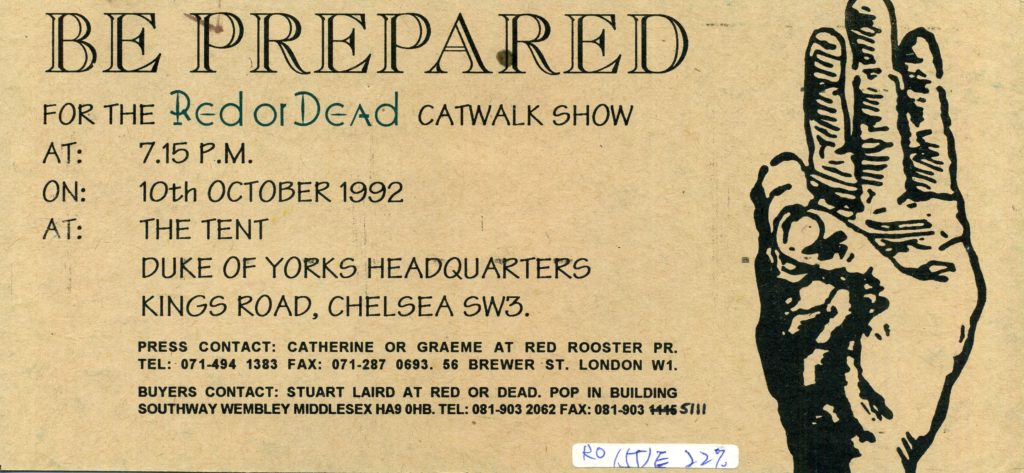
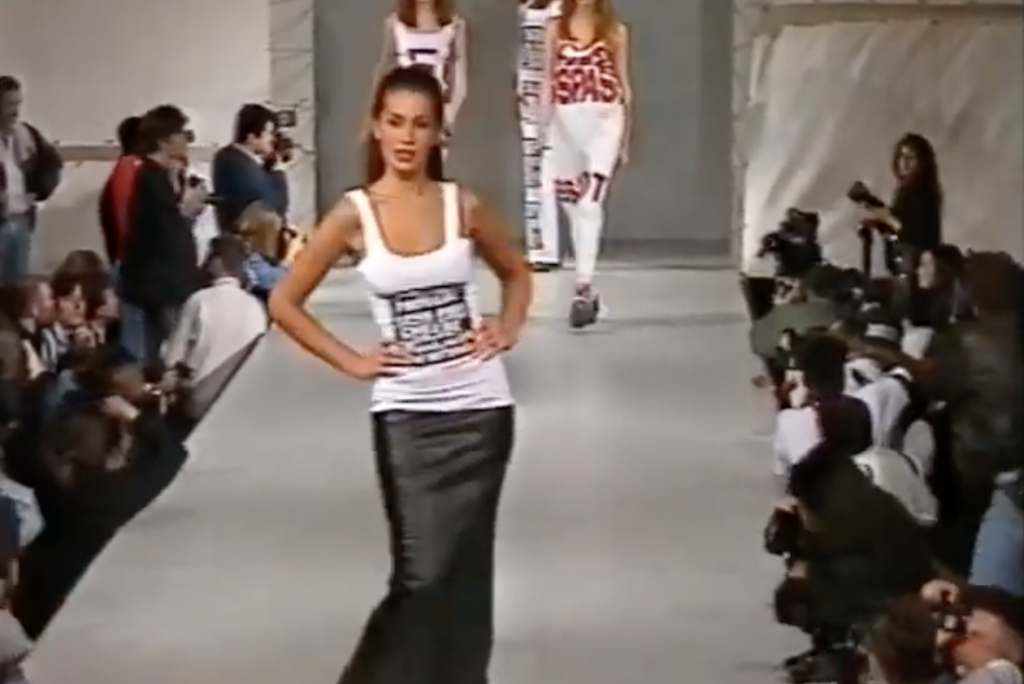
Opposite: a young Kate Moss wears a waistcoat from the SS 1993 collection.
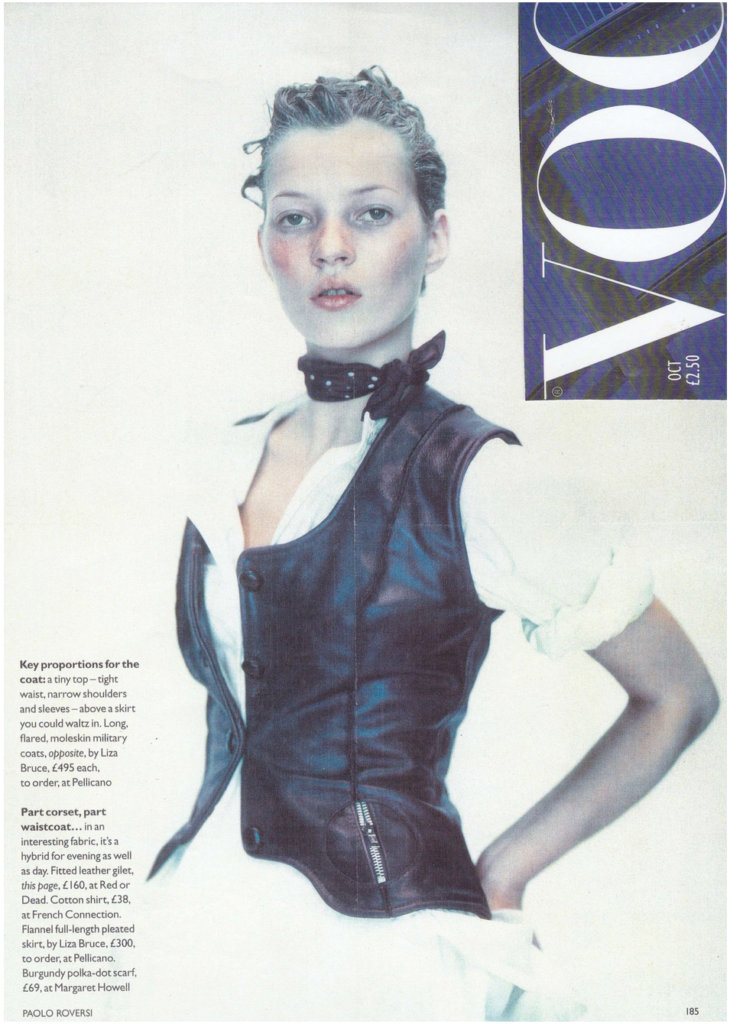
AW 1993
The aim of Red or Dead catwalks was to have a good time, evident from the smiling faces at the end of the show.
When Red or Dead put cider bottles on the catwalk in 1993, it was a response to a fashion journalist who complained that street style was scruffy, terrible for the industry, and that it was fashion for down and outs. So we threw a V sign in the air and put models on the catwalk with cider bottles in their holsters and carrying copies of The Big Issue magazine.
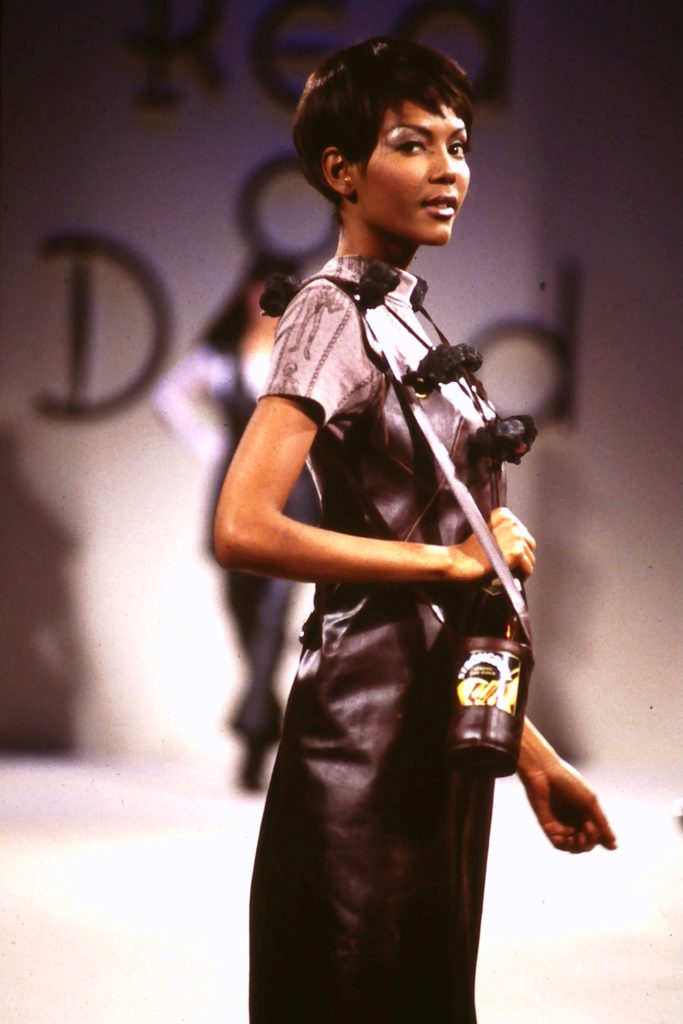
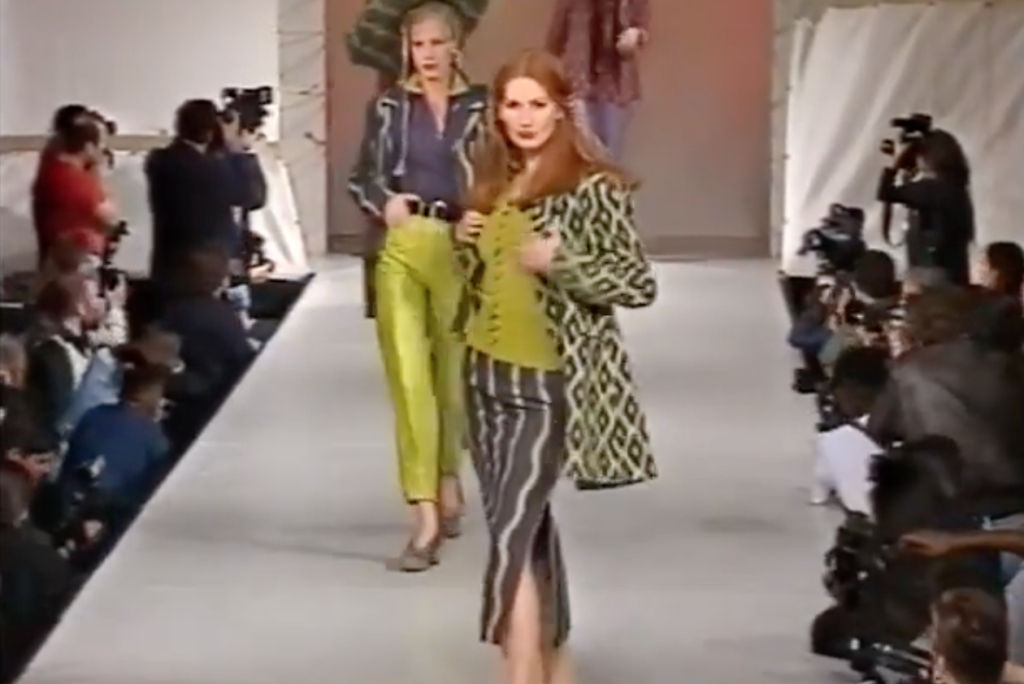
SS 1994
We held our catwalk in the then unrenovated and evocative Marshall Street Baths in Soho, with the models negotiating a floating catwalk! The show included the first swimwear collection modelled by synchronised swimmers, of course.
AW 1994
Red or Dead taps into the harder edge of popular culture and street style. The pair were instrumental in the punk revival and flirted with the appeal of heavy metal in their collections. For the AW 1994 collection Red or Dead teamed up with Full Sutton Prison in York with high-security prisoners to produce their first workwear collection. The collection provoked tabloid press criticism, but the Hemingways, like many, felt that re-training of inmates could be beneficial to creating a more positive future for them. The system has now become established in the UK and the US.
Red or Dead capitalised on the prison image by using motifs such as arrows and prison numbers, and making stylistic references to utilitarian workwear.
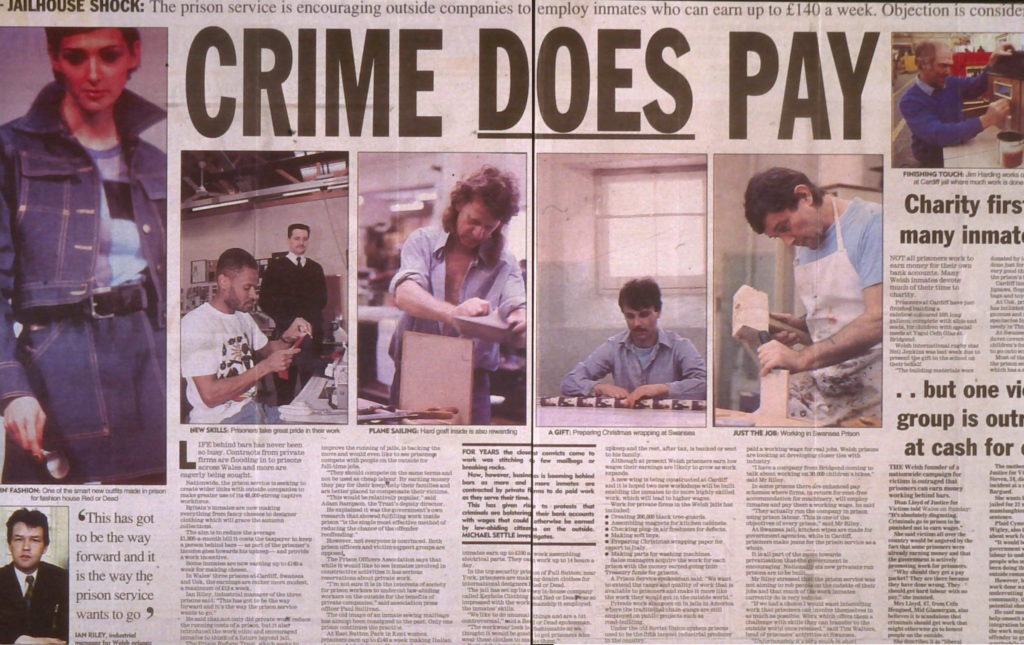
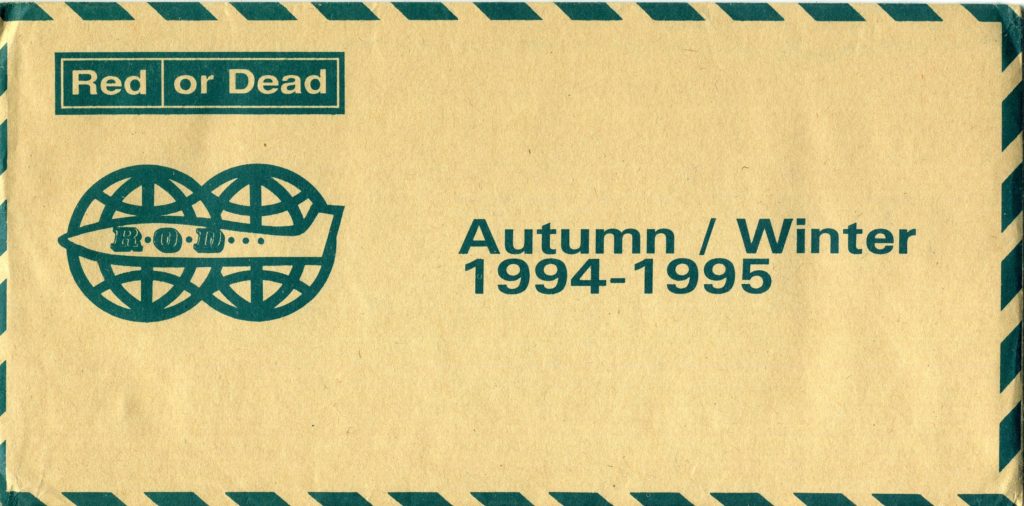
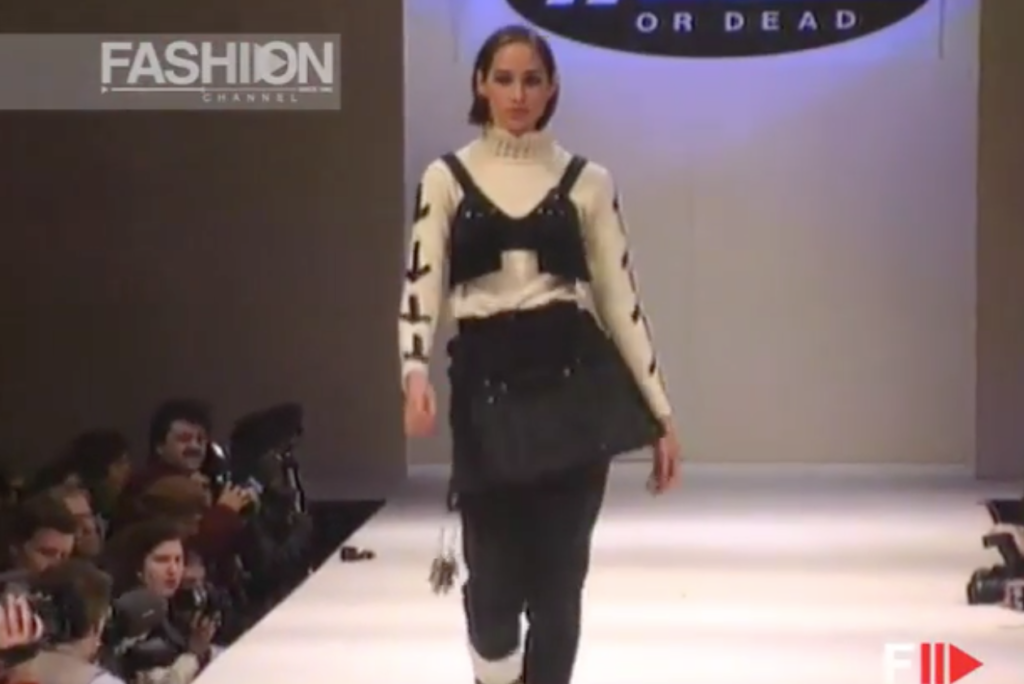
SS 1995
This sheaf dress resulted from the Hemingways’ disgust at tourists who exploit the Far East’s sex industry. They saw it was a way of throwing their hypocrisy back in their faces.
Our love affair with music has been a major influence on Red or Dead’s collections – whether in the form of Glam rock-inspired body paint, or an adrogynous punk look (both 1996). The invitation for the spring/summer 1995 collection was a pastiche of heavy metal band Motorhead’s logo.
We are great believers in challenging accepted values, and that’s one of the reasons why we started to use predominantly people we recruited in pubs, clubs, and from our shop customers. We wanted fashion to be accessible to everyone and to break down the barriers not just of fashion, but of beauty as well. For one show we asked some of our motorcycle couriers to be models. The result was about as far removed as could be from the stylized beauty of traditional catwalks.
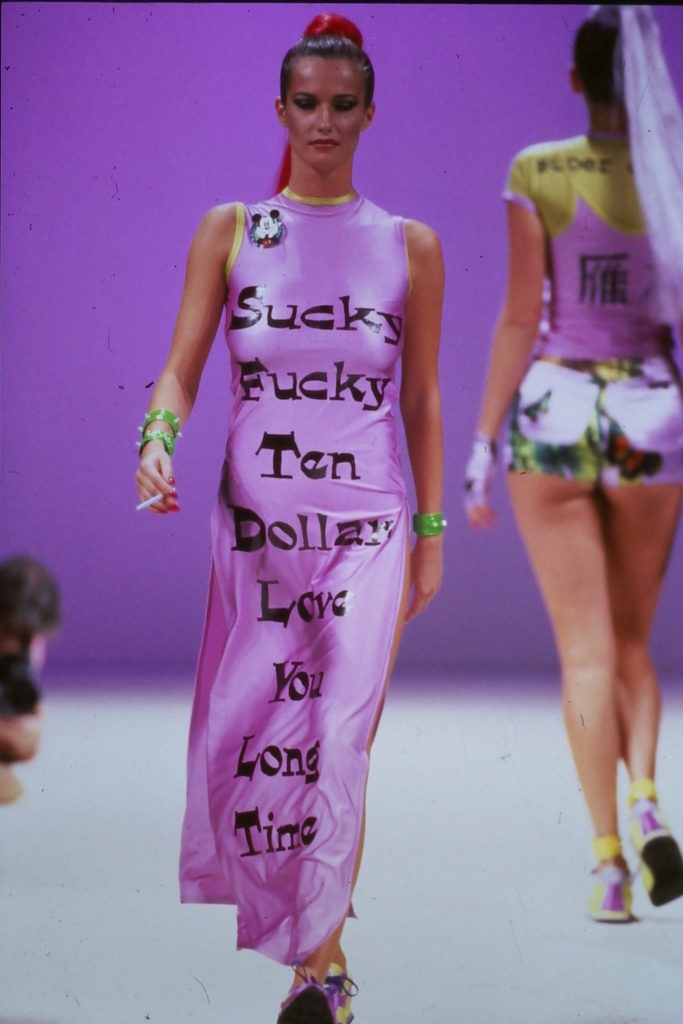
Red or Dead’s affectionate nod to the wonderful Motorhead.
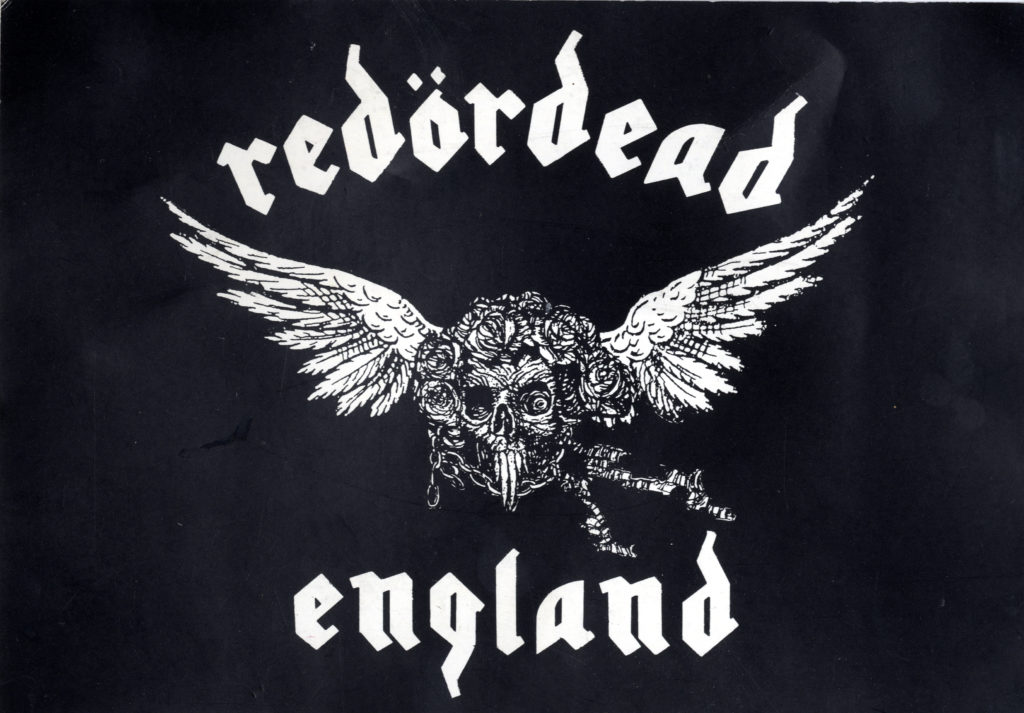
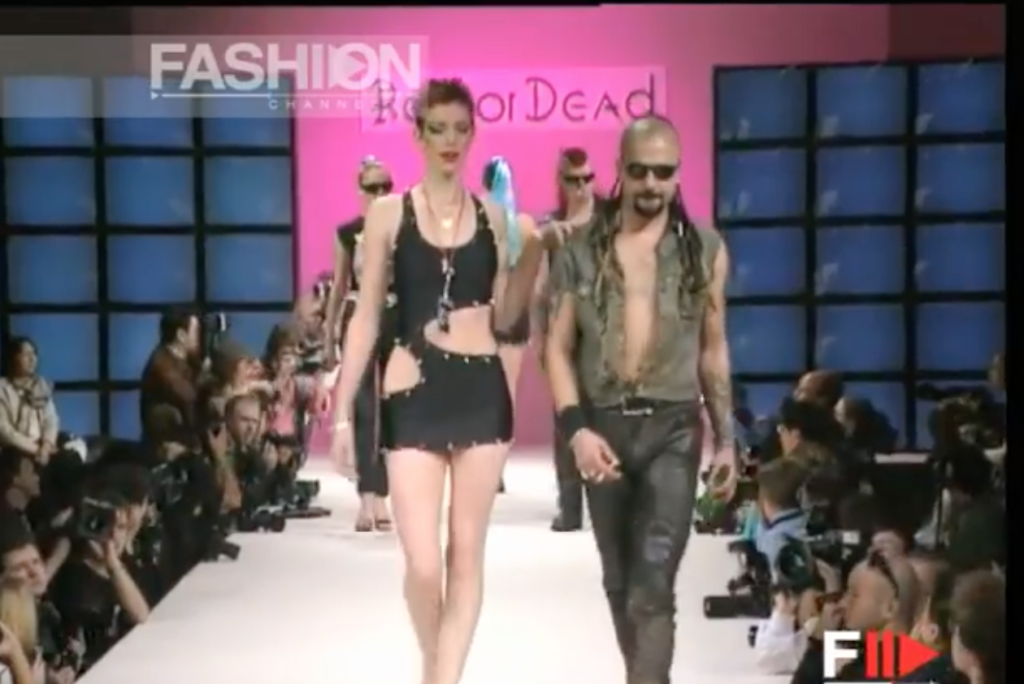
AW 1995
Red or Dead may have gone too far with its reworking of teddy bear prints… but we were young!
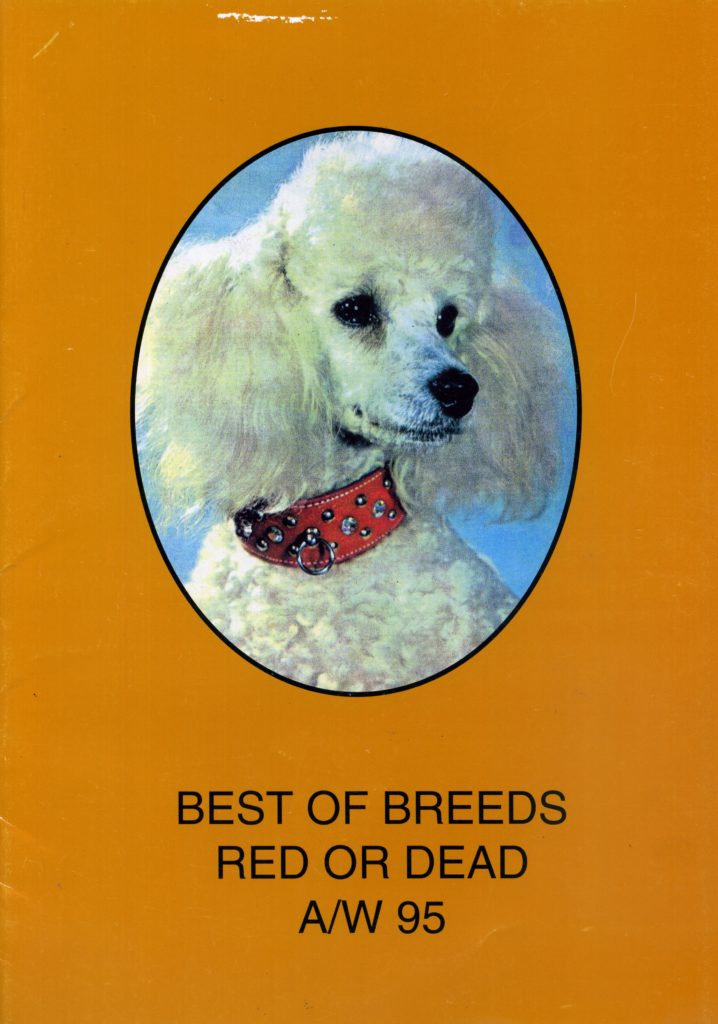
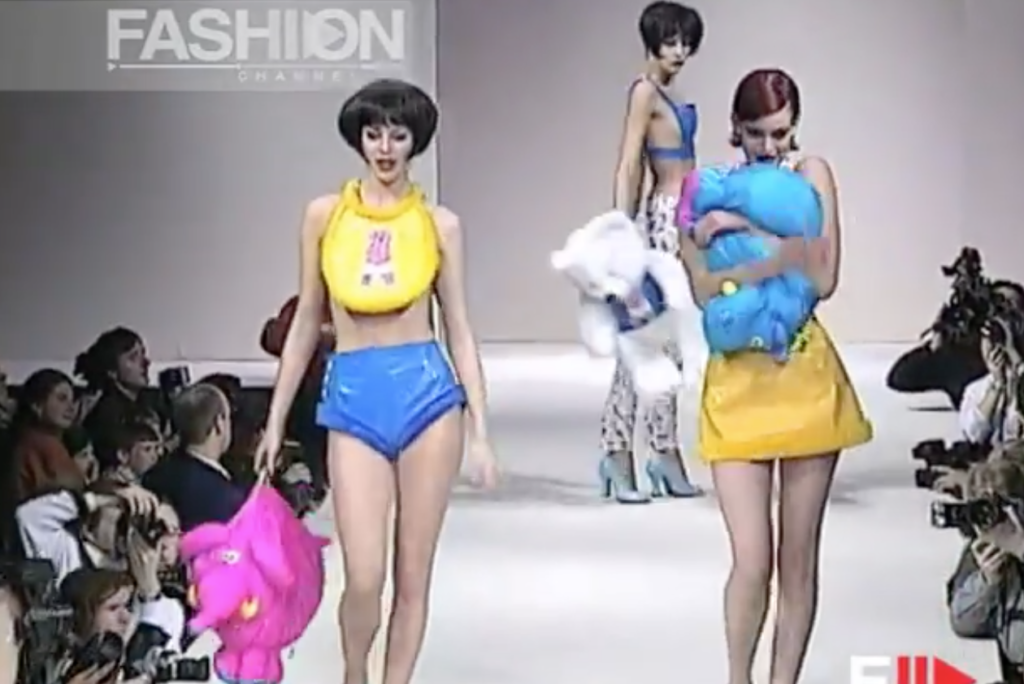
SS 1996
The ‘New York Dolls’ catwalk was actually an anti-nuclear protest. The backdrop to the catwalk was a giant “NON “banner from long term collaborators Greenpeace that was a protest against the French who were testing nuclear weapons in the South Pacific.
Some models wore gas masks to reflect the anti-nuclear theme of the collection.
With knives and blood on the catwalk, the show caused a storm of controversy and was dubbed ‘A Bloody Disgrace’ by the British tabloid press.
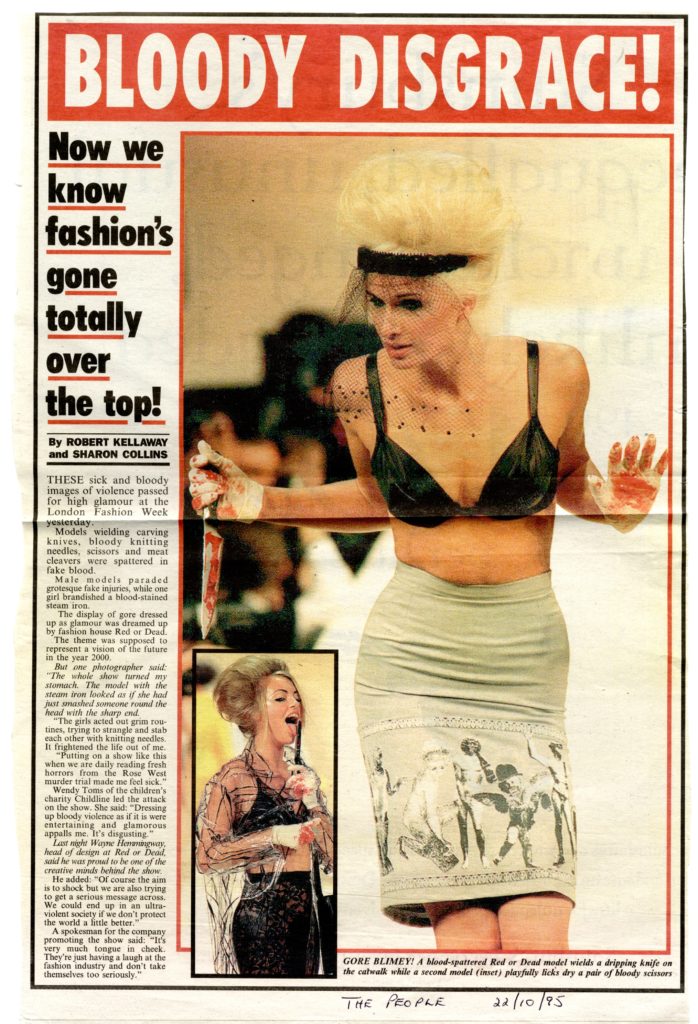
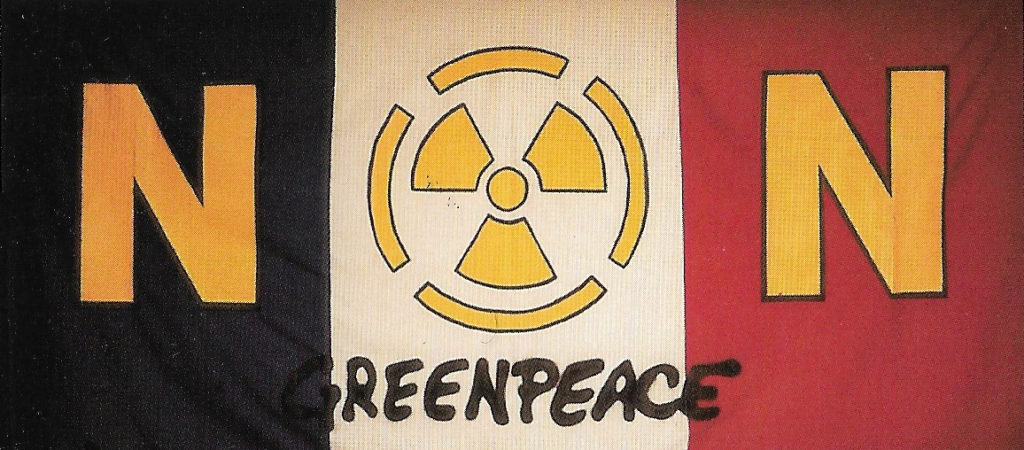
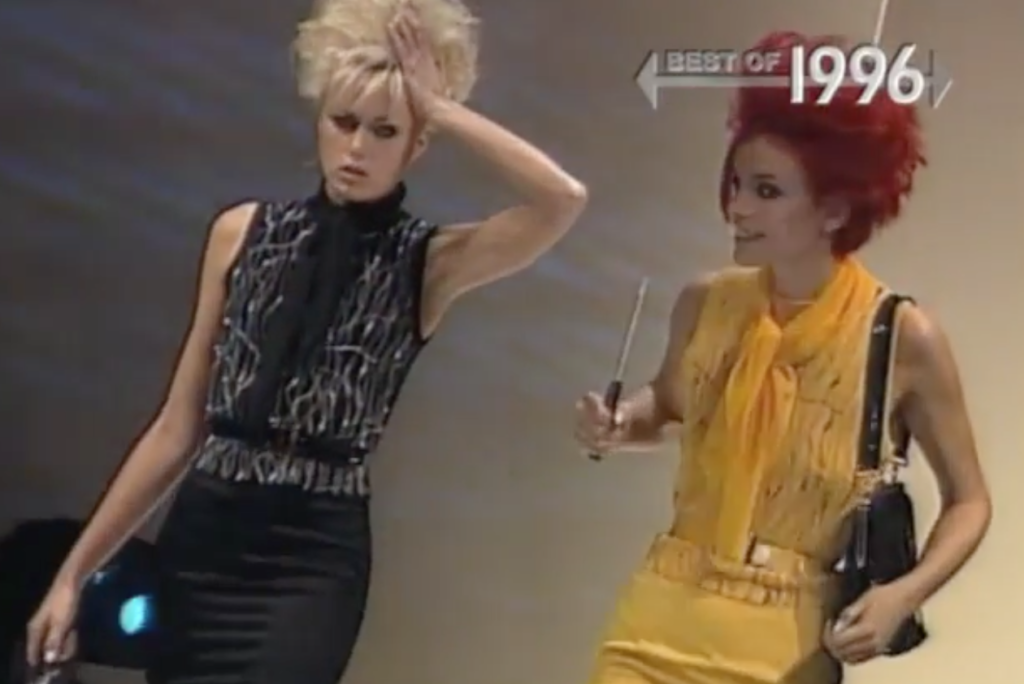
Part of the ‘New York Dolls’ collection, the ‘4 Real’ body paint was a reference to songwriter and guitarist Richey of the Manic Street Preachers who, when asked by a journalist if his band was for real, carved the words deep into his own skin.
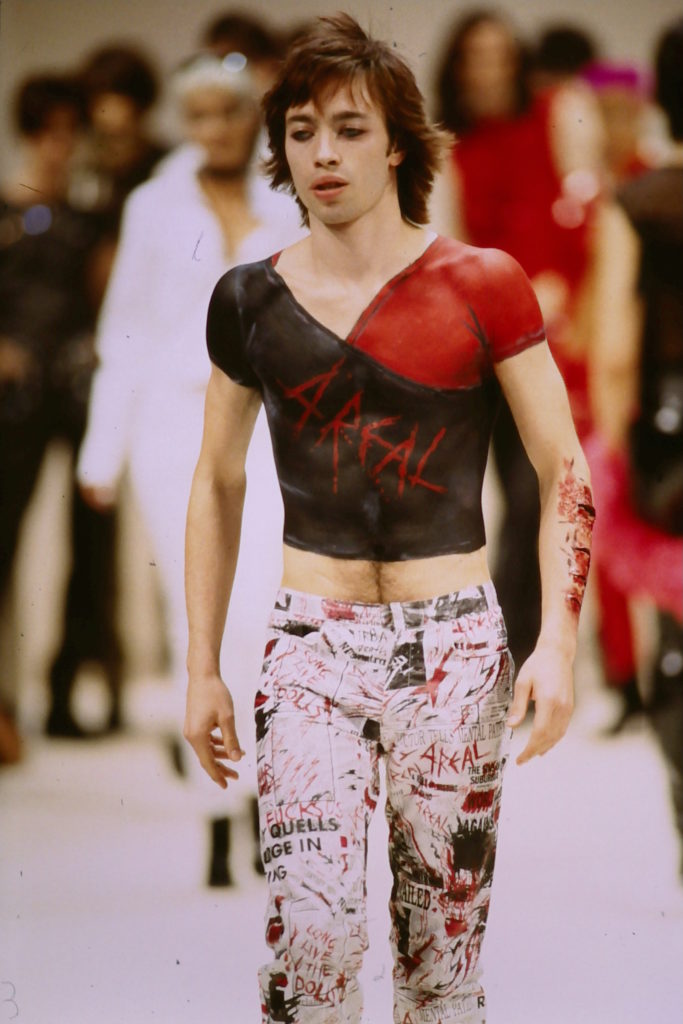
AW 1996
Russian constructivism meets a post punk aesthetic helped earn Red or Dead its first of three consecutive British Fashion Council Street Style Designer of the Year awards.
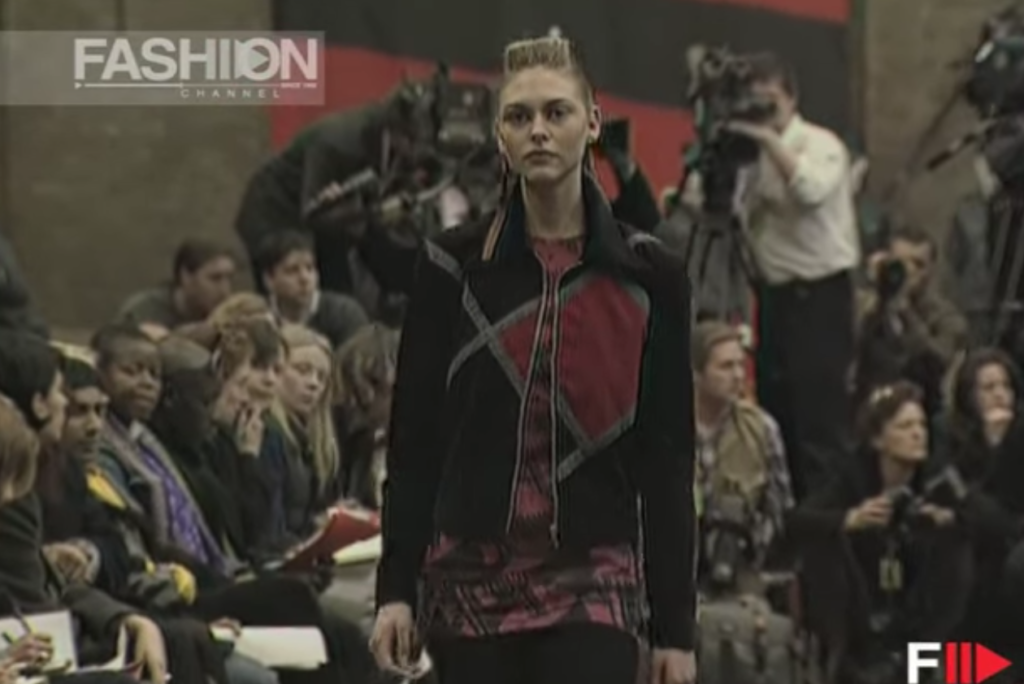
SS 1997
Red or Dead took a trip to the Indian Subcontinent (via Southall, Ealing Road in Wembley and Whalley Range, Blackburn) for this multicultural collection.
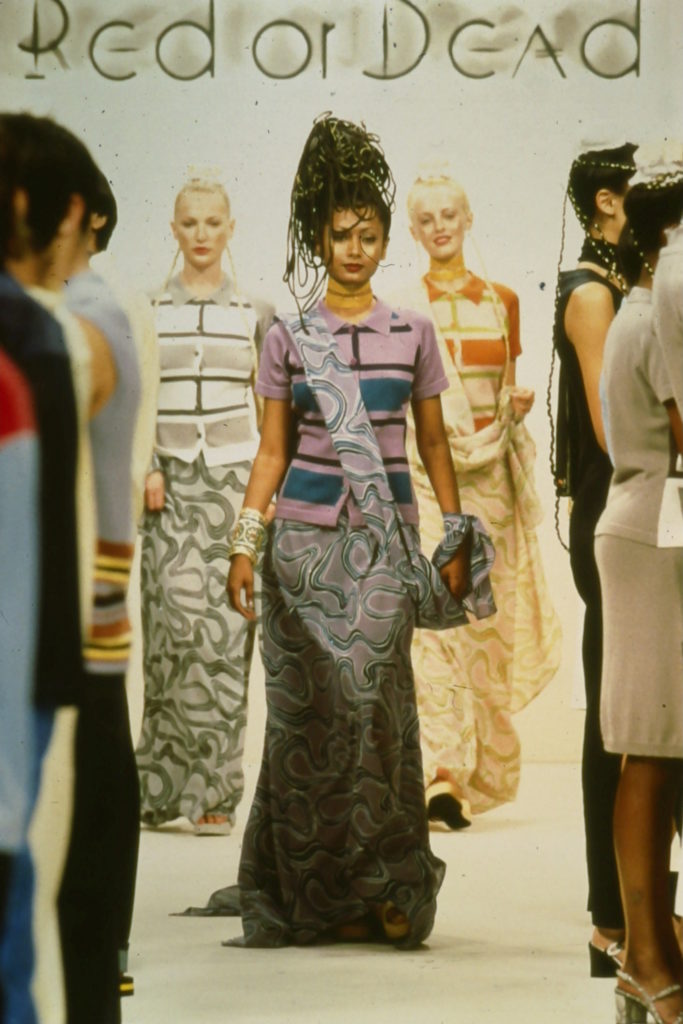
AW 1997
Making the uncool cool, Red or Dead explores the mysteries of Wayne’s old geography teacher’s fashion sense with much play on corduroy, tank tops and lurid print shirts. Wayne said ‘We wanted to get across the way that often the coolest people in the world are those who are the most uncool, and geography teachers embody that for me.’
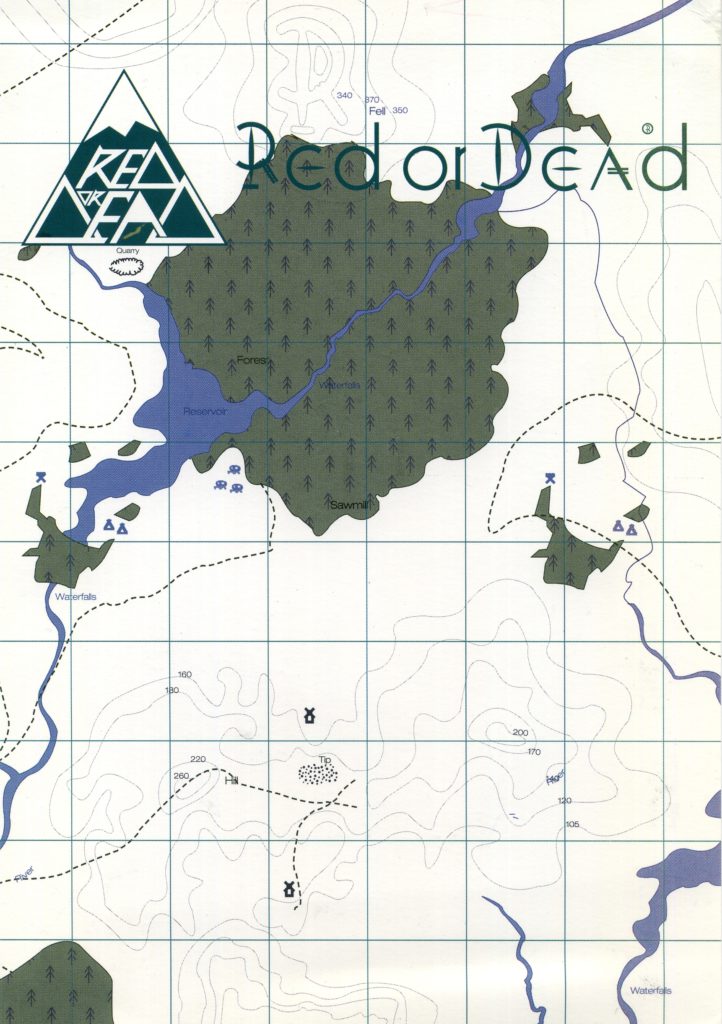
AW 1999
The final collection. The Hemingways sold the business to the Pentland Group, the creative team went off to work around the world and the shops gradually closed. There were no more catwalk shows on the London Fashion Week runways. As is often the case when the founders and creative team leave a label, the spirit and DNA of the brand dissipated rapidly.
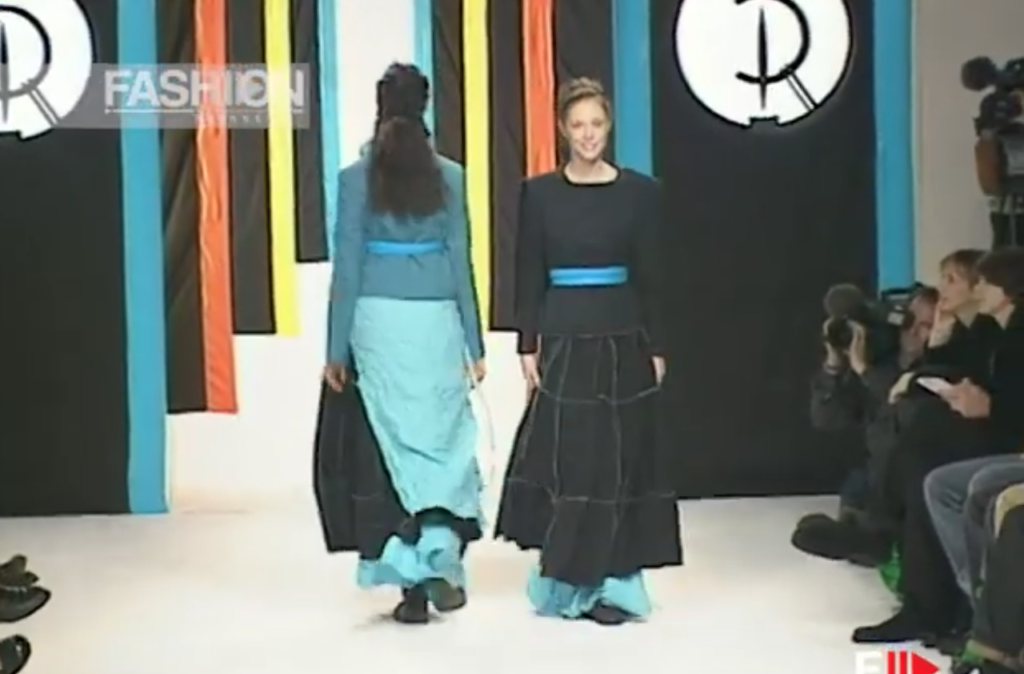
Red or Dead shoes became THE shoe label for a generation of club kids.
